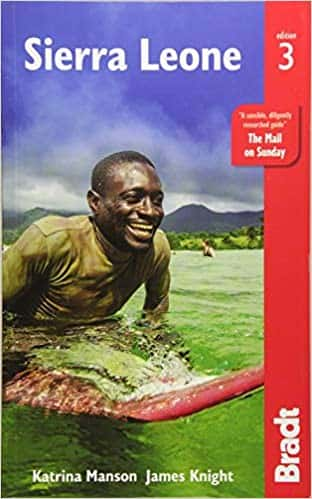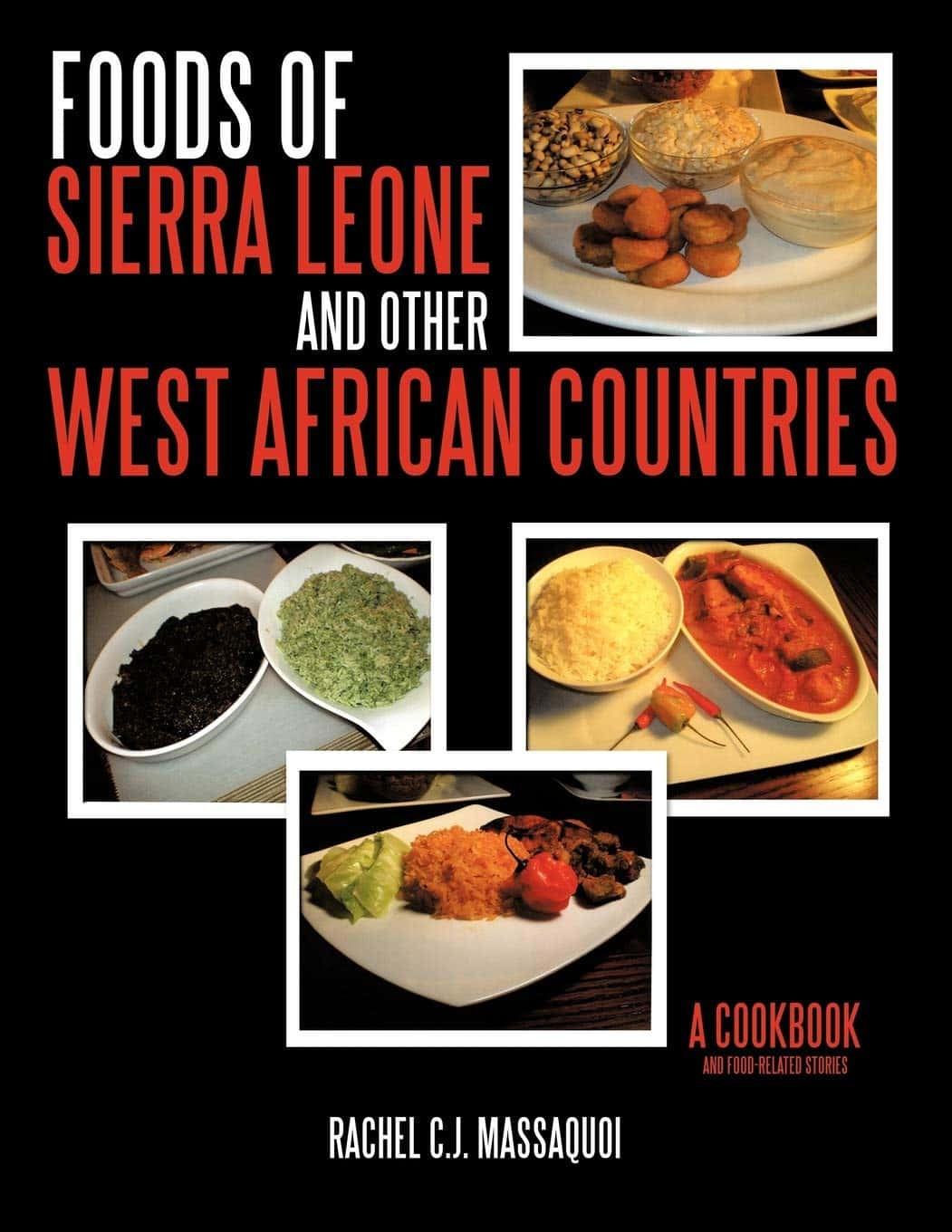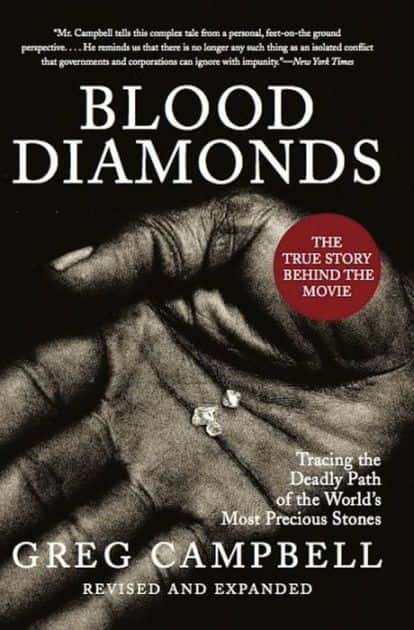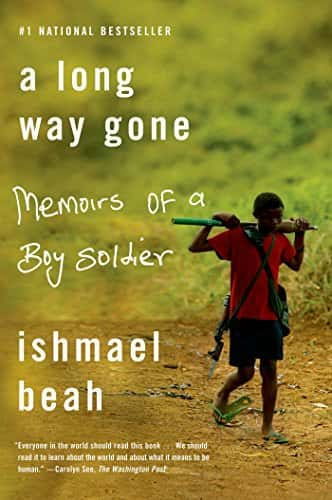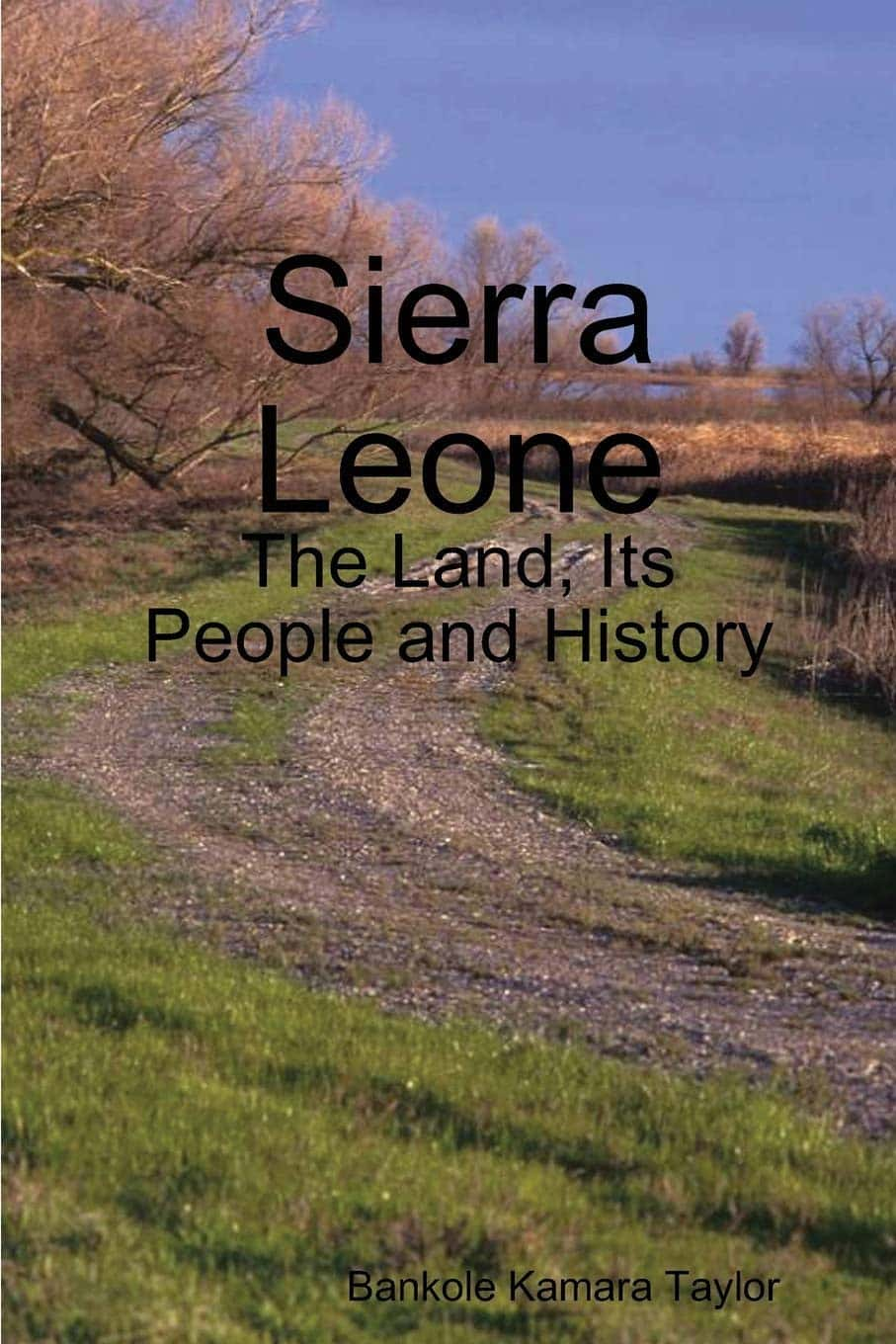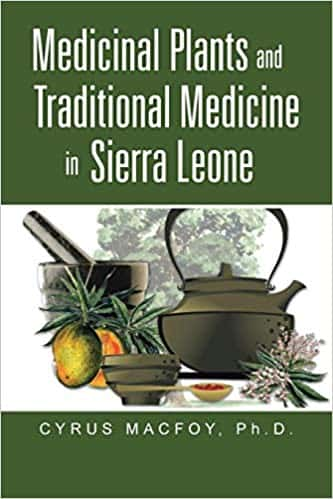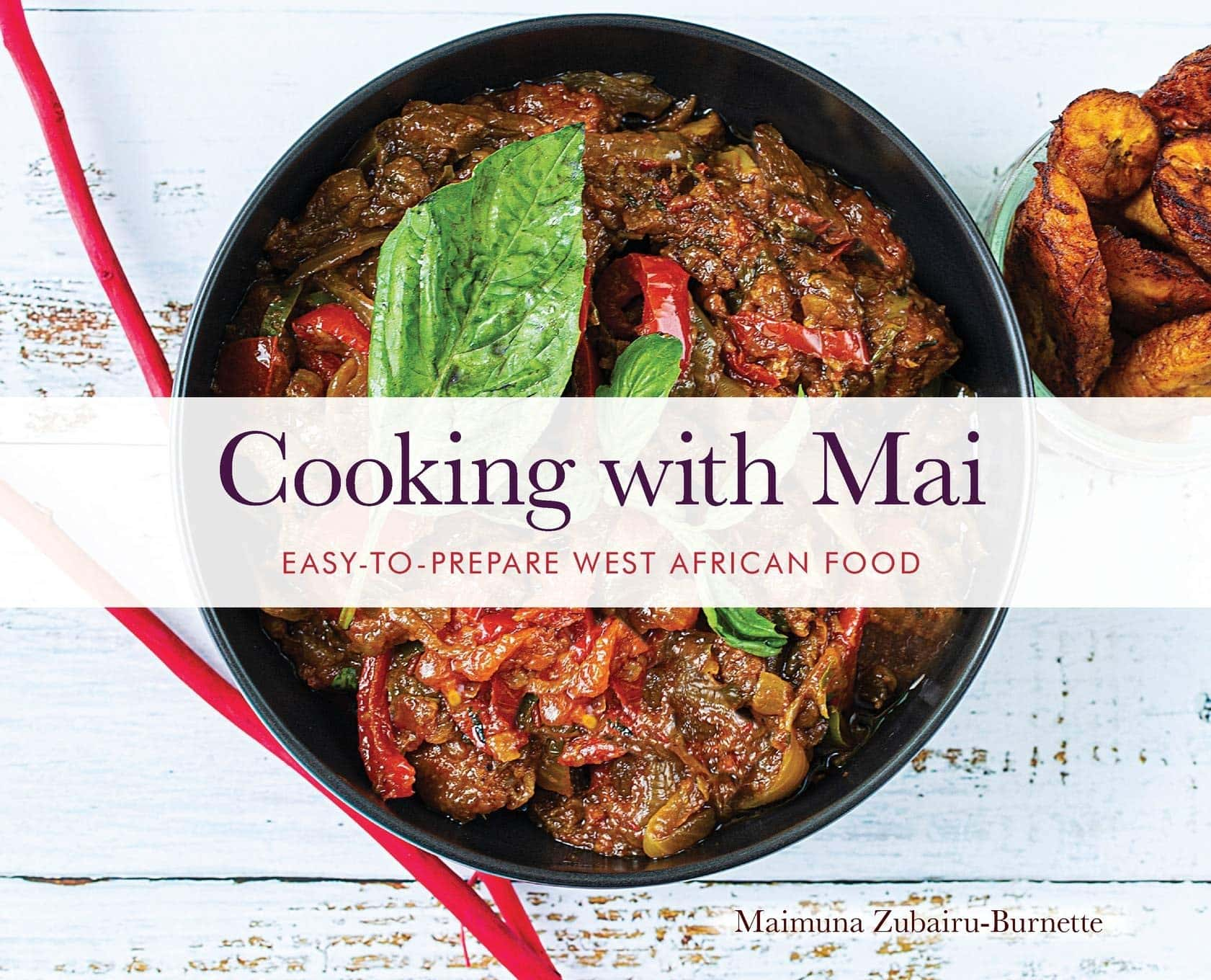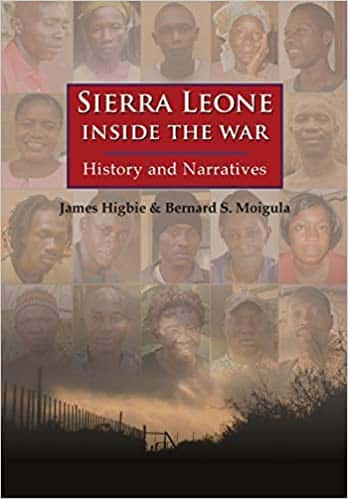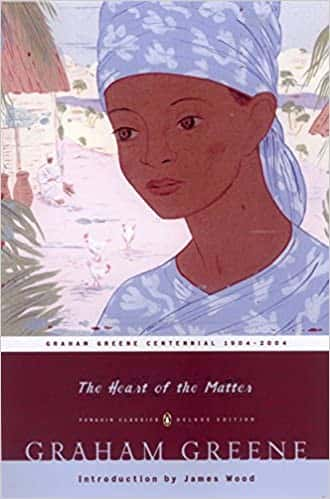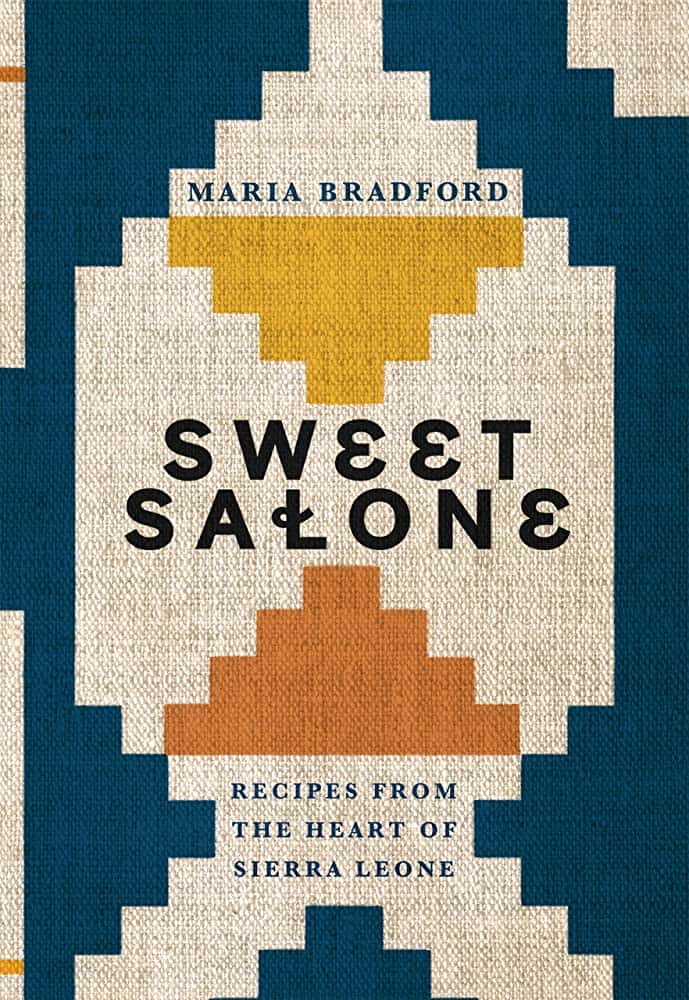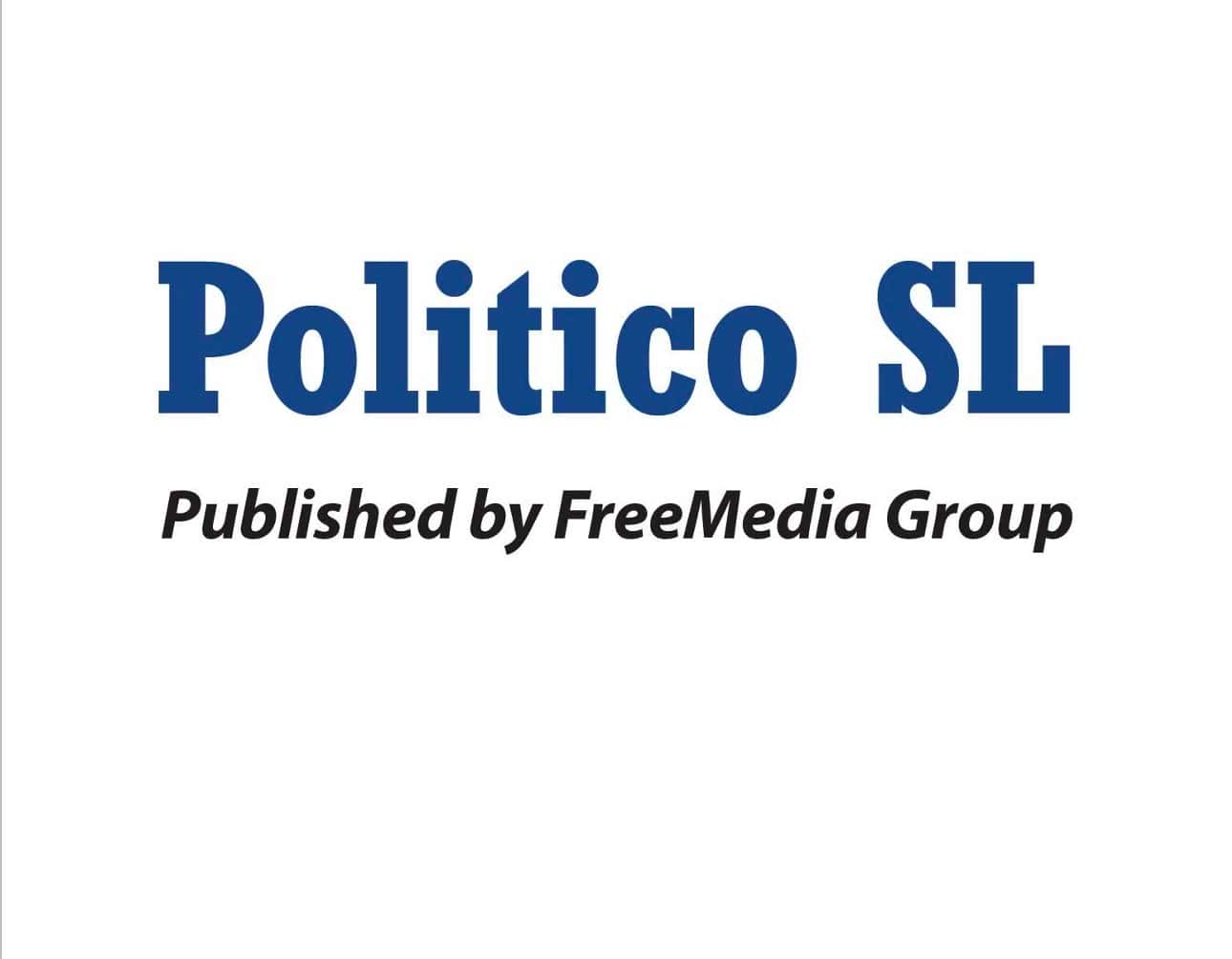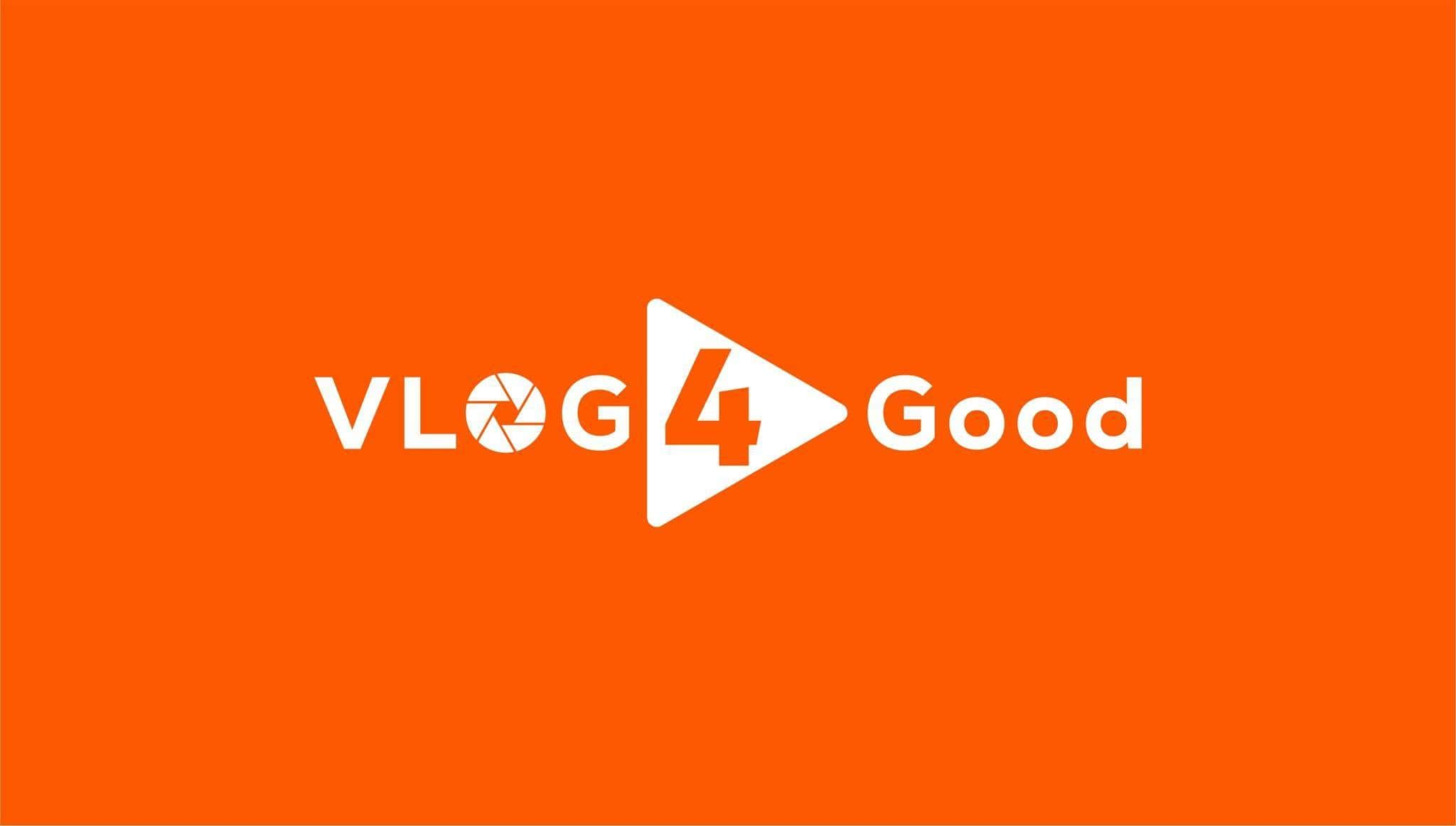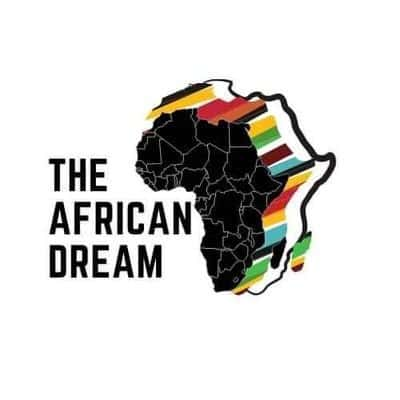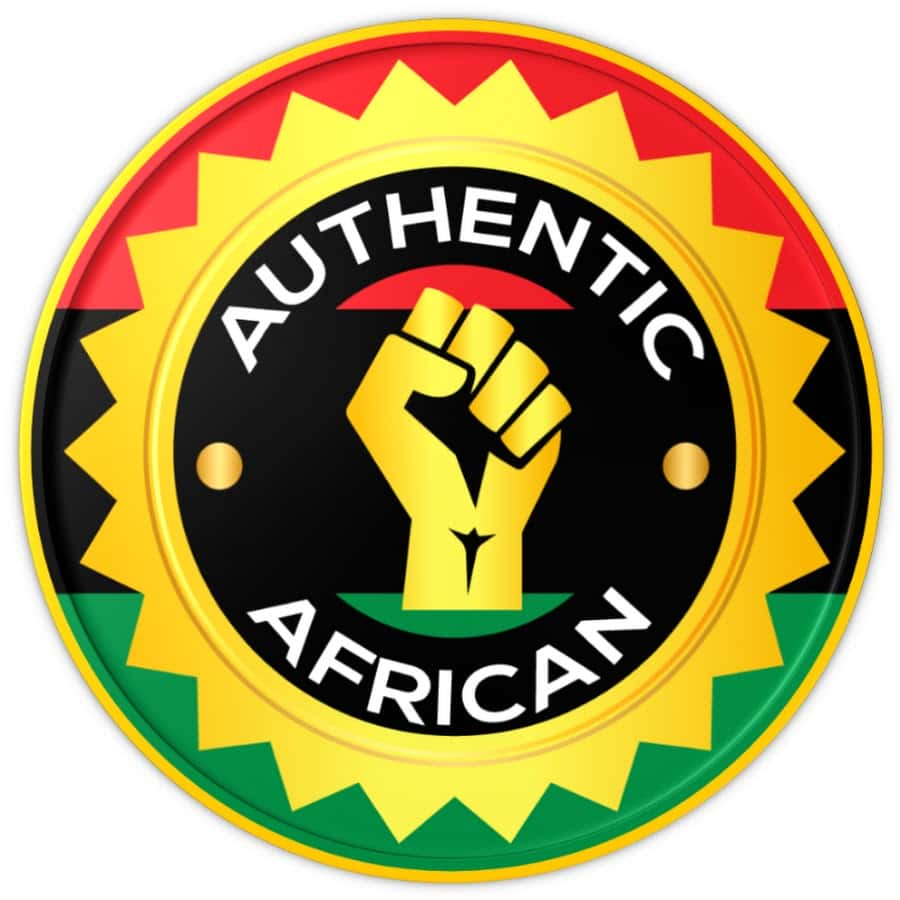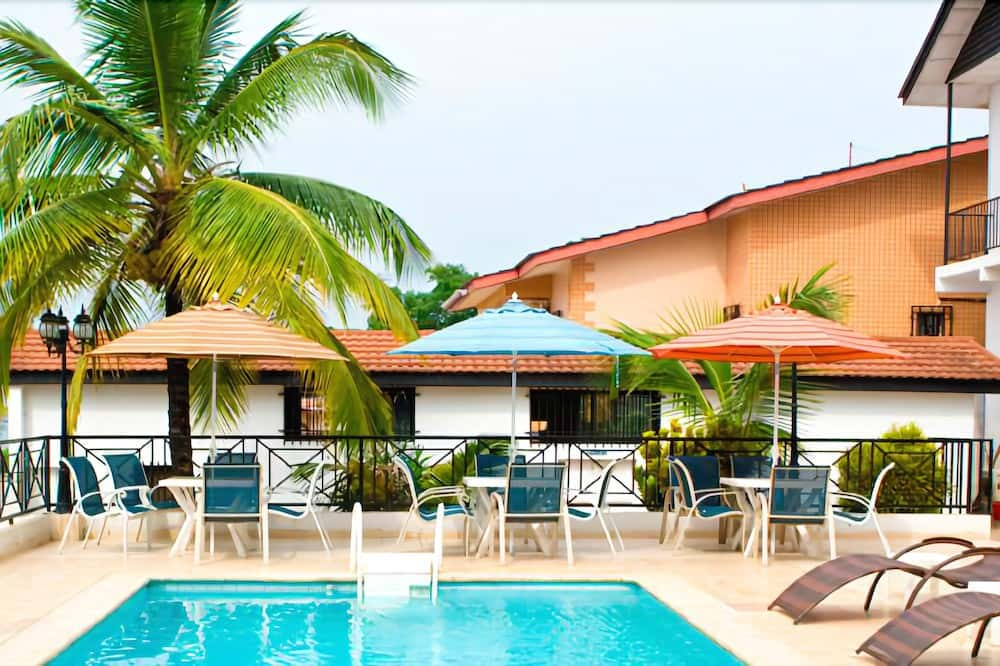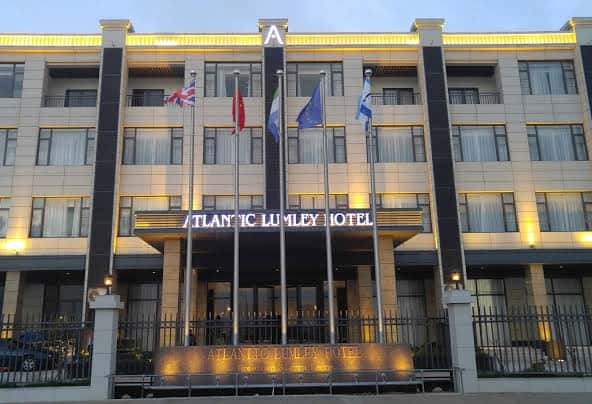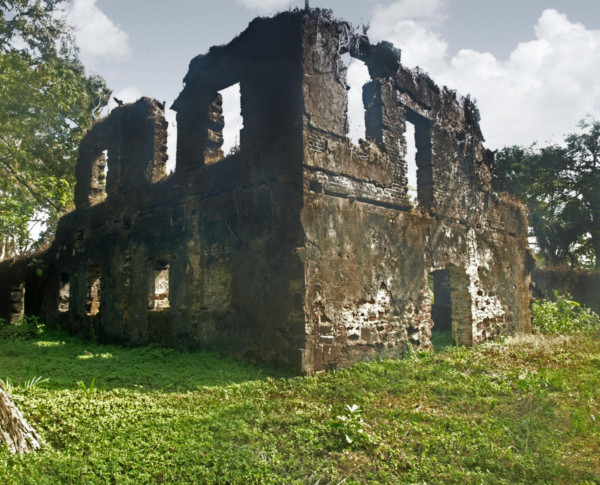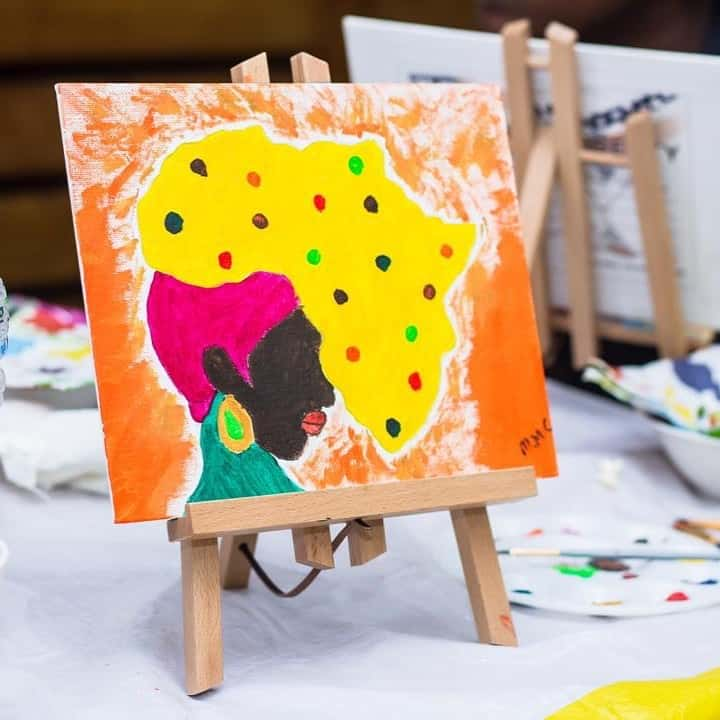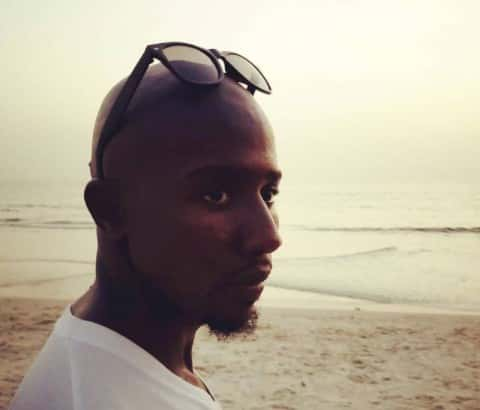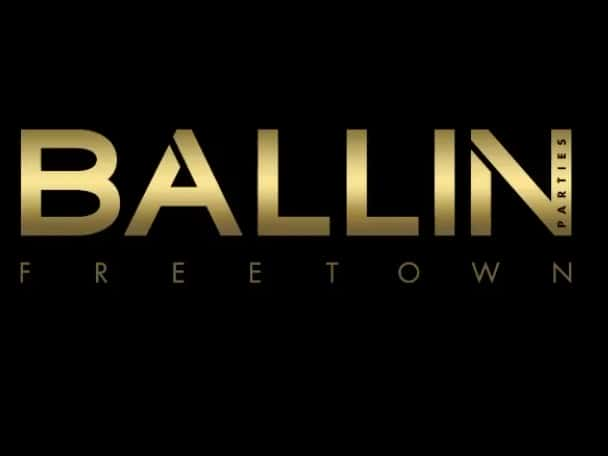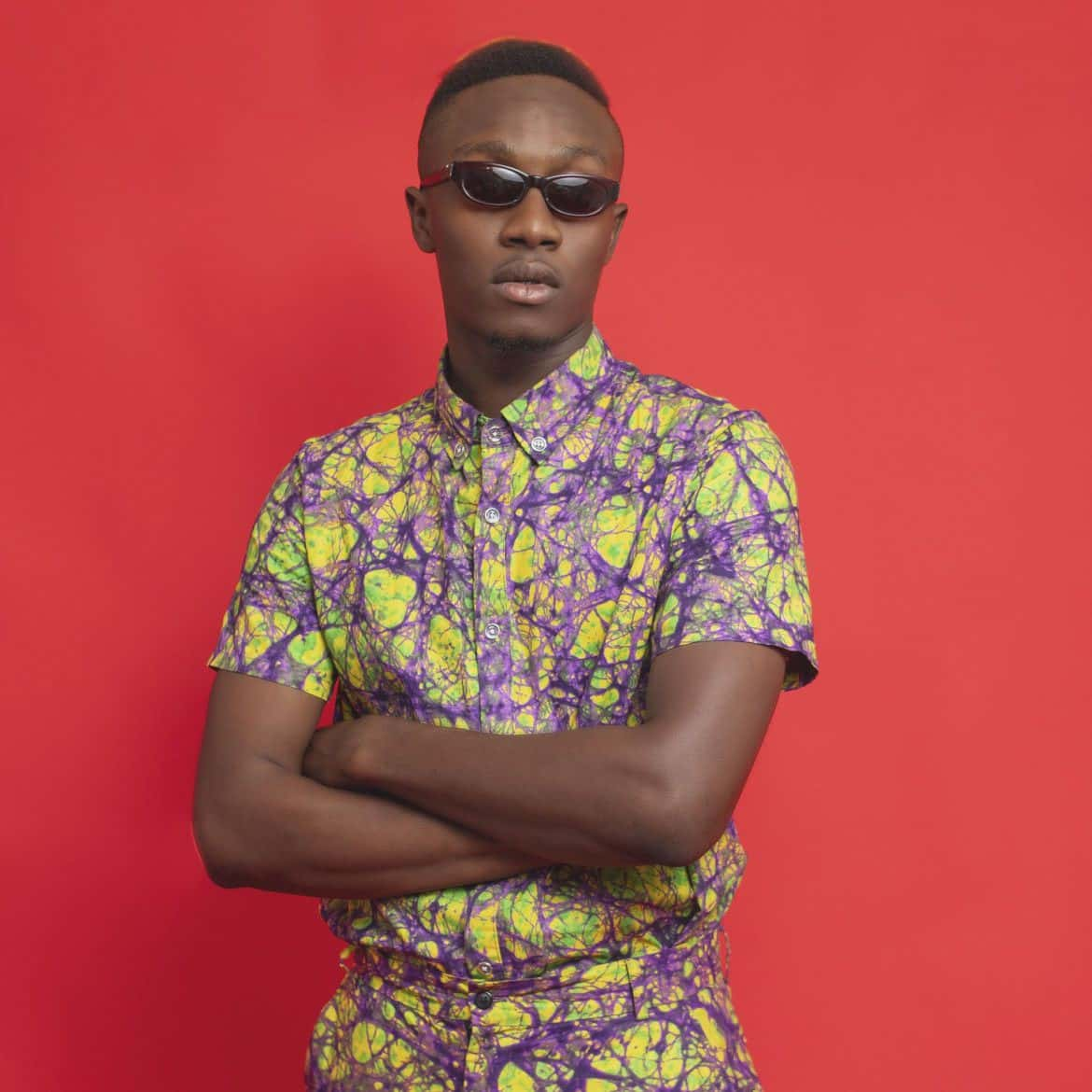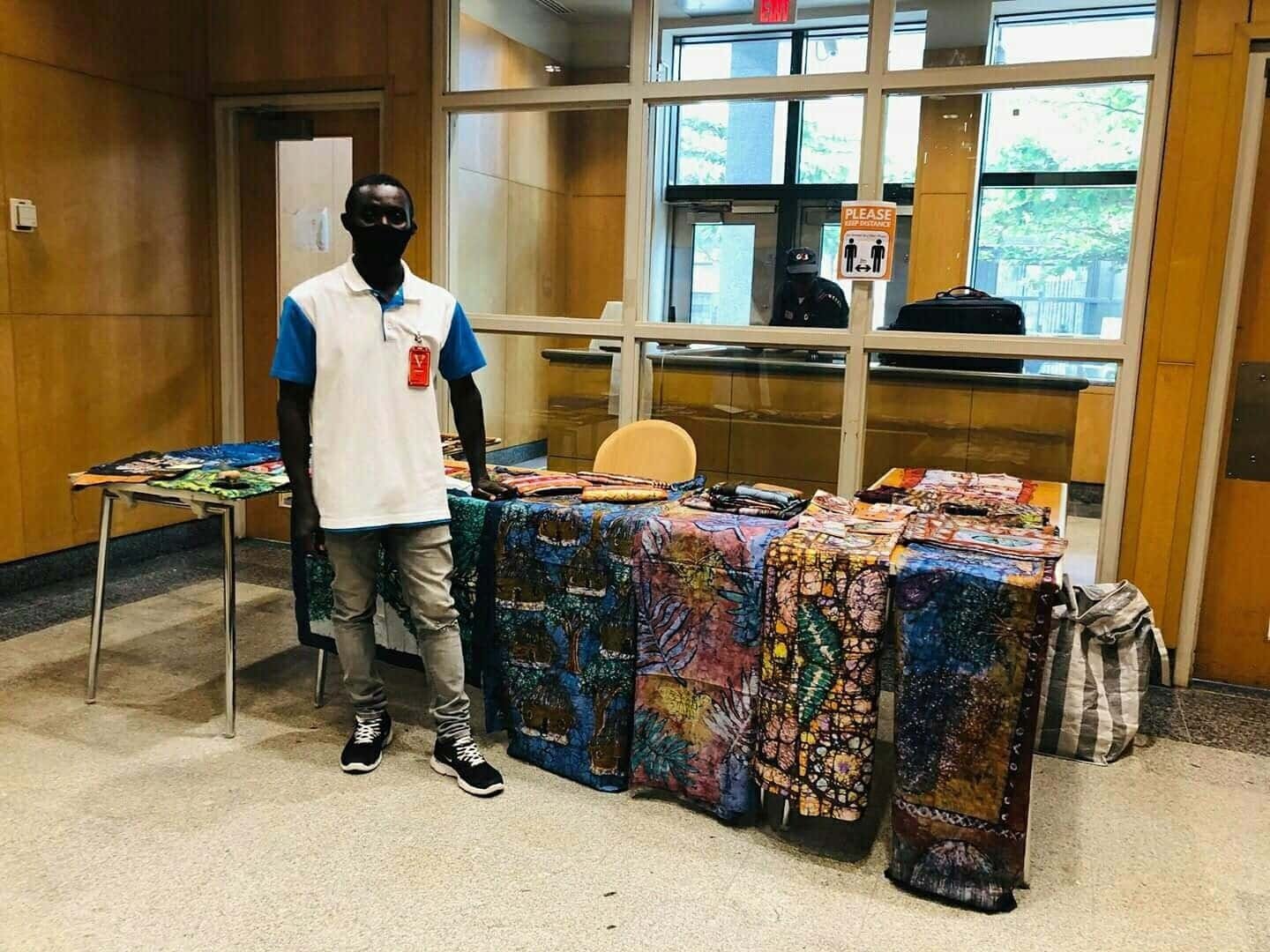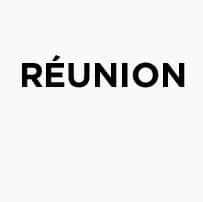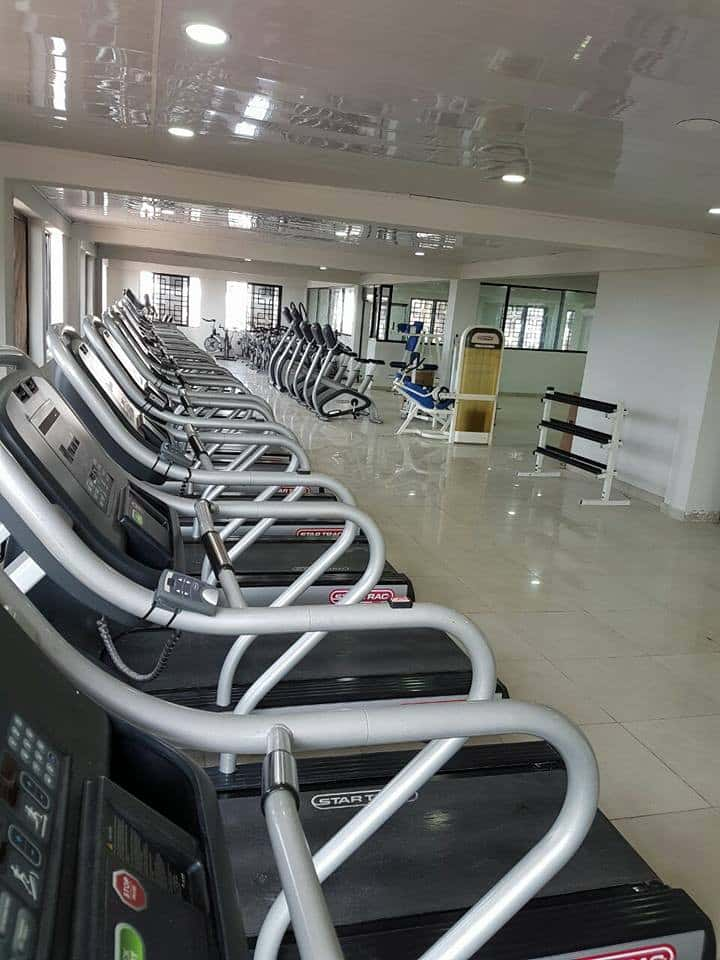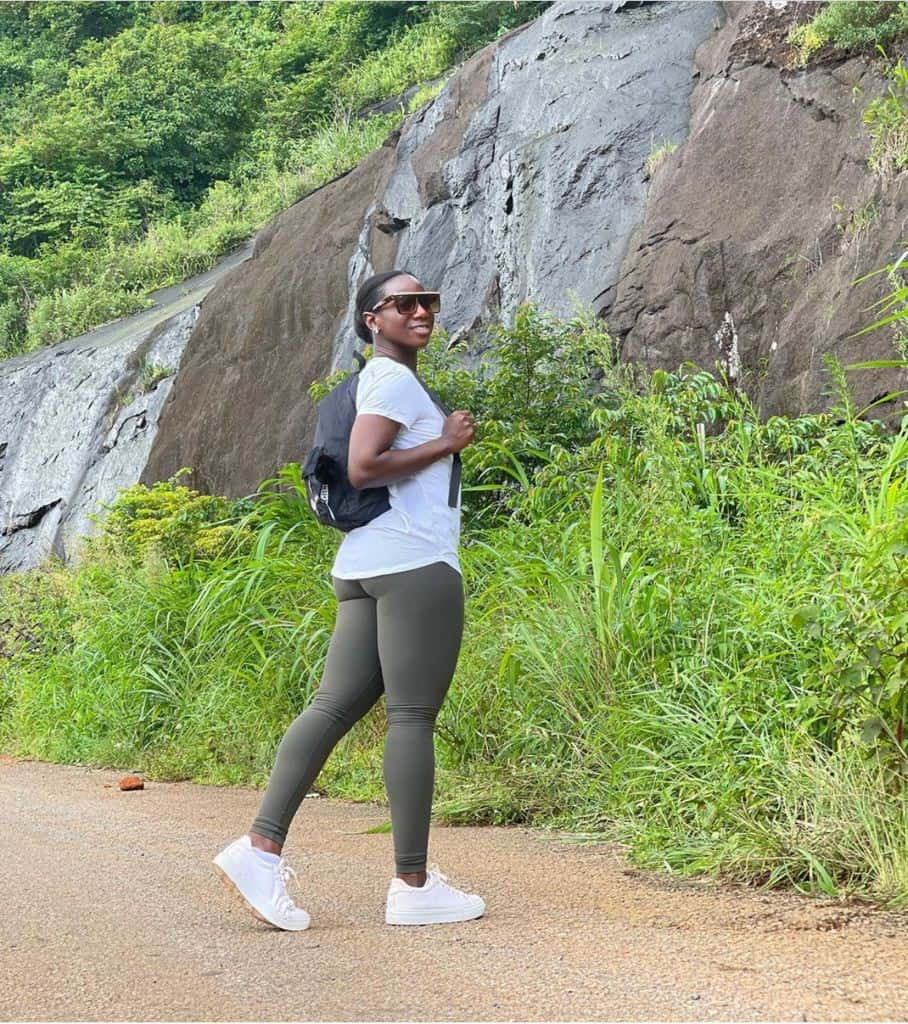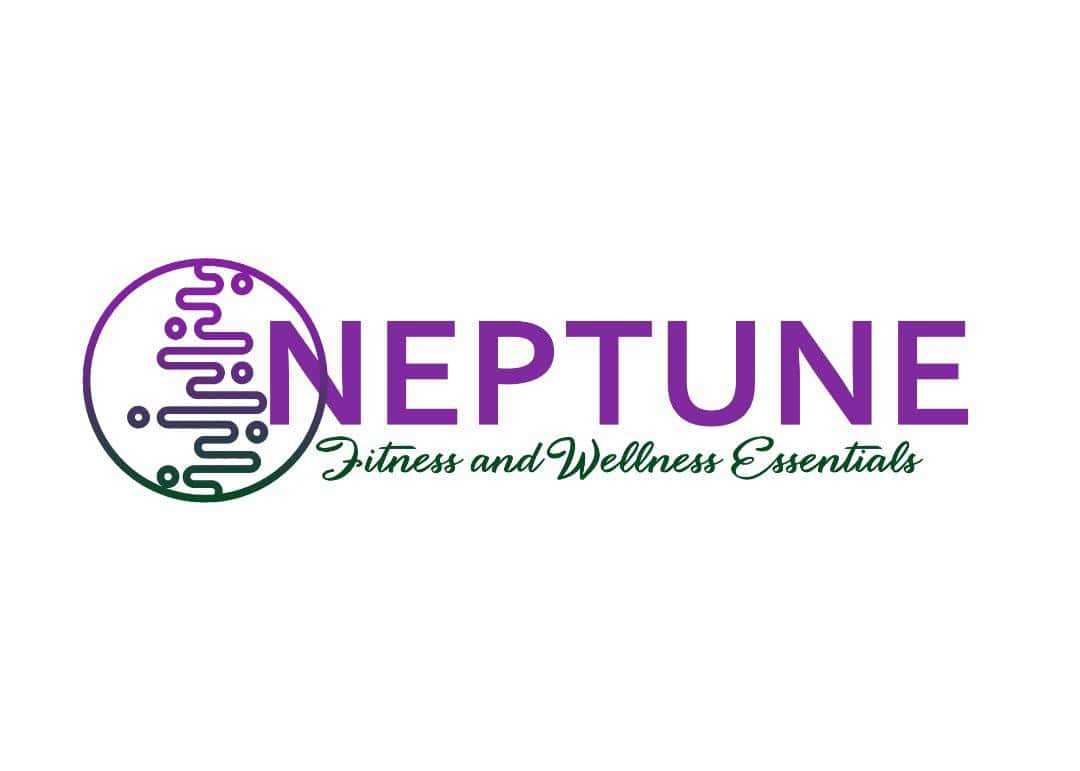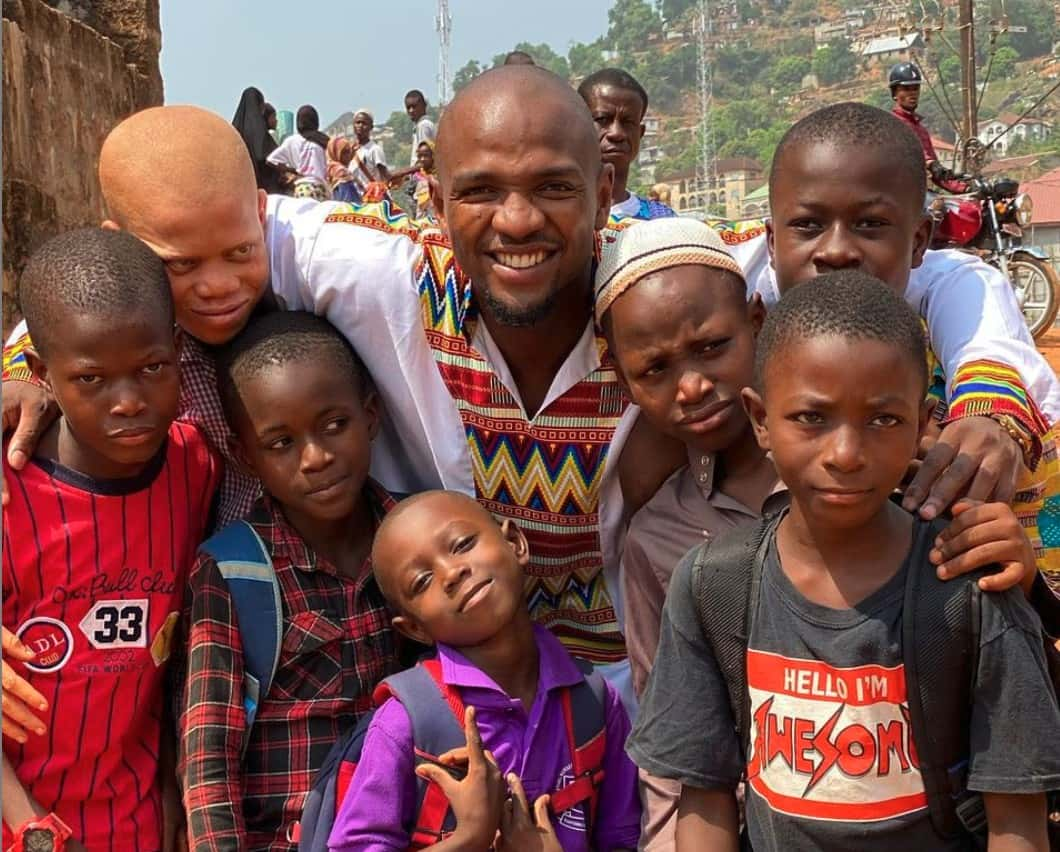Login
Dont have an account? Sign up here
Please Register Using Facebook, LinkedIn, or Google Authentication
Already Registered? Sign in here
Freetown Travel Guide
Your ultimate guide to West Africa’s hidden gem and budding tourist hub – Freetown, Sierra Leone
Introduction
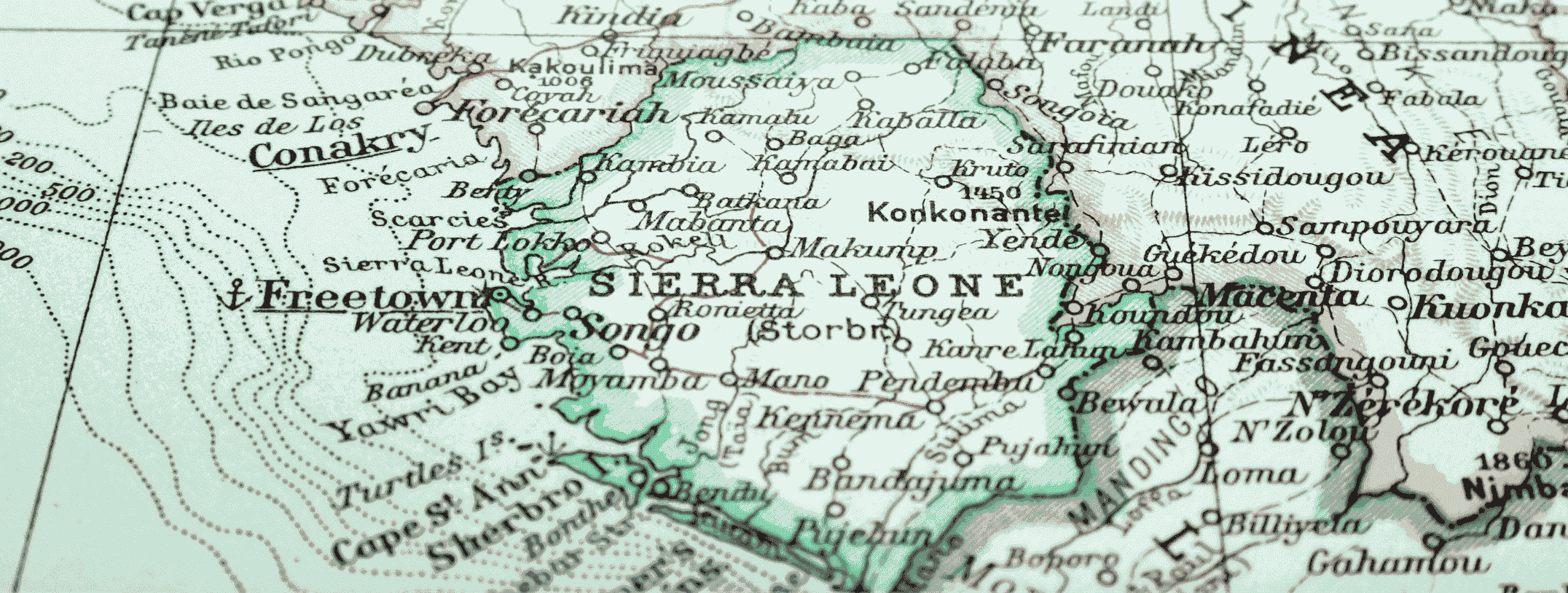
Welcome to Freetown, Sierra Leone – a tiny remote city on the outer-most coast of West Africa. If you’re a fan of the wanderlust that is West African travel then maybe you’ve heard of Lagos, Accra, Abidjan, or Dakar – so what’s Freetown, and why Freetown?
Freetown is kind of like this exclusive hidden gem of; fresh coconuts sold on every street corner; sun, sand, and sea; natural excursions for days; sultry foods like oysters and lobster for a steal; never ending nightlife in clubs built on oceans; and globally connected historical sites. But only those who really know, know! So do you want to discover the best of yourself in this city that was once, and still is, a connecting coast for global trajectories?
Population: 6.6 million (July 2020 est.)
Lingua Franca: Krio
Official Language: English
Time Zone: Greenwich Mean Time (GMT)
Geographic Area: Total: 71,740 sq km, Land: 71,620 sq km, Water: 120 sq km
Climate: The ‘rainy season’ lasts from May to December and is a time of humid, hot, and cloudy weather with heavy rains. The ‘dry season’ lasts from December to April and is a time of tropical and hot weather.
Political System: Presidential Republic, Unicameral Parliament
Currency: Sierra Leone Leone (SLL)
Country Dialing Code Prefix: +232
Primary Mode of Purchases: CASH!
Visa: Citizens of the Economic Community of West African States (ECOWAS) do not require a visa to enter the country; all other travelers require a visa, which can be obtained on arrival
History
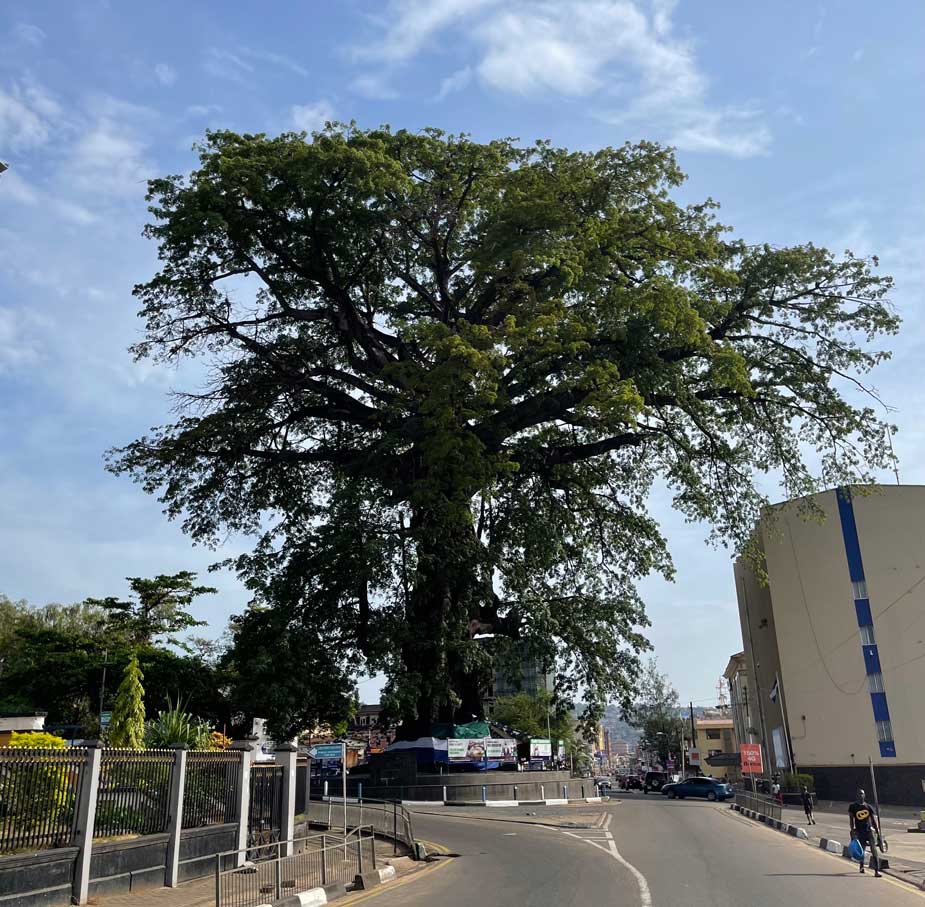
Sierra Leone's history can be traced back over 2,500 years as migrants from other parts of West Africa settled in the tropical land. Freetown, the capital city, was founded by formerly enslaved Africans returning home to freedom. The returnees were a mixed group of Londoners, Nova Scotians, and Jamaican maroons who intermarried to create what was known as the Creole (presently referred to as Krio) population. When they arrived in Freetown they first settled around the massive Cotton Tree and threw a party! They sang praises and hymns of finally reaching a free land.
Although the Freetownians were overjoyed to reach a “free land” they soon discovered that Freetown was part of Sierra Leone – an African nation inhabitted by a multitude of ethnic groups, and controlled by the English under United Kingdom colonial administration. They were no longer enslaved but they weren't fully free!
The city and country melted into a cultural and commercial hub of West African tribes with strong practices around academia, art, trade, food and more. As a chief port city of Sierra Leone, Freetown was (and still is) a commercial center for trade in rutile, bauxite, platinum, gold, and diamonds. It is also known as the home of Fourah Bay College, established in 1827 as the first Western-influenced college in West Africa. Through the 19th Century, Fourah Bay College attracted students from across the continent.
Sierra Leone gained independence in 1961 after Sierra Leoneans along with the entirety of West Africa led fierce anti-colonial wars, boycotts and protests against the economic exploitation and racial, social and political injustices of colonialism. Colonialism became too expensive for the British to maintain given all the riots and wars.
Once Sierra Leone gained independence, Freetown like most capitals of newly created African nations, received thousands of migrants in search of employment – further expanding the multicultural melting pot that is Sierra Leone as a whole. This legacy is reflected in the multiple (16) languages, tribes, and cultures of Sierra Leoneans today. And they all lived in harmony and peace for sometime.
Unfortunately, Sierra Leone’s ability to avoid political unrest ended in 1991 when a civil war broke out. The war was largely a result of political power mongering on the part of the country’s political elite who had come to view politics as a means to enrich themselves via corruption, while leaving the populace to fend for themselves. The war destroyed much of the city’s infrastructure and economy before ending in 2002.
Since 2002, Freetown has come quite a way in rebuilding its political, economic, and social sectors. The city currently has a full functioning and peaceful democracy, and budding economic sectors (mining, telecoms, agro-processing, fishing, hospitality/tourism and fast moving consumer goods). The majority of Freetown and Sierra Leone’s potential to be an economic powerhouse remains untapped and the city is ripe for lucrative investment opportunities.
Below is a list of resources to help you discover the rich history of Freetown, and Sierra Leone as a whole.
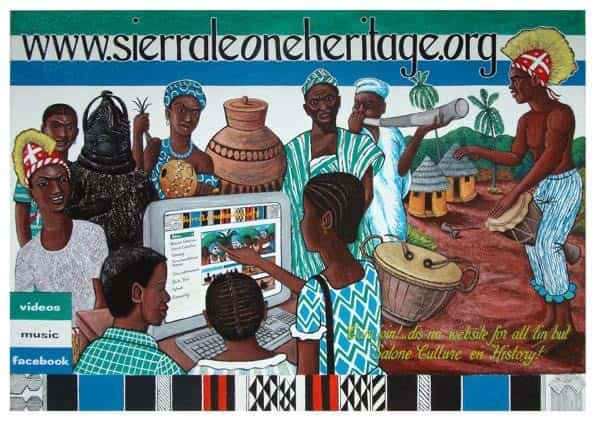 Digital Platform
Digital Platform
0.0
Sierra Leone Heritage
In Sierra Leone
Medical Care
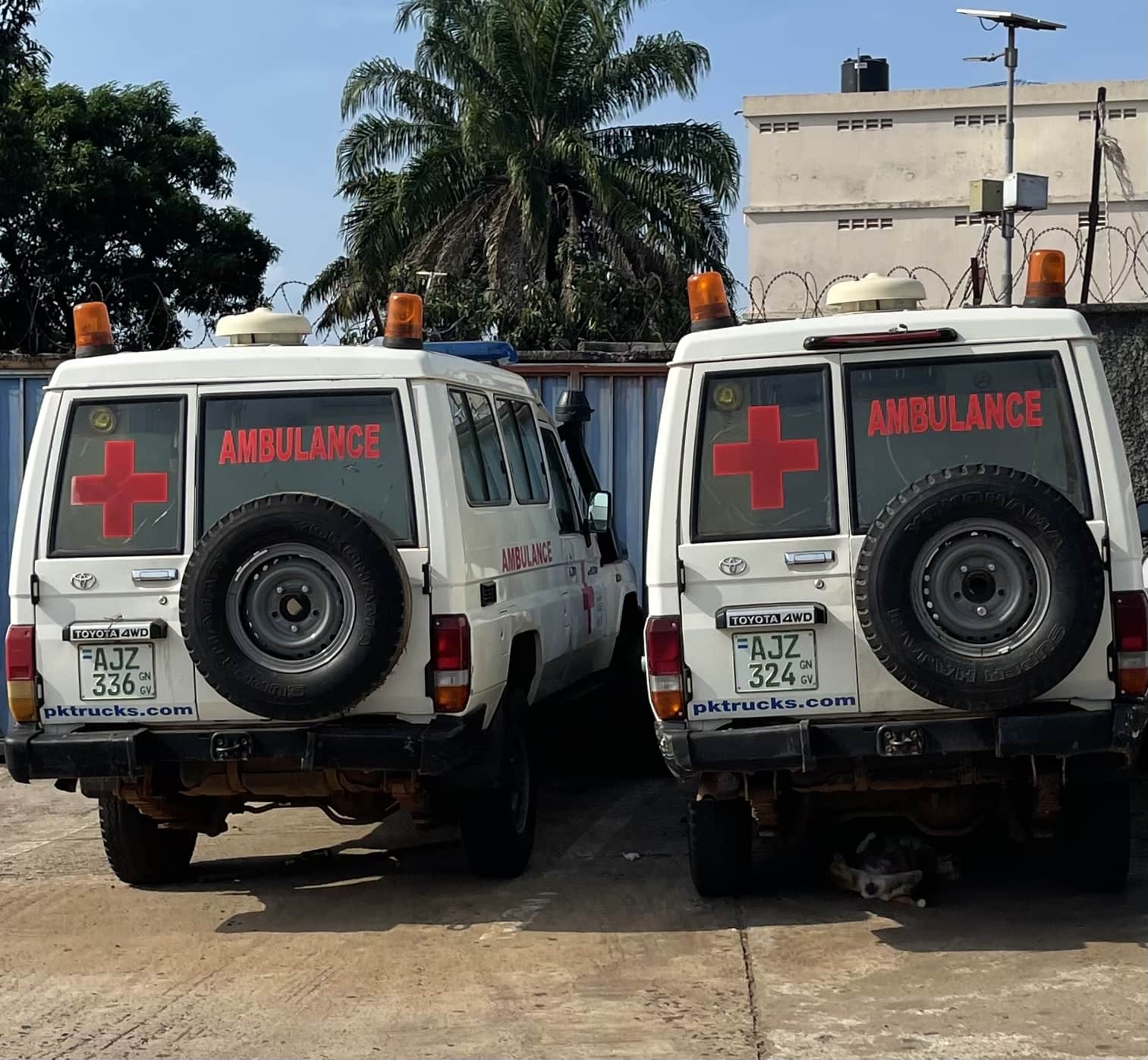
Sierra Leone has an emerging medical landscape and while there are many hospitals and private clinics scattered across Freetown, any serious medical procedures should be done prior to traveling to Sierra Leone or when one returns home. For minor medical services private clinics are recommended.
Below are some options for medical care.
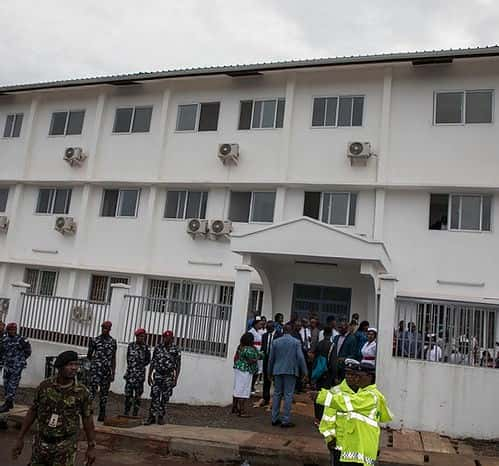 Hospital & Medical Center
Hospital & Medical Center
0.0
King Harman Maternal and Child Hospital
In Freetown, Sierra Leone
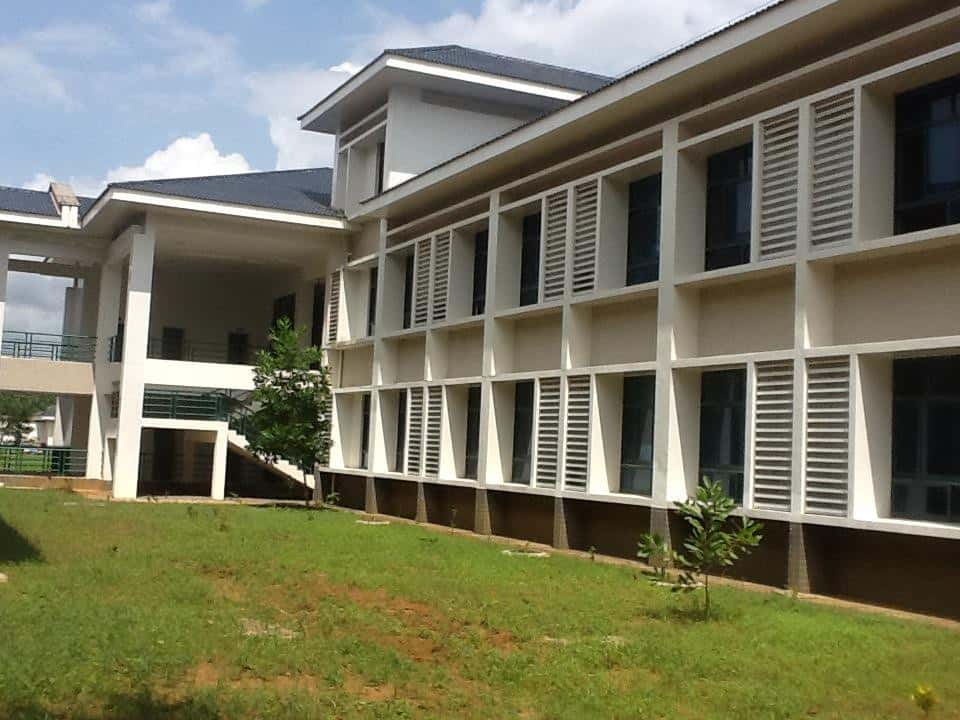 Hospital & Medical Center
Hospital & Medical Center
0.0
Sierra Leone-China Friendship Hospital
In Jui, Sierra Leone
 Hospital & Medical Center
Hospital & Medical Center
0.0
Aspen Medical (AMI) Sierra Leone
In Freetown, Sierra Leone
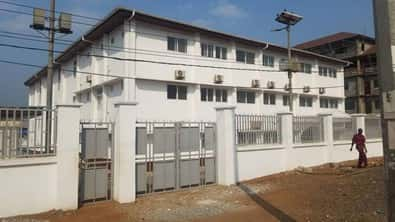 Hospital & Medical Center
Hospital & Medical Center
0.0
Rokupa Government Hospital
In Freetown, Sierra Leone
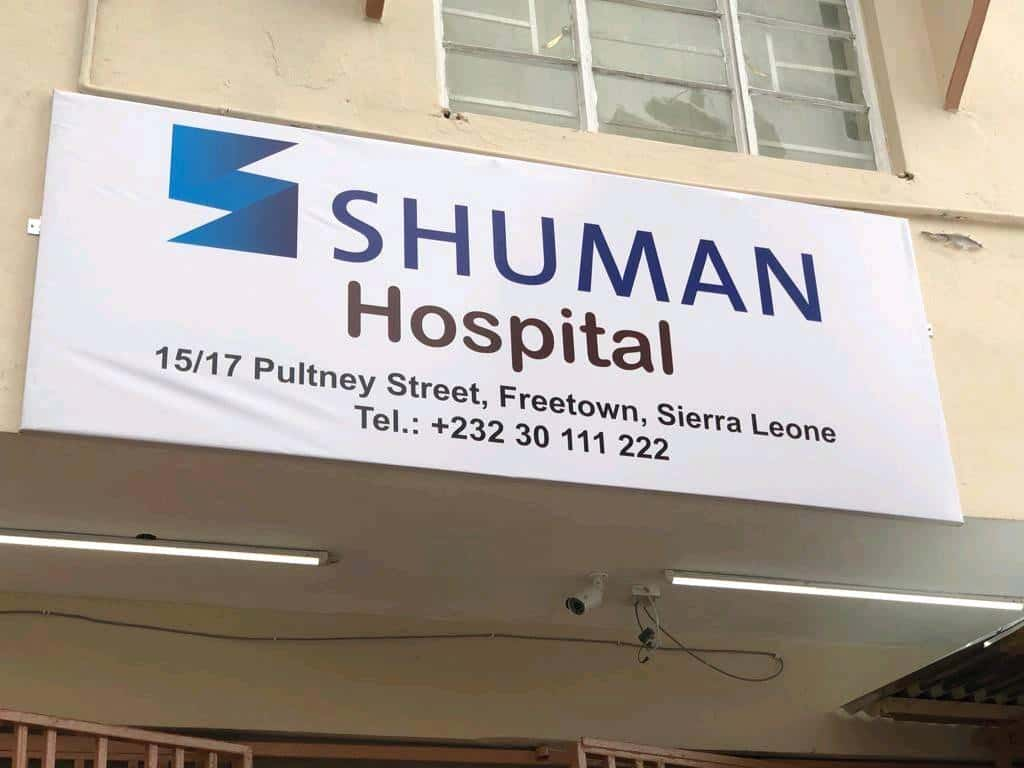 Hospital & Medical Center
Hospital & Medical Center
0.0
Shuman Hospital
In Freetown, Sierra Leone
 Hospital & Medical Center
Hospital & Medical Center
3.0
Choithram Memorial Hospital
In Freetown, Sierra Leone
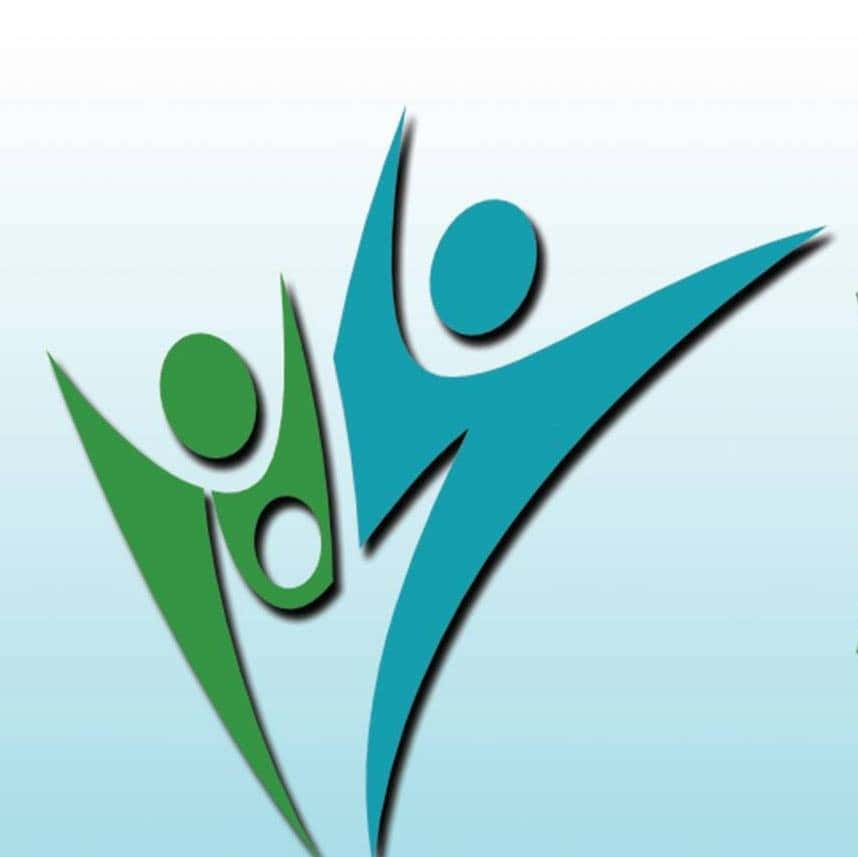 Hospital & Medical Center
Hospital & Medical Center
3.0
Life Care Hospital
In Freetown, Sierra Leone
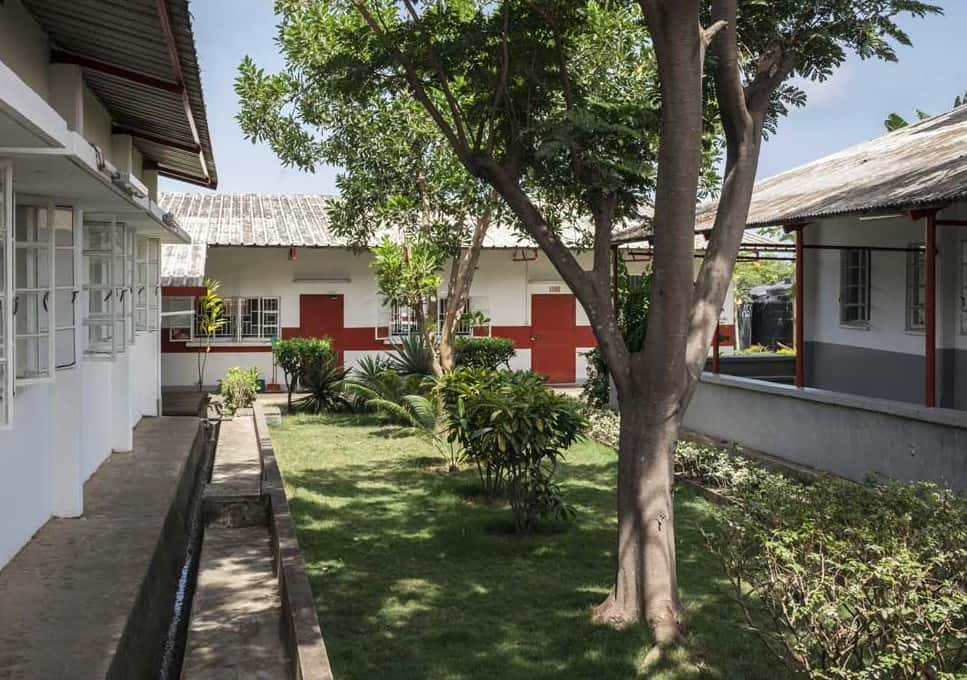 Hospital & Medical Center
Hospital & Medical Center
0.0
EMERGENCY's Goderich Surgical Centre
In Freetown, Sierra Leone
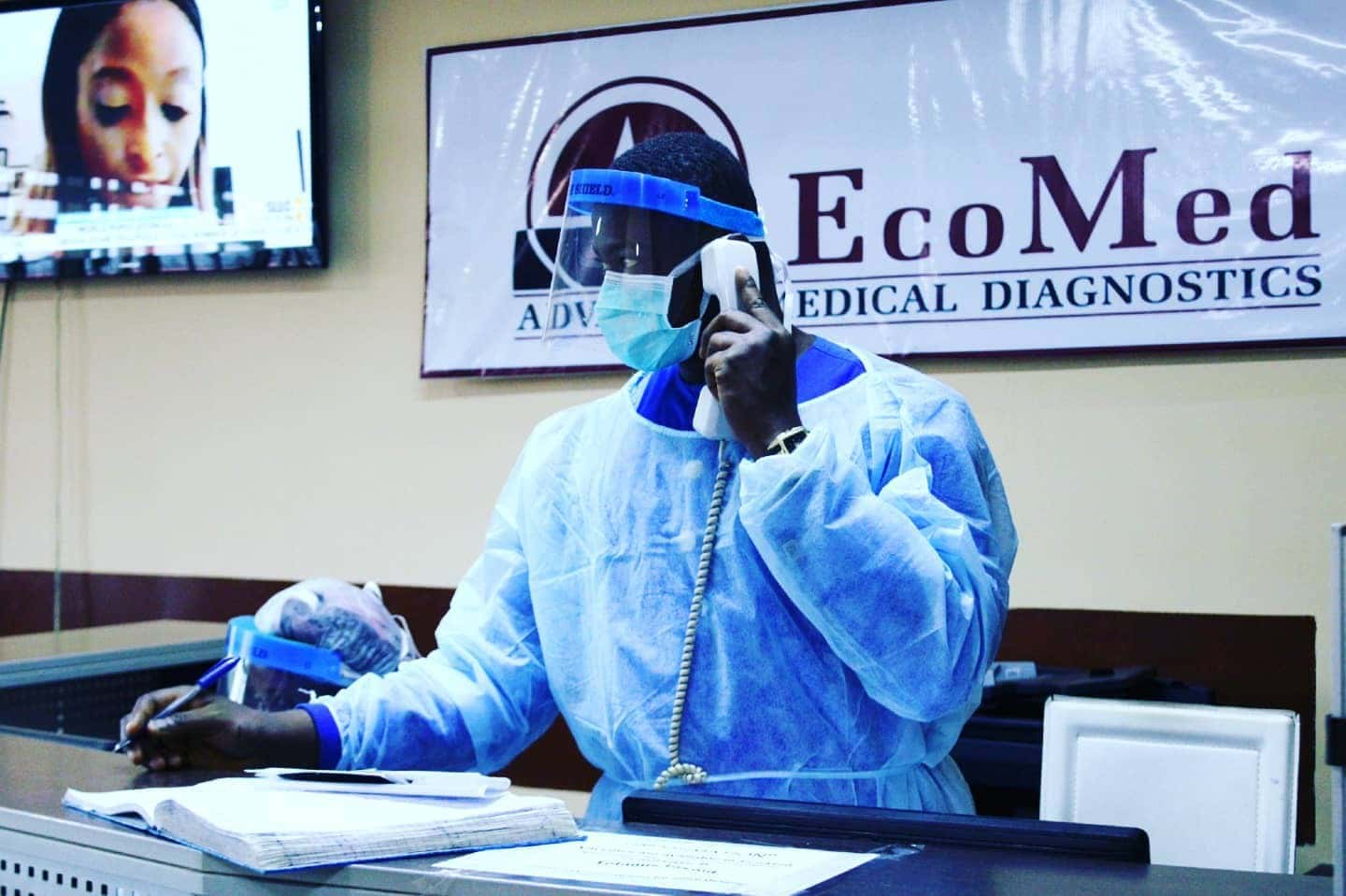 Hospital & Medical Center
Hospital & Medical Center
0.0
EcoMed Advanced Medical Diagnostics
In Freetown, Sierra Leone
 Hospital & Medical Center
Hospital & Medical Center
0.0
Mama Salone Clinic
In Freetown, Sierra Leone
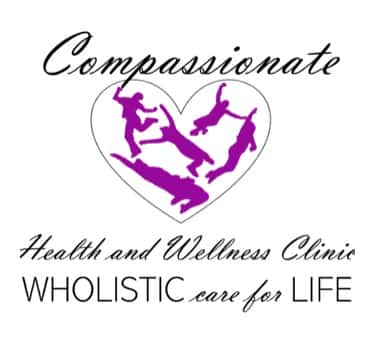 Hospital & Medical Center
Hospital & Medical Center
0.0
Compassionate Health and Wellness (CHAW) Clinic
In Freetown, Sierra Leone
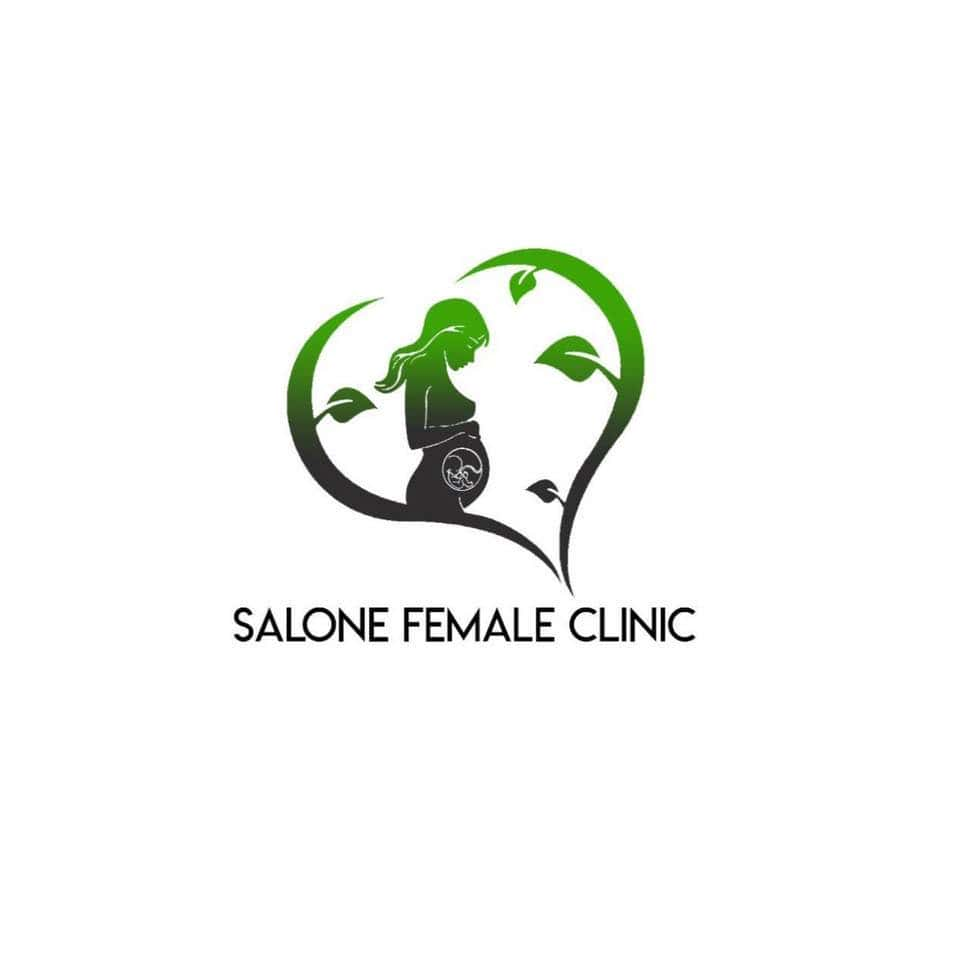 Hospital & Medical Center
Hospital & Medical Center
0.0
Salone Female Clinic
In Freetown, Sierra Leone
 Healthcare Service
Healthcare Service
0.0
Tasha’s Eye Solutions
In Freetown, Sierra Leone
 Hospital & Medical Center
Hospital & Medical Center
0.0
Poly Care Medical Clinic
In Freetown, Sierra Leone
Money Matters
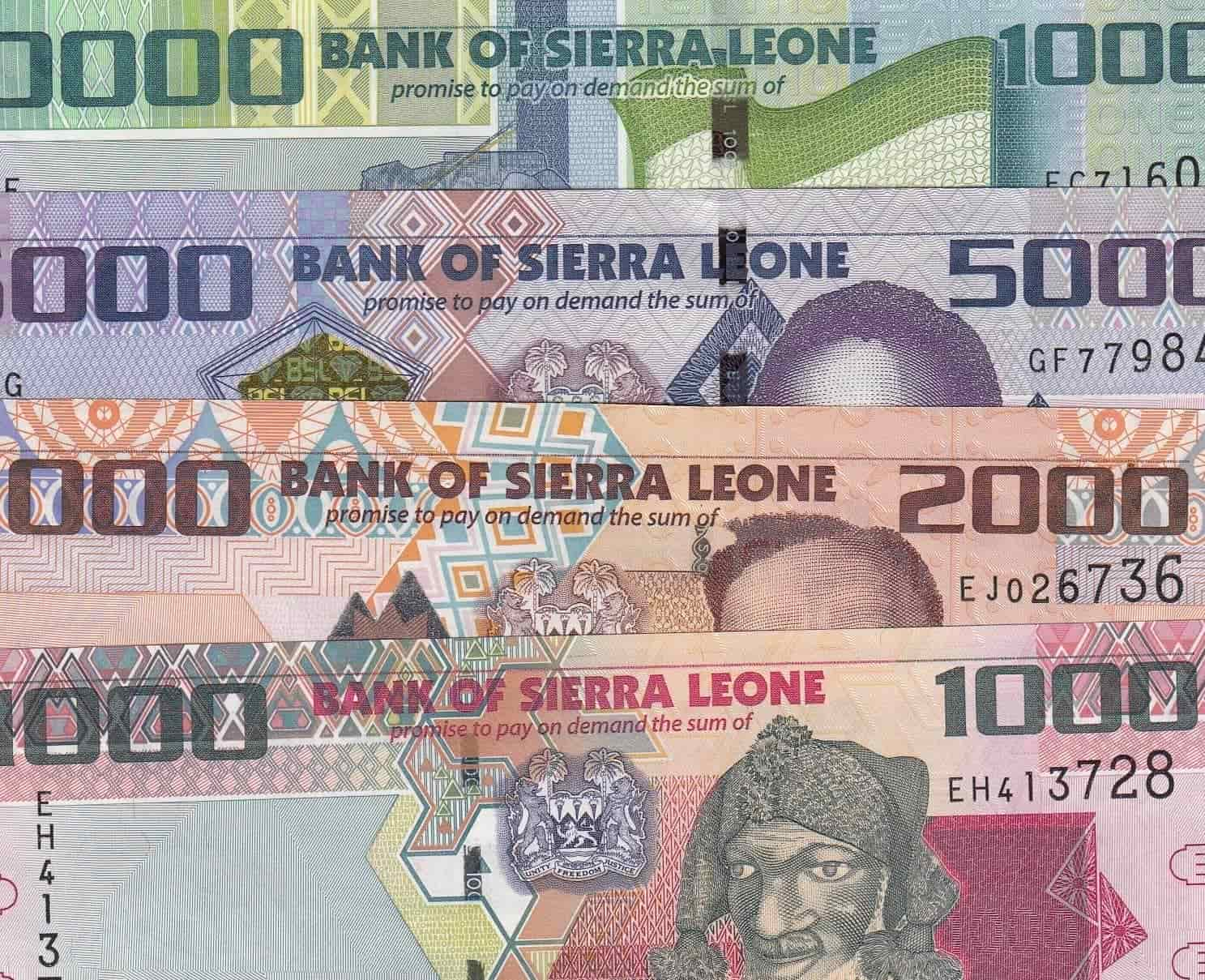
The most common way of paying for things in Sierra Leone is cash. Not a lot of merchants accept card nor digital payments. This means that you should carry dollars/pounds/euros through your travels and you can exchange your money for the local currency, the Leone (SLL), through international transfer agencies, any commercial bank, or informal money transfer agents in any commercial area.
Most bank headquarters are located in the center of town but they will often have branches in the commercial strips. ATMs are available throughout the city for you to draw SLL from a foreign currency account, but machines sometimes run out of currency.
Pro tips: higher denomination foreign bills often get a better exchange rate in the informal market than lower ones, as do more recently minted bills. Also, the highest denomination Leone is 20,000 (USD $2), which means you'll need to carry the money in something other than your pockets if you plan on doing high end shopping or fine dining.
Communication & Co-Working
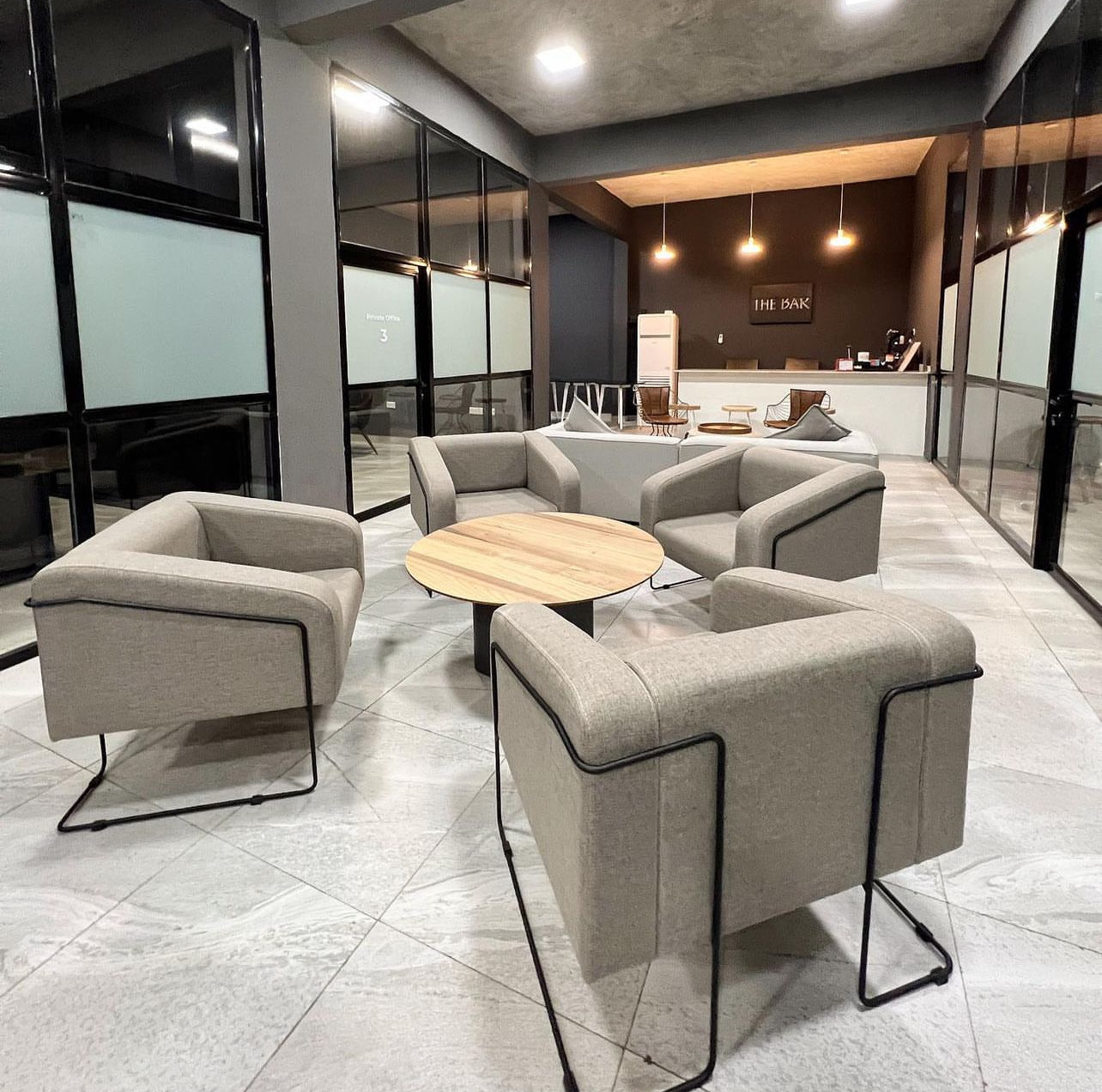
Leaving everything behind for a world of wanderlust is what Freetown is best suited for! But, you may still want to communicate with friends and family both inside and outside the country from time to time to let everyone know that you’re living your best life!
Sierra Leone is in the GMT time zone. That means it's the same time in Freetown as it is in London, except during the summer, and you will be on average 4-8 hours ahead of various cities in North America. The country code is +232, and cell reception can be found everywhere in Freetown.
To keep in touch with everyone through the internet, you can load data onto your phone, or find wifi at any and every formal establishment (for example hotels and restaurants) in Freetown.
Below is a list of places that will help meet your communication needs.
 Co-Working
Co-Working
0.0
Business Services International (BSI)
In Freetown, Sierra Leone
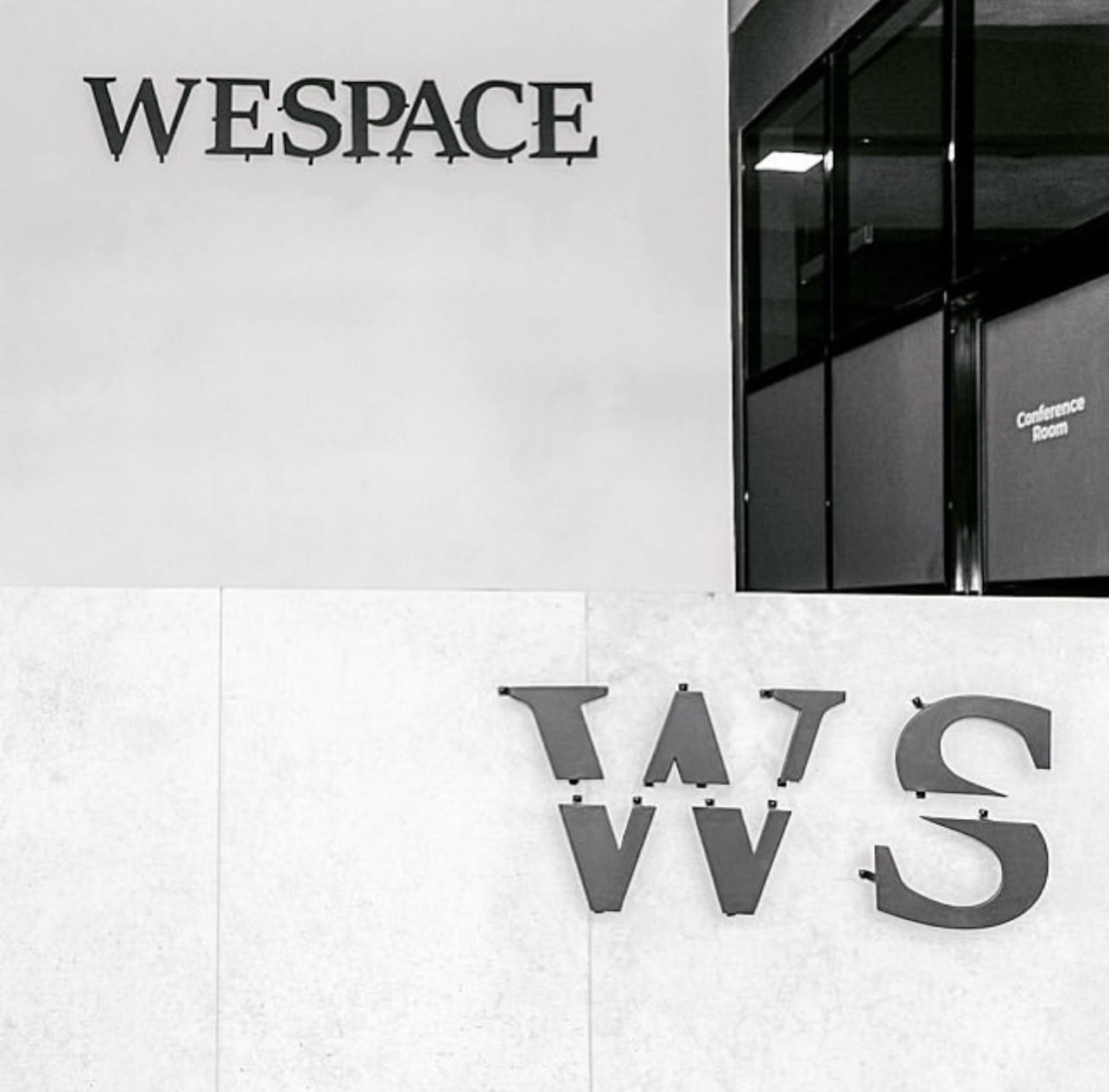 Co-Working
Co-Working
0.0
WESPACE
In Freetown, Sierra Leone
 Technology
Technology
0.0
Sensi Tech Hub
In Freetown, Sierra Leone
 Electronics & Gadgets
Electronics & Gadgets
0.0
Leone Gadgets
In Freetown, Sierra Leone
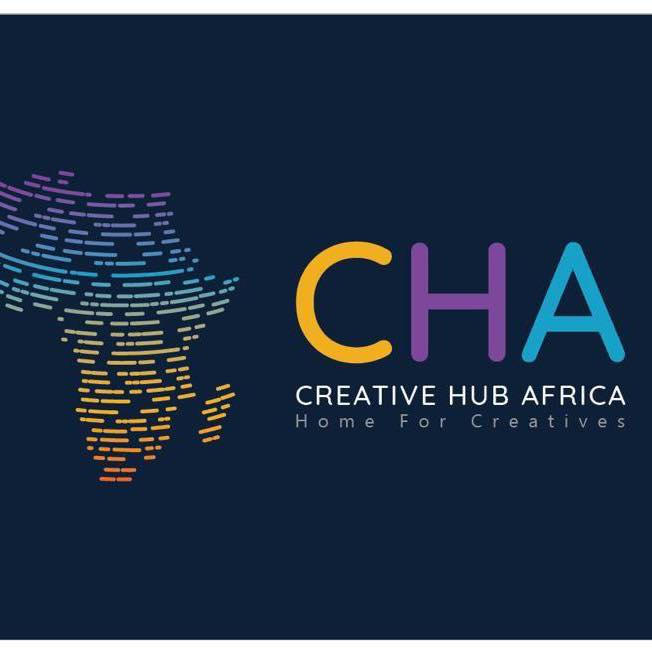 Business Development
Business Development
0.0
Creative Hub Africa
In Freetown, Sierra Leone
News & Media
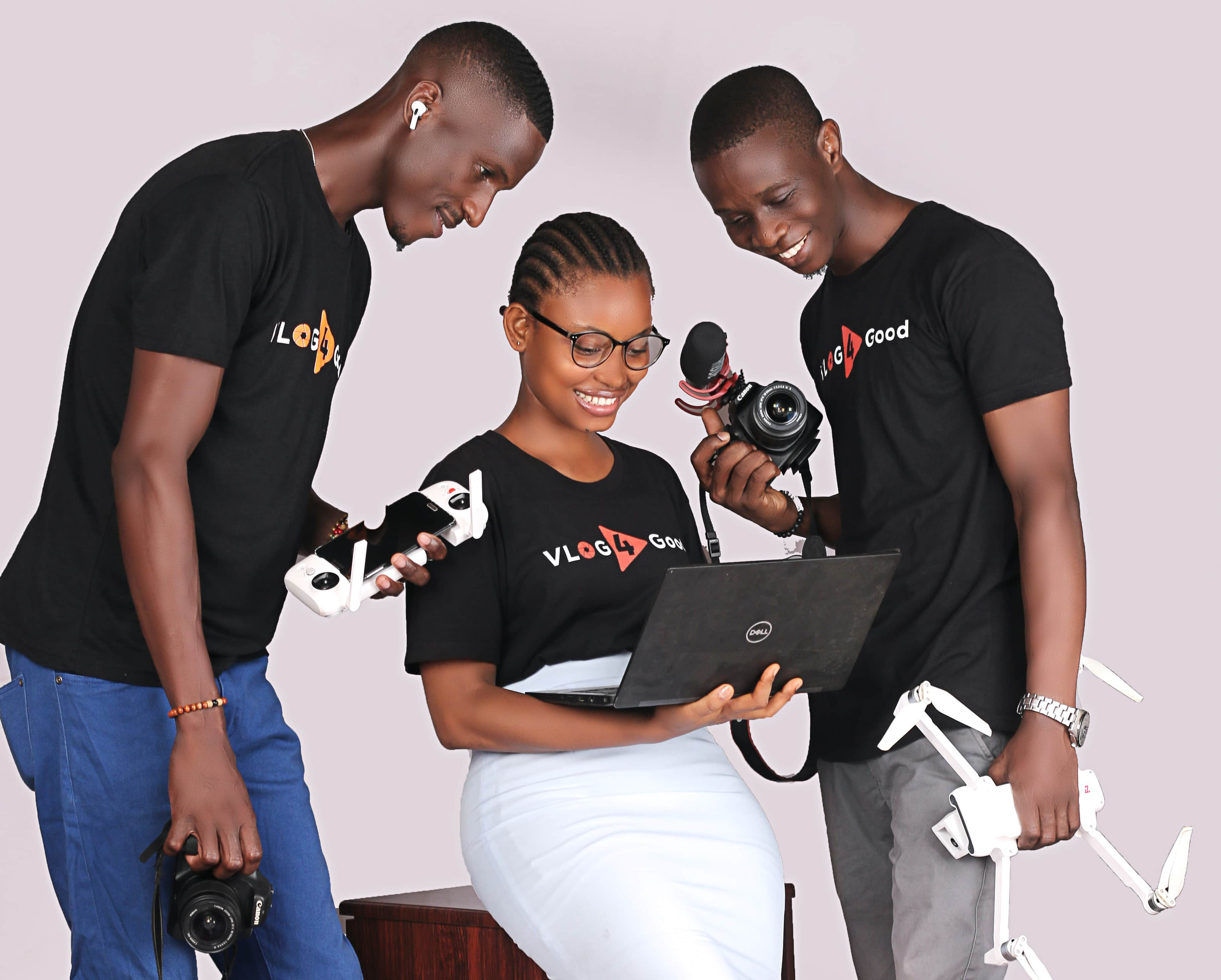
There is so much beauty, adventure and excitement to discover in Sierra Leone. Unfortunately, however, if you don’t know where to look— you might just miss the splendor! The best way to stay updated on Sierra Leone news, current affairs, businesses, nightlife and more is to follow the buzz!
From social media blogs and vlogs, to webzines, print magazines, independent radio stations, newspapers and more— Sierra Leone’s media scene is growing rapidly and in all directions. Following these platforms, is the best way to find out about the newest private beach resort that dawns local culture, the latest pop-up event, and where to buy organic fruit while supporting a local farmer.
Below are some of the best ways to stay informed and connected — we are here to ensure that you don’t miss out any breaking news, developments, or opportunities — be it business or pleasure!
 News
News
0.0
SwitSalone.com
In Freetown, Sierra Leone
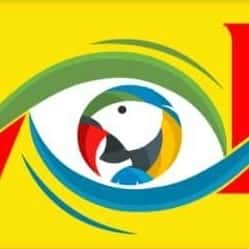 News
News
0.0
Awoko Newspaper
In Freetown, Sierra Leone
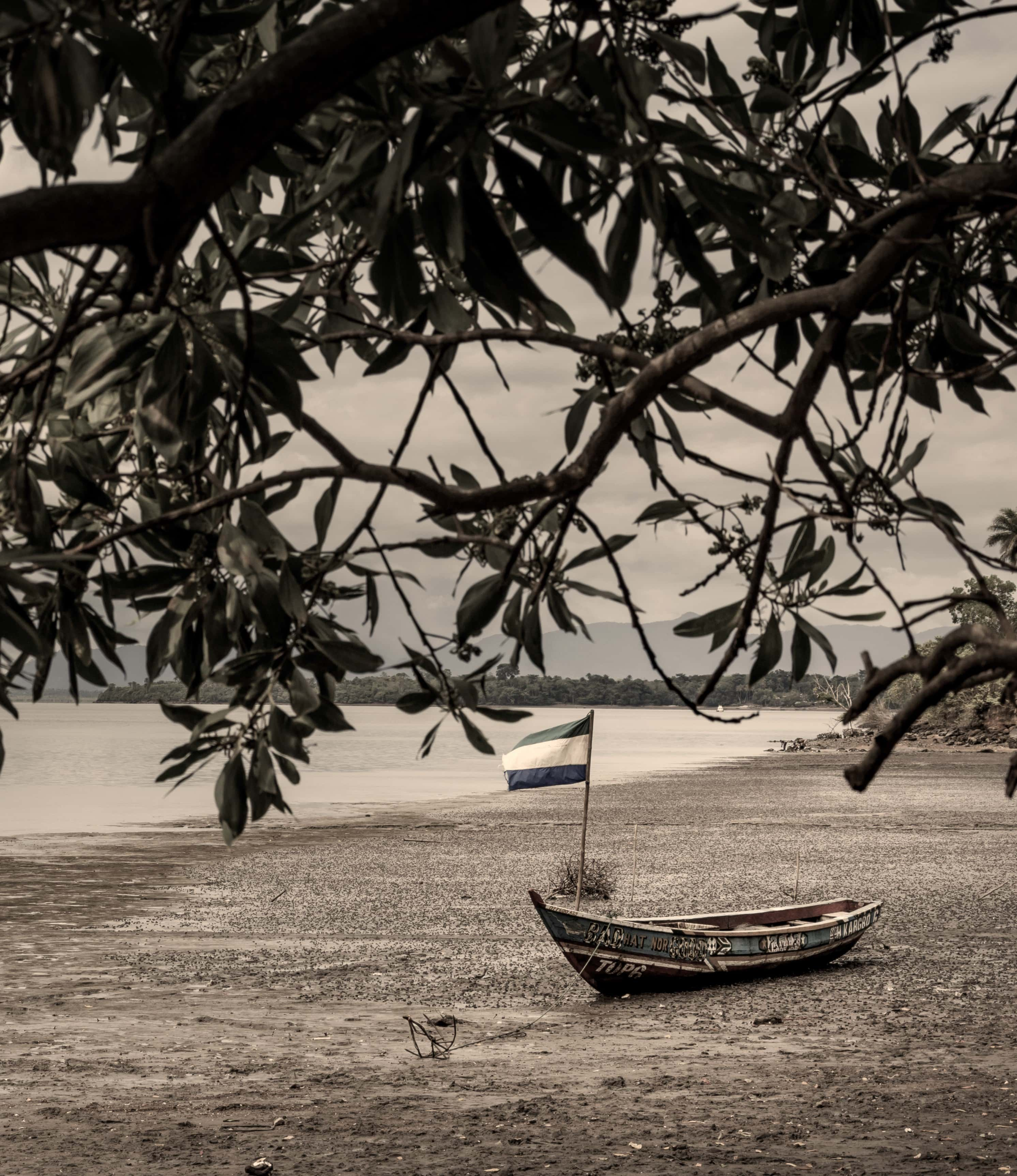 News
News
0.0
The Sierra Leone Telegraph
In Freetown, Sierra Leone
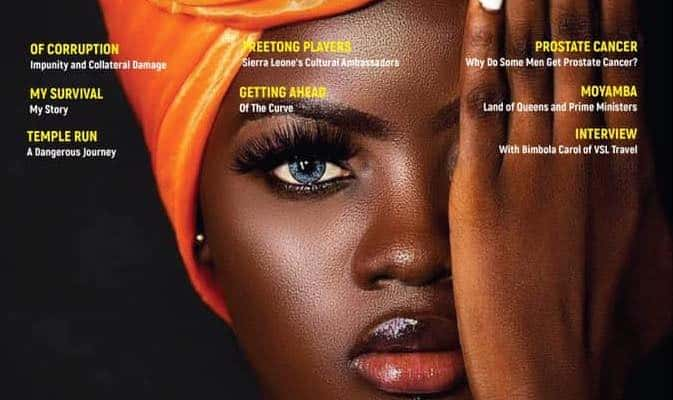 Magazine
Magazine
0.0
Hidden Voices Salone
In Freetown, Sierra Leone
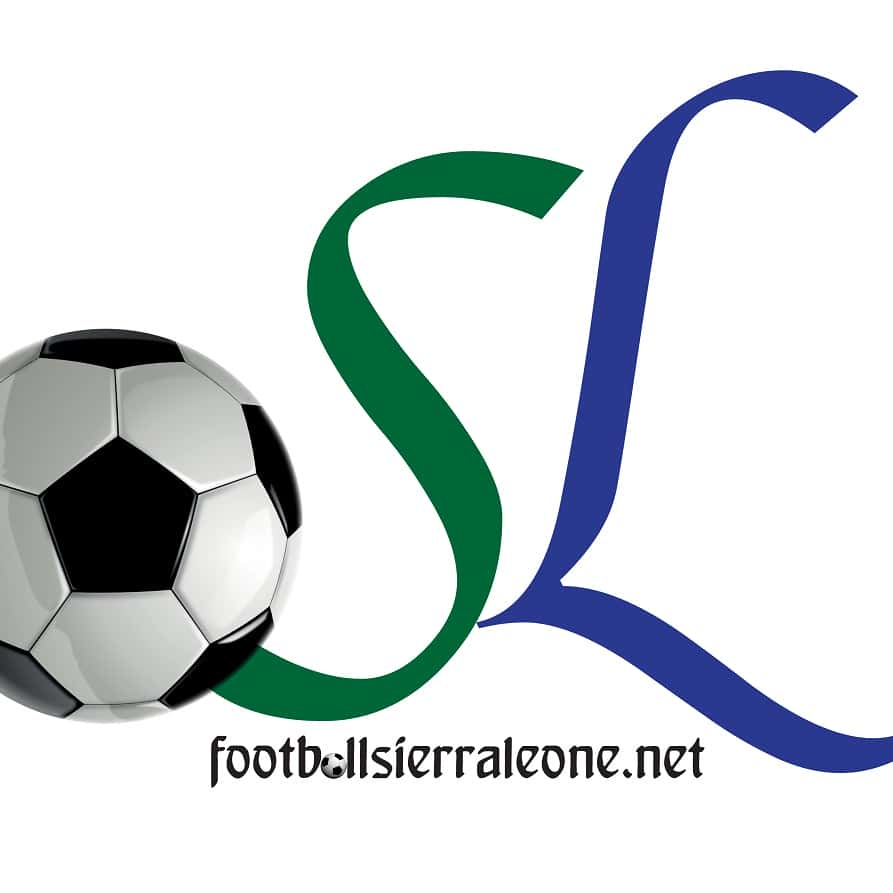 News
News
0.0
Football Sierra Leone
In London, United Kingdom
 Journalism
Journalism
0.0
Insight
In Freetown, Sierra Leone
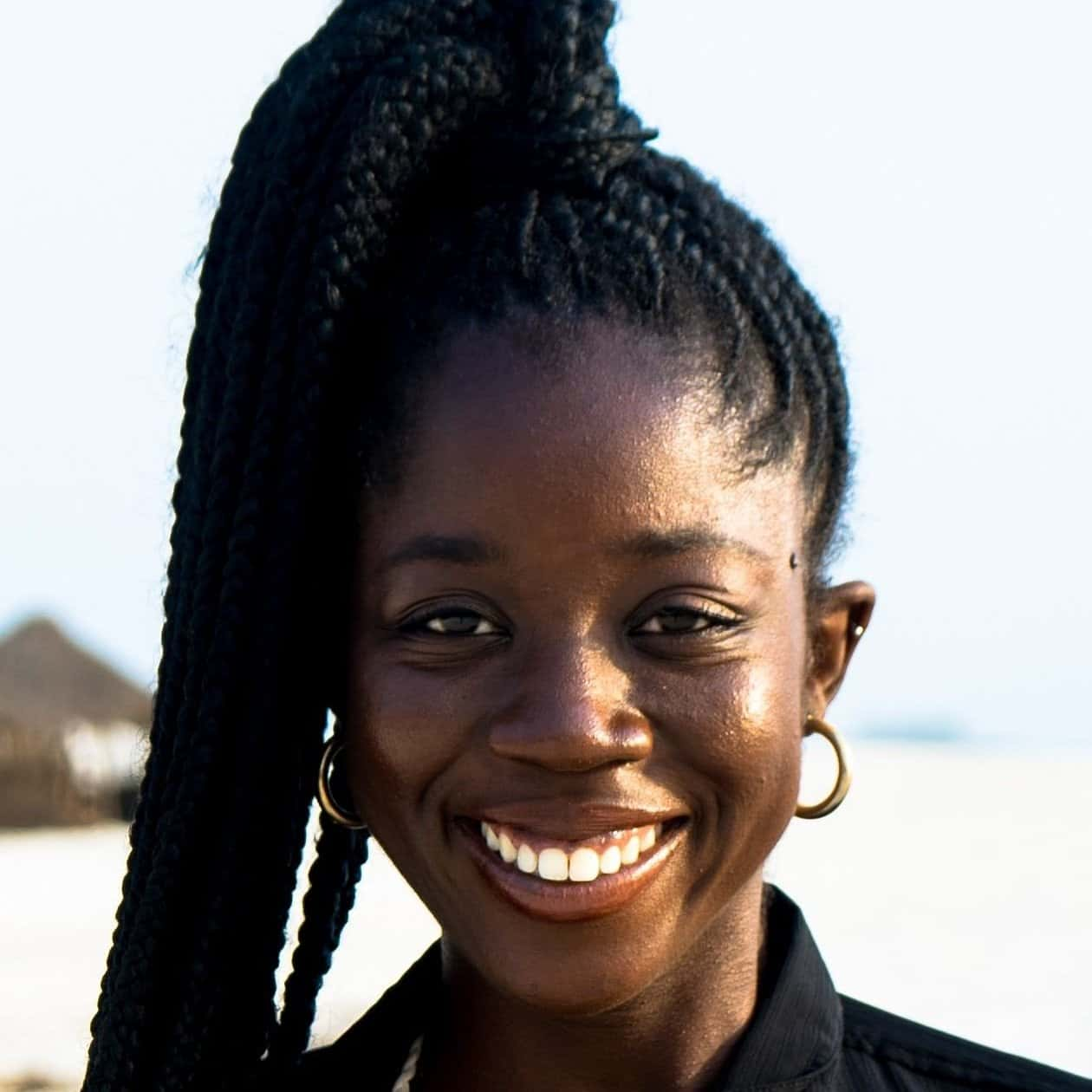 Content Creator
Content Creator
4.0
Yasmin TELLS
In London, United Kingdom
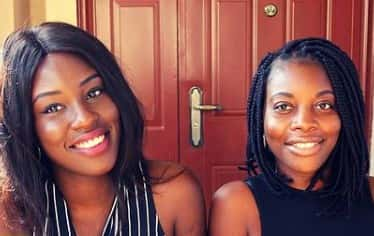 Blogs / Vlogs
Blogs / Vlogs
0.0
Young In Freetown
In Freetown, Sierra Leone
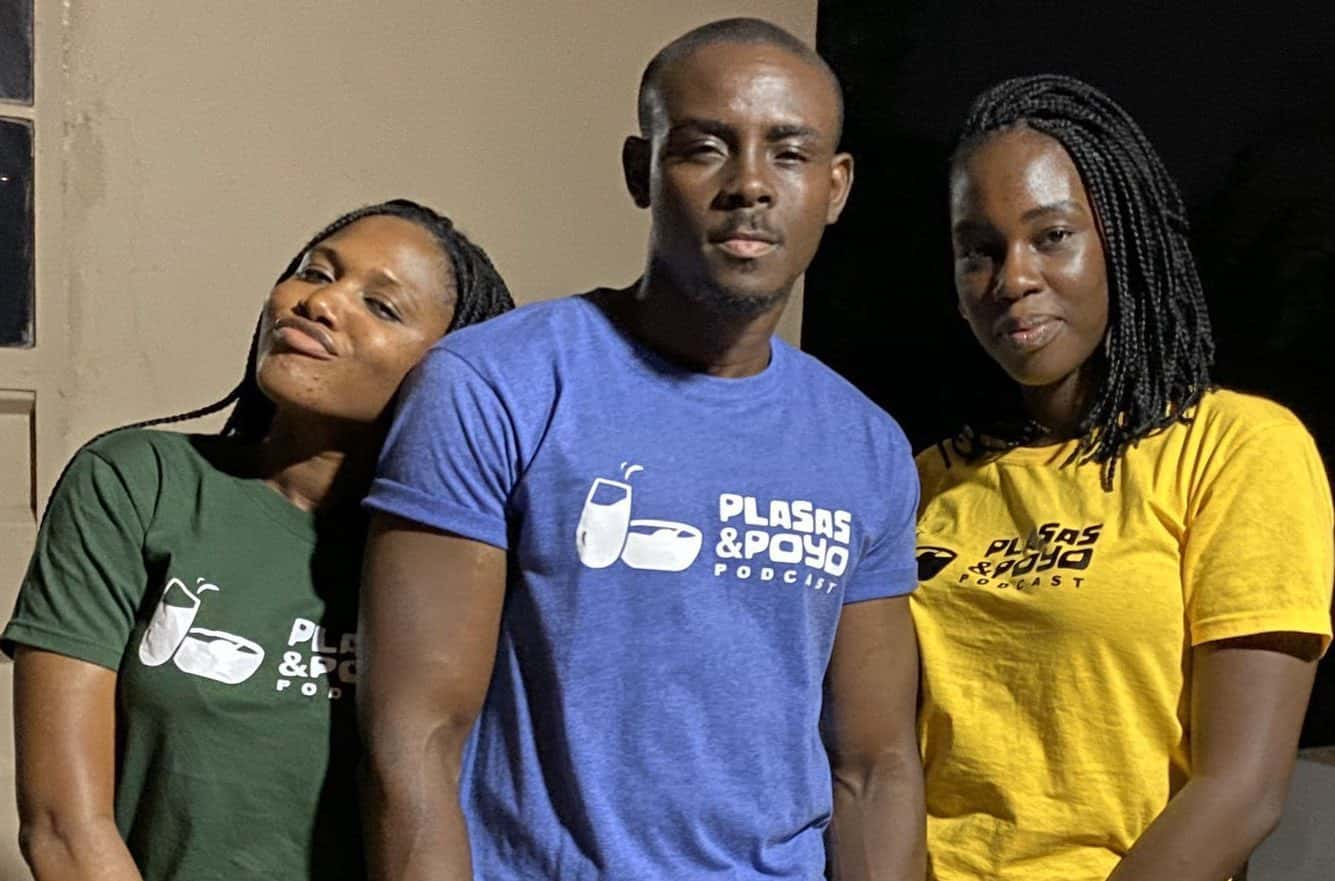 Podcast
Podcast
0.0
Plasas and Poyo
In Freetown, Sierra Leone
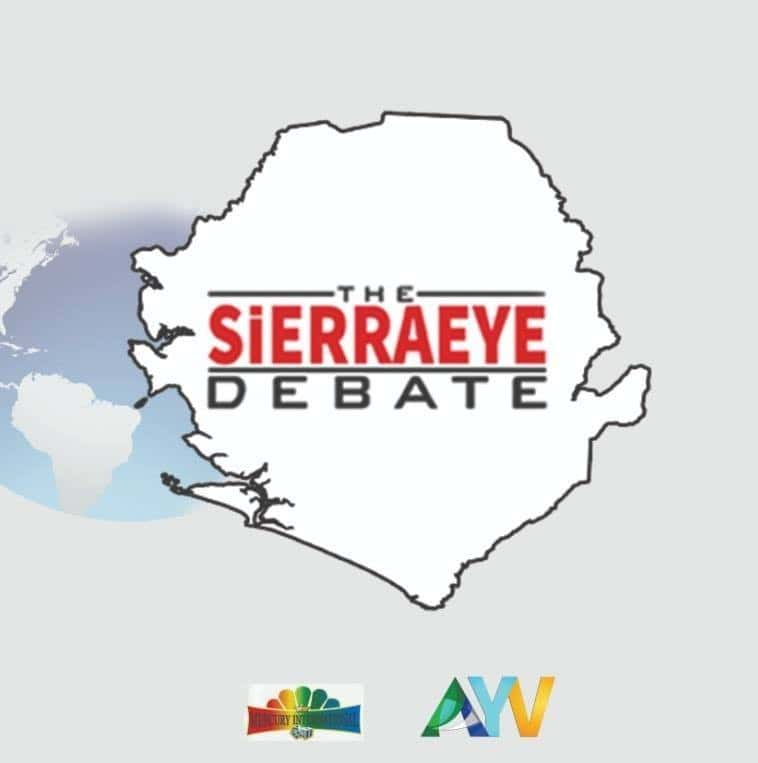 Magazine
Magazine
0.0
Sierraeye Magazine
In Western Area, Sierra Leone
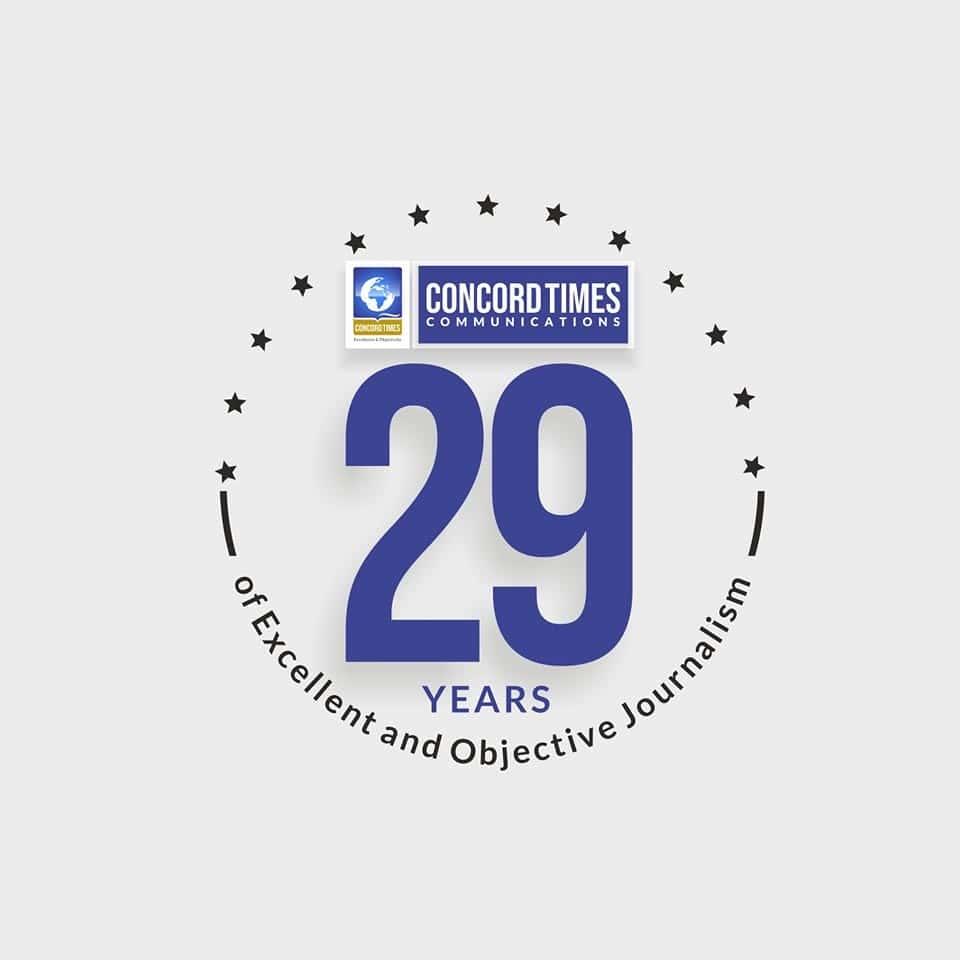 News
News
0.0
Concord Times Newspaper
In Freetown, Sierra Leone
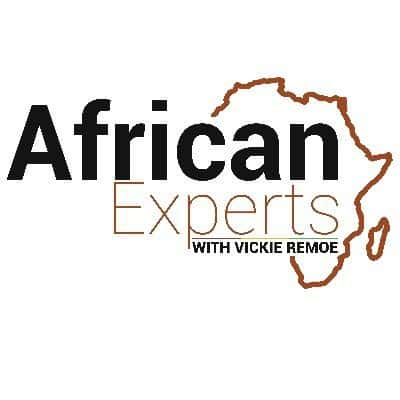 Television Show
Television Show
0.0
The African Experts Show
In Freetown, Sierra Leone
Transportation
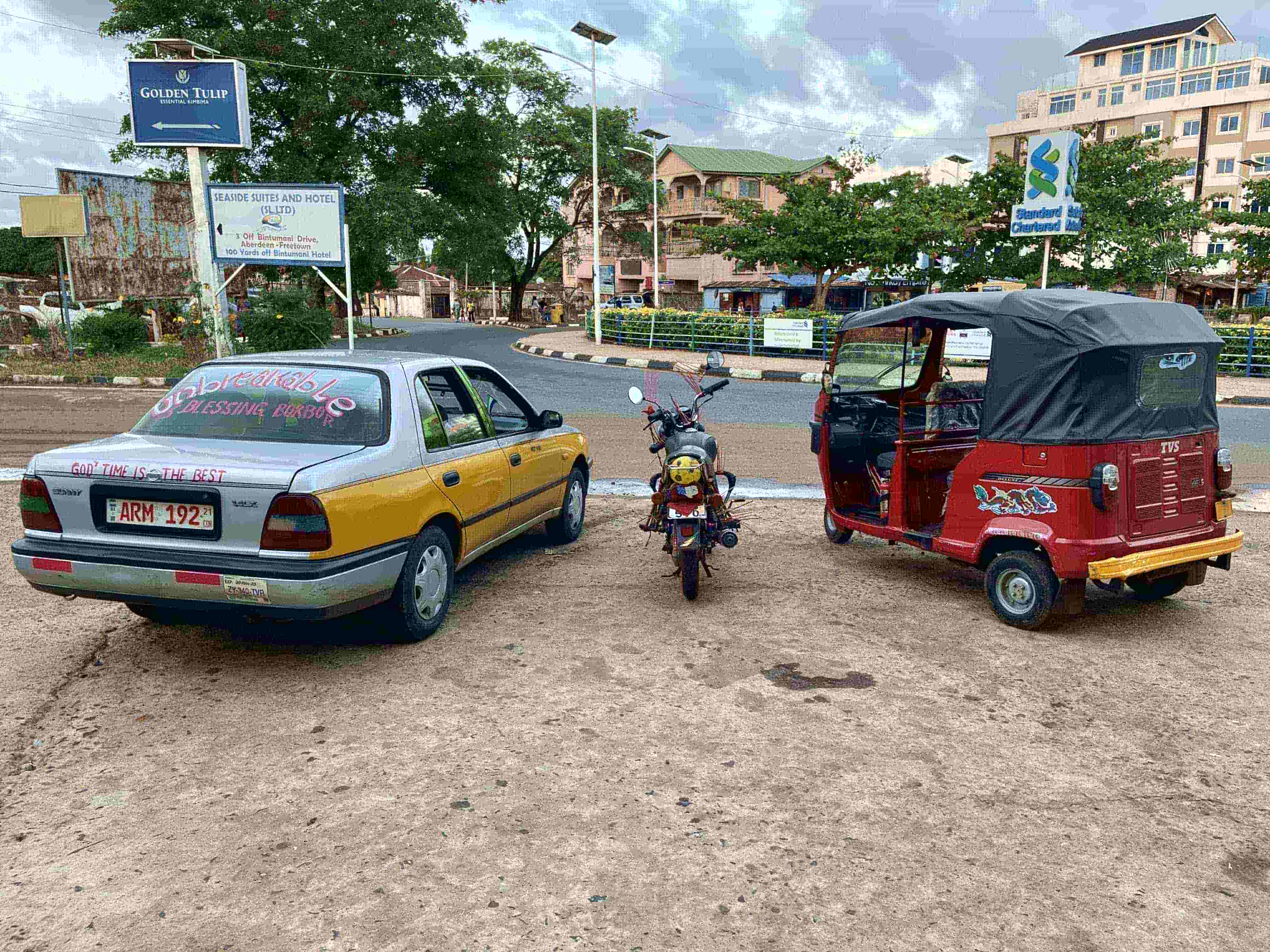
Getting around Freetown and Sierra Leone as a whole is super easy! There are a wealth of transportation options available for every budget and sense of adventure from private car rental services (equipped with personal drivers) to public transportation that includes mini-buses, shared taxis, motorized tricycles ("kekes"), and even motorbikes!
Below are options for moving your feet, in the Freetown streets! And in case you are short on time or energy, we've included some concierge and deliery services that can do the running around for you.
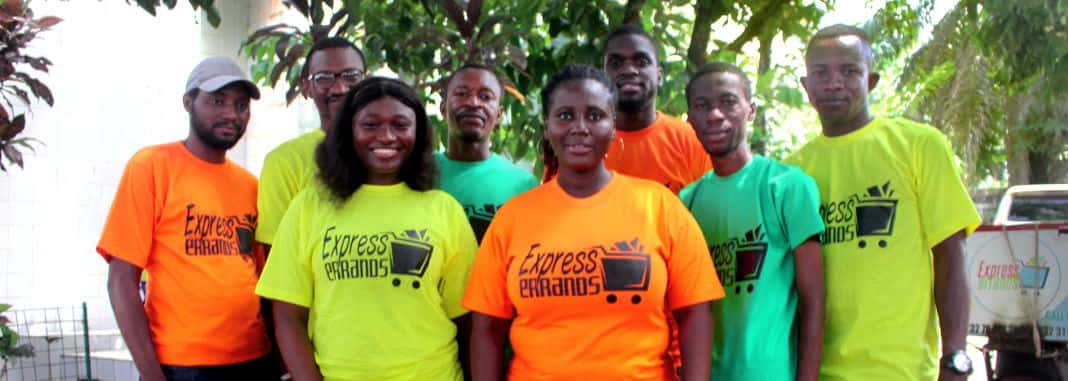 Food Delivery
Food Delivery
0.0
Xpress Errands
In Freetown, Sierra Leone
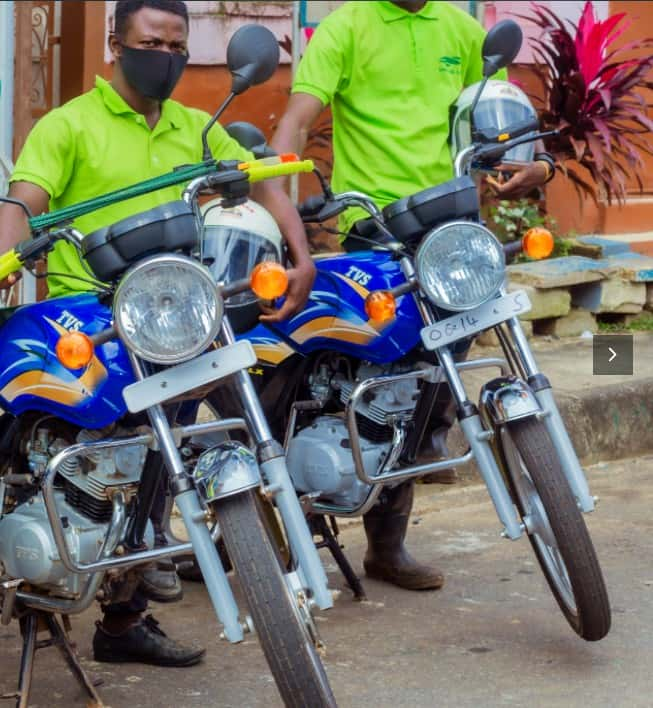 Food Delivery
Food Delivery
0.0
Unimax
In Freetown, Sierra Leone
0.0
Gracemon Car Rental
In Freetown, Sierra Leone
 Car and Vehicle Sales, Rental & Servicing
Car and Vehicle Sales, Rental & Servicing
0.0
Cerra Automotive
In Freetown, Sierra Leone
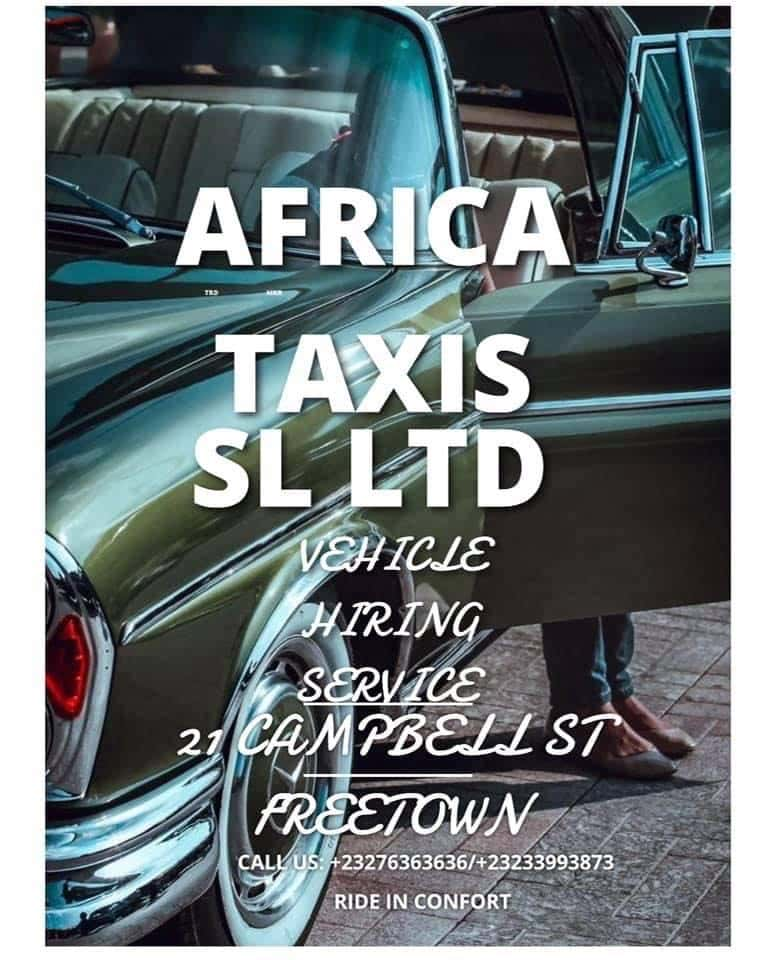 Taxi & Rideshare Service
Taxi & Rideshare Service
0.0
Africa Taxis
In Freetown, Sierra Leone
 Car and Vehicle Sales, Rental & Servicing
Car and Vehicle Sales, Rental & Servicing
0.0
Sabib Ventures
In Freetown, Sierra Leone
 Car and Vehicle Sales, Rental & Servicing
Car and Vehicle Sales, Rental & Servicing
0.0
VIP Car Rental at Lungi International Airport
In Freetown, Sierra Leone
Lodging
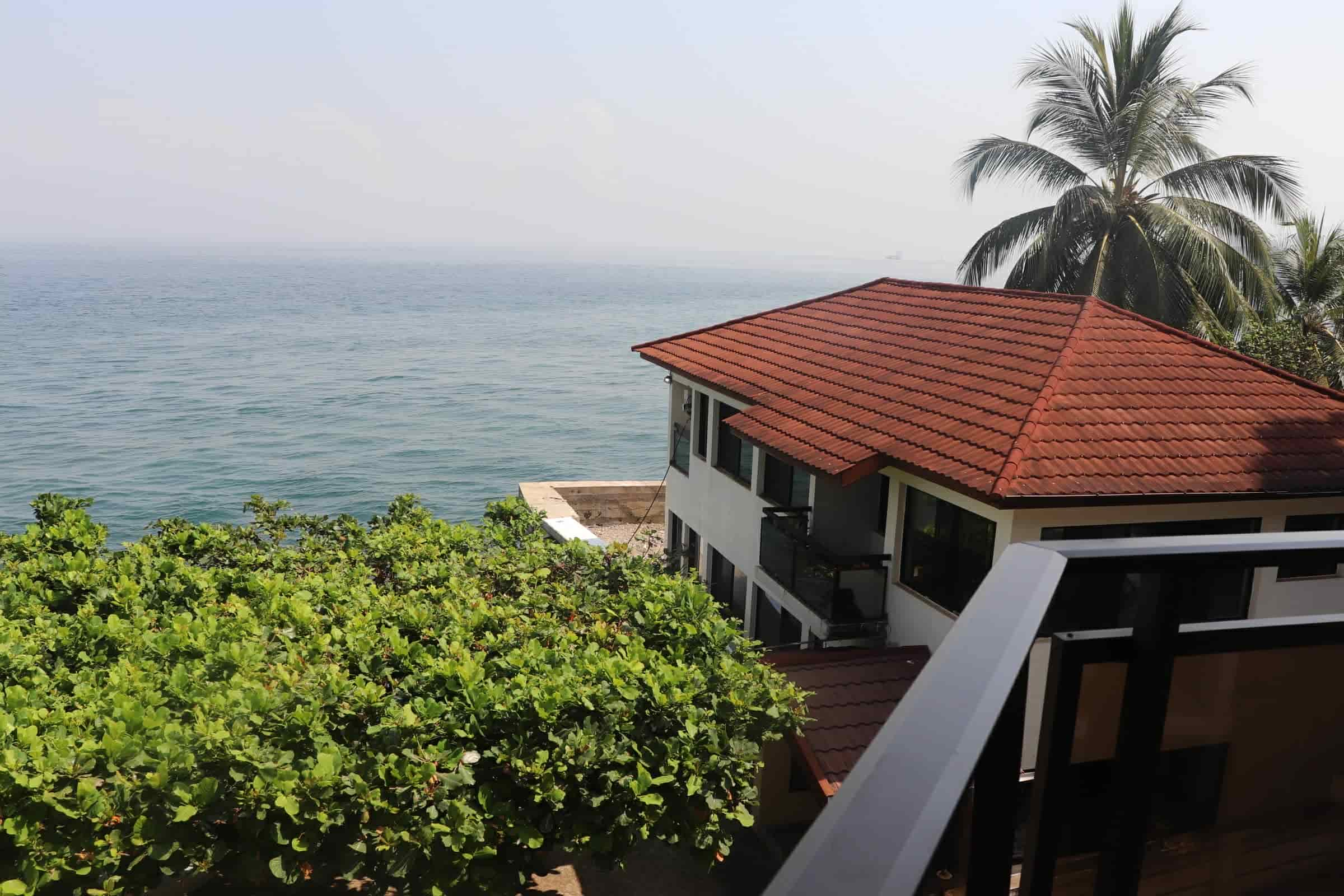
Finding your home away from home can be tough. As much as we all want ‘the brand new feel’ whilst on vacation, we also want to feel safe, comfortable and happy with where we lay our head to rest at night! It’s a good thing then, that Freetown is not only one of the safest national capital cities in the world, it’s also home to a growing hotel market where hospitality gurus, top chefs, and budding entertainment strategists are constantly pushing the boundaries.
Below are our favourite Freetownian accomodations for every wallet!
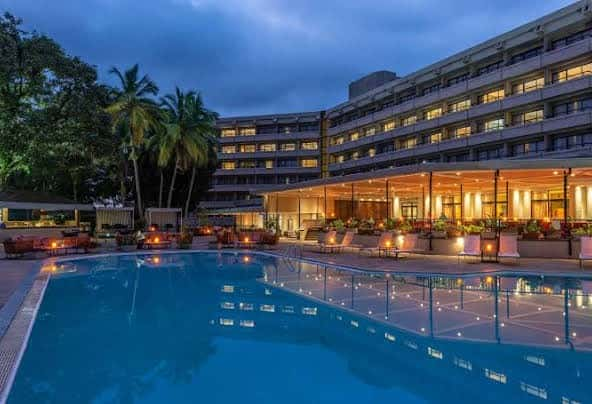 Hotel
Hotel
0.0
Radisson Blu Mammy Yoko Hotel
In Freetown, Sierra Leone
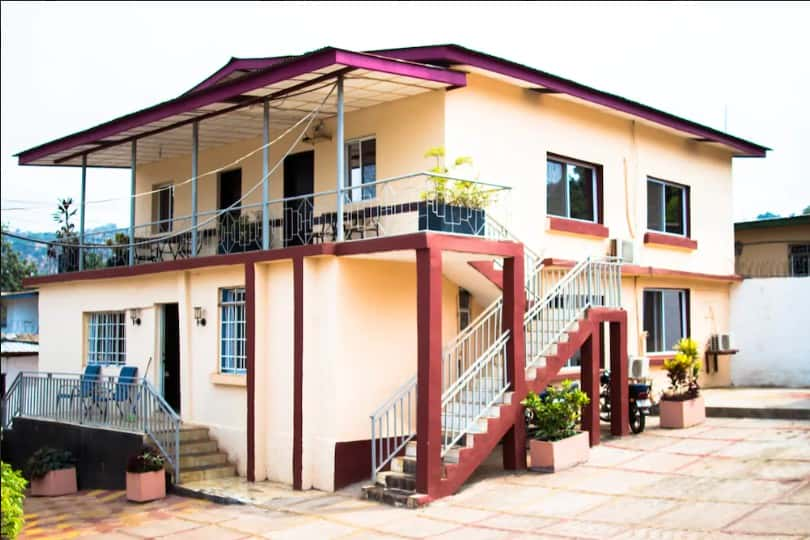 Hotel
Hotel
0.0
JAM Lodge Hotel
In Freetown, Sierra Leone
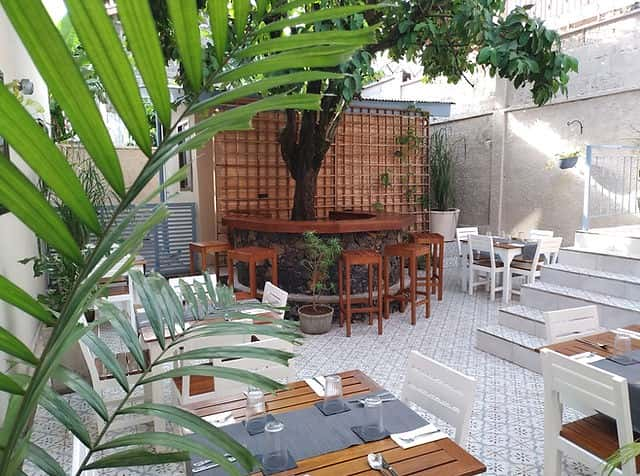 Bed & Breakfast
Bed & Breakfast
0.0
Cole Street Guest House
In Freetown, Sierra Leone
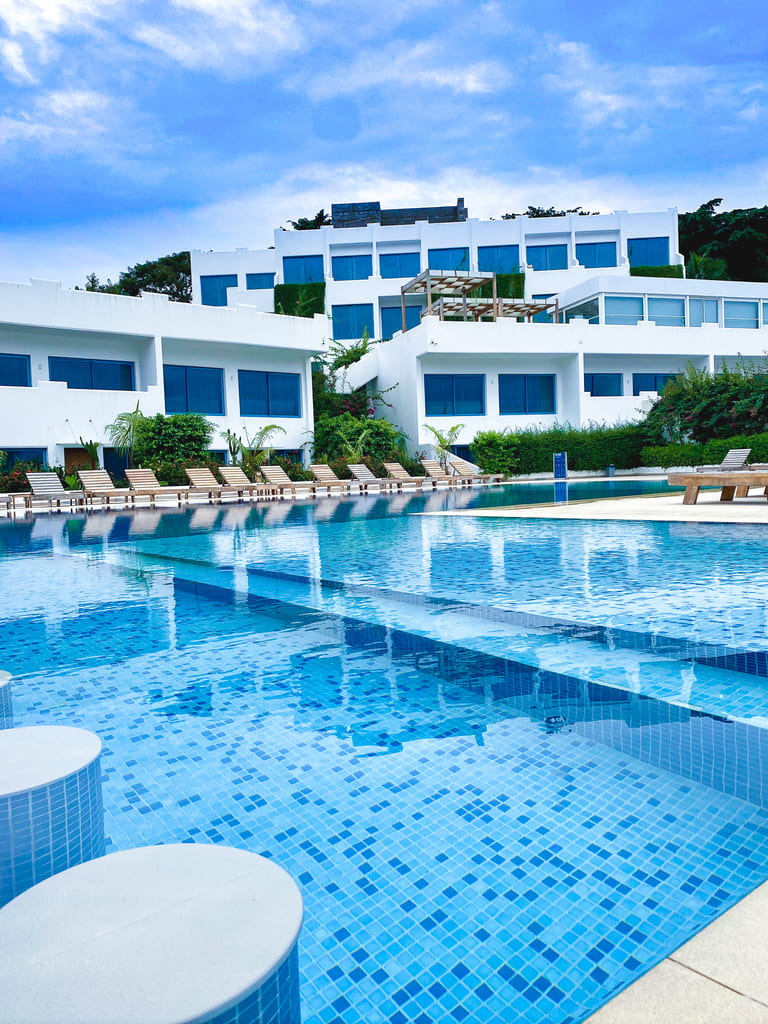 Hotel
Hotel
0.0
The Lead Hotel
In Freetown, Sierra Leone
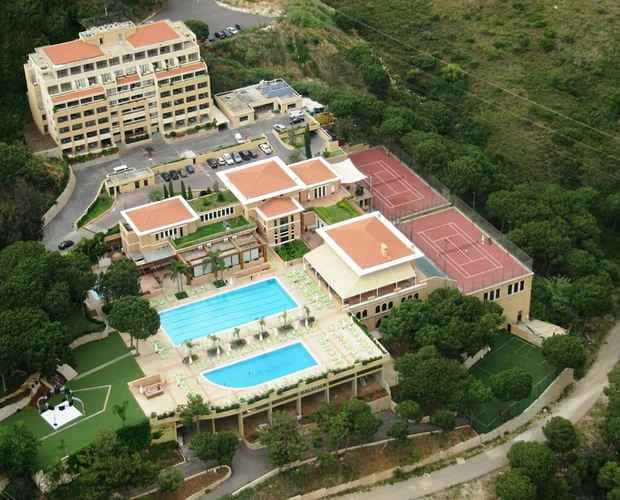 Hotel
Hotel
0.0
Country Lodge Hotel
In Freetown, Sierra Leone
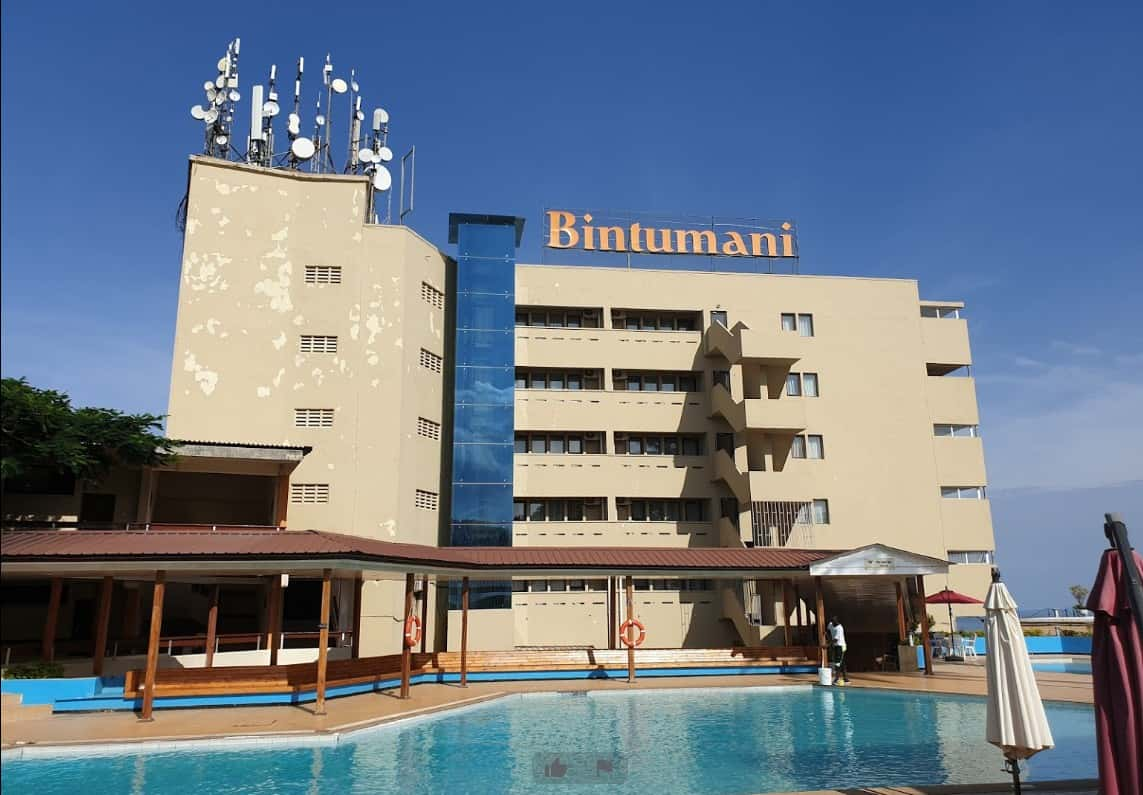 Hotel
Hotel
2.0
Bintumani Hotel
In Freetown, Sierra Leone
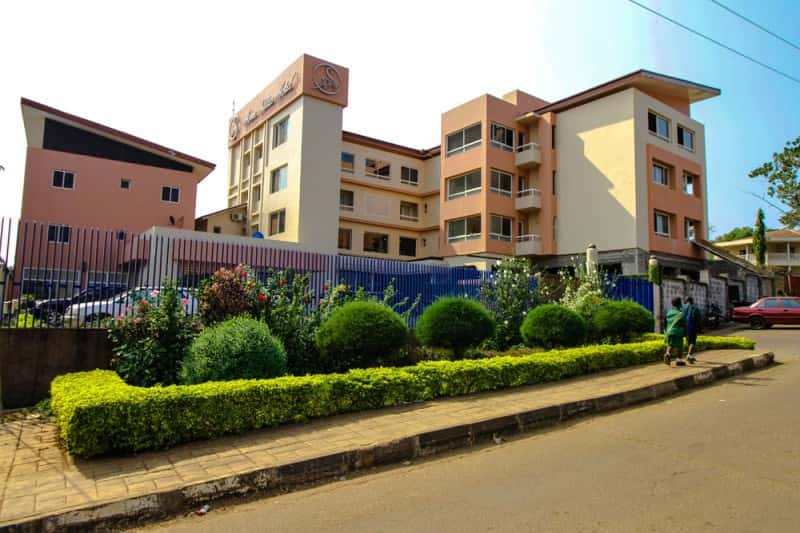 Hotel
Hotel
0.0
Home Suites Boutique Hotel
In Freetown, Sierra Leone
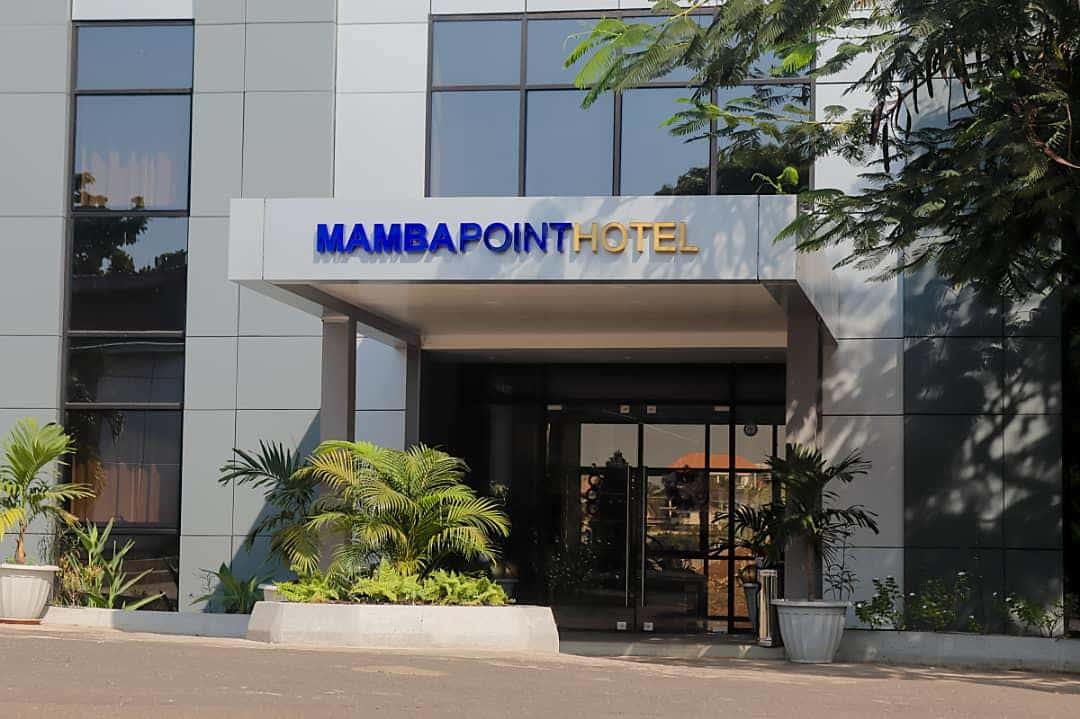 Hotel
Hotel
0.0
Mamba Point Hotel at Lagoonda Resort
In Freetown, Sierra Leone
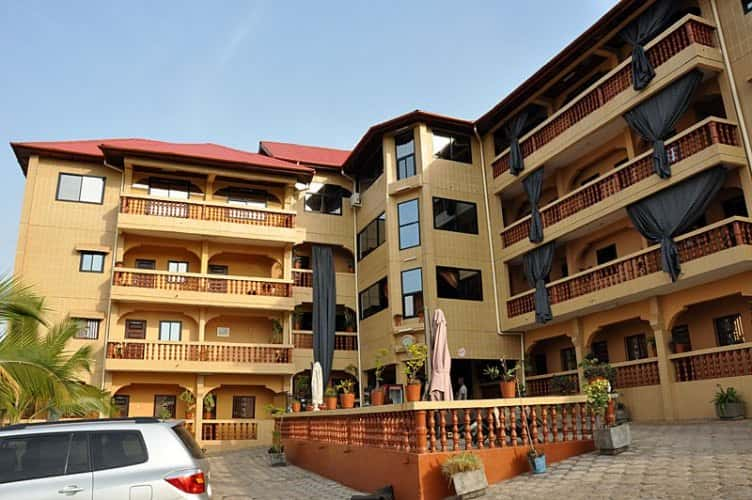 Hotel
Hotel
0.0
Seaside Suites and Hotel
In Freetown, Sierra Leone
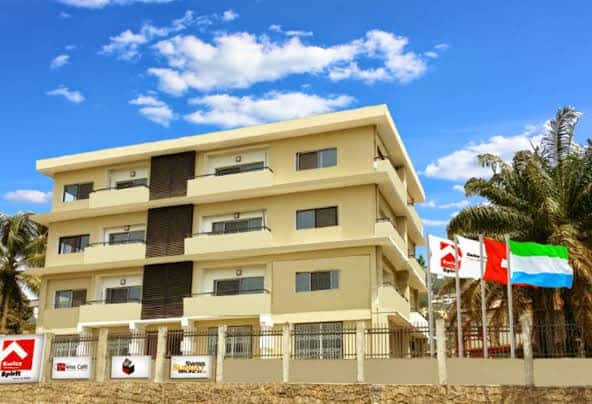 Hotel
Hotel
0.0
The Swiss Hotel
In Freetown, Sierra Leone
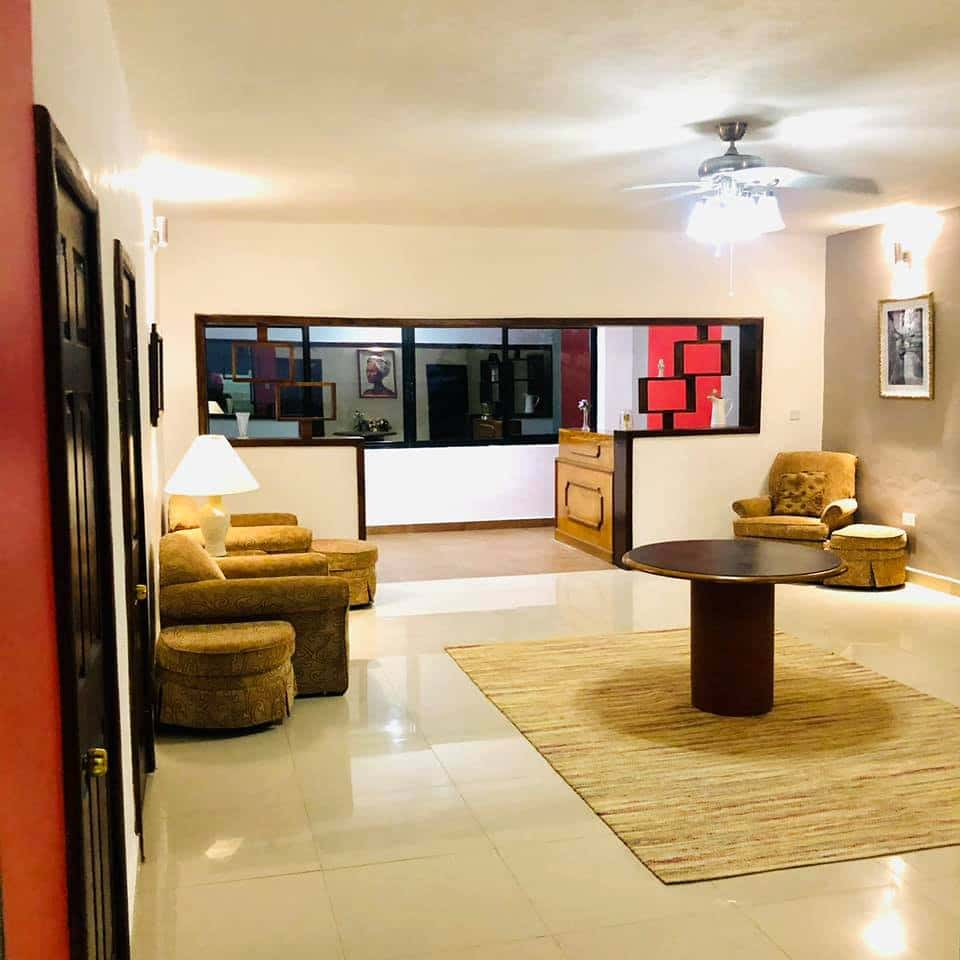 Hotel
Hotel
0.0
Ericson Lodge
In Freetown, Sierra Leone
 Hotel Resort
Hotel Resort
0.0
Zunox Guest House
In Freetown, Sierra Leone
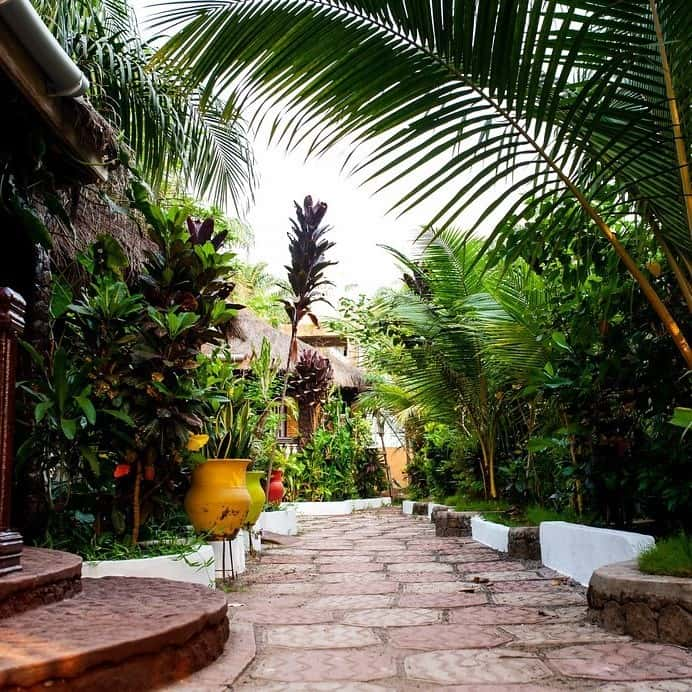 Hotel Resort
Hotel Resort
0.0
Tariq's Resort & Restaurant
In Western Area, Sierra Leone
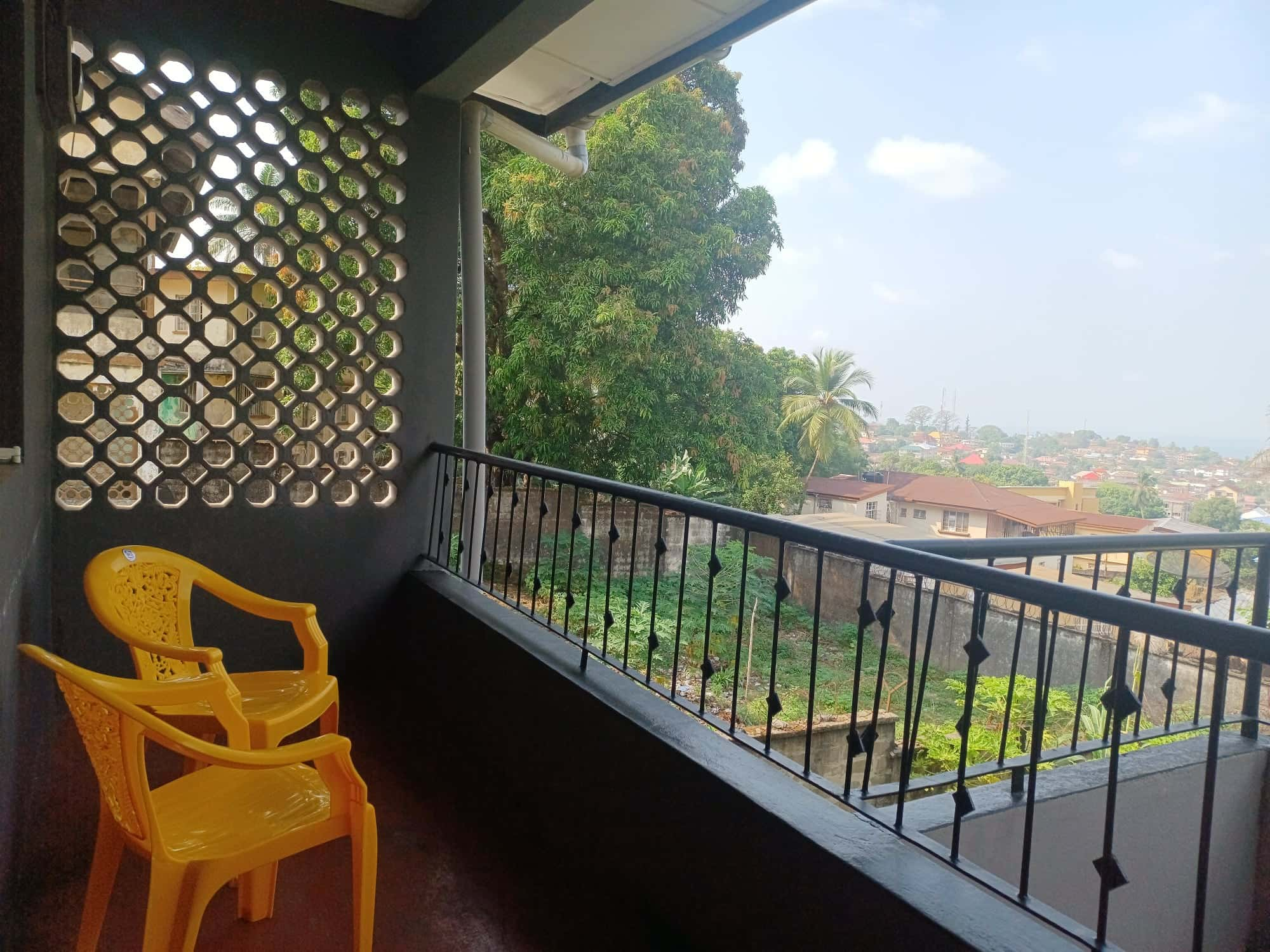 Bed & Breakfast
Bed & Breakfast
0.0
Babili Bed & Breakfast
In Freetown, Sierra Leone
 Apartments
Apartments
0.0
1-SL Shared Living
In Freetown, Sierra Leone
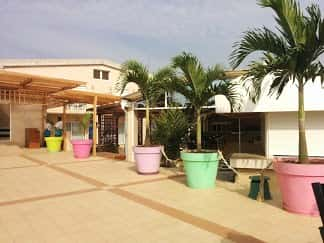 Hotel
Hotel
4.0
The Hub Hotel
In Freetown, Sierra Leone
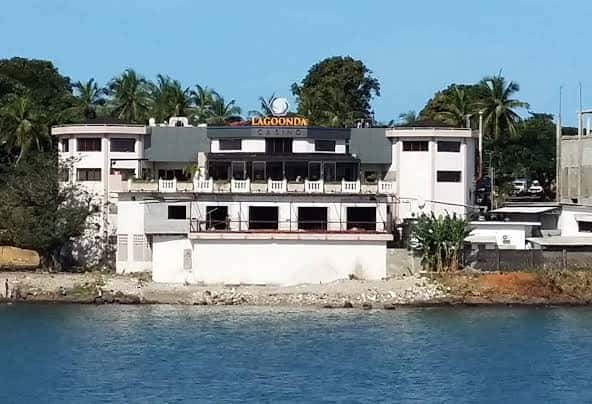 Hotel
Hotel
0.0
Sierra Lighthouse Hotel
In Freetown, Sierra Leone
Things to Do
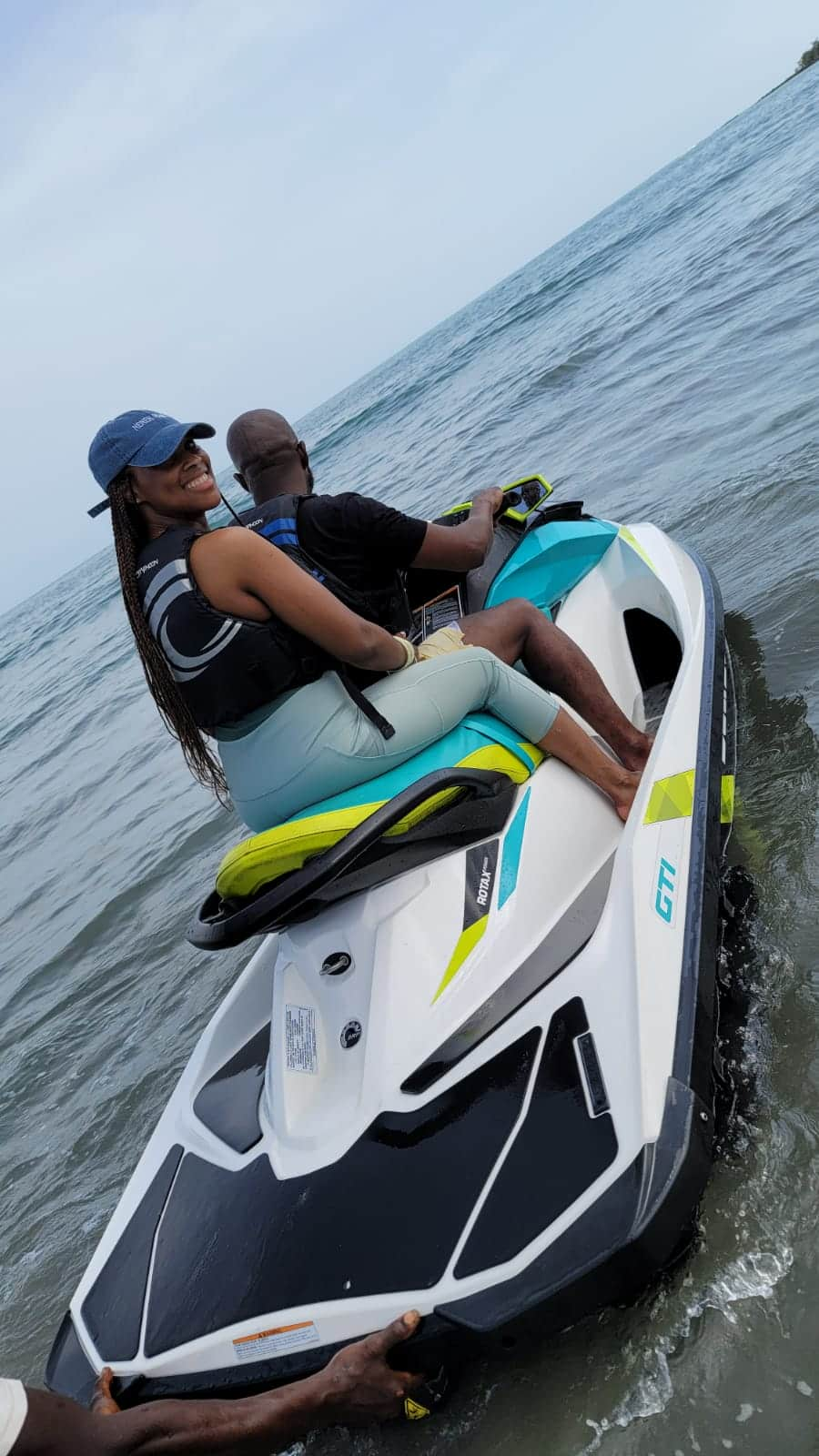
Freetown may be small in size and population – but there’s never a dull moment here, and you will definitely never run out of things to do! As a coastal and trade port city, with one of the world’s most gorgeous topographies – it’s local attractions include breathtaking views at the highest elevations, pristine waterfalls, a natural chimpanzee reserve, numeros islands waiting to be explored, and museums commemorating the rich and diverse history of the city.
Check out our exclusive list of Freetown’s local attractions and most exciting activities! You heard it here!
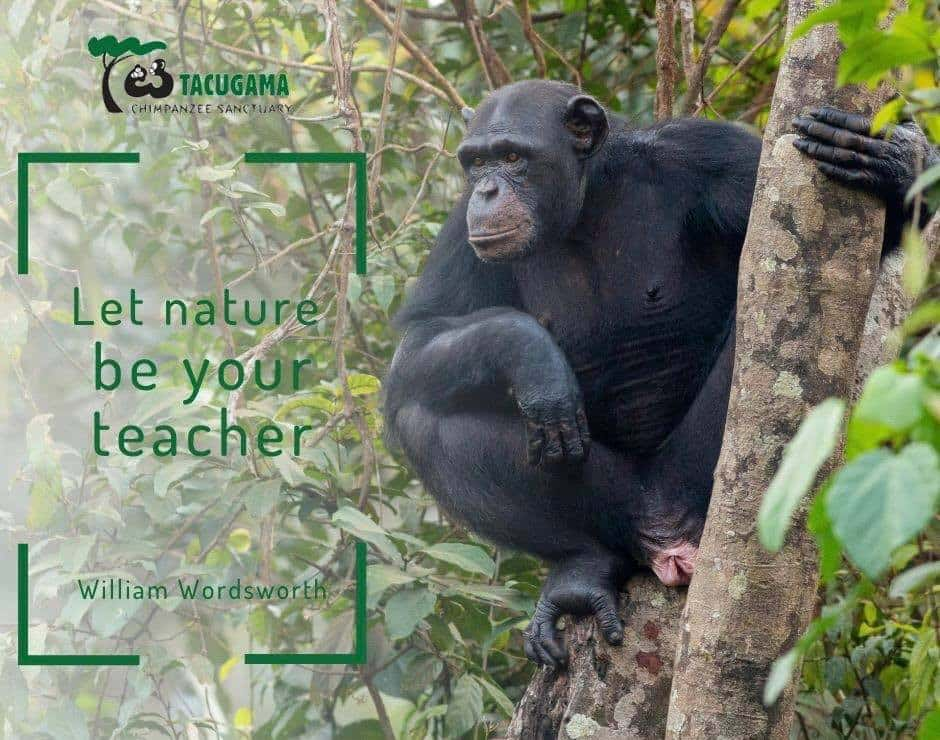 Wildlife Sanctuary
Wildlife Sanctuary
0.0
Tacugama Chimpanzee Sanctuary
In Freetown, Sierra Leone
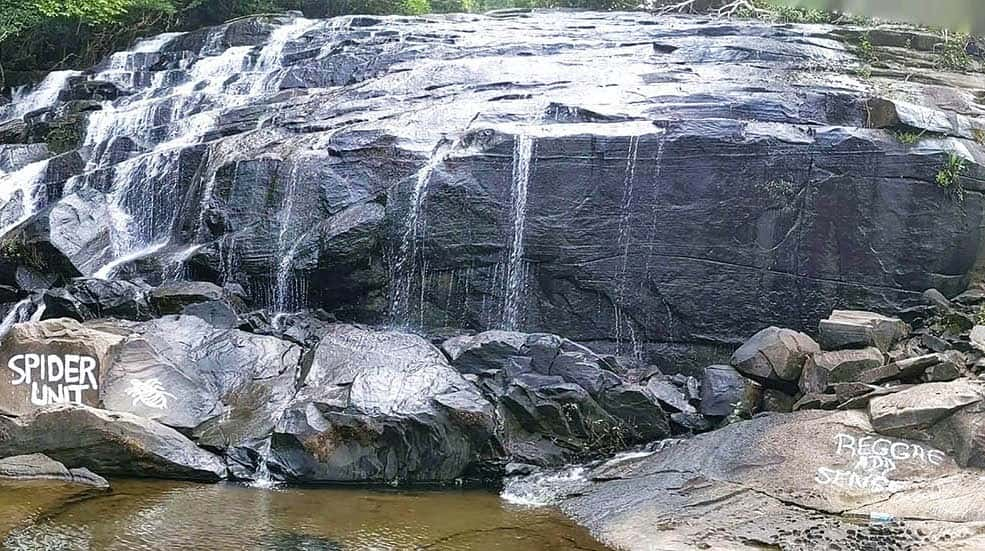 Waterfall
Waterfall
0.0
Mambo Waterfall
In Freetown, Sierra Leone
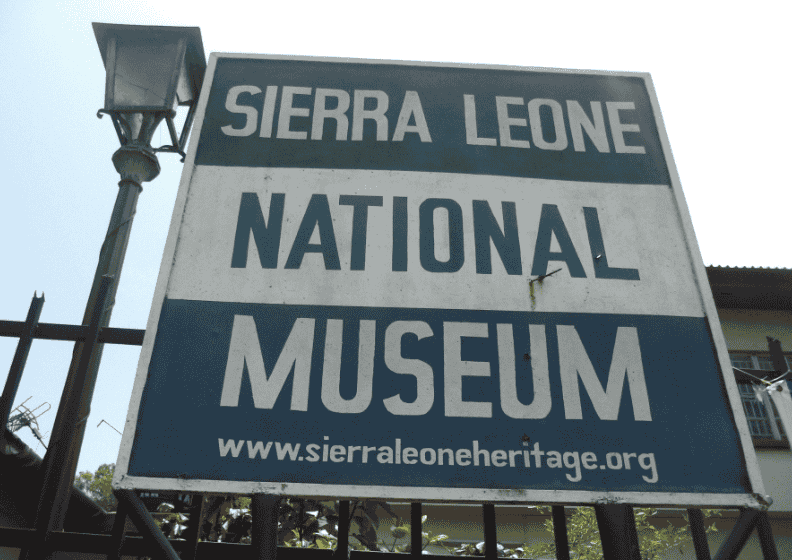 Museum
Museum
0.0
Sierra Leone National Museum
In Freetown, Sierra Leone
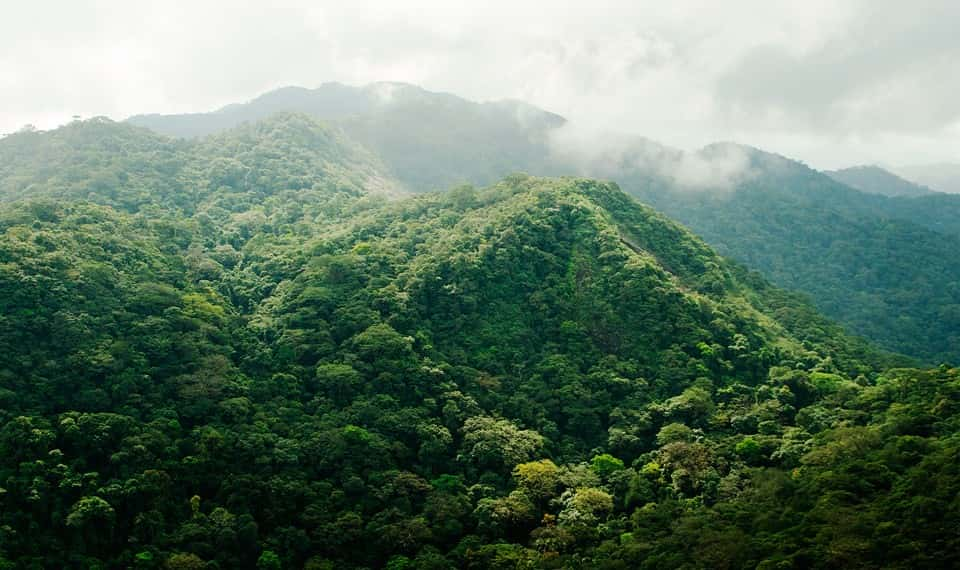 Mountain
Mountain
0.0
Sugar Loaf Mountain
In Freetown, Sierra Leone
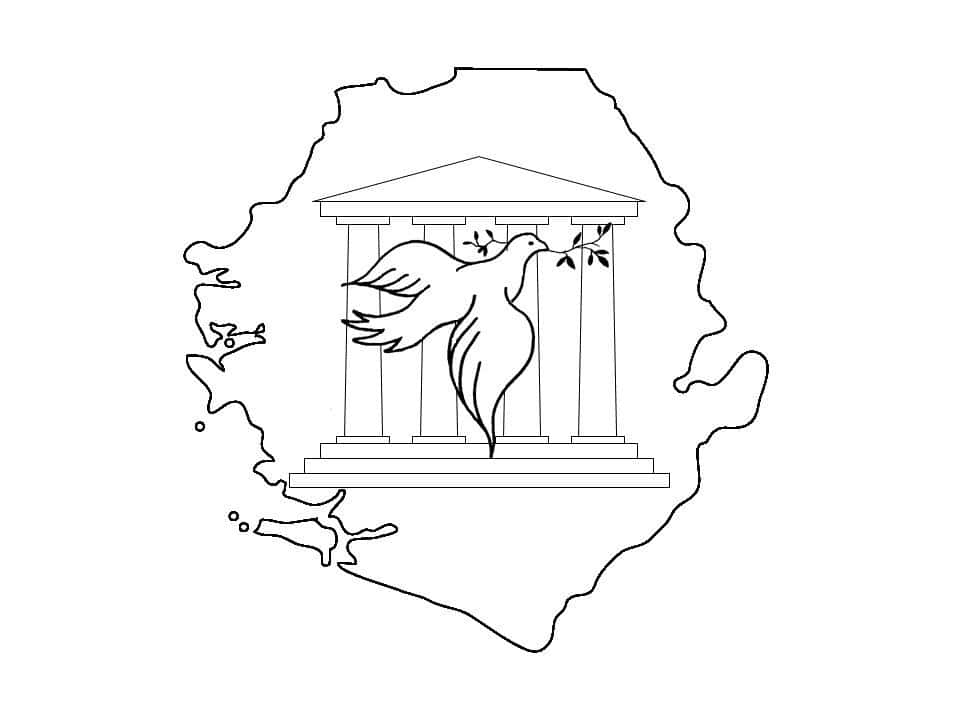 Museum
Museum
0.0
Sierra Leone Peace Museum
In Freetown, Sierra Leone
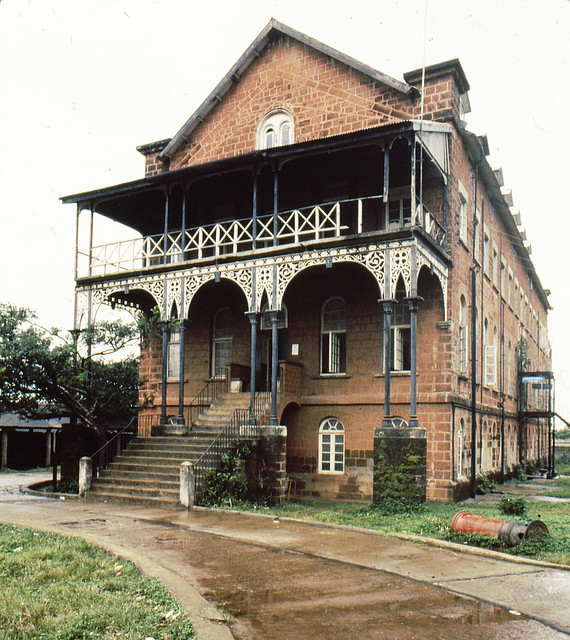 College
College
0.0
Fourah Bay College
In Freetown, Sierra Leone
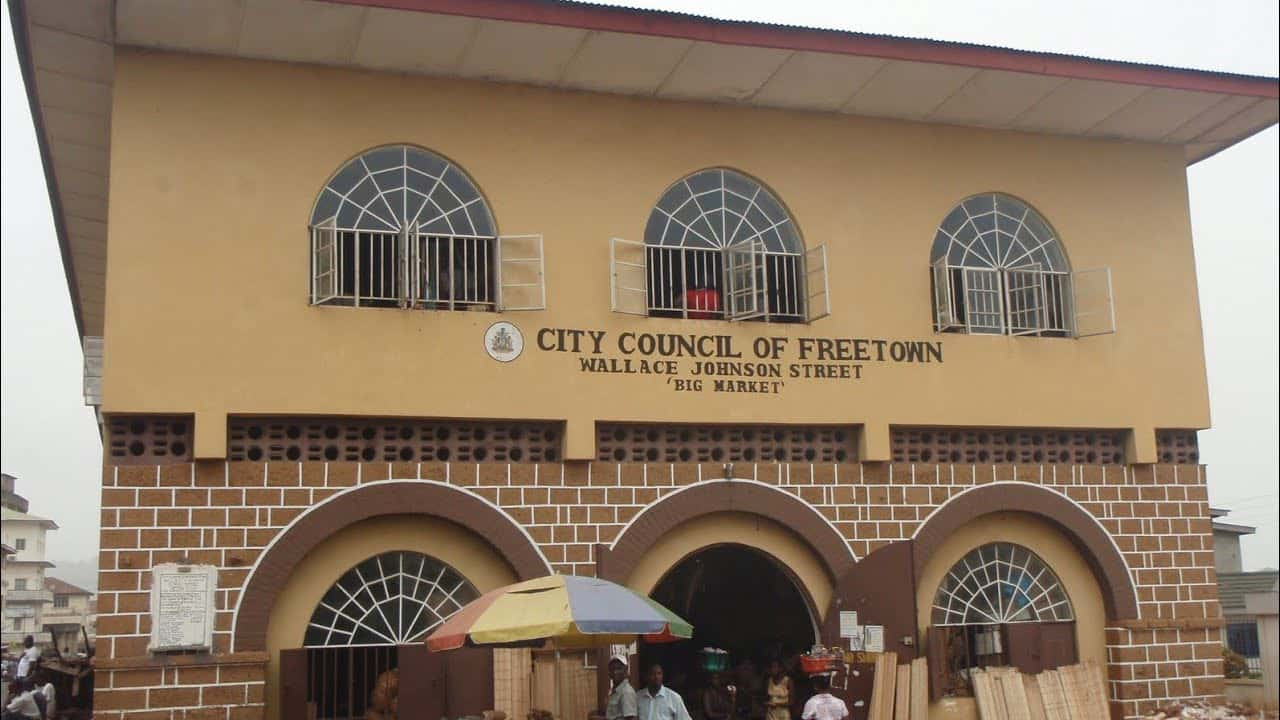 Market
Market
0.0
Big Markit
In Freetown, Sierra Leone
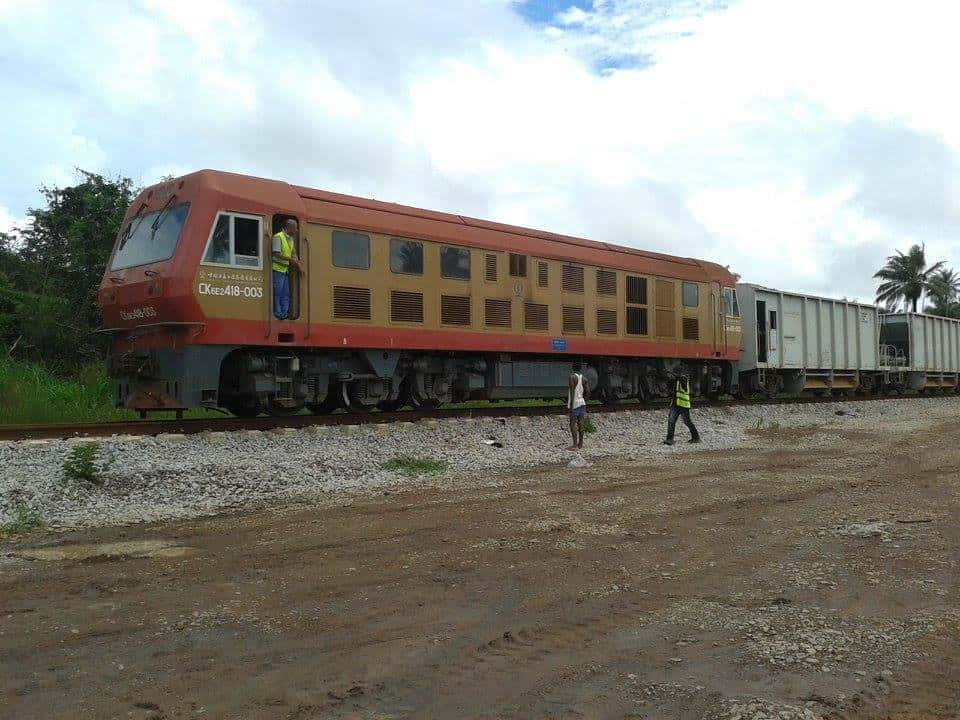 Museum
Museum
0.0
Sierra Leone National Railway Museum
In Freetown, Sierra Leone
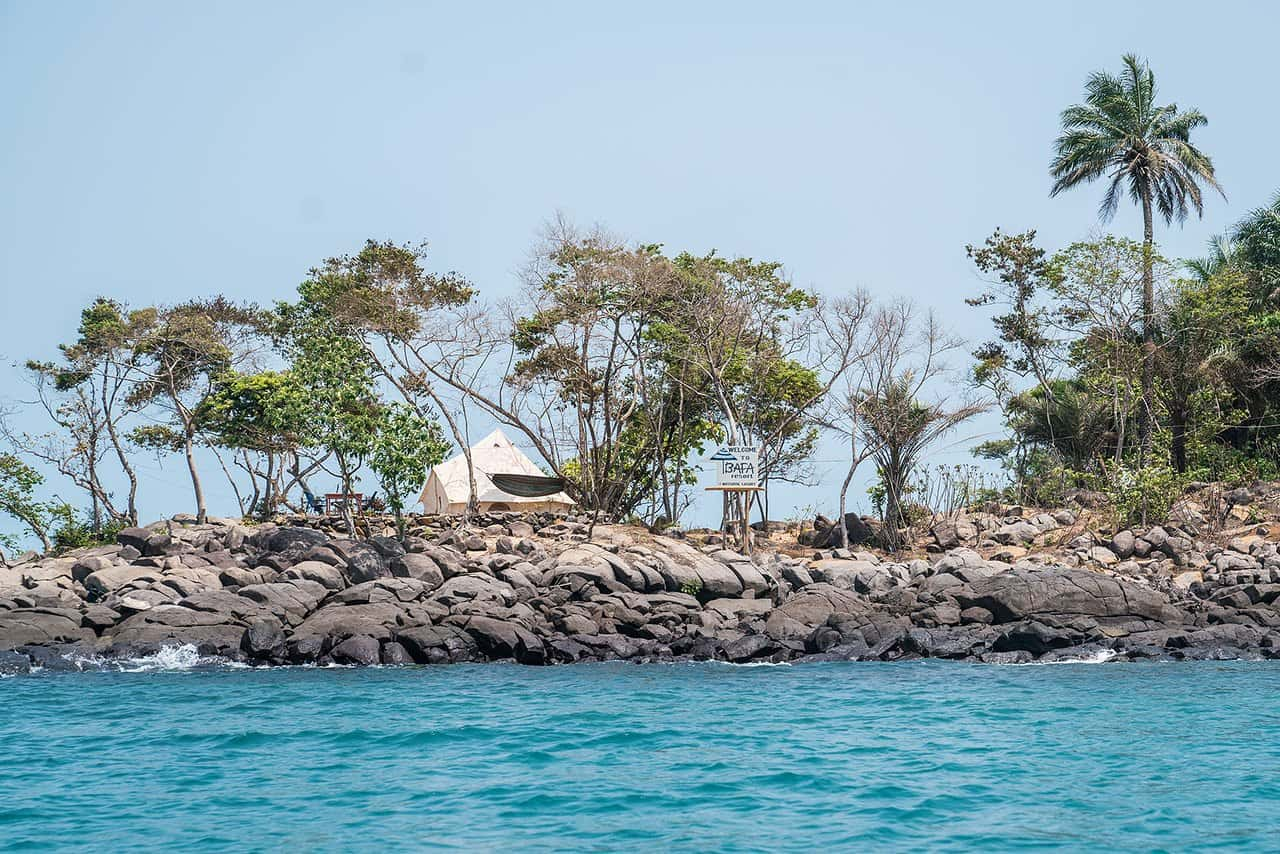 Island
Island
4.0
Banana Island
In Western Area, Sierra Leone
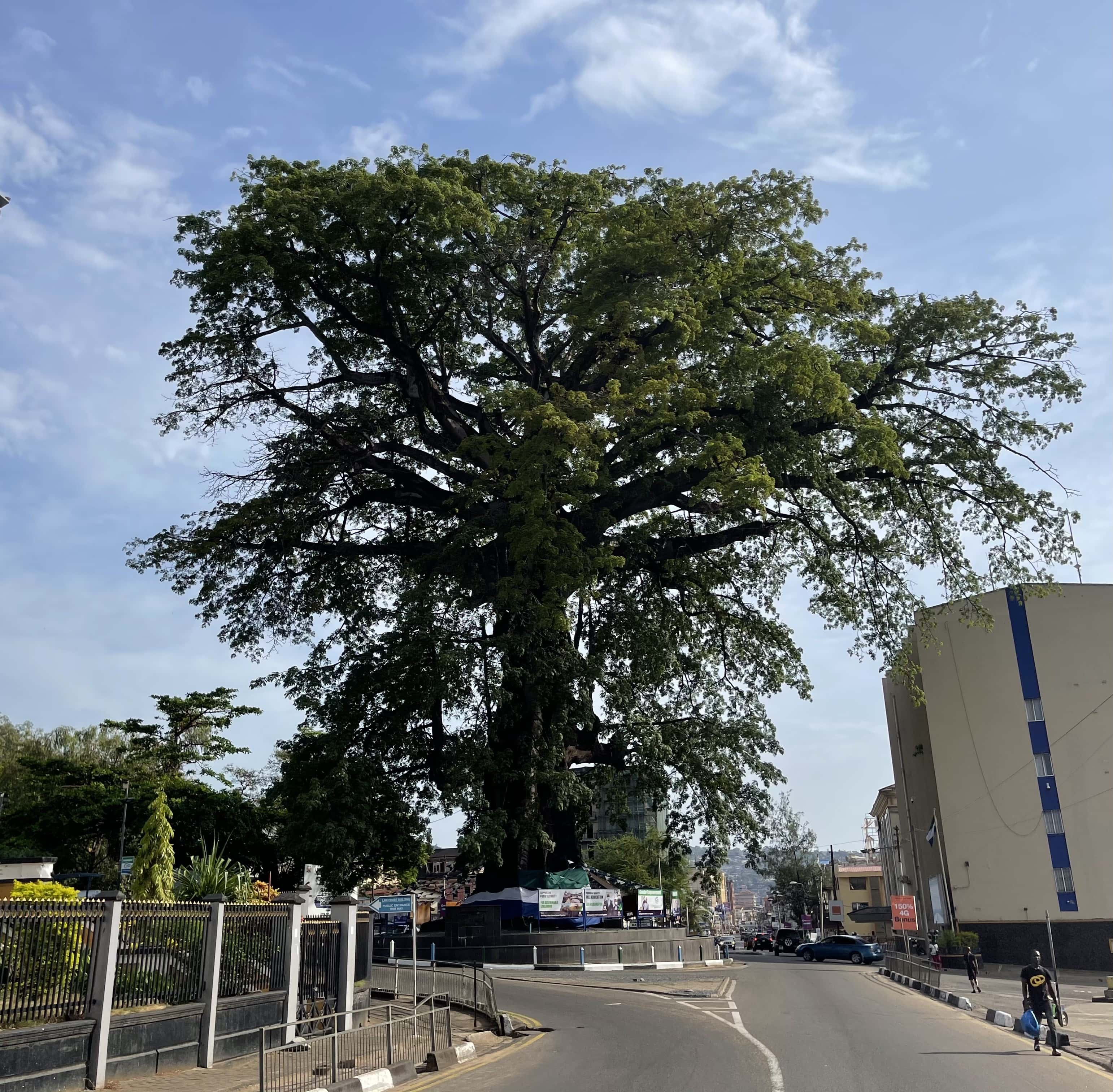 Public Square
Public Square
0.0
Cotton Tree
In Freetown, Sierra Leone
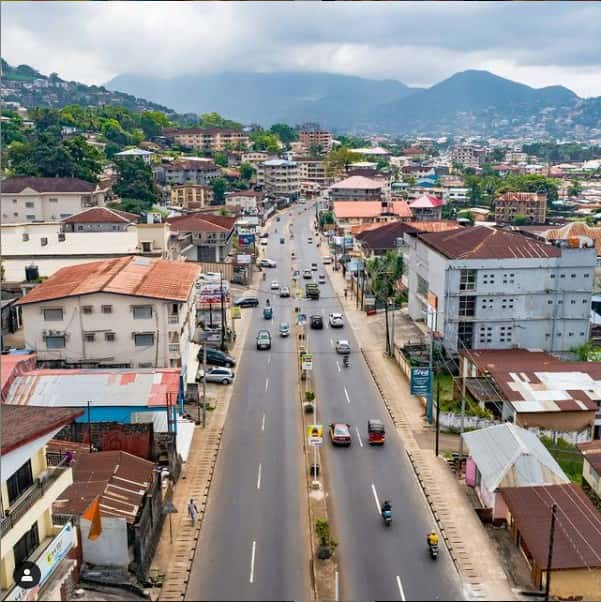 Travel Agency
Travel Agency
0.0
Hello Sierra Leone (HSL)
In Freetown, Sierra Leone
 Travel Agency
Travel Agency
5.0
Visit Sierra Leone (VSL)
In Freetown, Sierra Leone
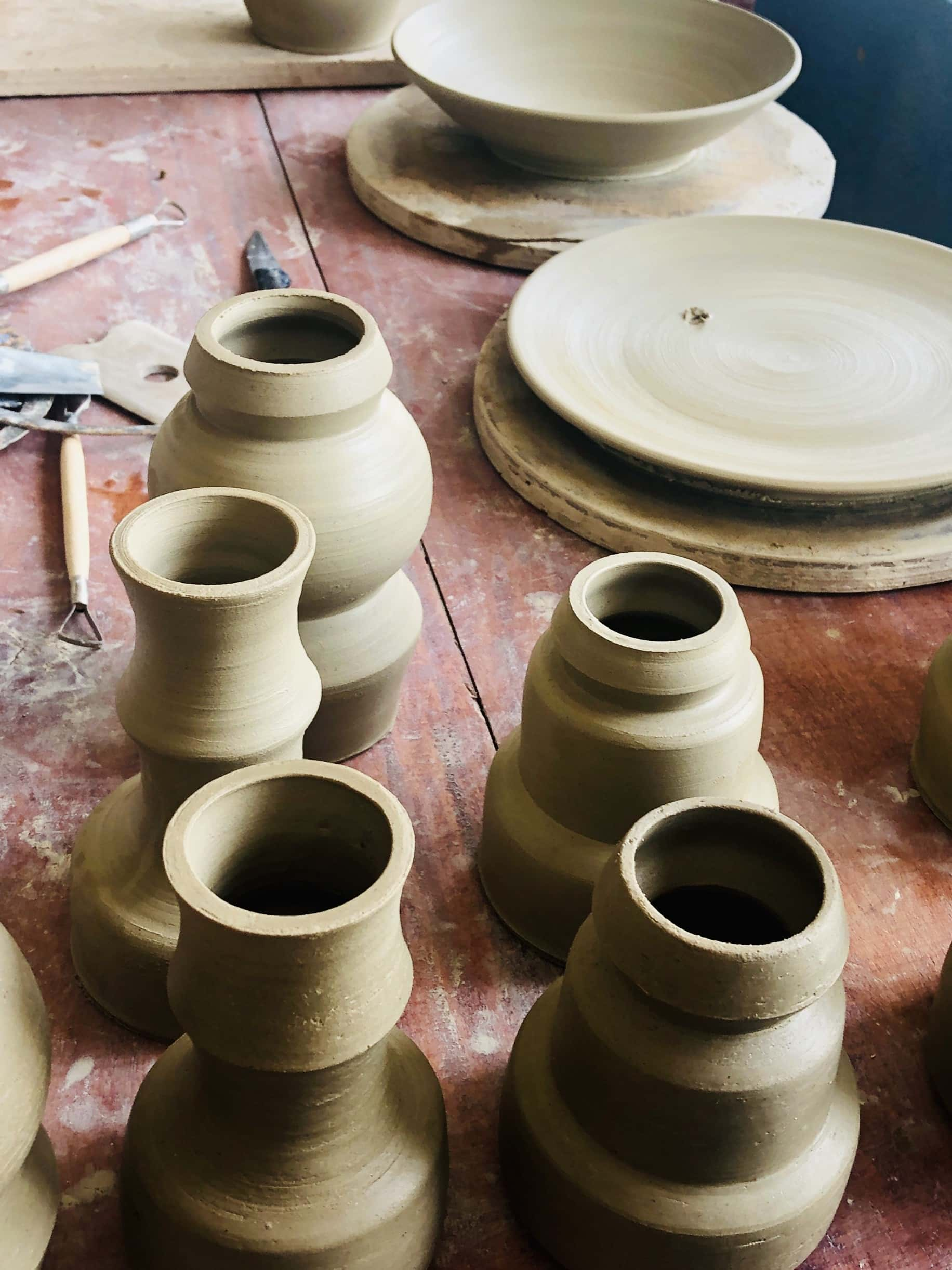 Art Studio
Art Studio
0.0
Lettie Stuart Pottery
In Freetown, Sierra Leone
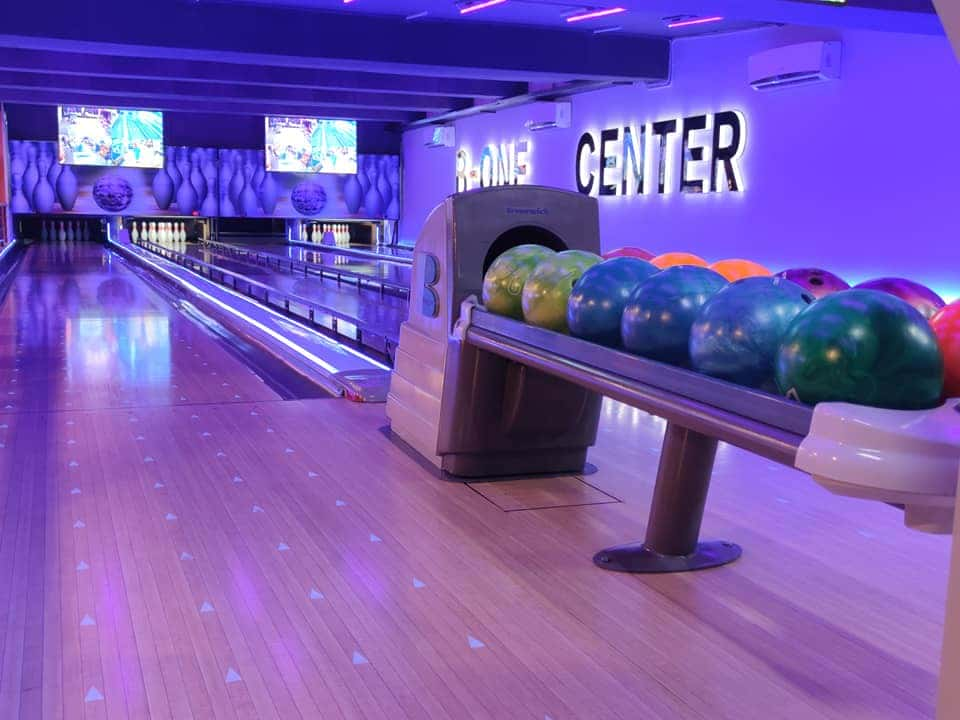 Arcade & Games
Arcade & Games
5.0
Cinebox at Lagoonda Resort
In Freetown, Sierra Leone
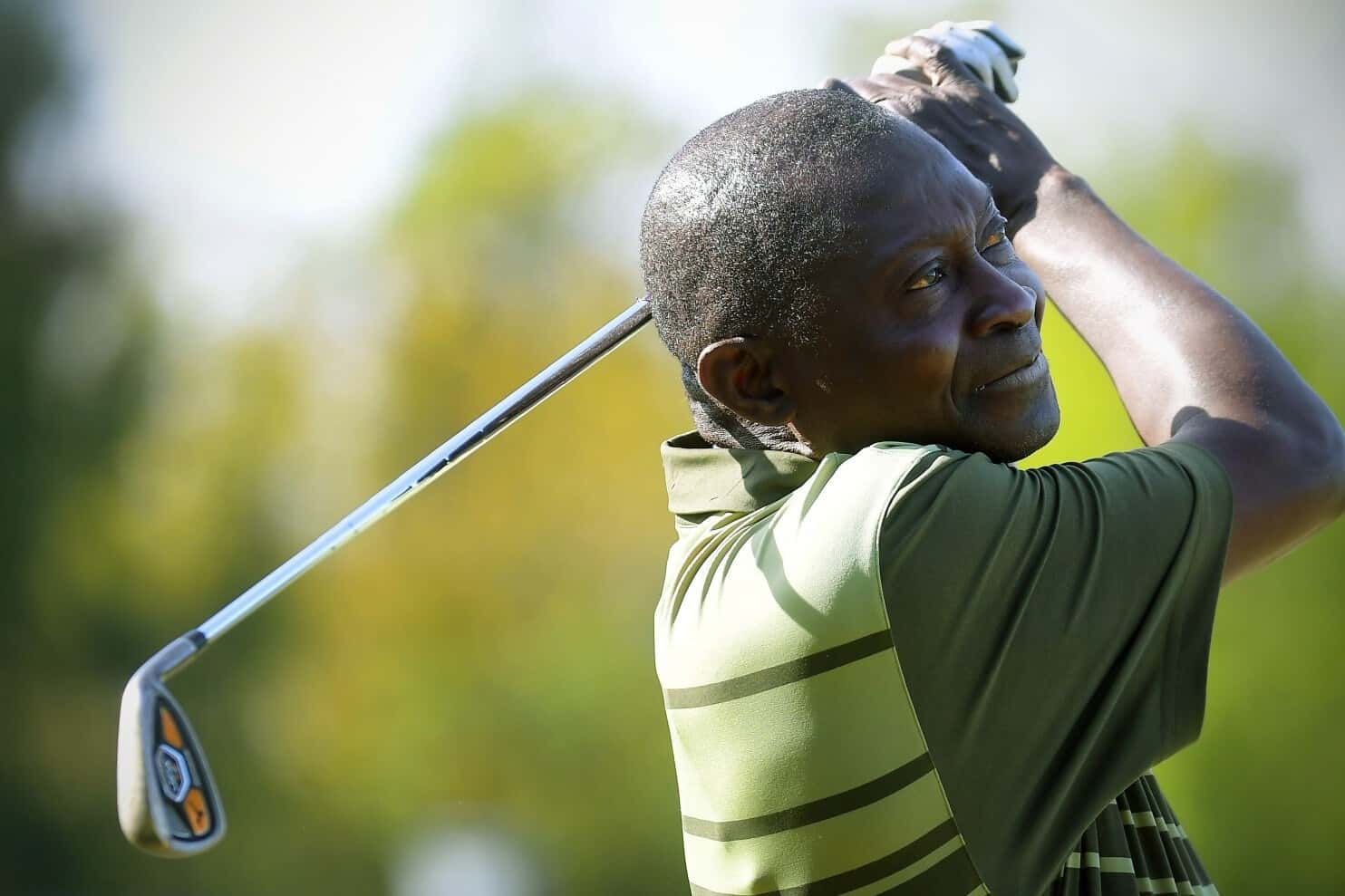 Golf
Golf
0.0
Freetown Golf Club
In Freetown, Sierra Leone
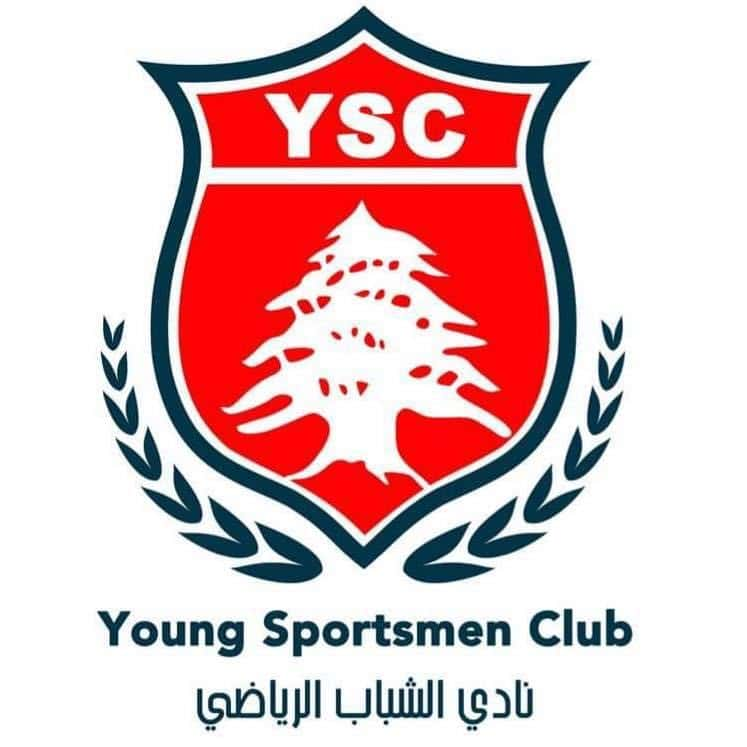 Sports Complex
Sports Complex
0.0
Young Sportsmen Club (YSC)
In Freetown, Sierra Leone
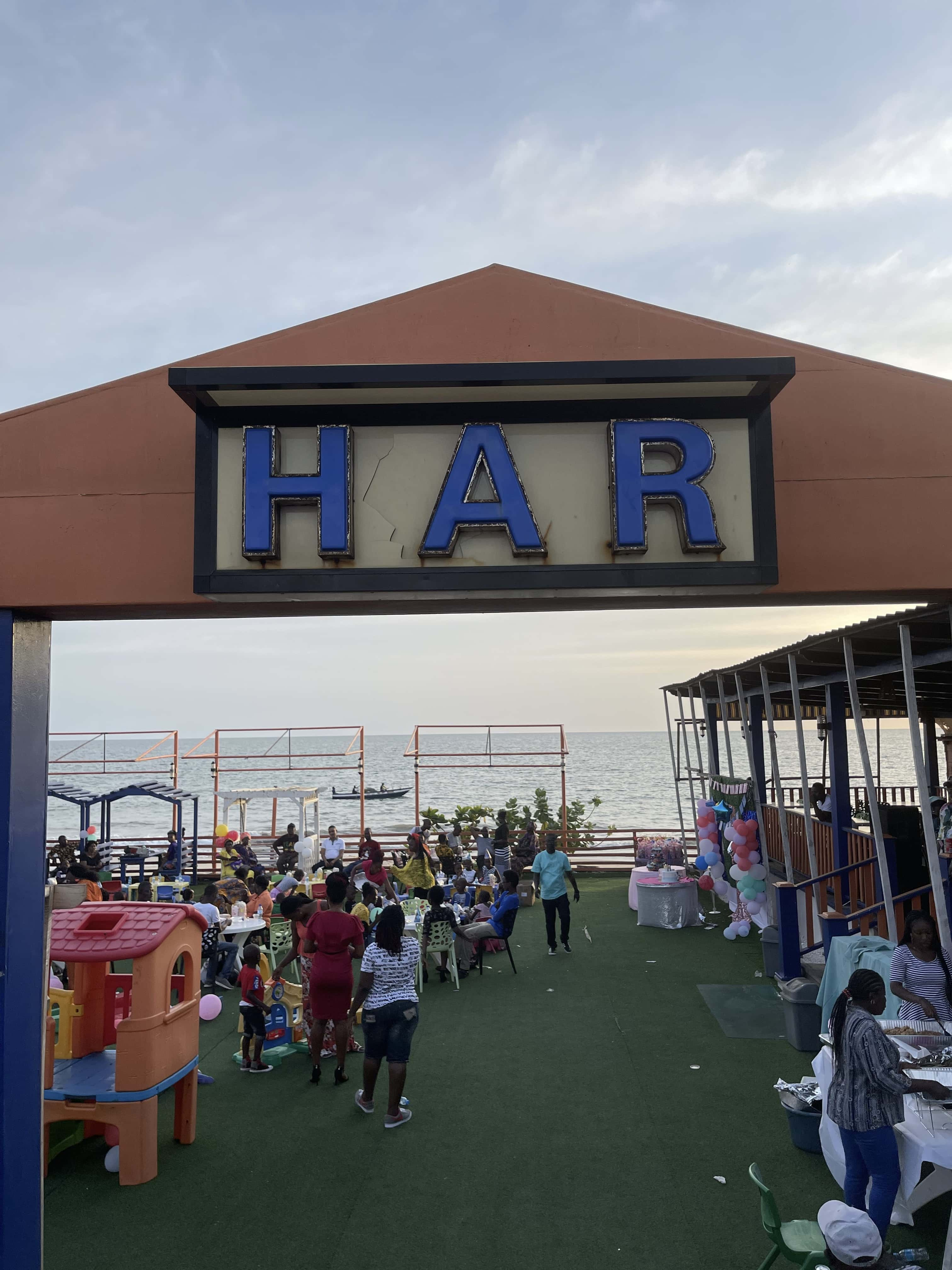 Children's Entertainment
Children's Entertainment
0.0
Har Kids Zone & Restaurant
In Freetown, Sierra Leone
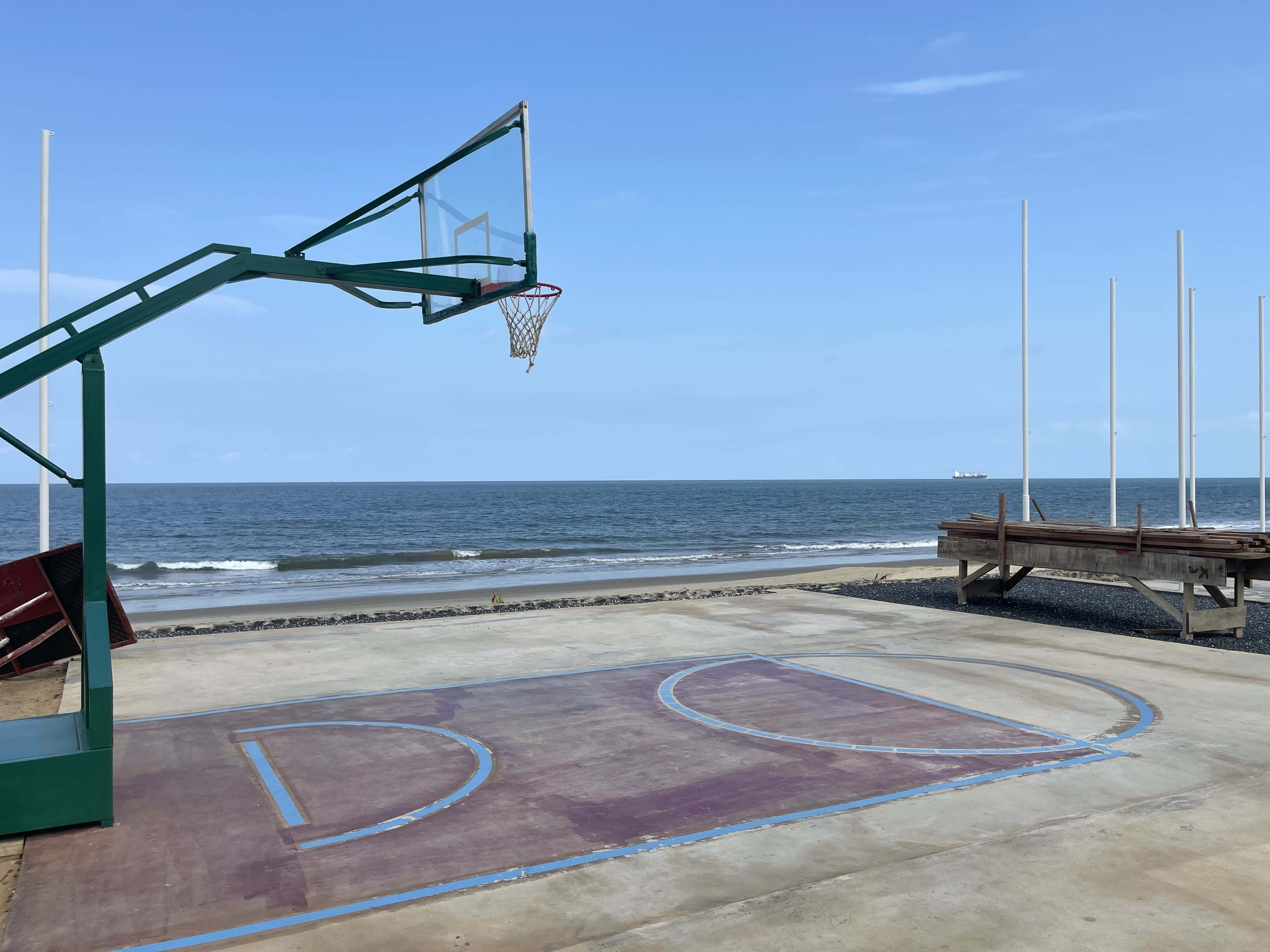 Basketball
Basketball
0.0
Lumley Beach Basketball Court
In Freetown, Sierra Leone
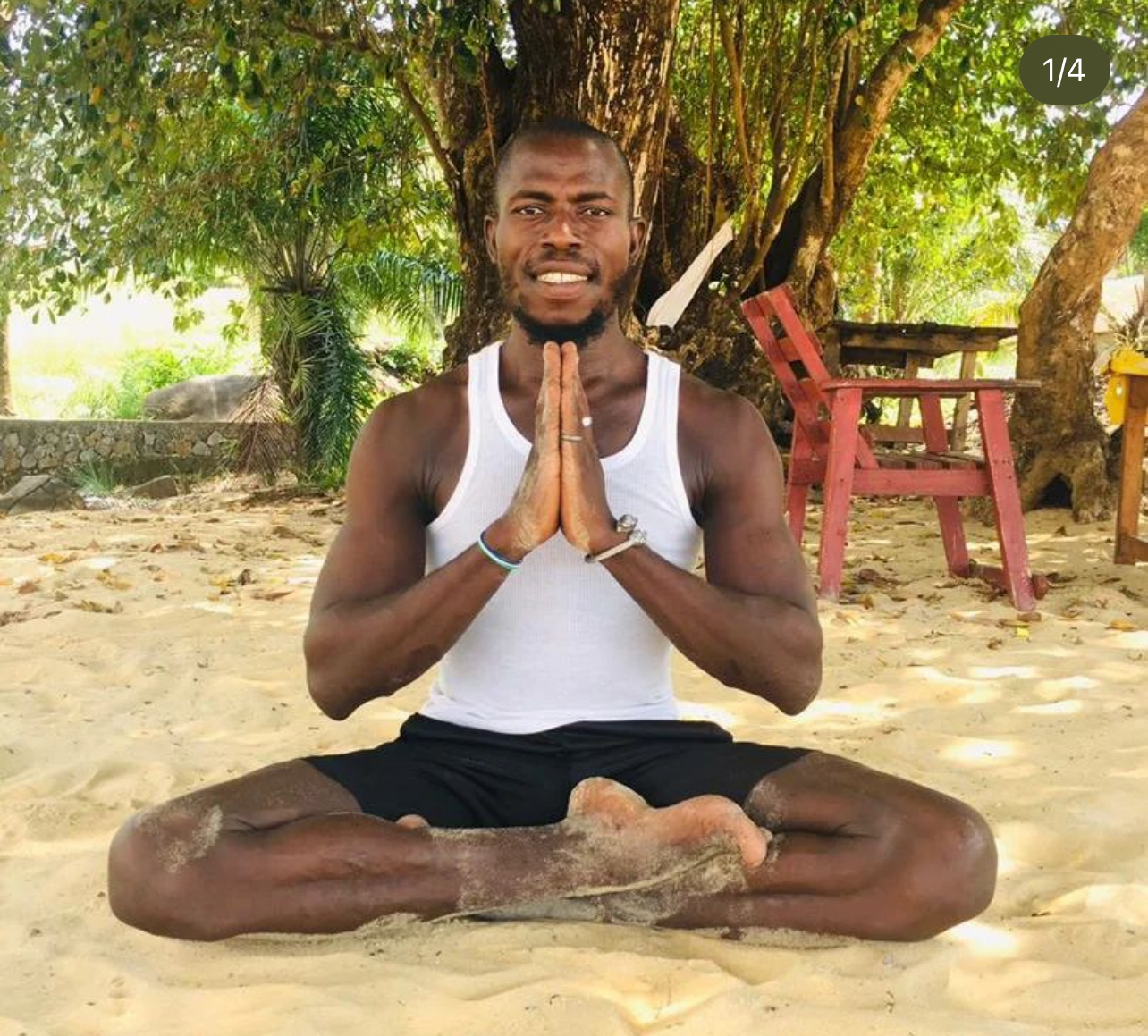 Yoga
Yoga
0.0
Yoga with Edward
In Freetown, Sierra Leone
 Concert Festival
Concert Festival
5.0
ECOFEST
In Freetown, Sierra Leone
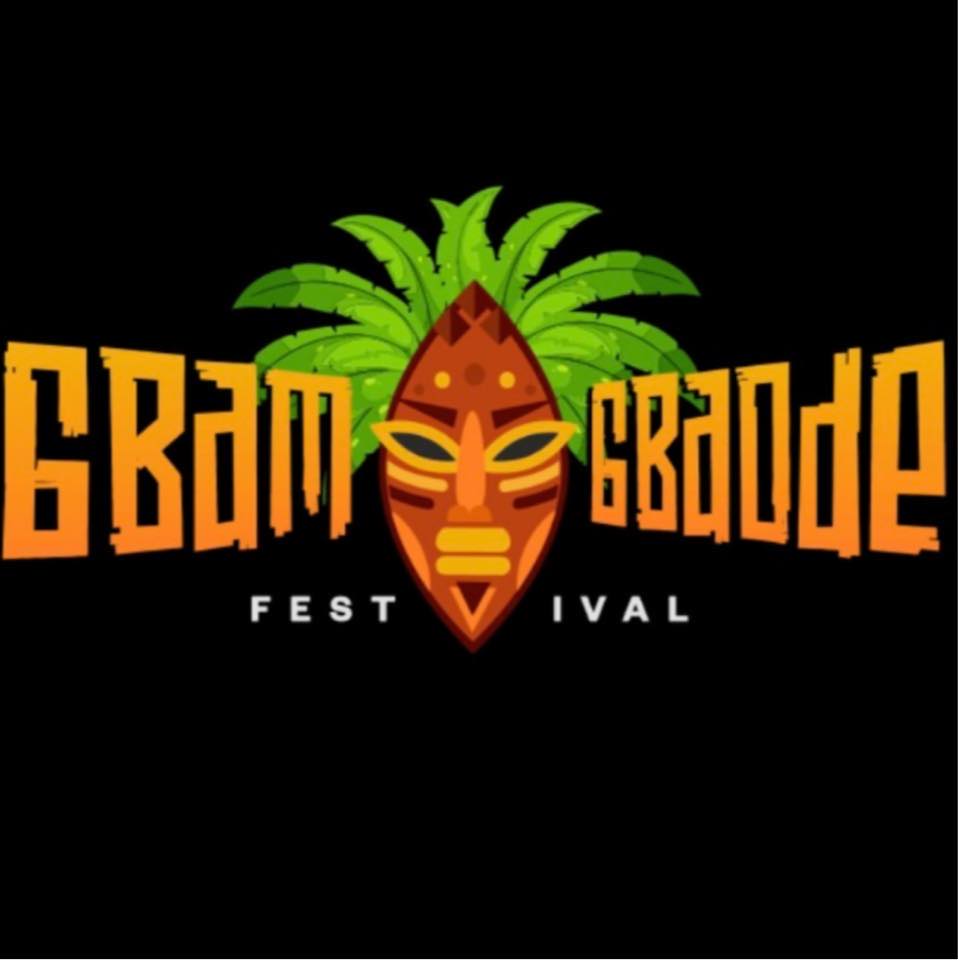 Concert Festival
Concert Festival
5.0
Gbamgbaode
In Freetown, Sierra Leone
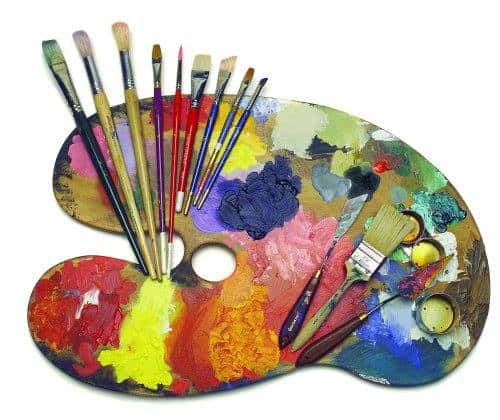 Art Collective
Art Collective
0.0
The Barray - Contemporary Visual Artists’ Alliance
In Freetown, Sierra Leone
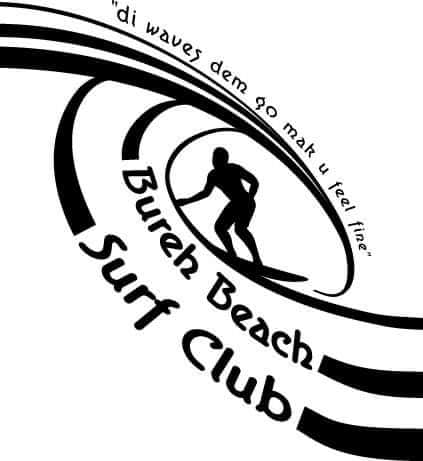 Watersports
Watersports
0.0
Bureh Beach Surf Club
In Freetown, Sierra Leone
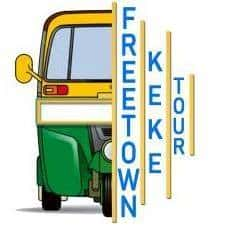 Tour Guide
Tour Guide
0.0
Freetown Keke Tour
In Freetown, Sierra Leone
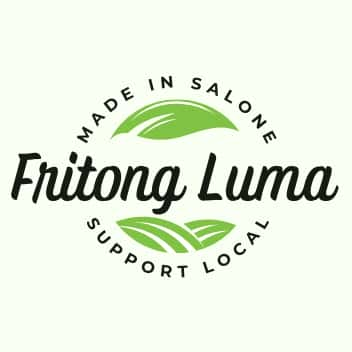 Market
Market
0.0
Fritong Luma Market
In Freetown, Sierra Leone
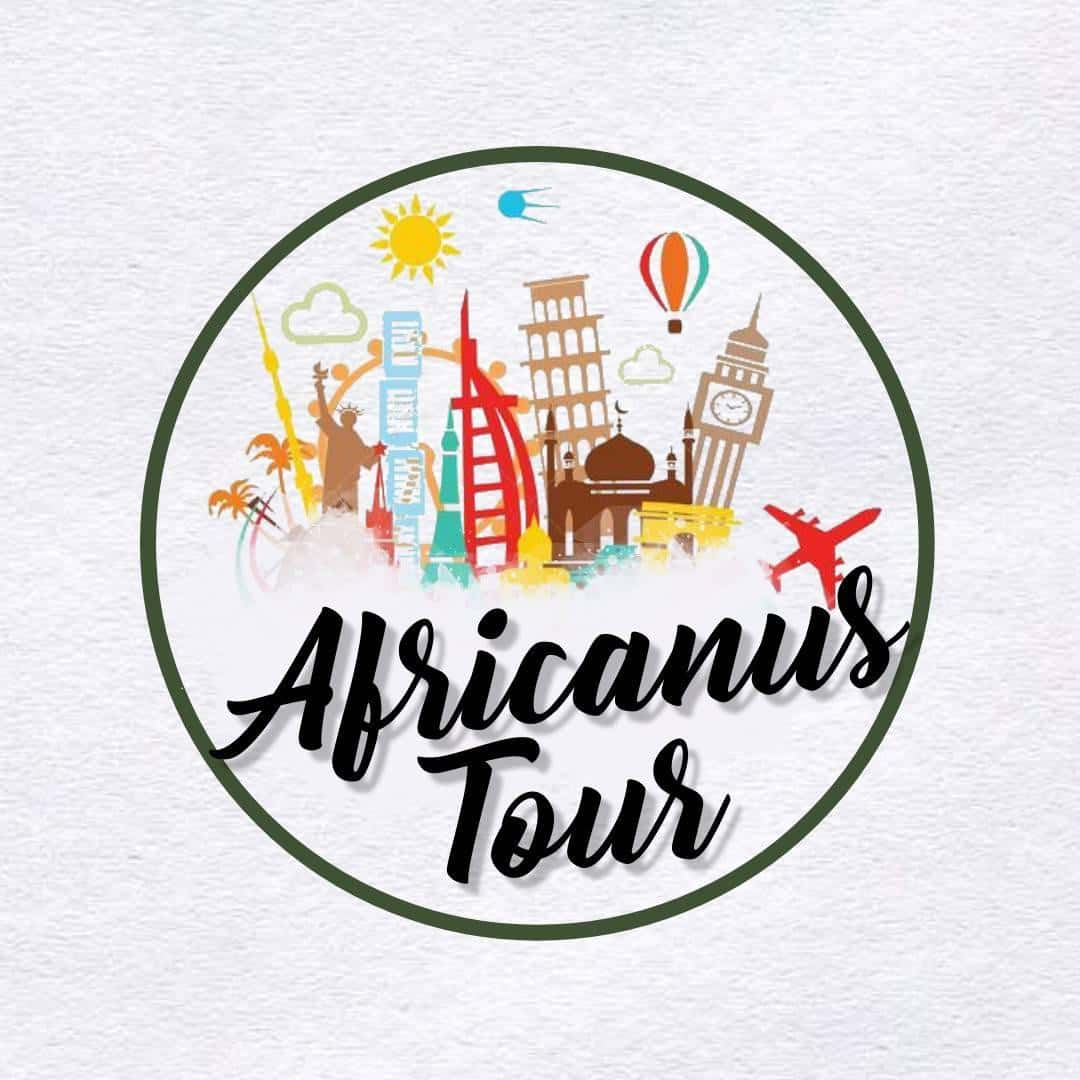 Tour Guide
Tour Guide
0.0
Africanus Tours
In Freetown, Sierra Leone
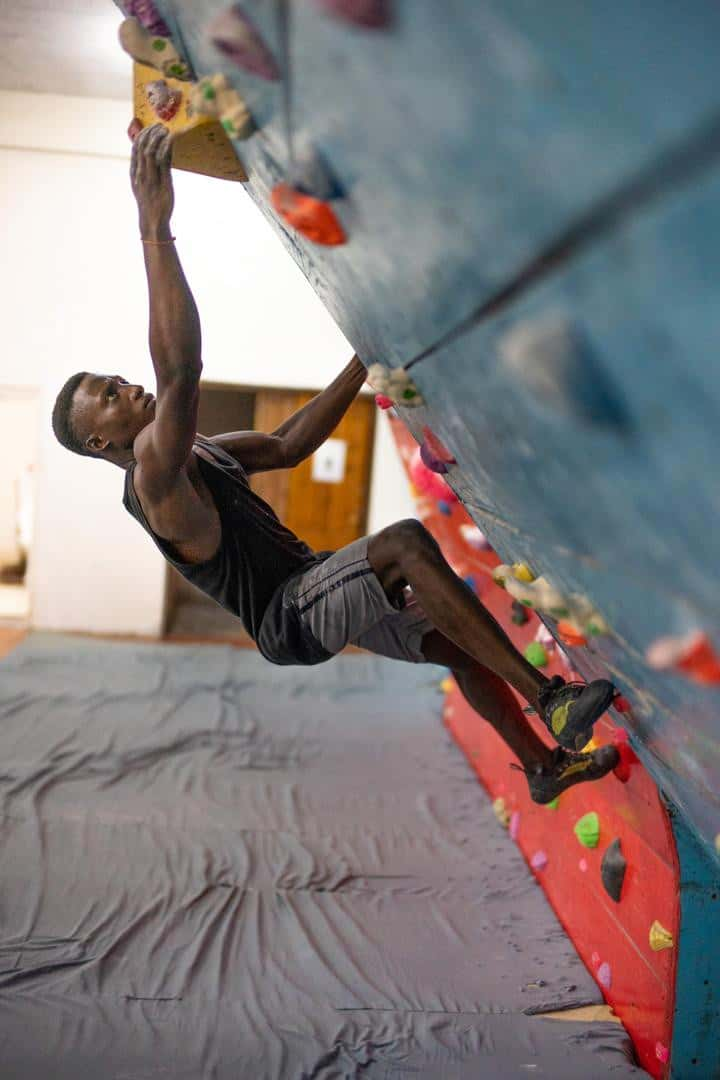 Extreme Sports
Extreme Sports
0.0
Climb Salone
In Freetown, Sierra Leone
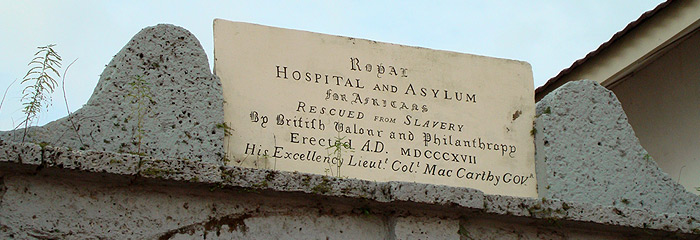 Monument
Monument
0.0
The Gateway to the Old King’s Yards
In Freetown, Sierra Leone
Beaches
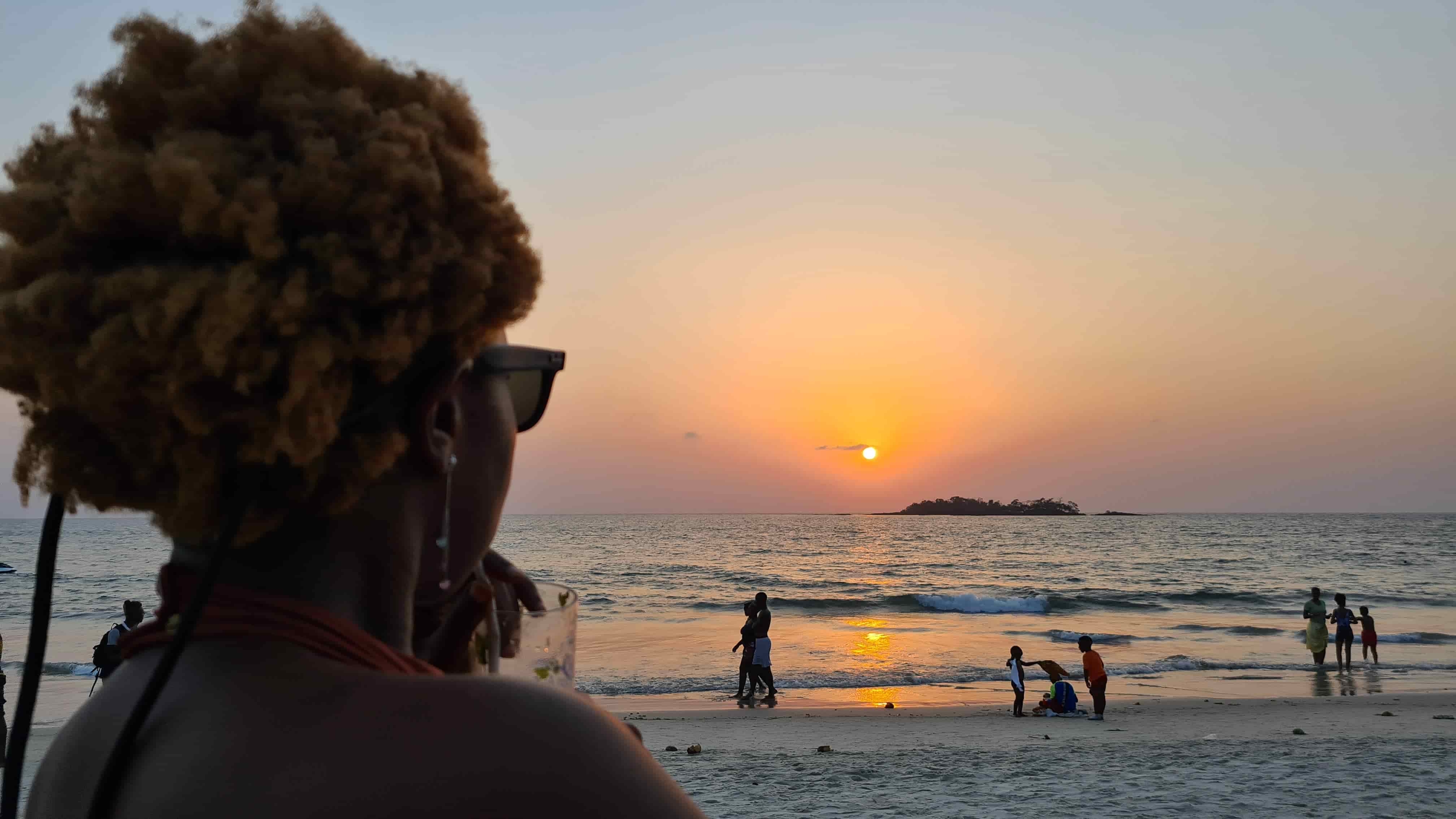
If you’ve ever heard the word Sierra Leone in a sentence, you probably heard the word beaches in that same sentence too. Yes, Sierra Leone is synonymous with world class beaches! Along the West African coast, and on the continent as a whole, our beaches offer the rarest and most exclusive quality to the world’s top sands – privacy!
All of our pearl white sands and clear blue seas also come surrounded by fresh green mountains, valleys and forests – giving you the wonderland escape feel that you really can’t get anywhere else. Are you ready for paradise?
Check out our exclusively handpicked list of favorite beaches just for you.
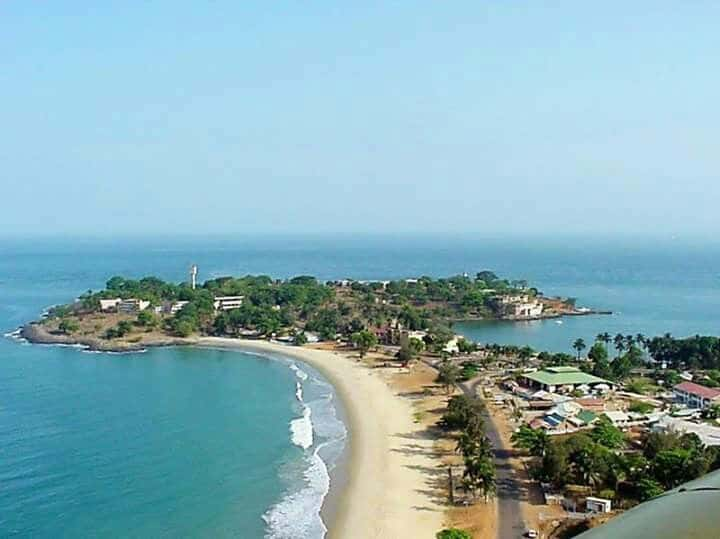 Beach
Beach
5.0
Lumley Beach
In Freetown, Sierra Leone
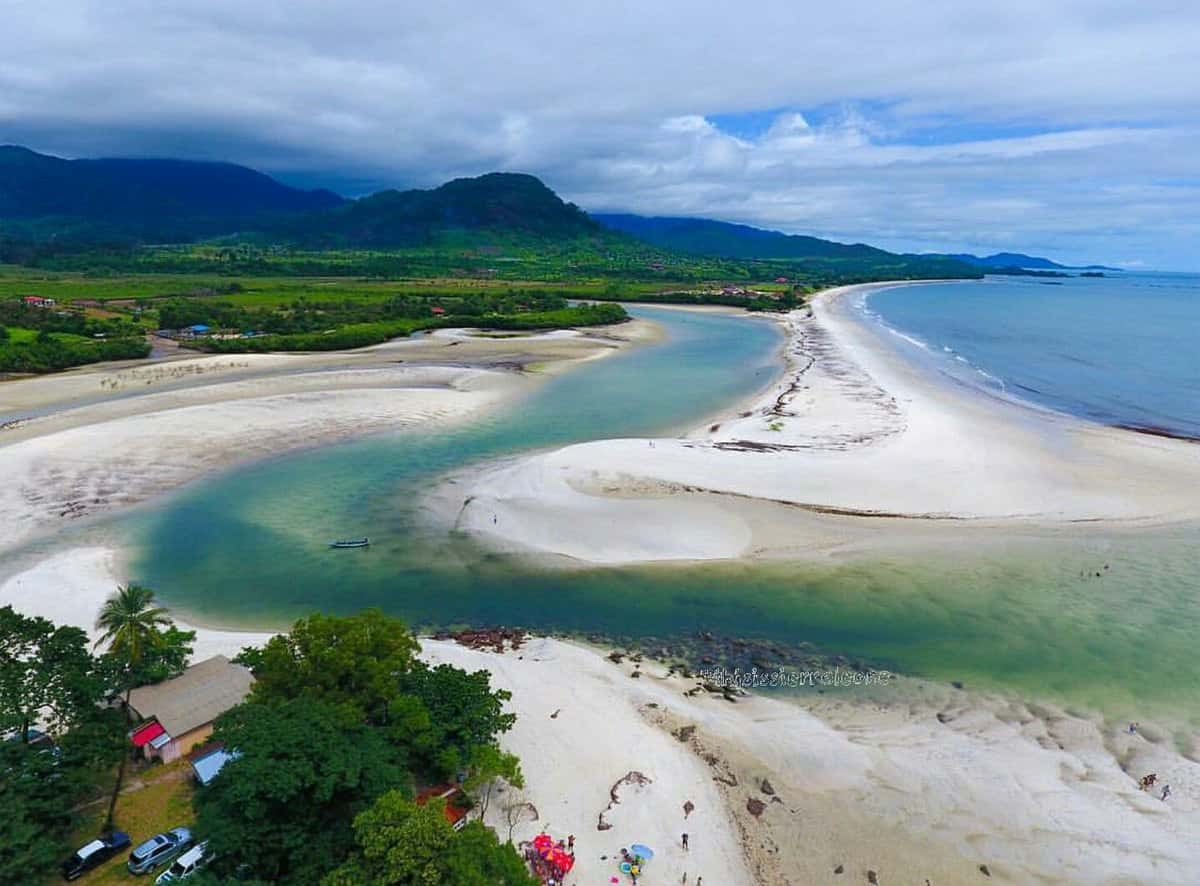 Beach
Beach
0.0
River Number 2 Beach
In Freetown, Sierra Leone
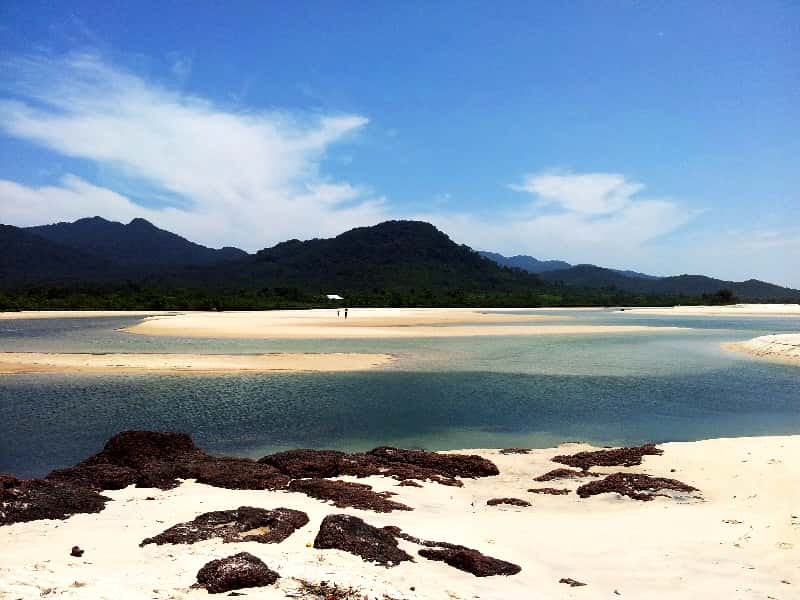 Beach
Beach
0.0
Lakka Beach
In Freetown, Sierra Leone
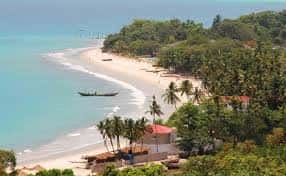 Beach
Beach
0.0
Tokeh Beach
In Freetown, Sierra Leone
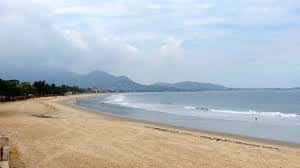 Beach
Beach
0.0
Sussex Beach
In Freetown, Sierra Leone
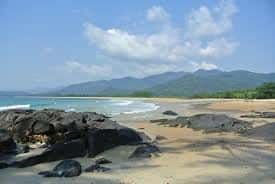 Beach
Beach
0.0
Bureh Beach
In Freetown, Sierra Leone
Beach Resorts

Hey! Looking for a weekend getaway with bae? With the family? With the crew? Or, solo? We’ve got you covered!
When the hustle and bustle of Freetown feels a bit overwhelming, here are the best beach resorts the outskirts of Freetown has to offer!
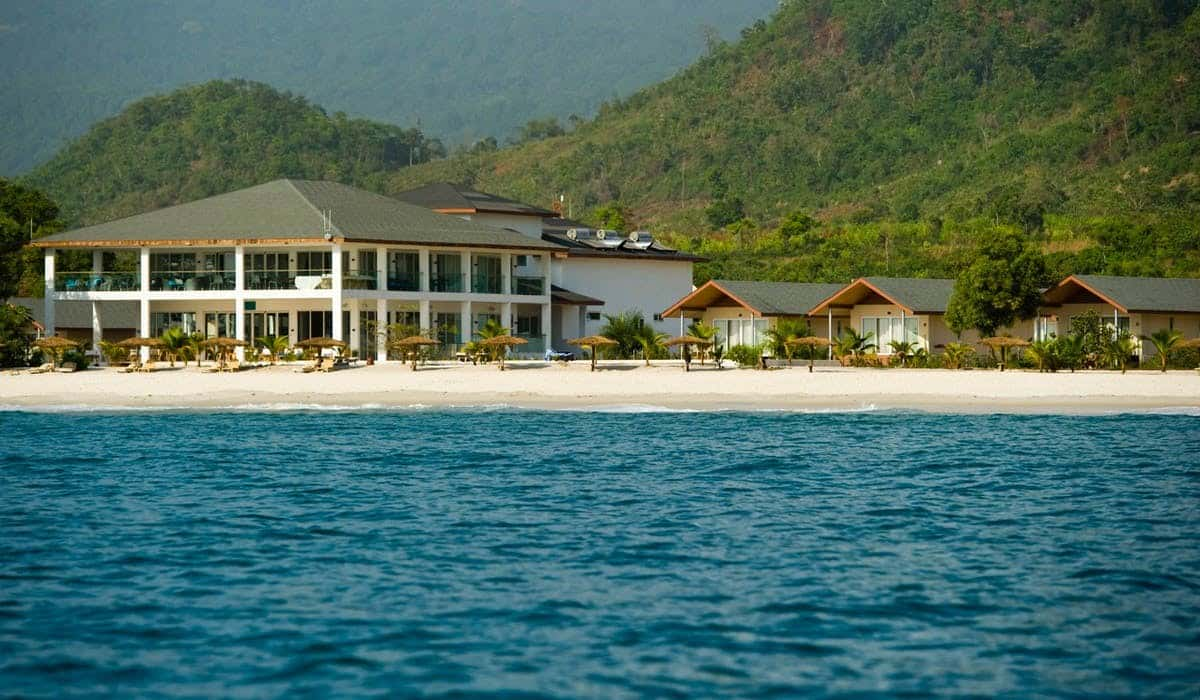 Beach Resort
Beach Resort
4.3
The Place at Tokeh Beach
In Freetown, Sierra Leone
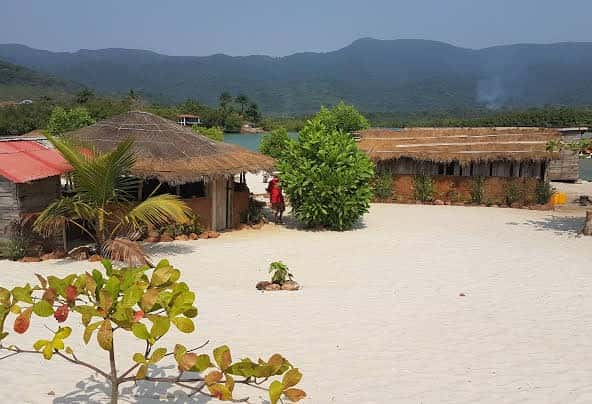 Hotel Resort
Hotel Resort
5.0
Cockle Point Resort
In Freetown, Sierra Leone
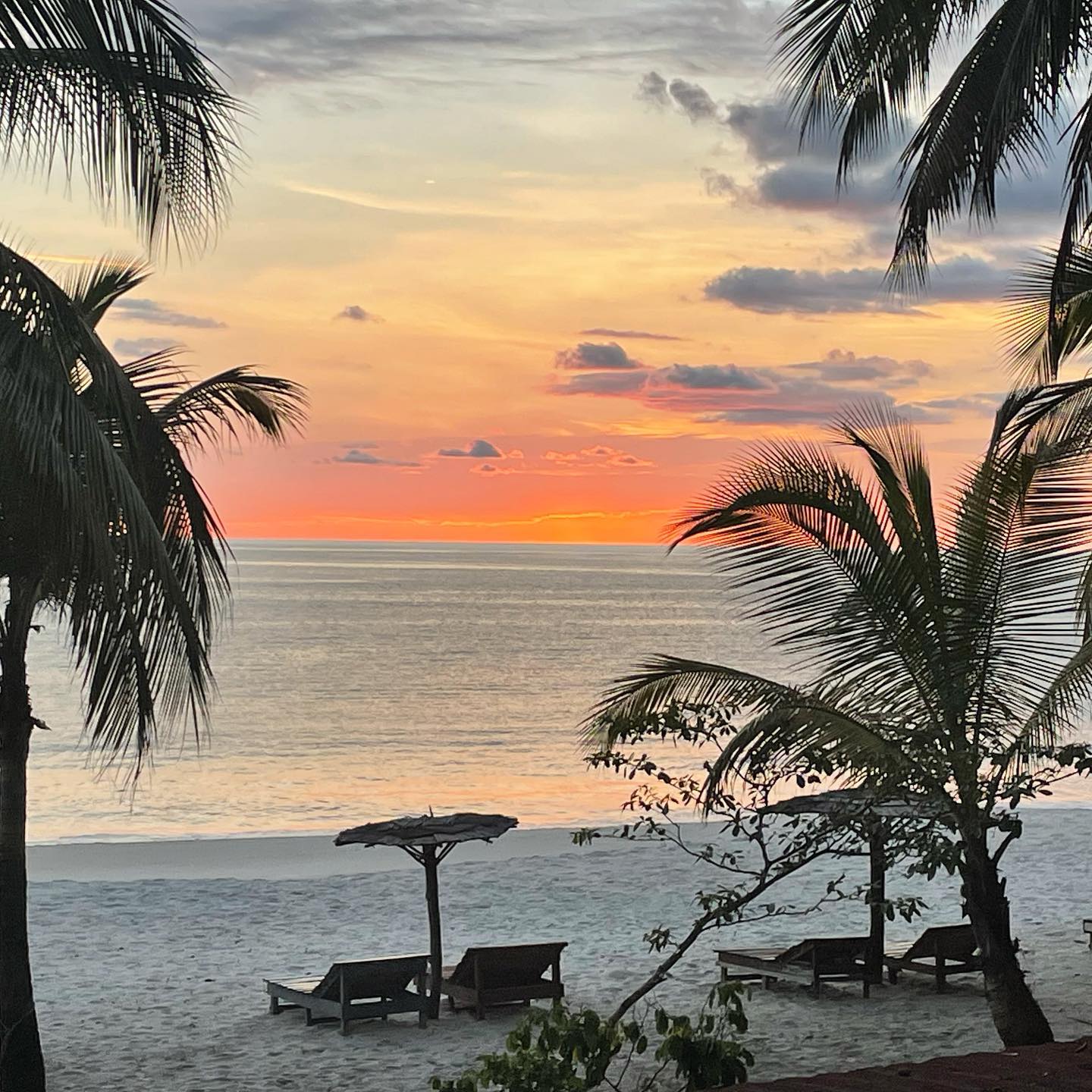 Beach Resort
Beach Resort
0.0
Tokeh Palms and Tokeh Sands Resort
In Freetown, Sierra Leone
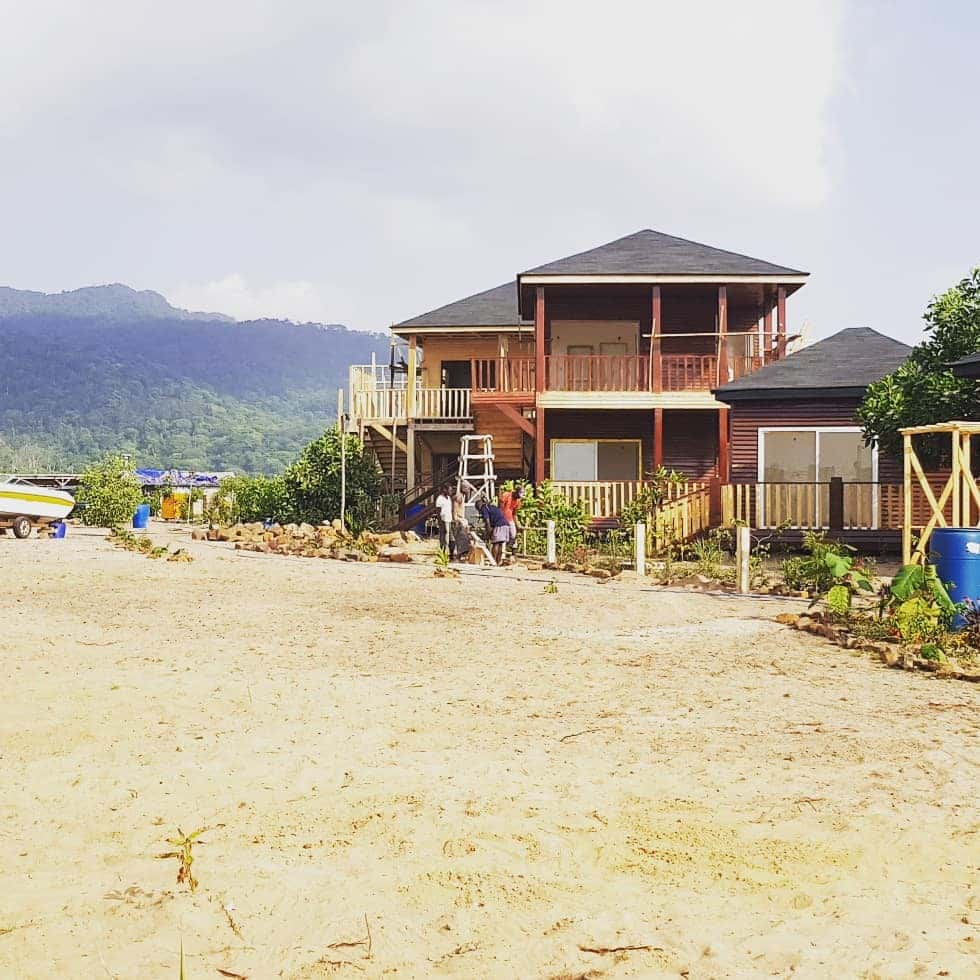 Beach Resort
Beach Resort
0.0
Saful Beach Resort
In Freetown, Sierra Leone
 Camping
Camping
5.0
Bafa Resort at Banana Island
In Western Area, Sierra Leone
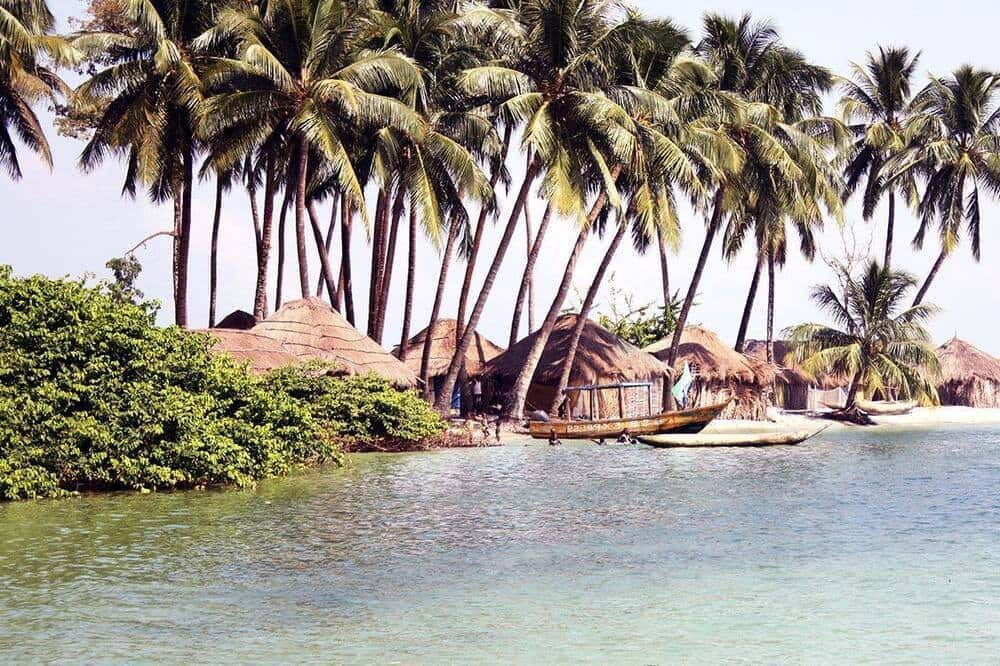 Beach Resort
Beach Resort
0.0
Daltons Banana Guesthouse
In Western Area, Sierra Leone
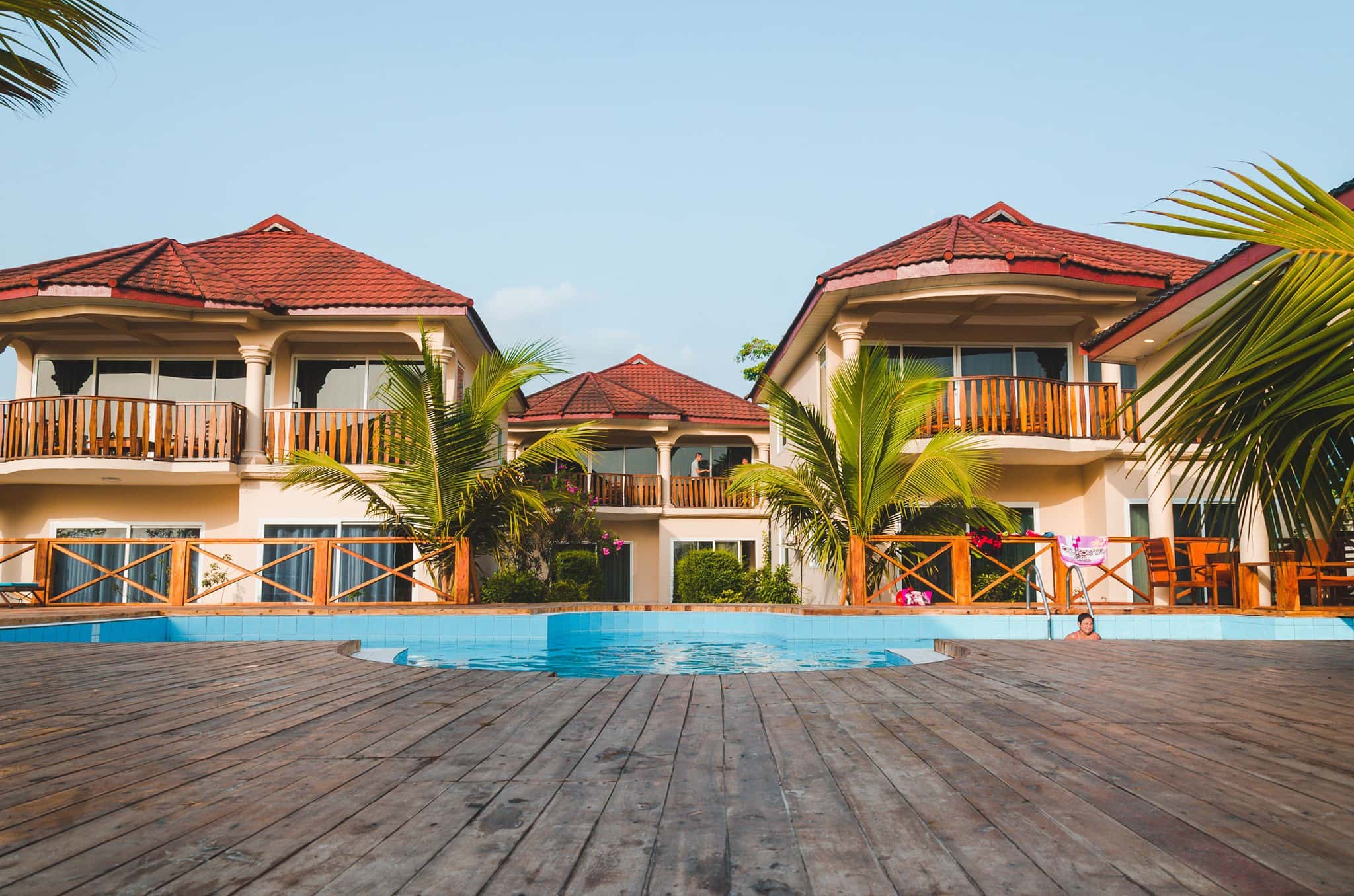 Beach Resort
Beach Resort
0.0
2 Seasons Resort
In Freetown, Sierra Leone
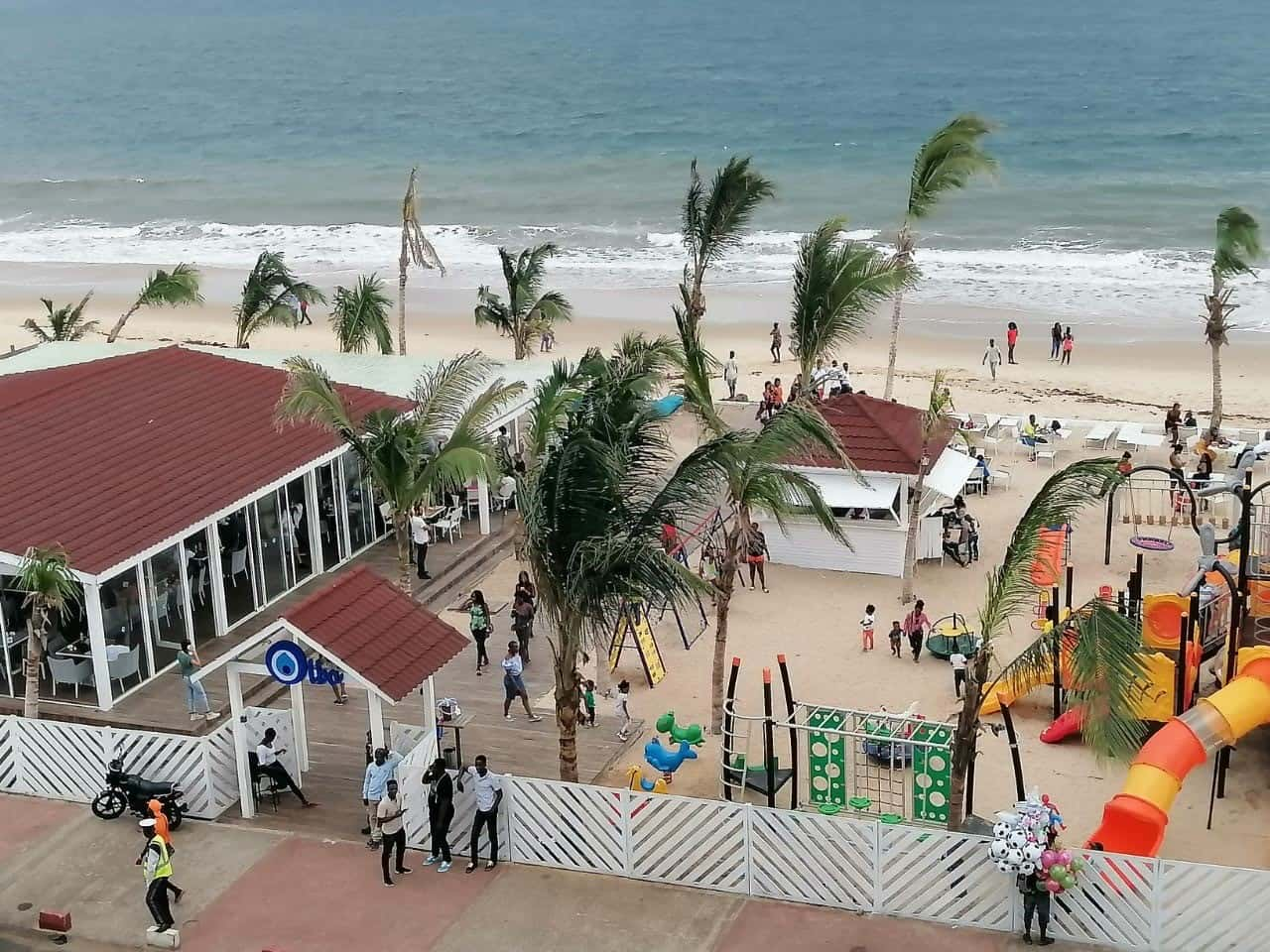 Beach Resort
Beach Resort
5.0
Olba Beach Resort & Restaurant
In Freetown, Sierra Leone
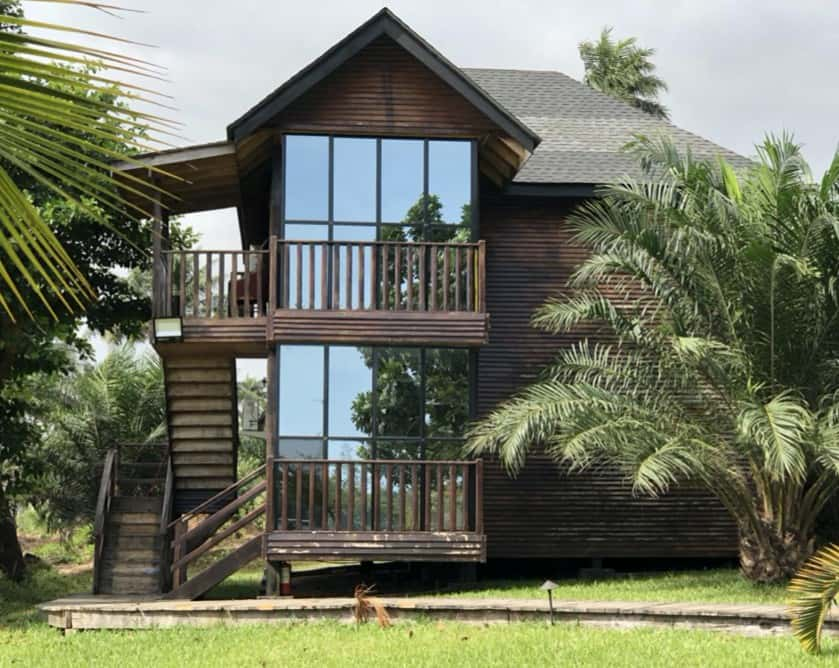 Beach Resort
Beach Resort
5.0
Estuary Resort
In Western Area, Sierra Leone
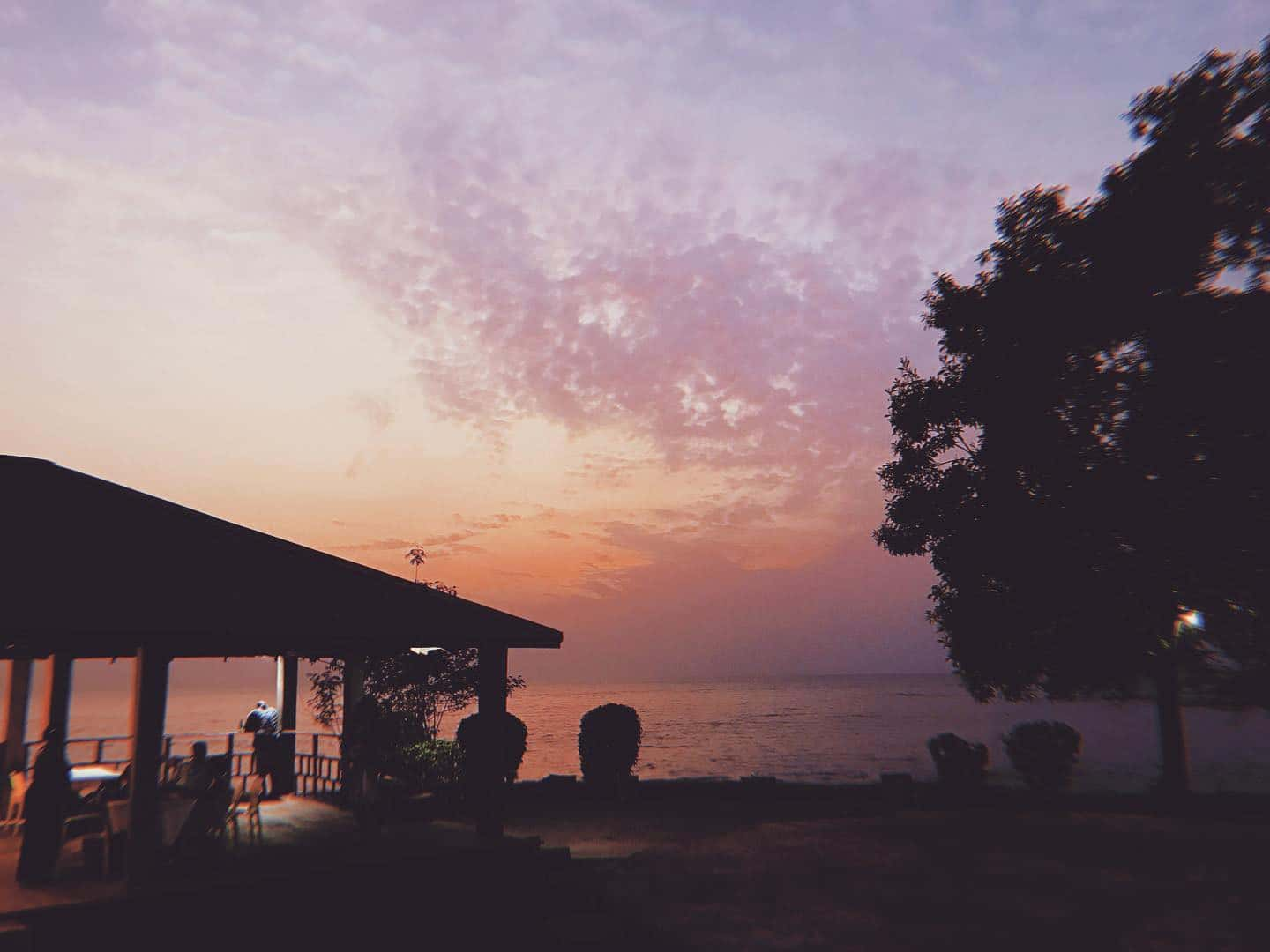 Beach Resort
Beach Resort
0.0
Dupsal Resort
In Western Area, Sierra Leone
 Beach Resort
Beach Resort
0.0
Africa Point Resort at Tokeh Beach
In Freetown, Sierra Leone
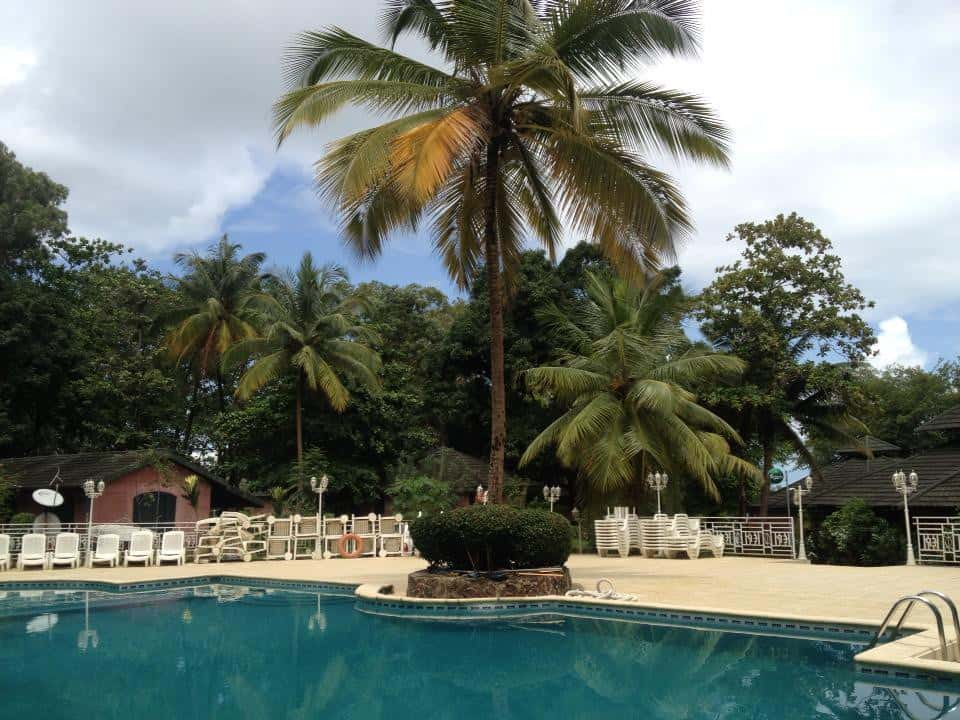 Beach Resort
Beach Resort
0.0
Eden Park Resort
In Freetown, Sierra Leone
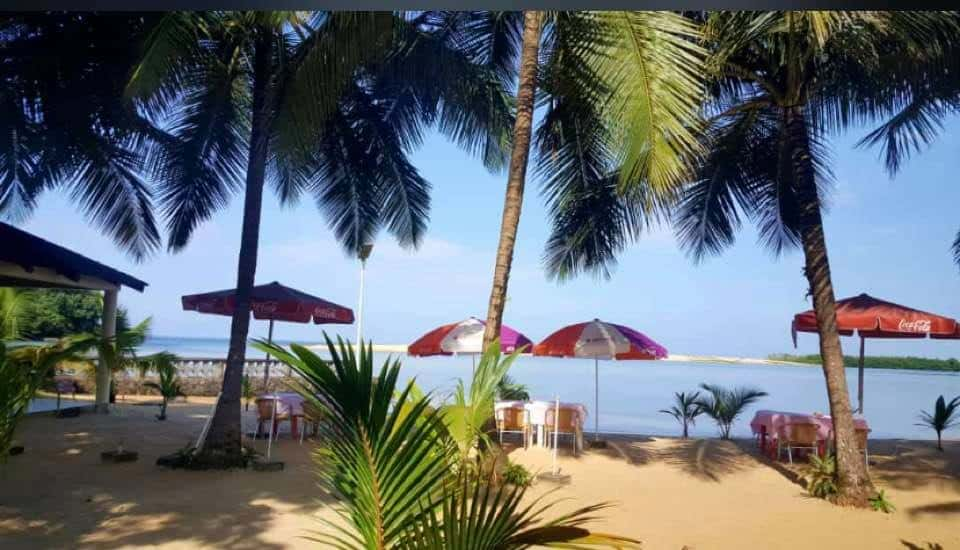 Beach Resort
Beach Resort
0.0
Florence’s (Franco’s) Resort
In Freetown, Sierra Leone
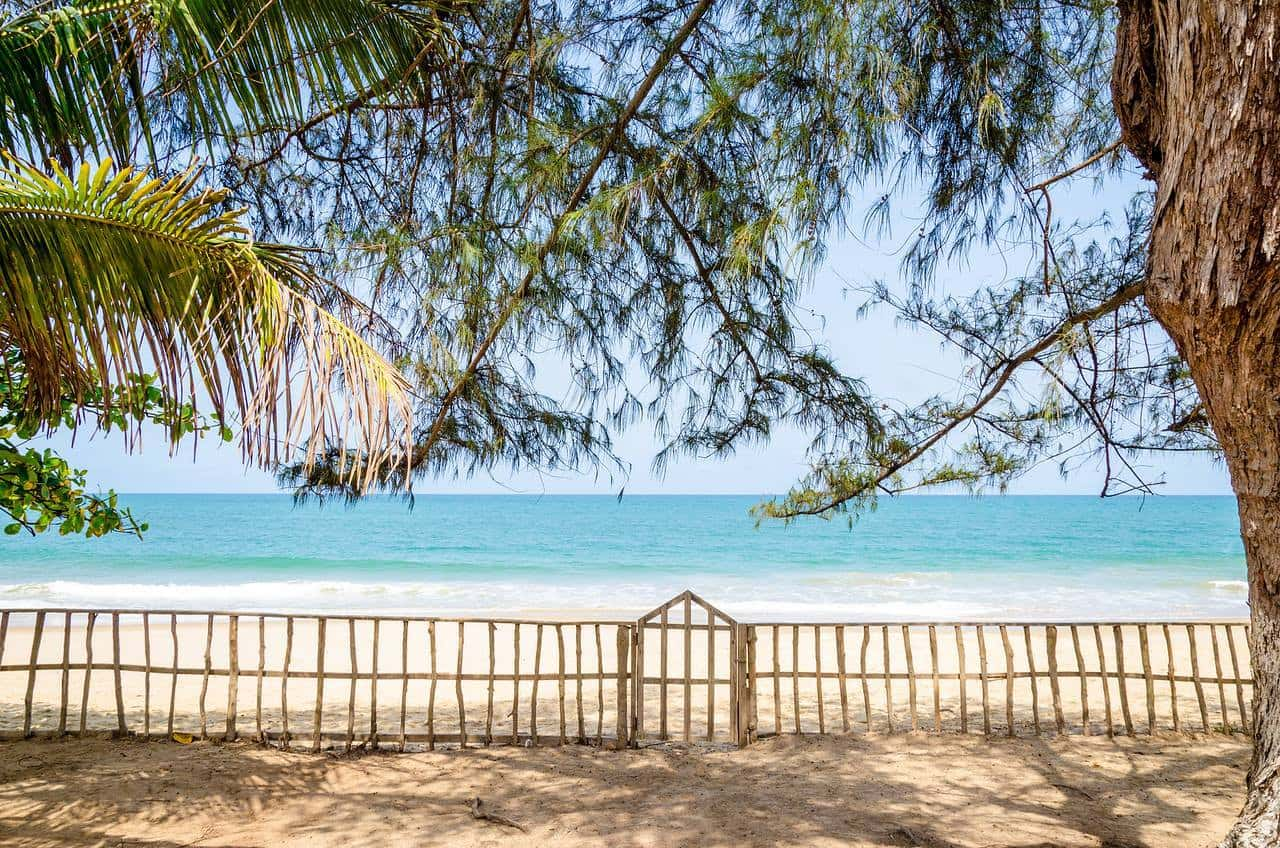 Beach Resort
Beach Resort
0.0
Hotel De La Joie
In Freetown, Sierra Leone
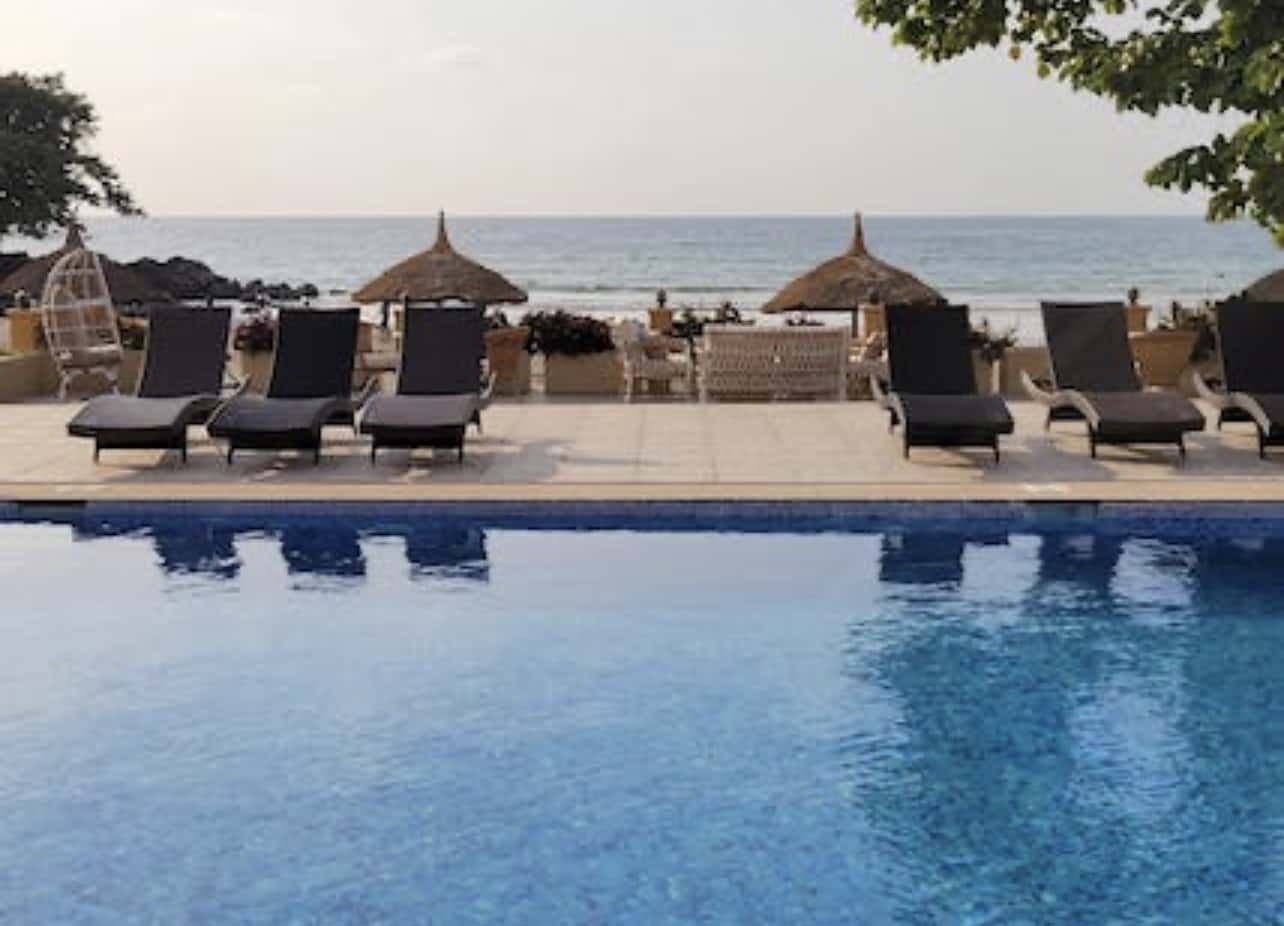 Beach Resort
Beach Resort
0.0
Mozza Beach Resort
In Western Area, Sierra Leone
Food & Beverage

Freetown is only for the foodie! If you don’t want to keep it sultry, salty, sweet and spicy – Sierra Leone is not for you. Your dining options range from fruit stands serving fresh produce, to vendors selling affordable street food, to fine dining restaurants that rival some of the best in your home city. If you’re looking to explore some of the best cuisines the world has to offer, we’ve got you covered!
Here are some of our favorite food options for local and international cuisine across the city! We've also included some adult beverage options if you're looking to unwind. And there are delivery options for food and drinks in case you're not keen on heading outside.
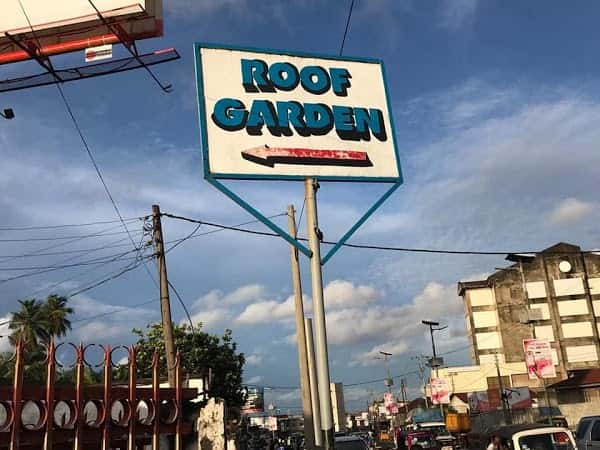 Local Cuisine
Local Cuisine
4.5
Roof Garden Restaurant
In Freetown, Sierra Leone
 Restaurant
Restaurant
3.0
Basha Bakery & Restaurant
In Freetown, Sierra Leone
 Bed & Breakfast
Bed & Breakfast
0.0
Cole Street Guest House
In Freetown, Sierra Leone
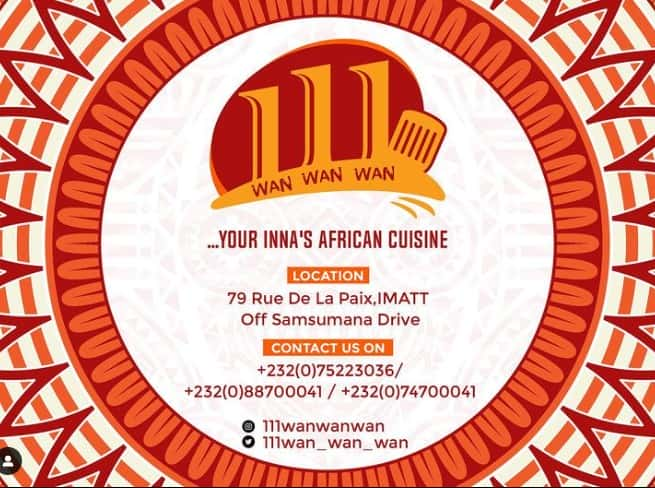 Local Cuisine
Local Cuisine
0.0
Wan Wan Wan
In Freetown, Sierra Leone
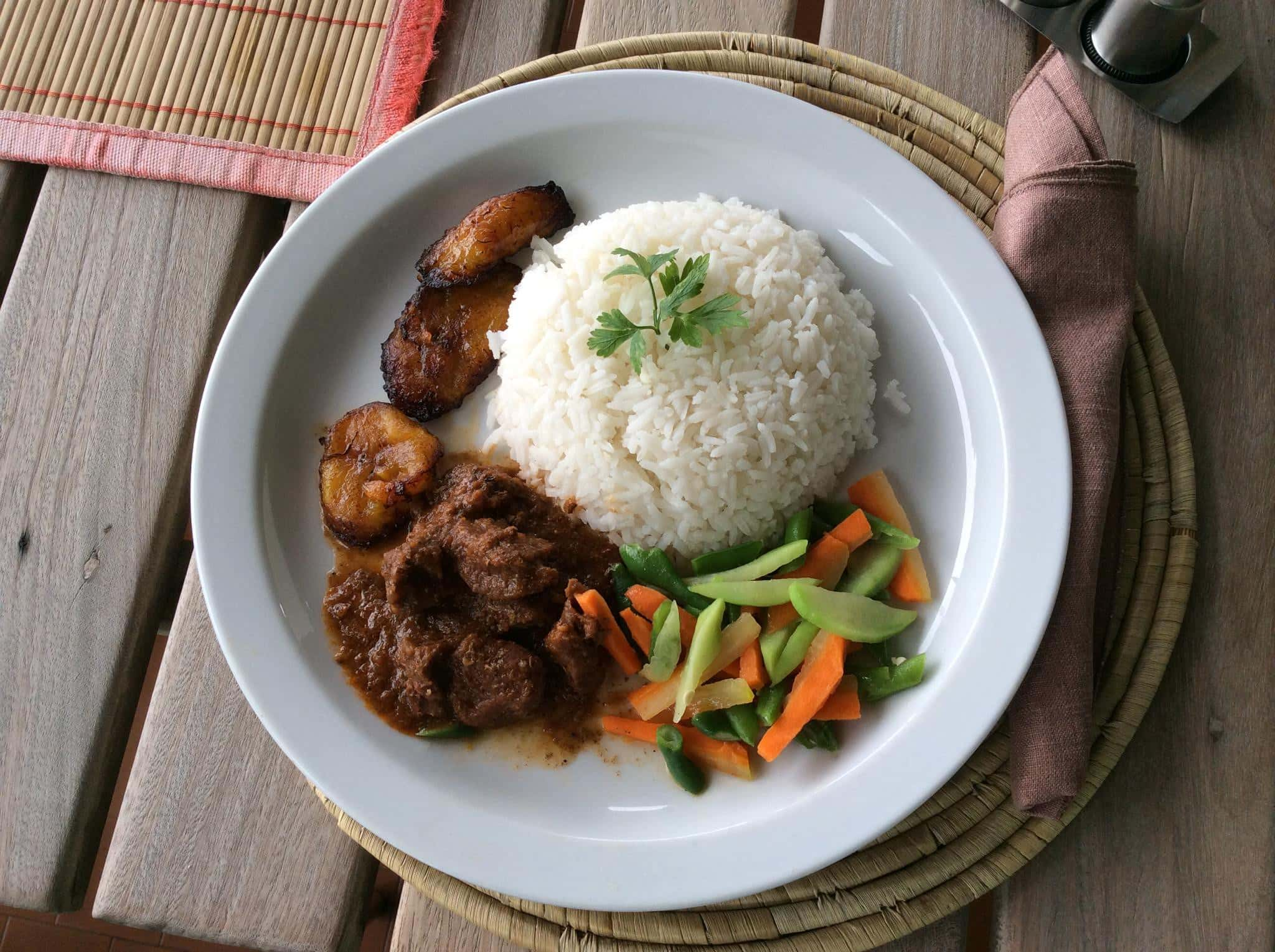 Local Cuisine
Local Cuisine
5.0
Balmaya
In Freetown, Sierra Leone
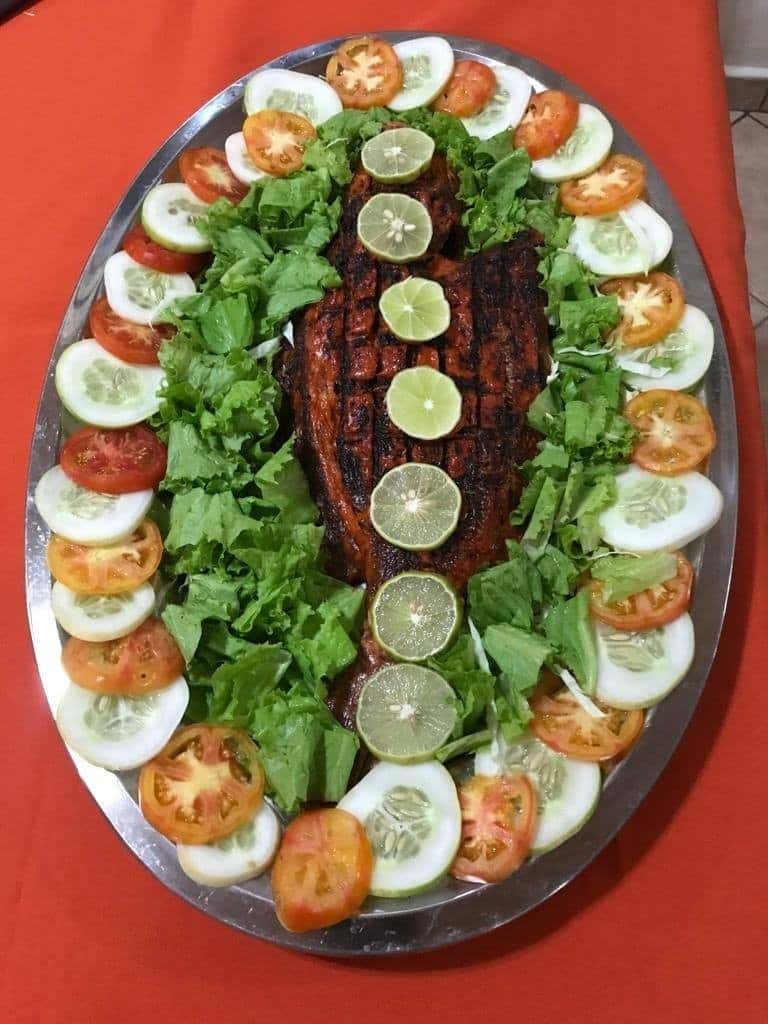 Restaurant
Restaurant
0.0
Francesca's Restaurant
In Freetown, Sierra Leone
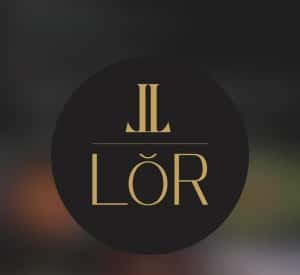 International Cuisine Restaurant
International Cuisine Restaurant
5.0
LŎR Restaurant
In Freetown, Sierra Leone
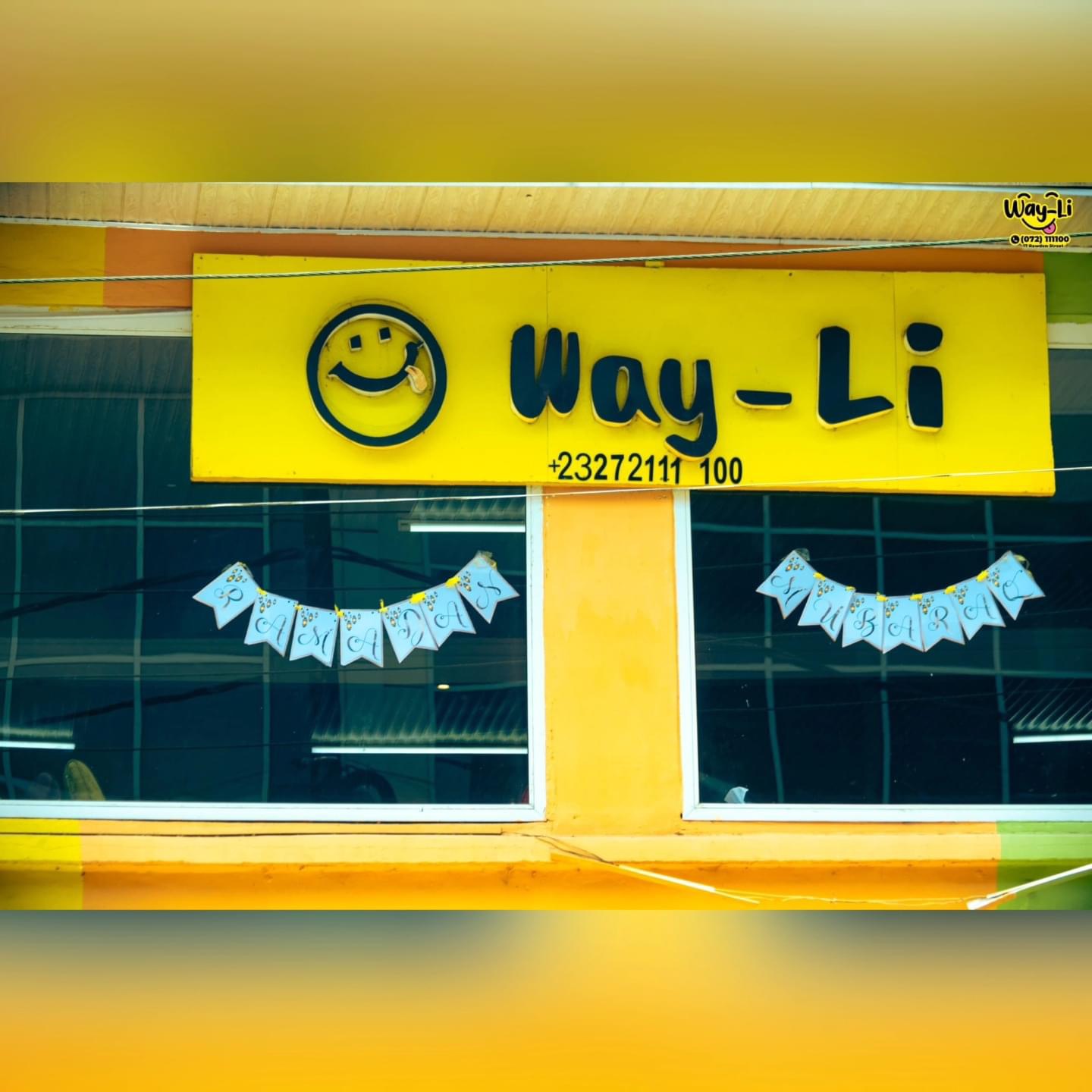 Local Cuisine
Local Cuisine
5.0
Way-Li
In Freetown, Sierra Leone
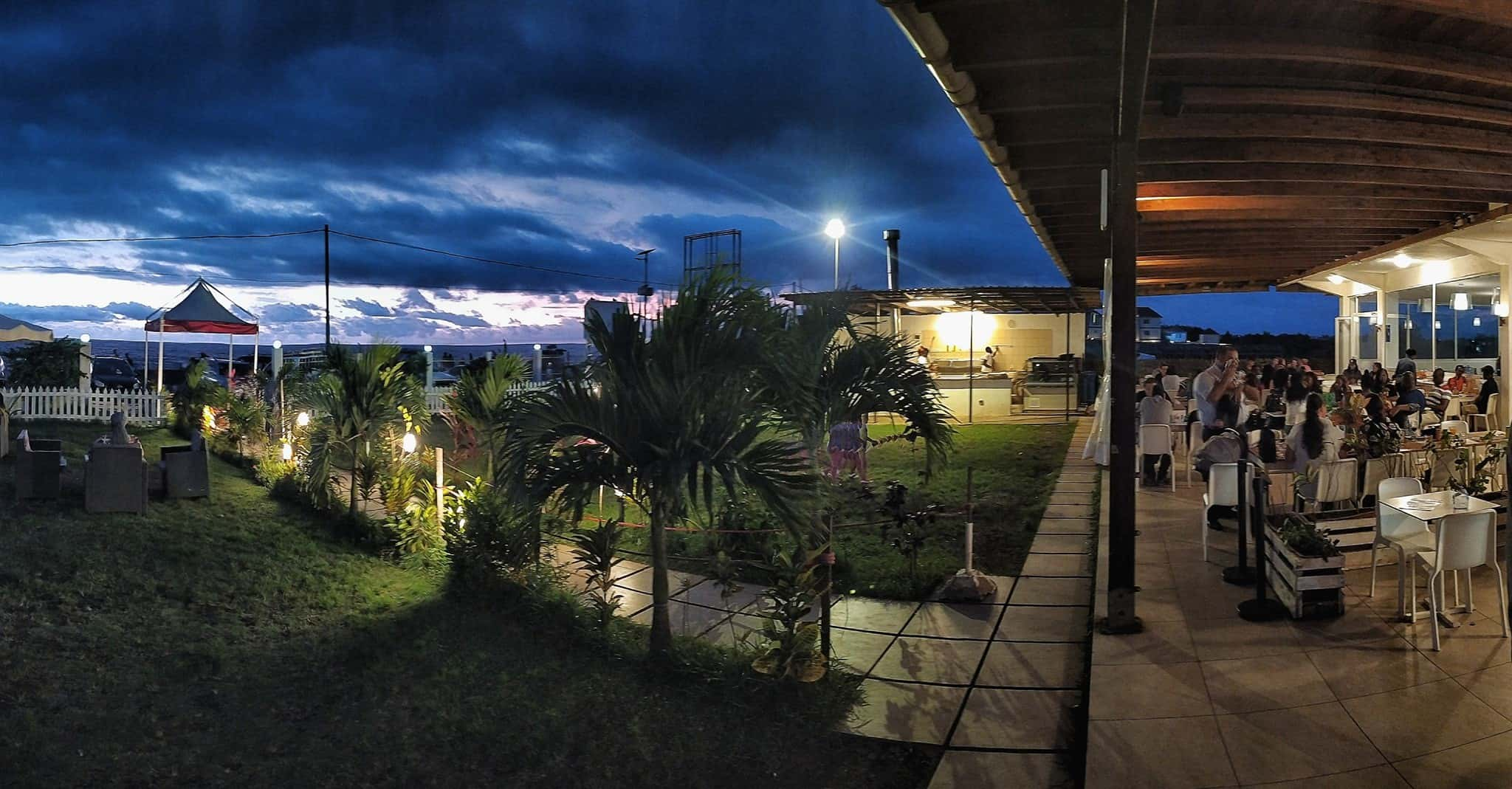 Restaurant
Restaurant
5.0
Gigibonta Ice Cream and Pizzeria
In Freetown, Sierra Leone
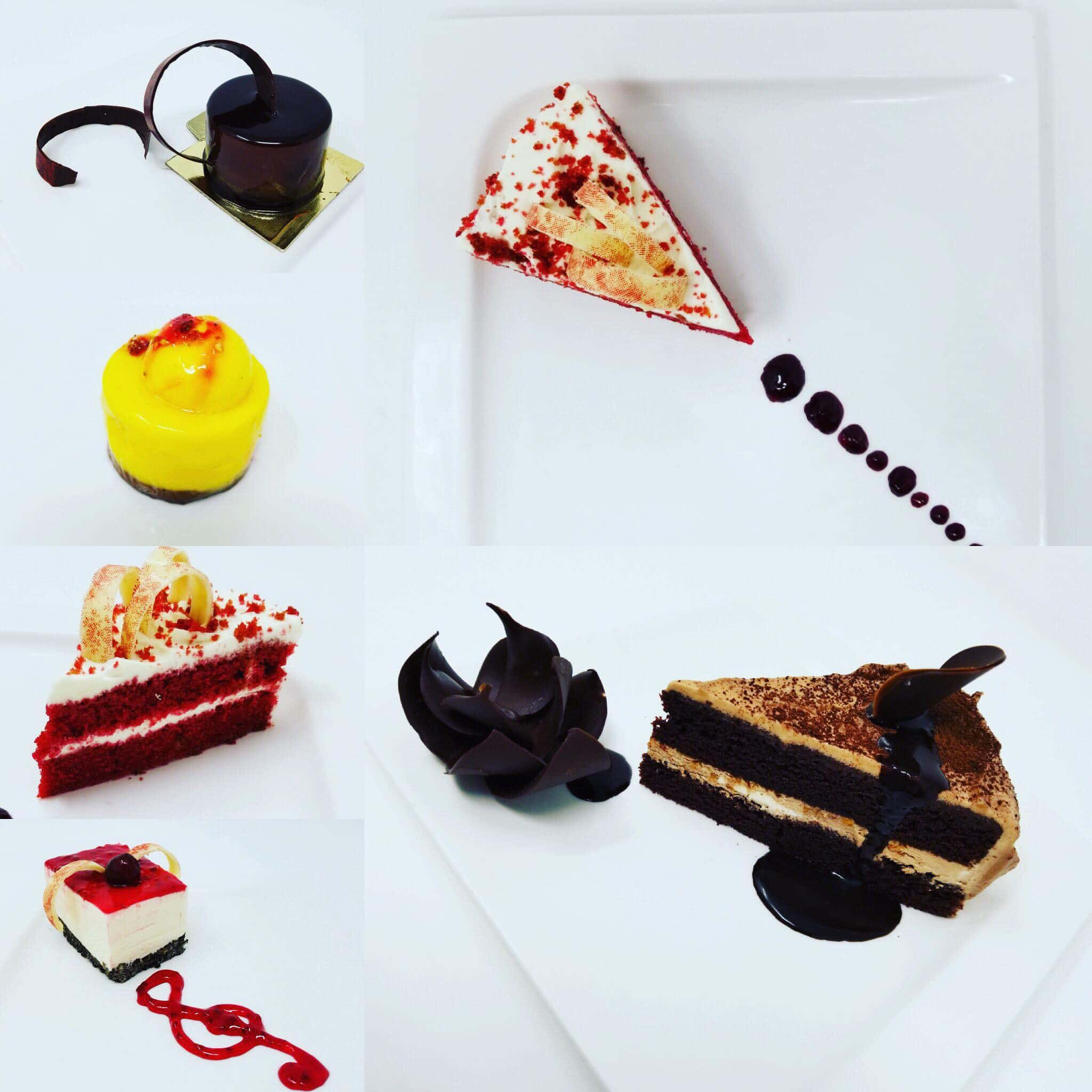 Restaurant
Restaurant
0.0
Pearl Restaurant & Café
In Freetown, Sierra Leone
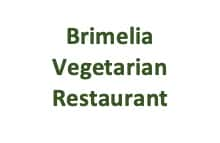 Vegan & Vegeterian
Vegan & Vegeterian
0.0
Brimelia Vegetarian Restaurant
In Freetown, Sierra Leone
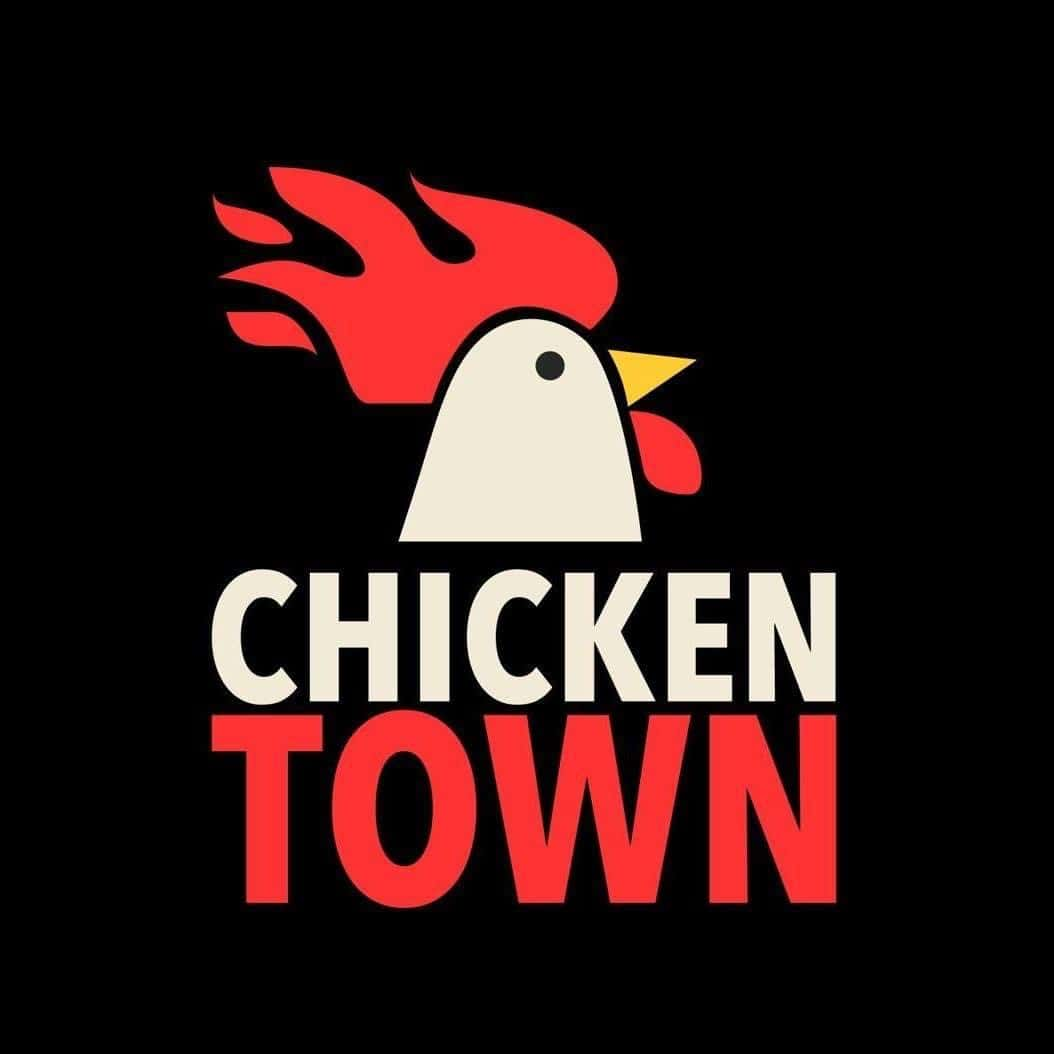 Restaurant
Restaurant
0.0
Chicken Town
In Freetown, Sierra Leone
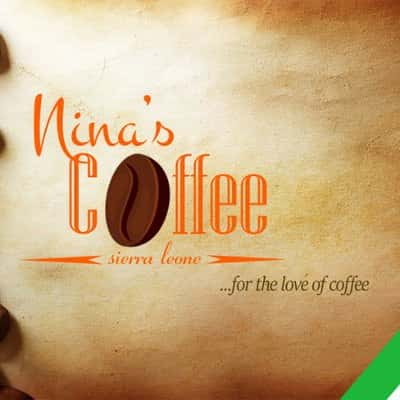 Coffee & Tea
Coffee & Tea
0.0
Nina's Coffee
In Freetown, Sierra Leone
Nightlife
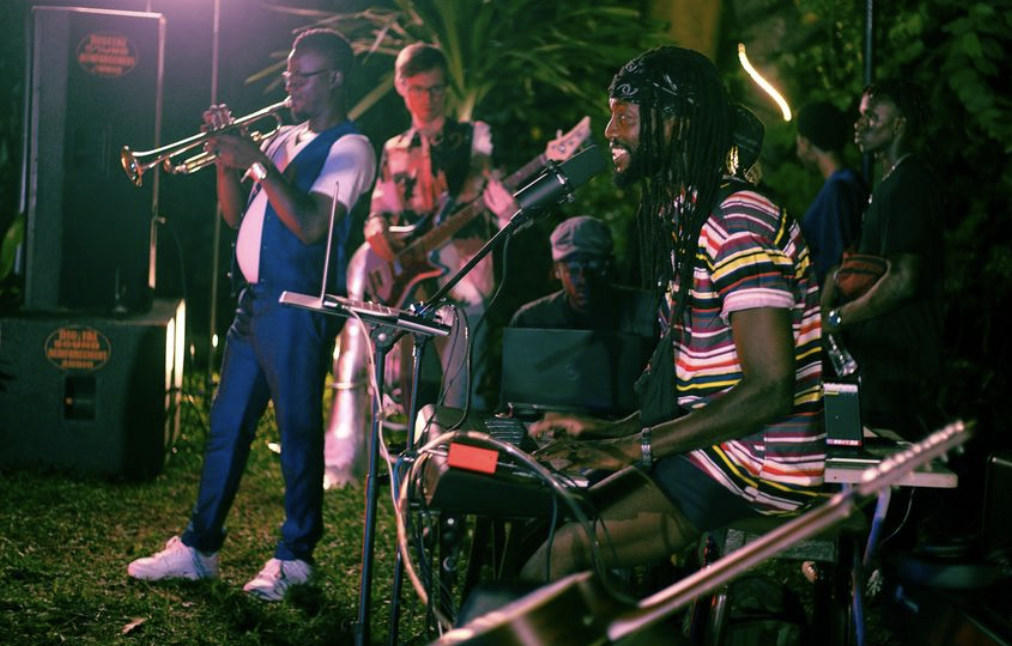
Freetown never sleeps! And even long after you’ve left the party, Freetown will still be partying! The city’s growing nightlife can be attributed to the explosive music and entertainment scene in West Africa – so if you love afrobeats, dancing, drinking and – Freetown is the groove for you. Our city comes complete with clubs on the waterfront, shisha pipes with bottle service, and post-dancing street food to soak up all the inebriation!
Here are must-do or die clubs, along with with some nightlife resources!
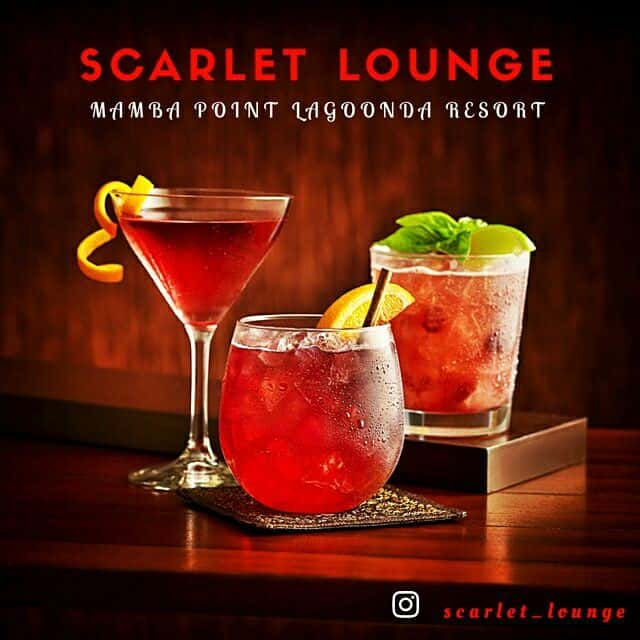 Bar & Lounge
Bar & Lounge
5.0
Scarlet Lounge at Lagoonda Resort
In Freetown, Sierra Leone
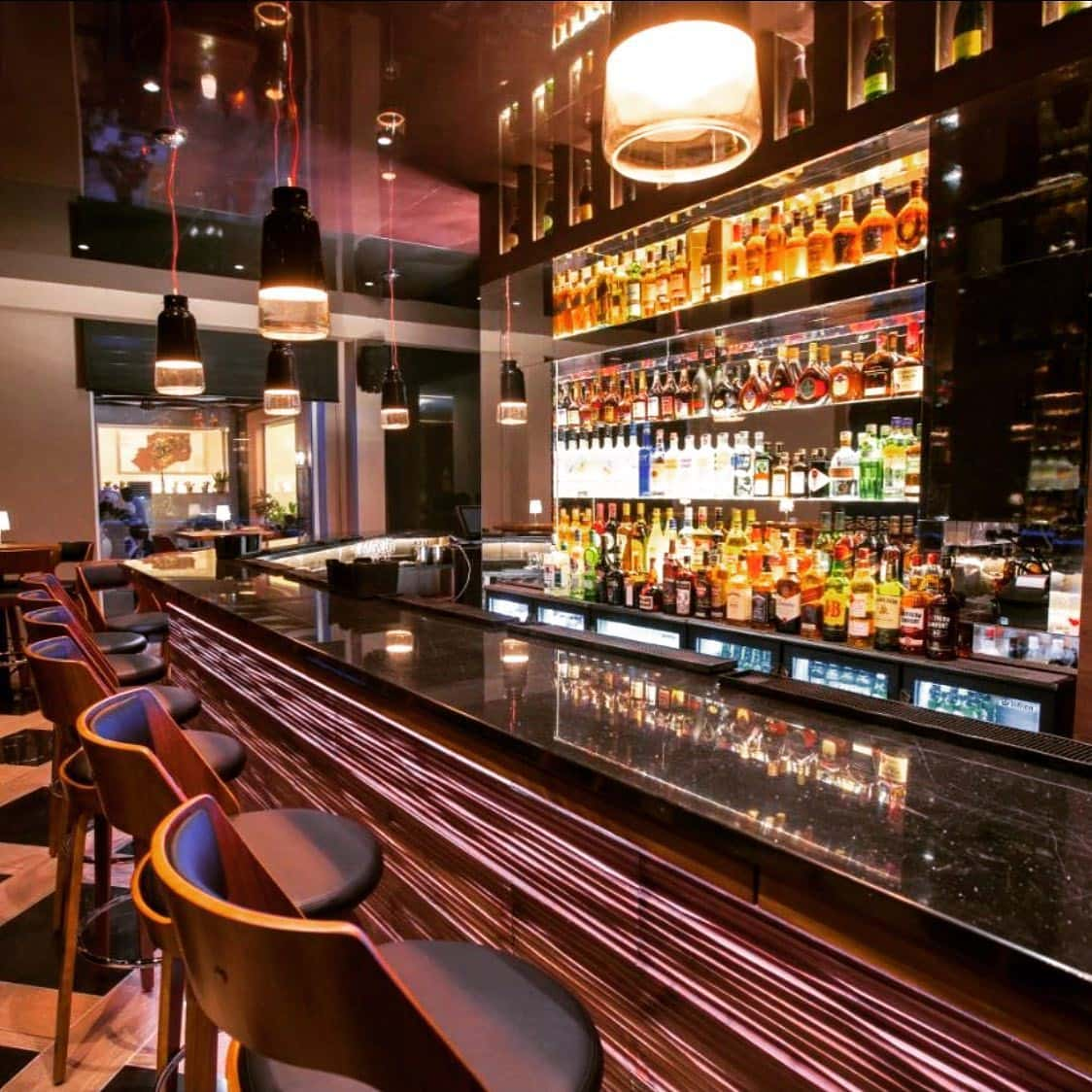 Bar & Lounge
Bar & Lounge
0.0
Vanity Lounge Bar at Home Suites Boutique Hotel
In Freetown, Sierra Leone
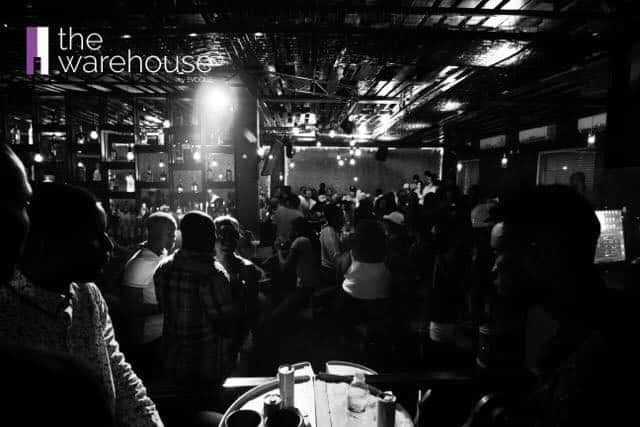 Nightclub
Nightclub
5.0
The Warehouse by Evoque
In Freetown, Sierra Leone
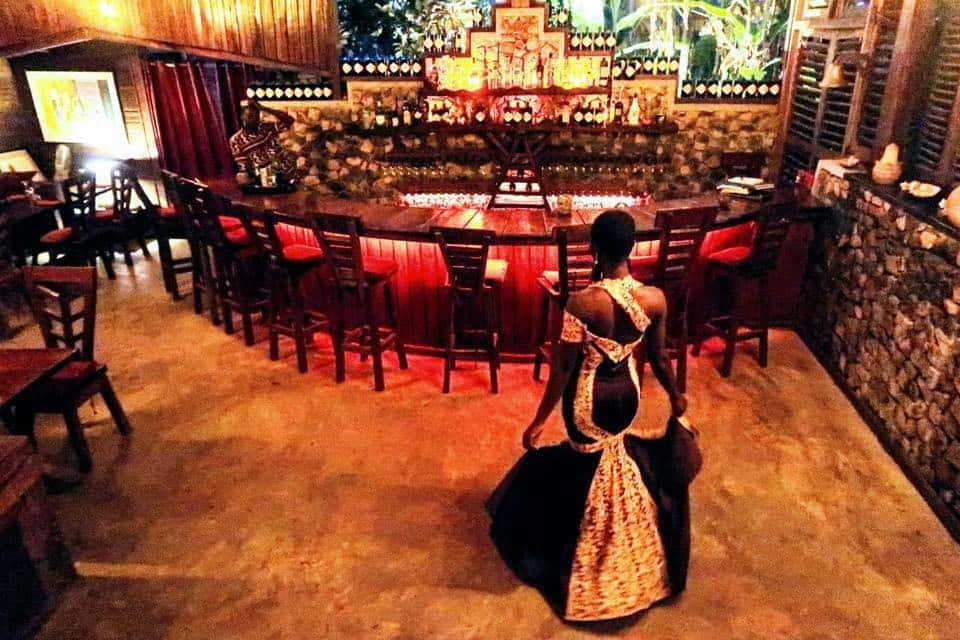 Restaurant
Restaurant
5.0
Toma Boutique
In Freetown, Sierra Leone
 Bar & Lounge
Bar & Lounge
0.0
De Code Lounge
In Freetown, Sierra Leone
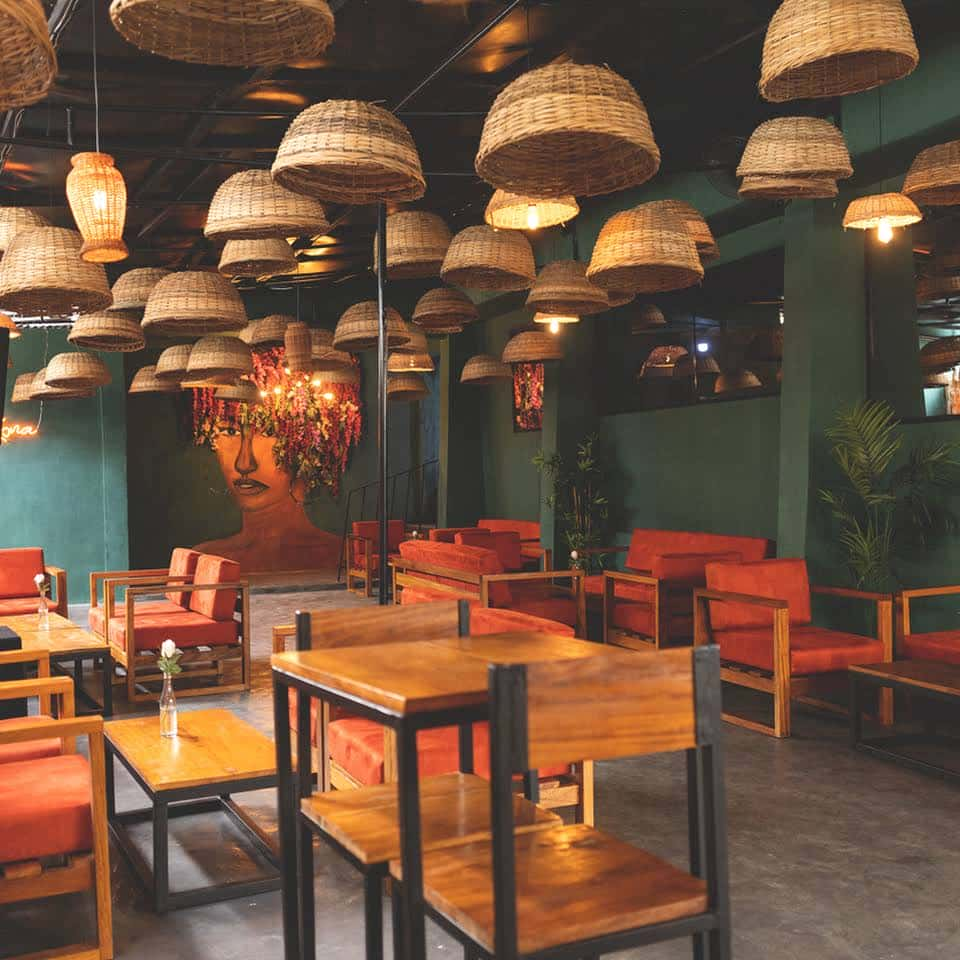 Restaurant
Restaurant
0.0
The Kona
In Freetown, Sierra Leone
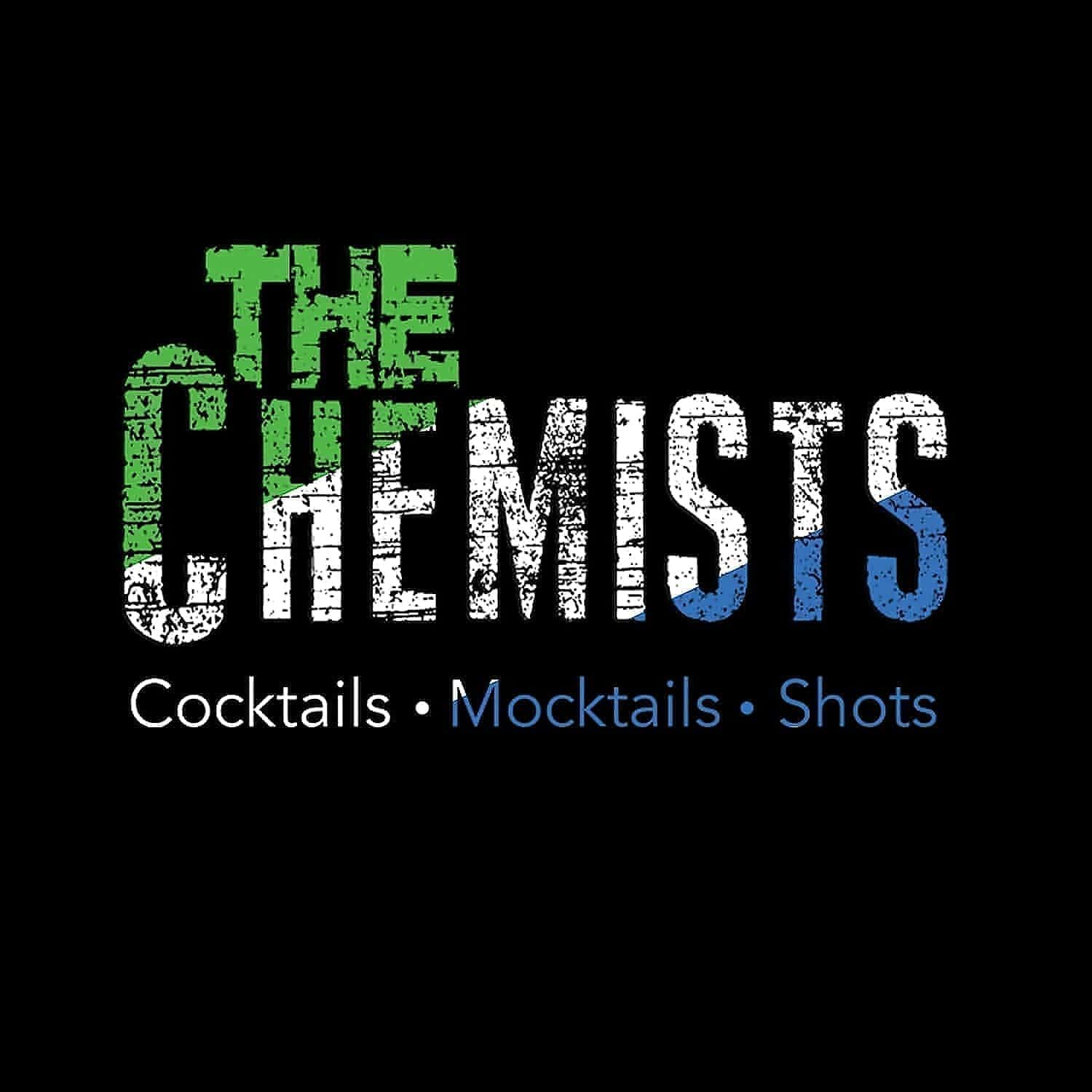 Mixology
Mixology
5.0
The Chemists
In Freetown, Sierra Leone
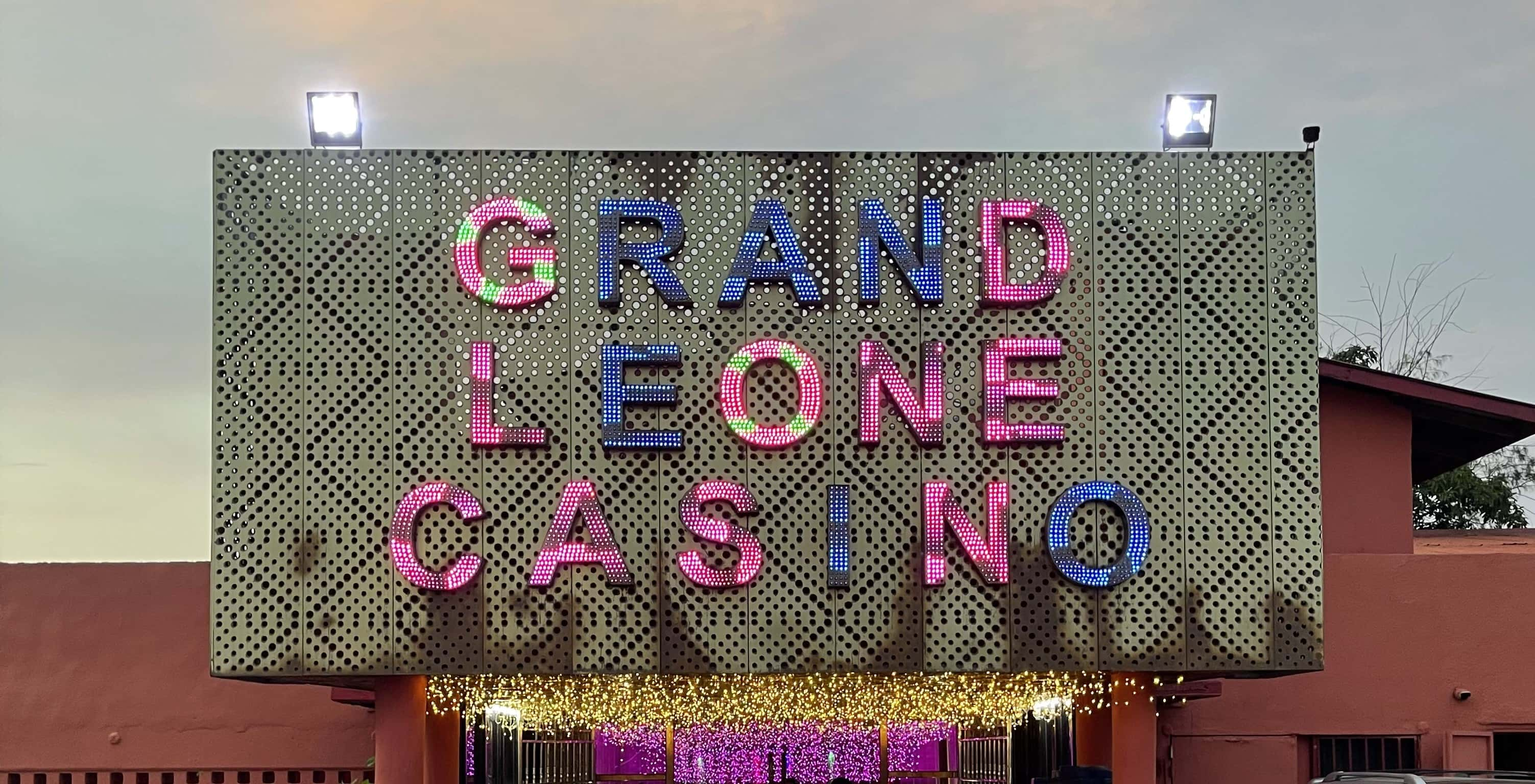 Casino & Gambling
Casino & Gambling
0.0
Grand Leone Casino
In Freetown, Sierra Leone
Music
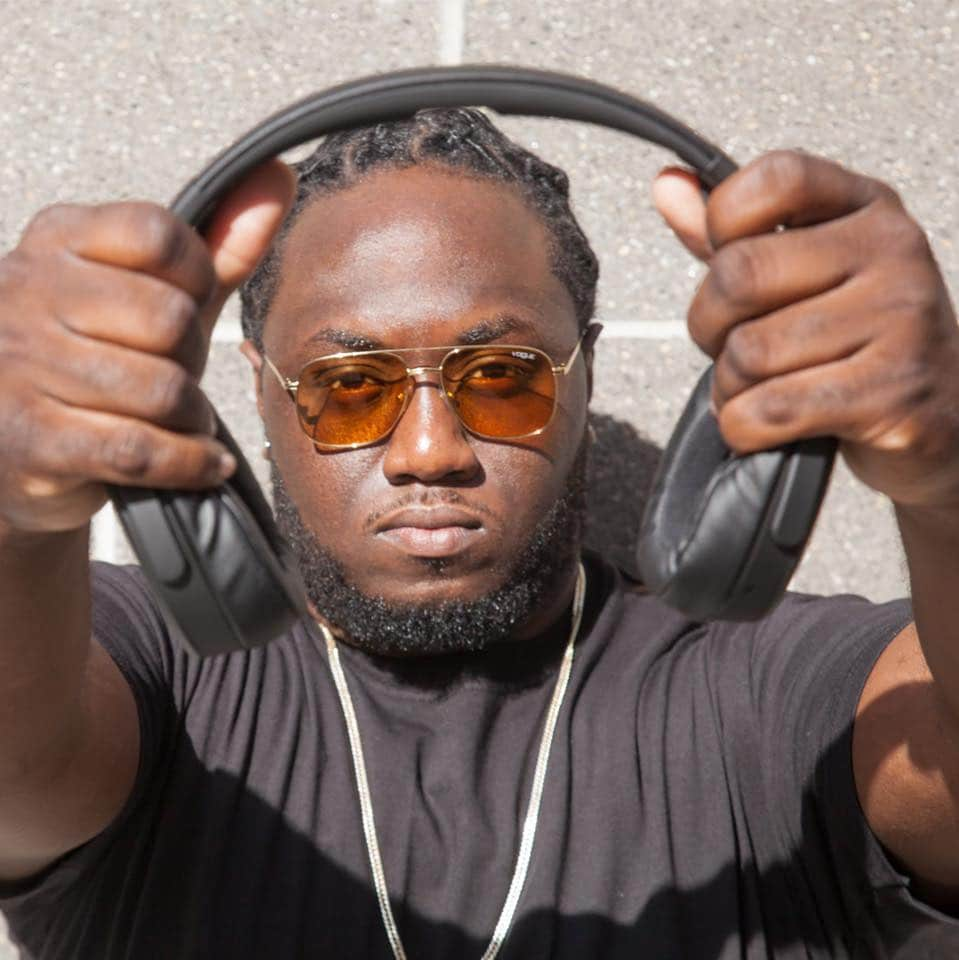
Sierra Leone’s music scene is growing, with a number of local artists – mainly rappers and singers – recently finding international critical acclaim while on world tours. This means that their home never ceases to reap the benefits of the best live shows they can put on! Freetown offers a host of seasonal live music events and music festivals annually.
Below is a list of top artists for you to explore, and we've also included some of the most popular festivals and concerts.
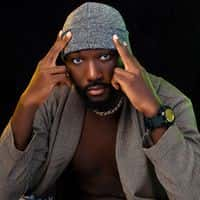 Musician
Musician
0.0
Emmerson
In Freetown, Sierra Leone
 Musician
Musician
5.0
Mello Seven
In Freetown, Sierra Leone
 Musician
Musician
0.0
Markmuday Waterlara
In Freetown, Sierra Leone
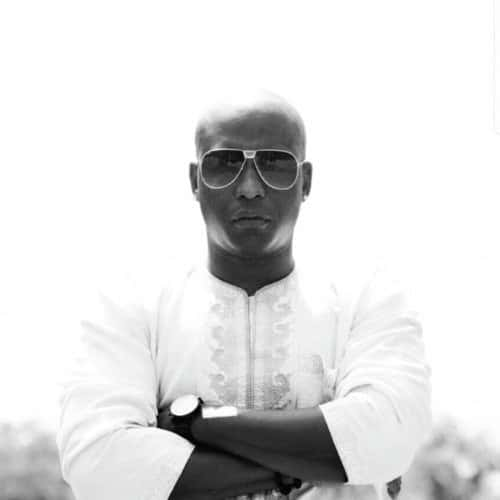 Musician
Musician
4.0
Shadow Boxxer
In Freetown, Sierra Leone
 Concert Festival
Concert Festival
5.0
ECOFEST
In Freetown, Sierra Leone
 Musician
Musician
0.0
Innocent Kuti
In Freetown, Sierra Leone
 Musician
Musician
0.0
The Therapist
In Freetown, Sierra Leone
 Musician
Musician
0.0
Kao Denero
In Freetown, Sierra Leone
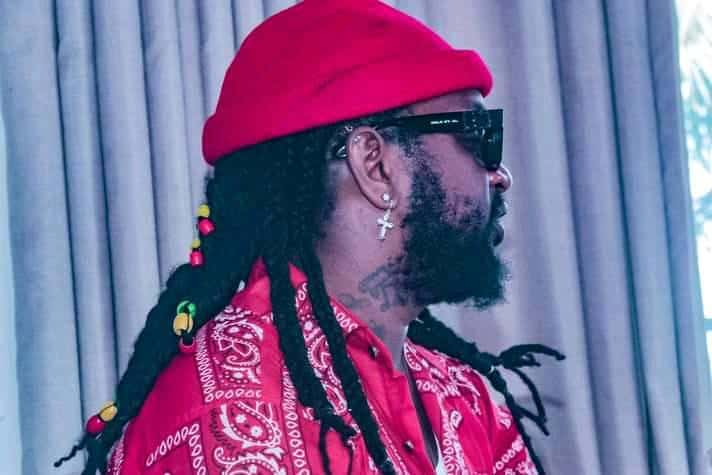 Musician
Musician
0.0
King Boss L.A.J.
In Freetown, Sierra Leone
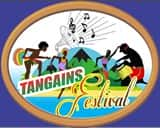 Arts & Crafts Festival
Arts & Crafts Festival
0.0
Tangains
In Freetown, Sierra Leone
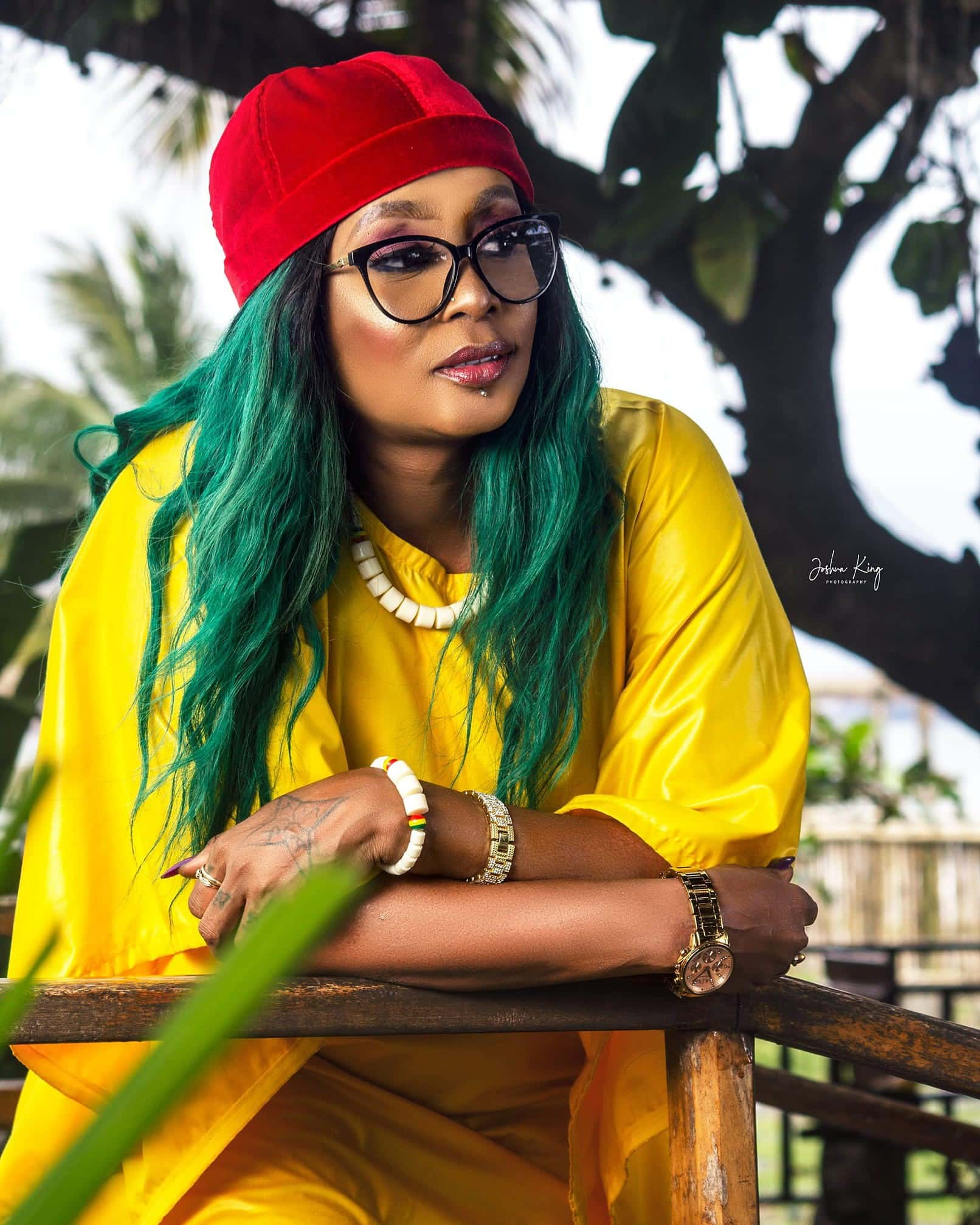 Musician
Musician
0.0
Star Zee
In Freetown, Sierra Leone
 Musician
Musician
0.0
Morris Wonderboy
In Freetown, Sierra Leone
 Musician
Musician
0.0
Rahim Da Wezard
In United States
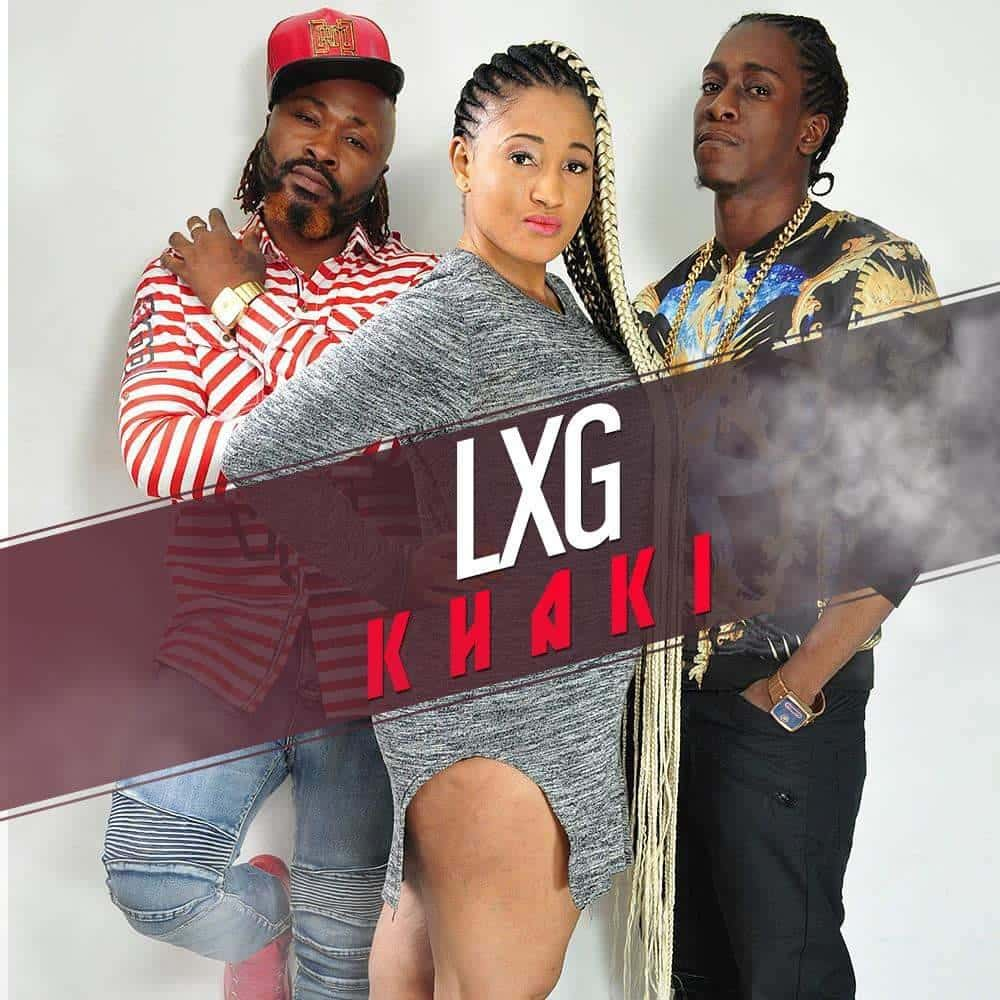 Musician
Musician
0.0
LXG
In Freetown, Sierra Leone
 Musician
Musician
0.0
Rozzy Sokota
In Freetown, Sierra Leone
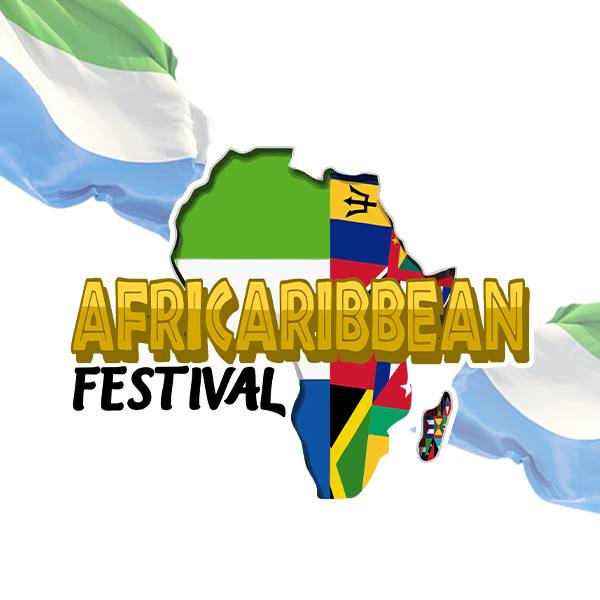 Dance Concert Festival
Dance Concert Festival
0.0
AfriCaribbean
In Freetown, Sierra Leone
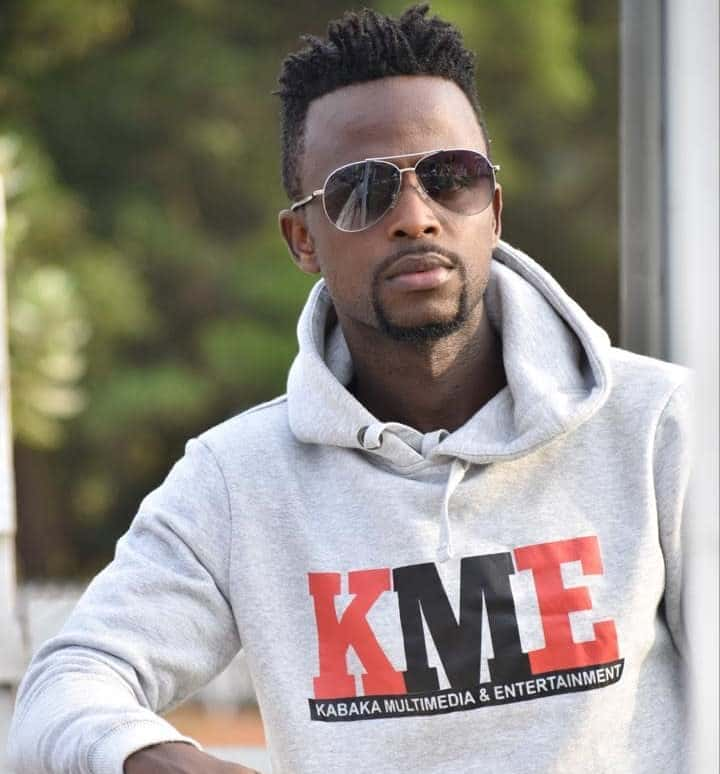 Musician
Musician
0.0
Samza Orfinor Serry
In Freetown, Sierra Leone
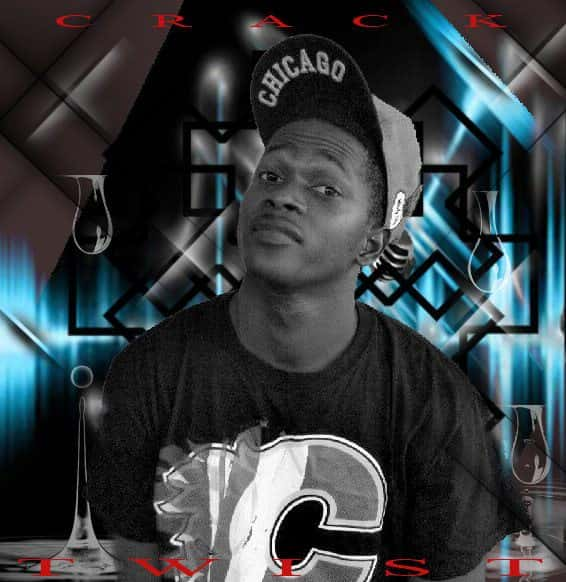 Musician
Musician
0.0
Kracktwist
In Freetown, Sierra Leone
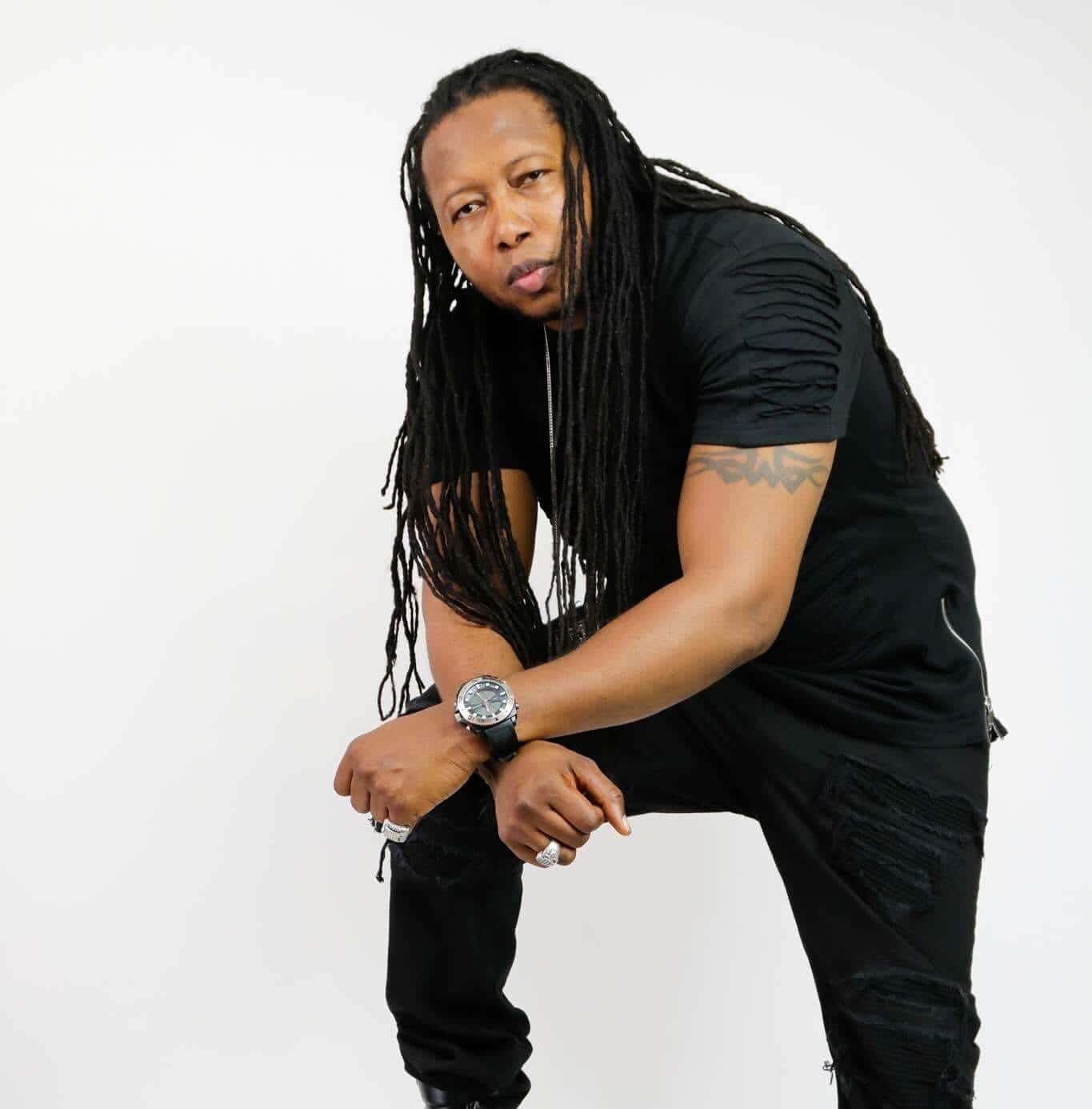 Musician
Musician
0.0
Yok 7
In Freetown, Sierra Leone
 Musician
Musician
0.0
Arkman
In Freetown, Sierra Leone
 Concert Festival
Concert Festival
5.0
Gbamgbaode
In Freetown, Sierra Leone
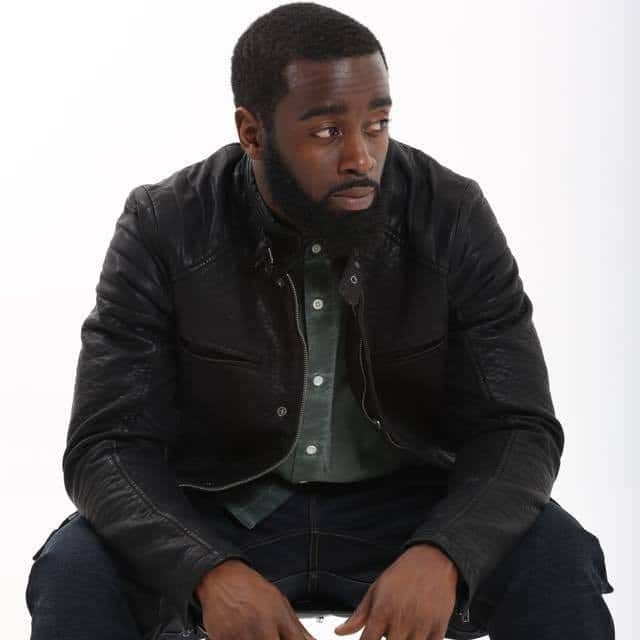 Musician
Musician
0.0
Alim Kamara
In London, United Kingdom
Art & Culture
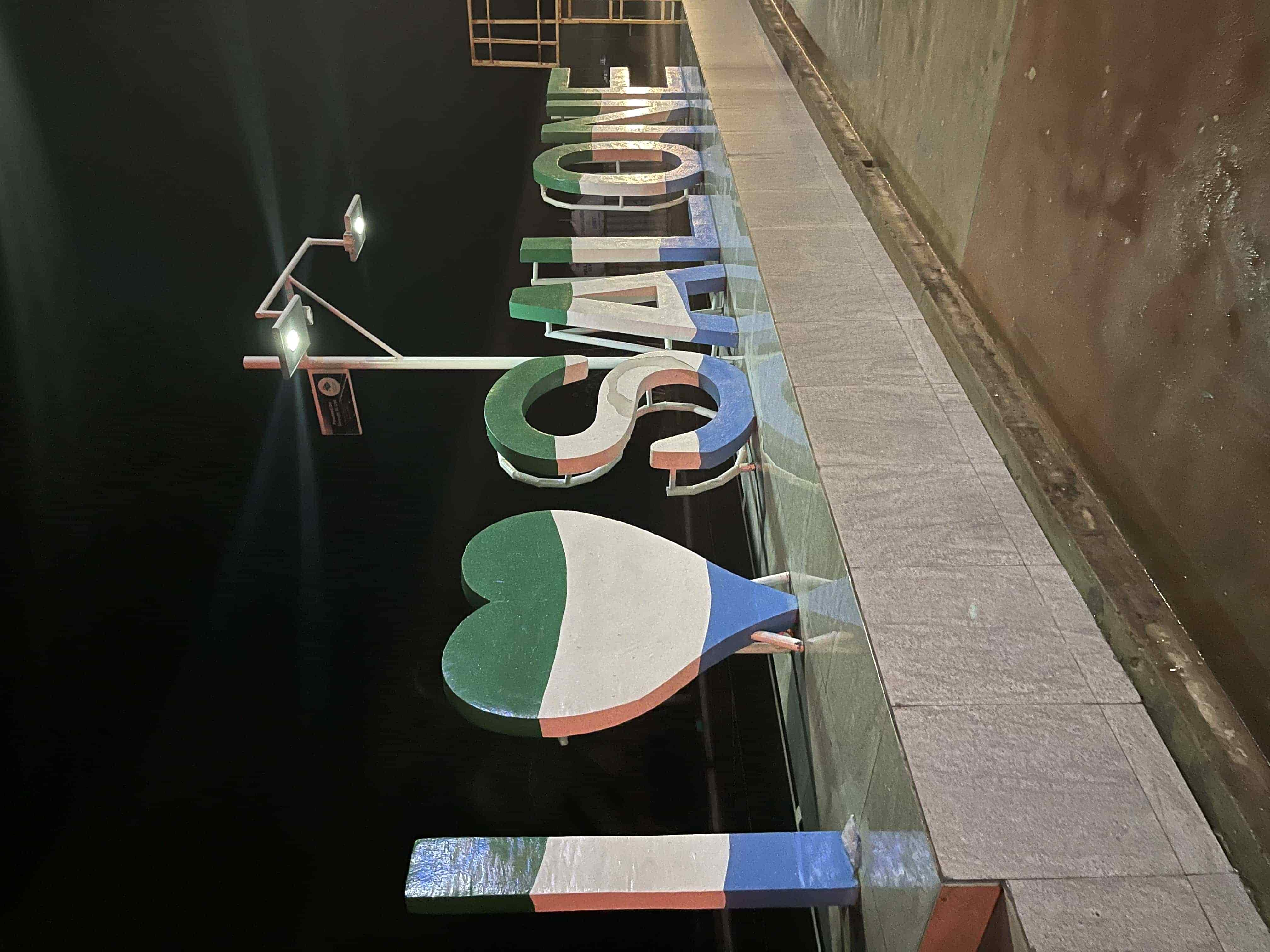
Art scenes across the African continent are growing exponentially, profoundly influencing global trends and techniques, and Sierra Leone is a part of this movement. In recent years a number of creative collectives, exhibition seasons, festivals and isolated events have begun to grace the Freetownian cultural life with their interpretations of local economics, politics and social trajectories.
From all-female-photography collectives, to the local school of thought for fine arts known as The Barray – the city of Freetown now offers a unique creative journey to its visitors. Spoken word and live music movements are also on the comeup.
Below is a list of artists, programs, and festivals to check out!
 Art Studio
Art Studio
0.0
Lettie Stuart Pottery
In Freetown, Sierra Leone
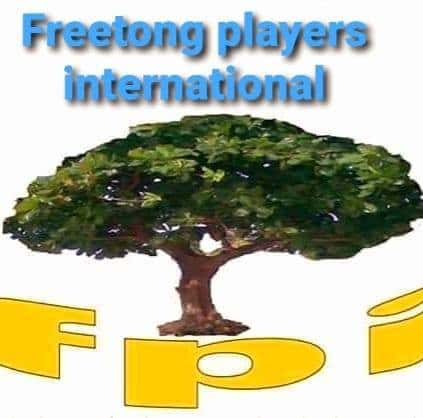 Theatre
Theatre
0.0
Freetong Players International
In Freetown, Sierra Leone
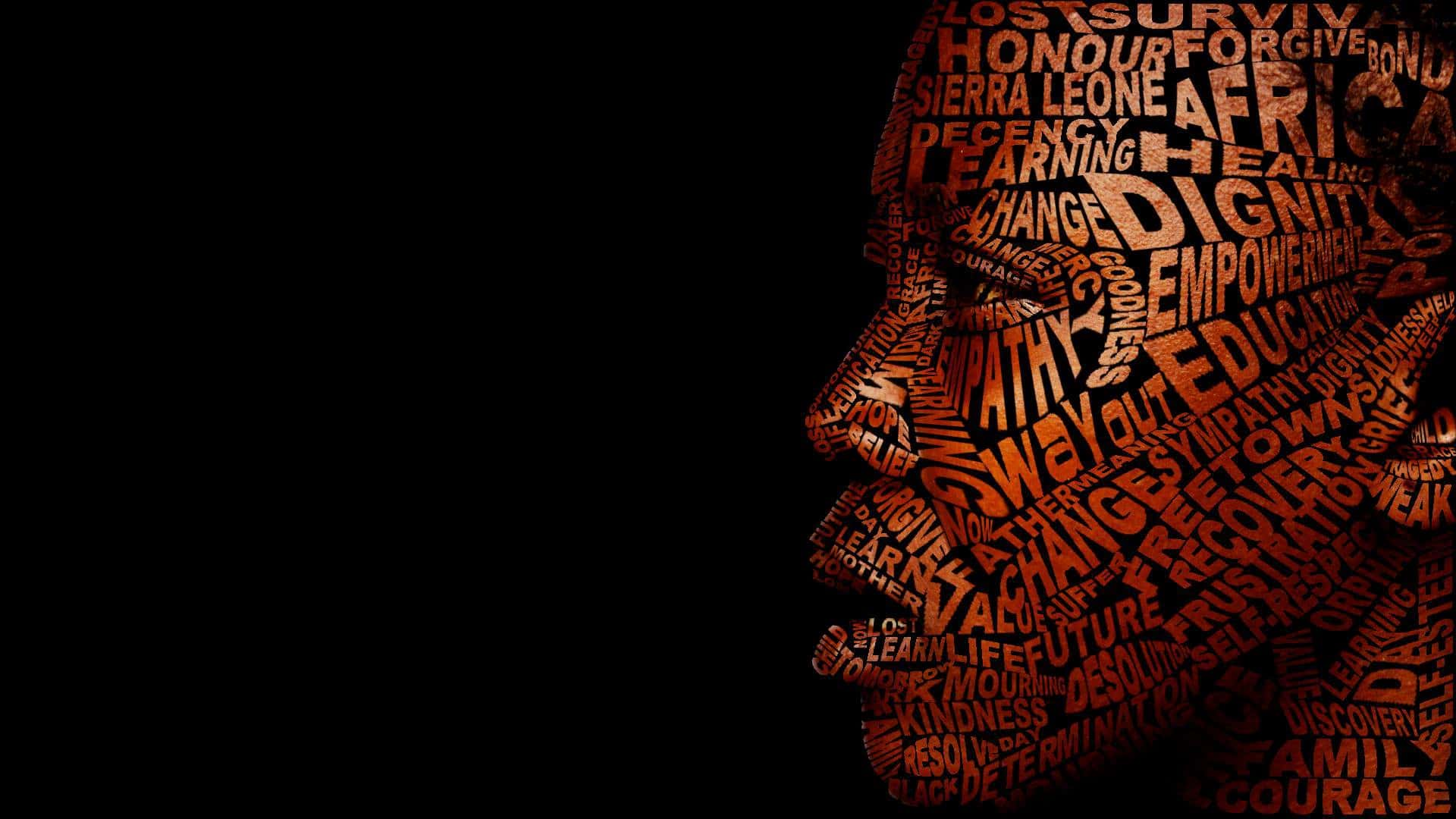 Art & Culture Nonprofit
Art & Culture Nonprofit
0.0
WAYout Arts for Youth
In Freetown, Sierra Leone
 Storytelling
Storytelling
0.0
Poda Poda Stories
In Freetown, Sierra Leone
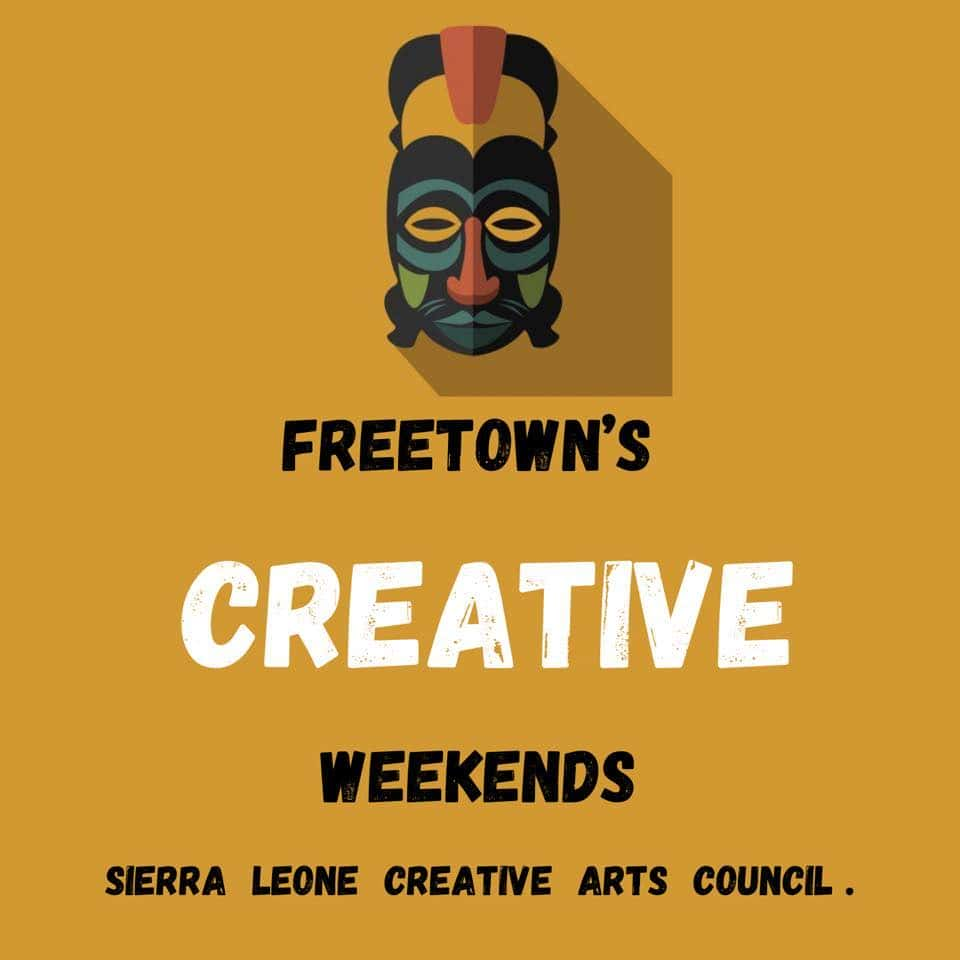 Art Collective
Art Collective
0.0
Sierra Leone Creative Arts Council
In Freetown, Sierra Leone
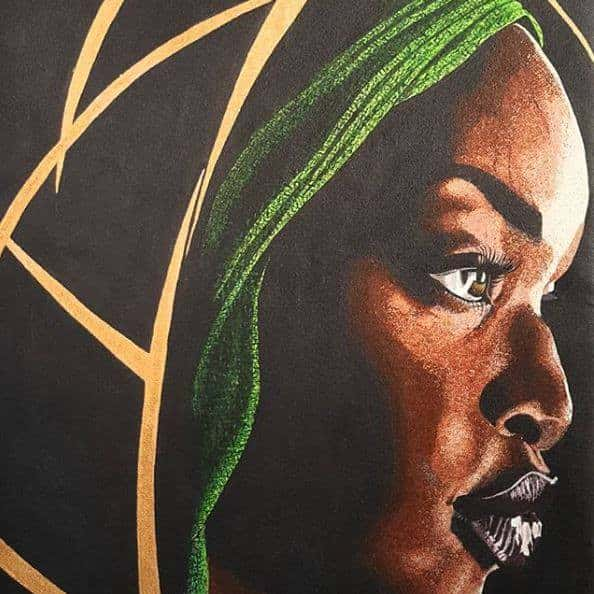 Visual Art
Visual Art
0.0
Hawa Bangura
In Freetown, Sierra Leone
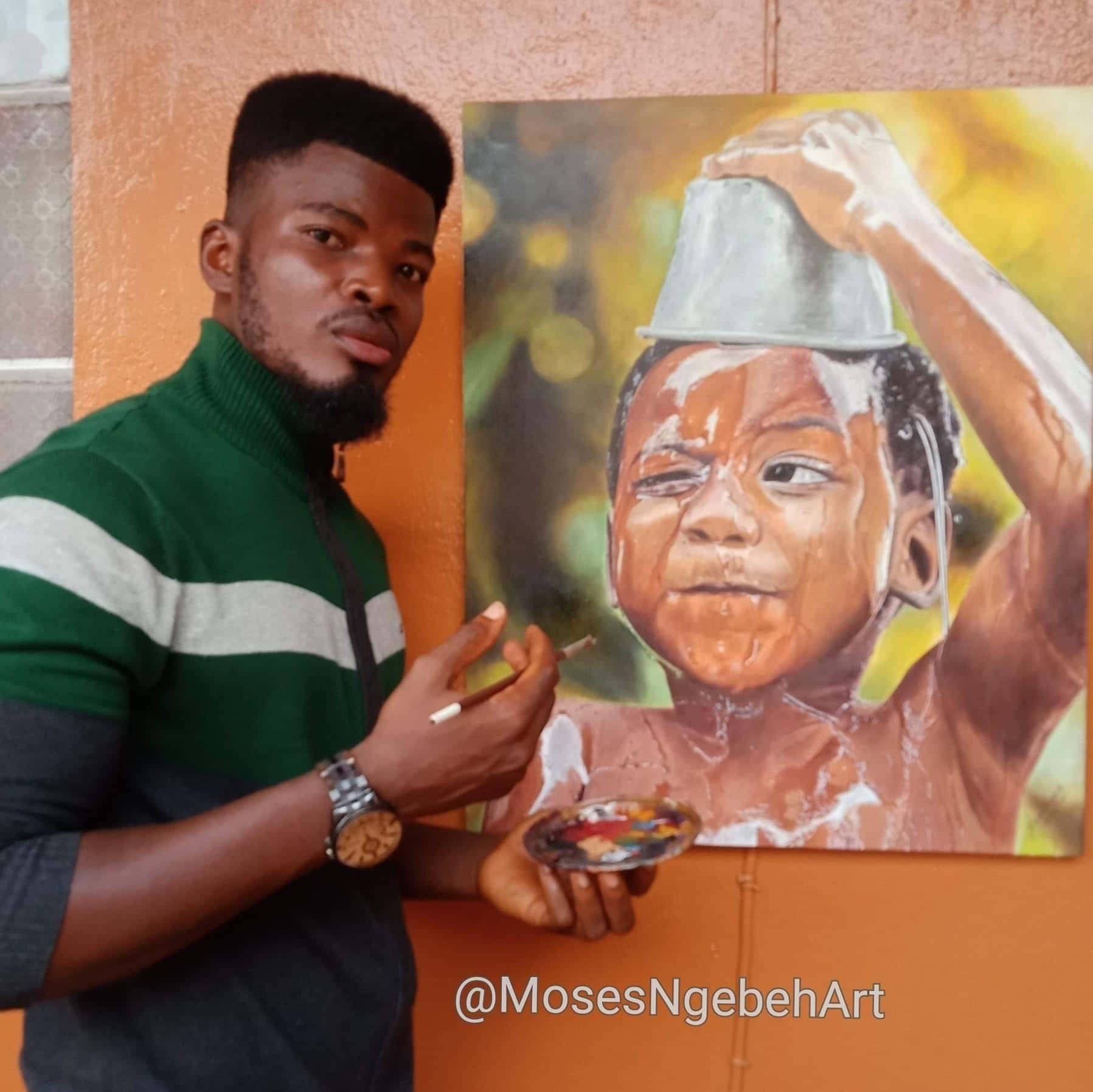 Visual Art
Visual Art
0.0
Moses Nyakeh Ngebeh
In Freetown, Sierra Leone
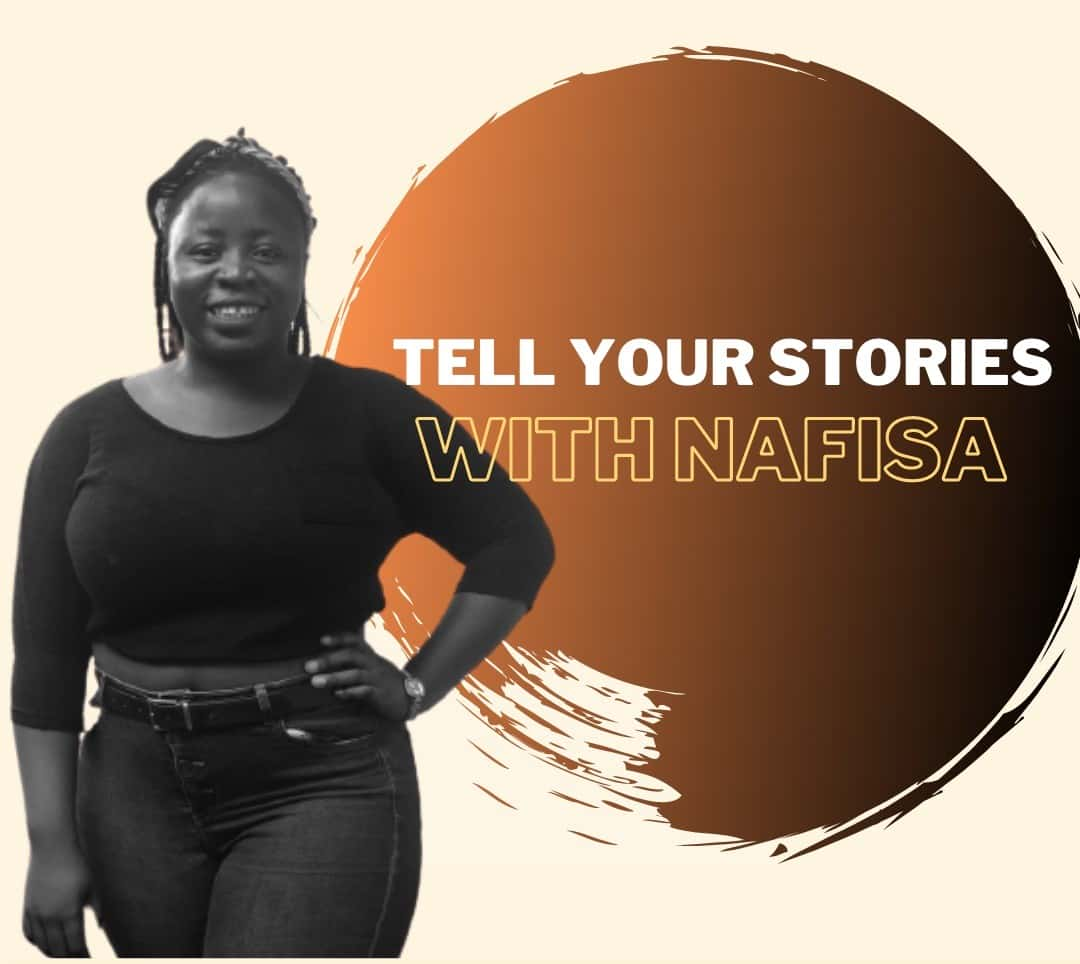 Magazine
Magazine
0.0
Nafisa Magazine
In Freetown, Sierra Leone
 Arts & Crafts Dance Poetry Storytelling Visual Art Festival
Arts & Crafts Dance Poetry Storytelling Visual Art Festival
0.0
The Ma Dengn Association
In Freetown, Sierra Leone
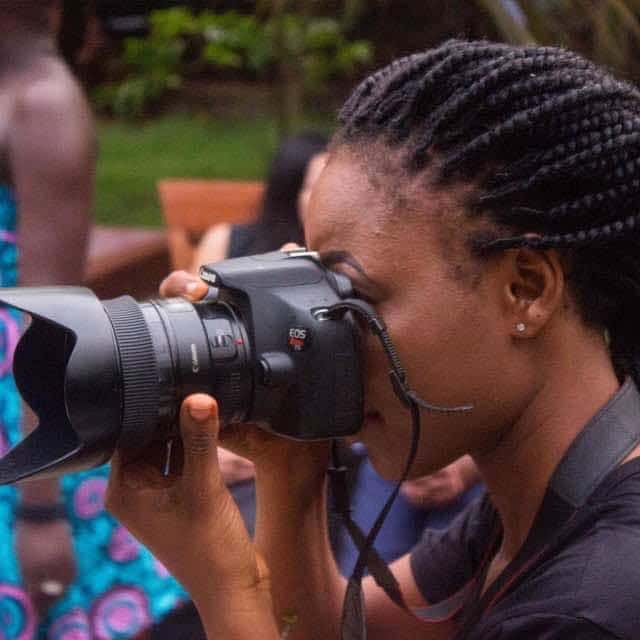 Photography
Photography
0.0
Girls Behind The Lens
In Freetown, Sierra Leone
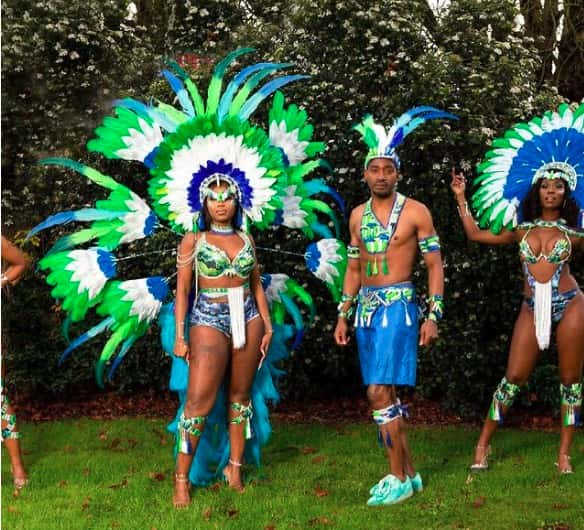 Festival
Festival
0.0
We Yone Carnival
In Freetown, Sierra Leone
 Dance
Dance
0.0
Queen Raki
In Freetown, Sierra Leone
 Arts & Crafts Festival
Arts & Crafts Festival
0.0
Tangains
In Freetown, Sierra Leone
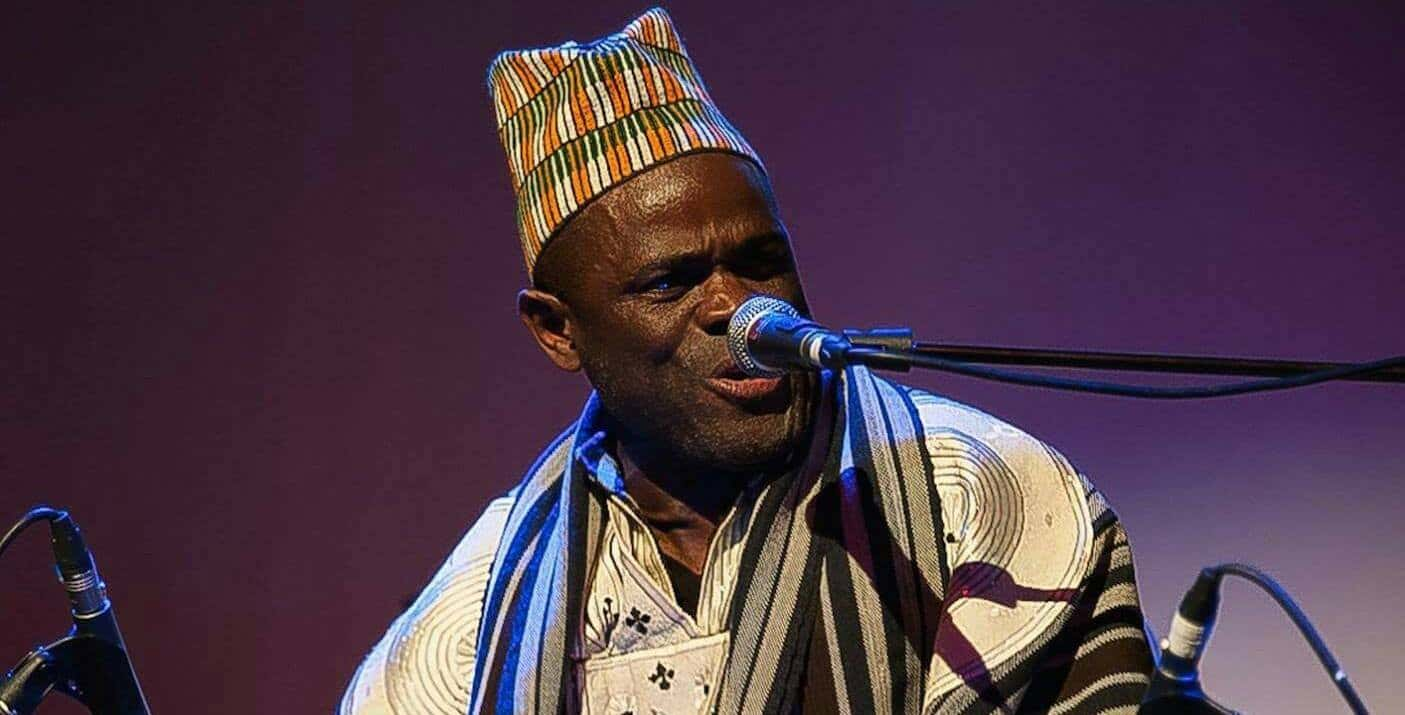 Storytelling
Storytelling
0.0
Usifu Jalloh: The Cowfoot Prince
In Freetown, Sierra Leone
 Art Collective
Art Collective
0.0
The Barray - Contemporary Visual Artists’ Alliance
In Freetown, Sierra Leone
 Musician
Musician
0.0
Alim Kamara
In London, United Kingdom
 Business Development
Business Development
0.0
Creative Hub Africa
In Freetown, Sierra Leone
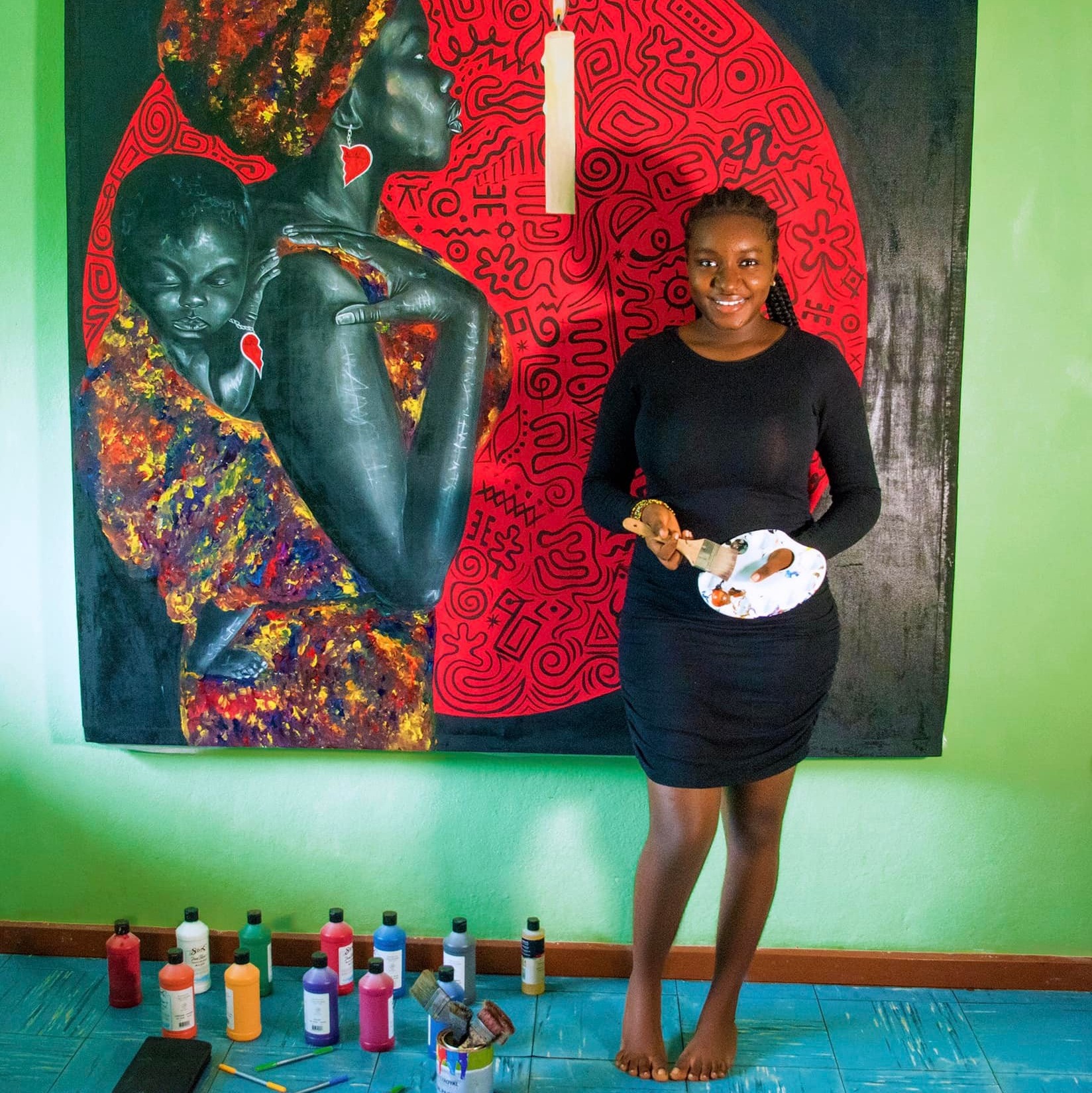 Art Gallery
Art Gallery
0.0
Bondumani Art
In Freetown, Sierra Leone
Fashion
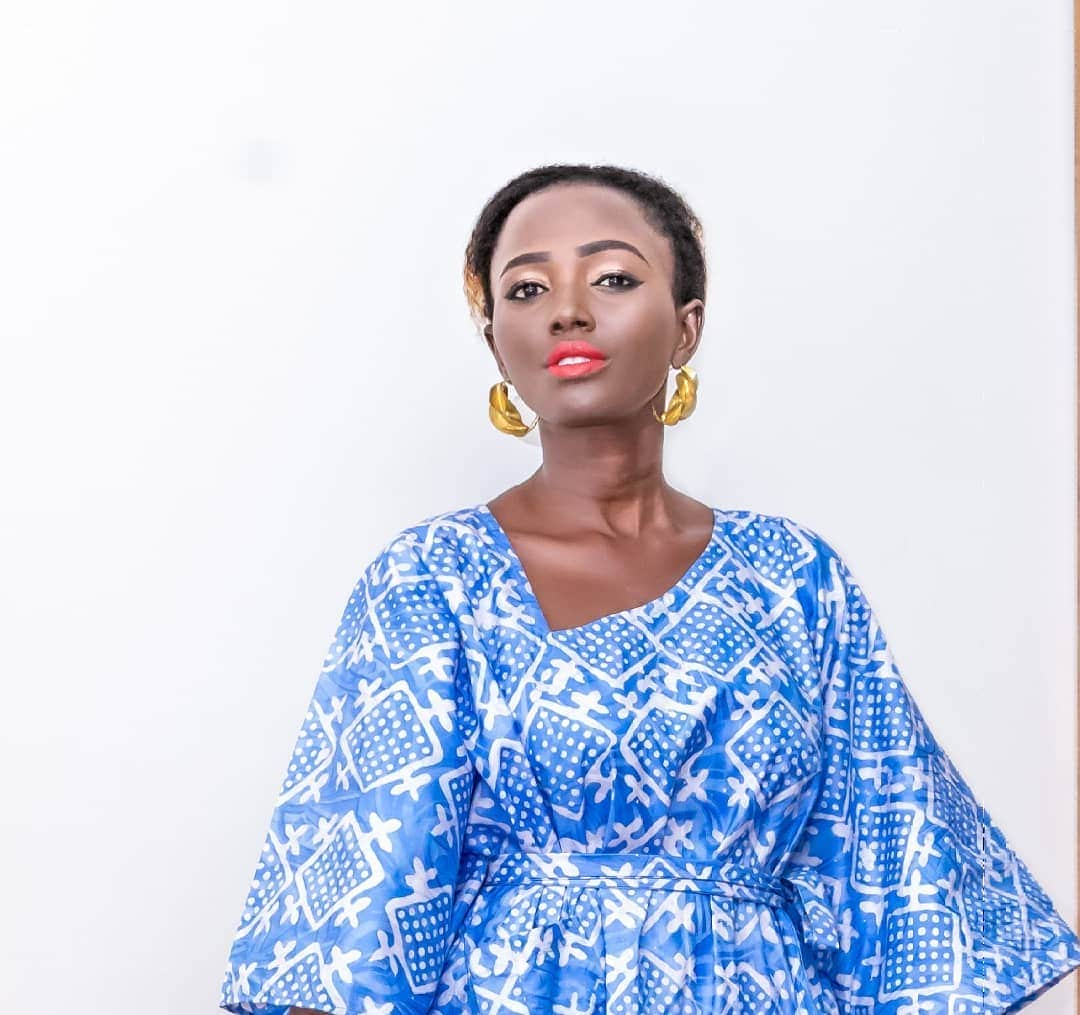
If there’s one thing Sierra Leoneans both prioritise and cherish – it’s style! Akin to our counterparts across the West African region, Sierra Leoneans love to ‘bluff’ (that’s Krio for dress well). Freetown is home to countless up-and-coming fashion designers, private tailors, textile/clothing material shops, and accessory stores for the creative ‘bluffer’ ready to take the trends by storm.
Below are some of our favorite places and providers to get some of our favorite fashion items!
 Fashion Boutique
Fashion Boutique
0.0
Madam Wokie
In Freetown, Sierra Leone
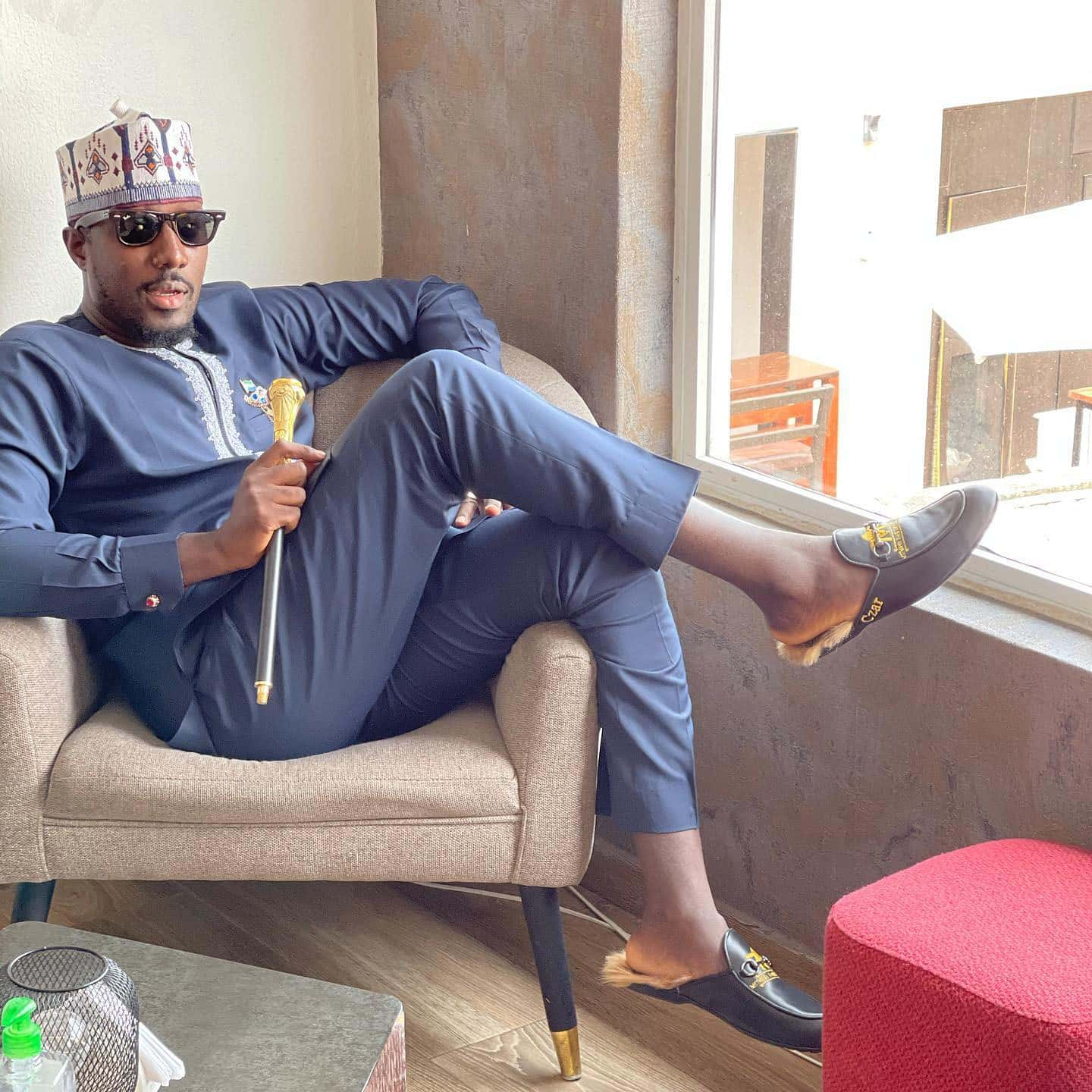 Fashion Boutique
Fashion Boutique
0.0
Mumini Fashion Empire
In Freetown, Sierra Leone
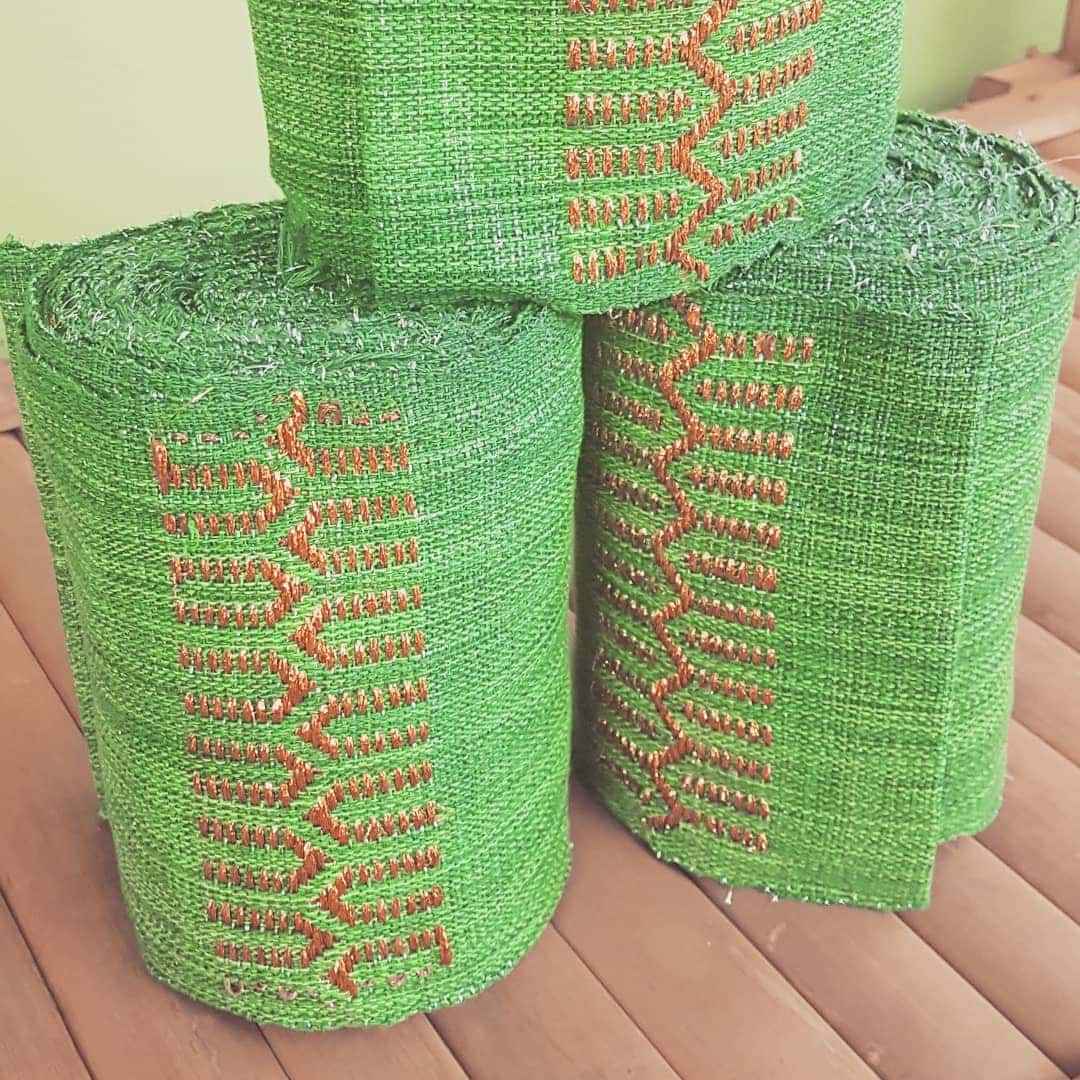 Fabrics
Fabrics
0.0
Country Cloth
In Freetown, Sierra Leone
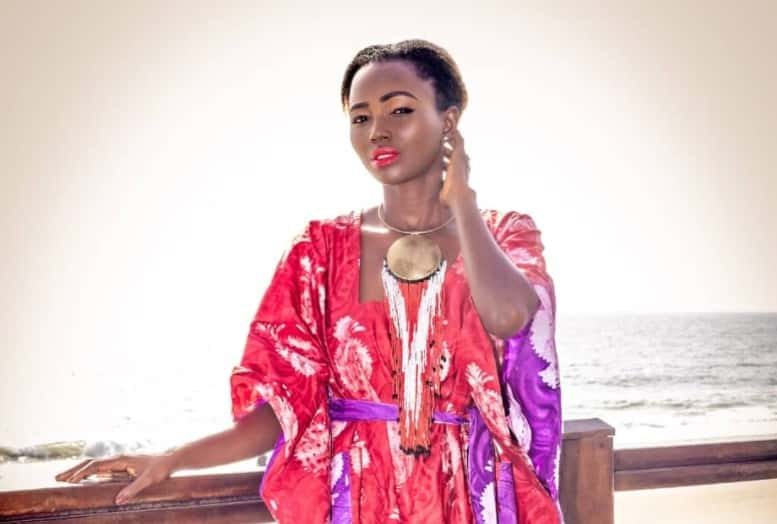 Fashion Boutique
Fashion Boutique
0.0
Tesmaraneh
In Freetown, Sierra Leone
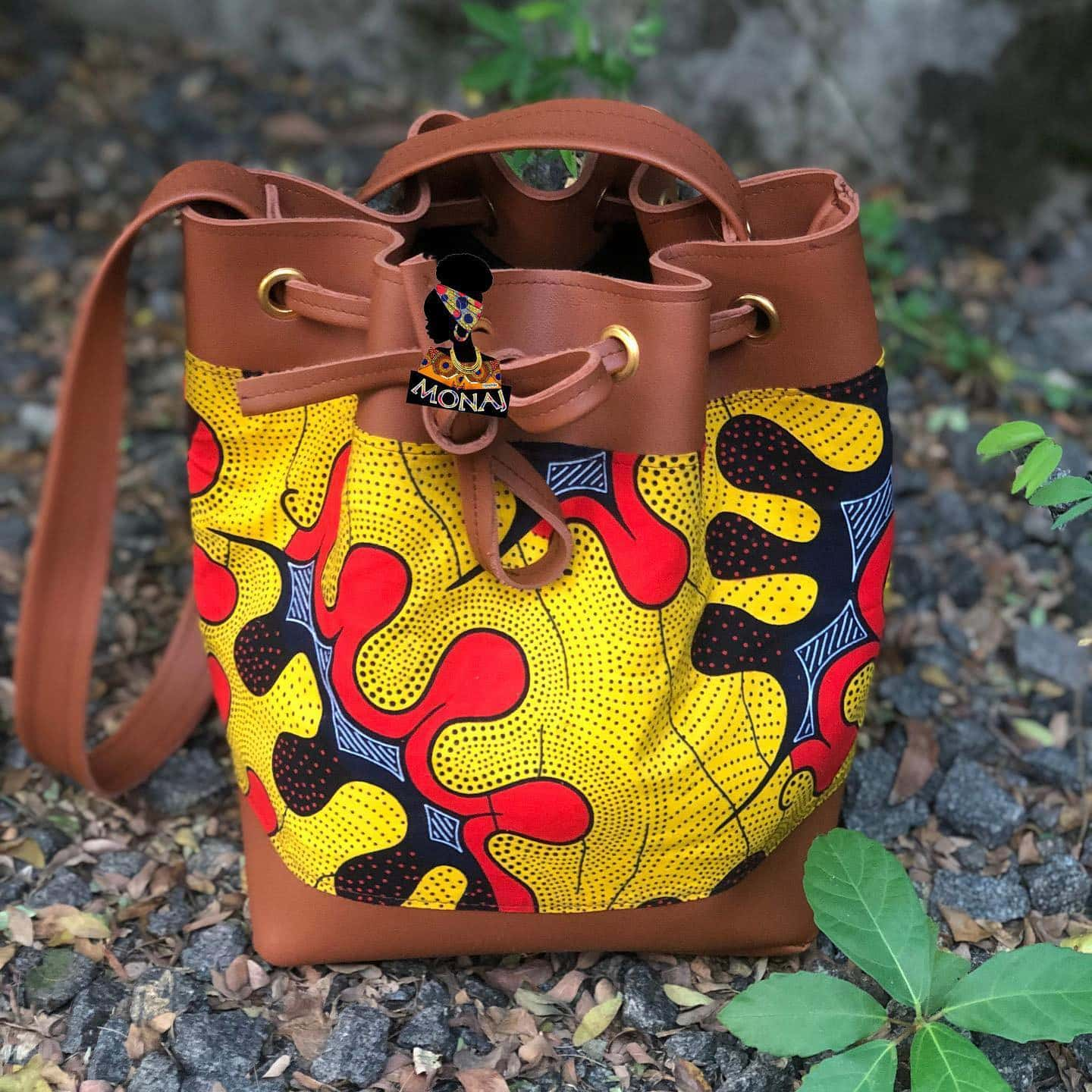 Fashion Boutique
Fashion Boutique
0.0
MONAJ
In Freetown, Sierra Leone
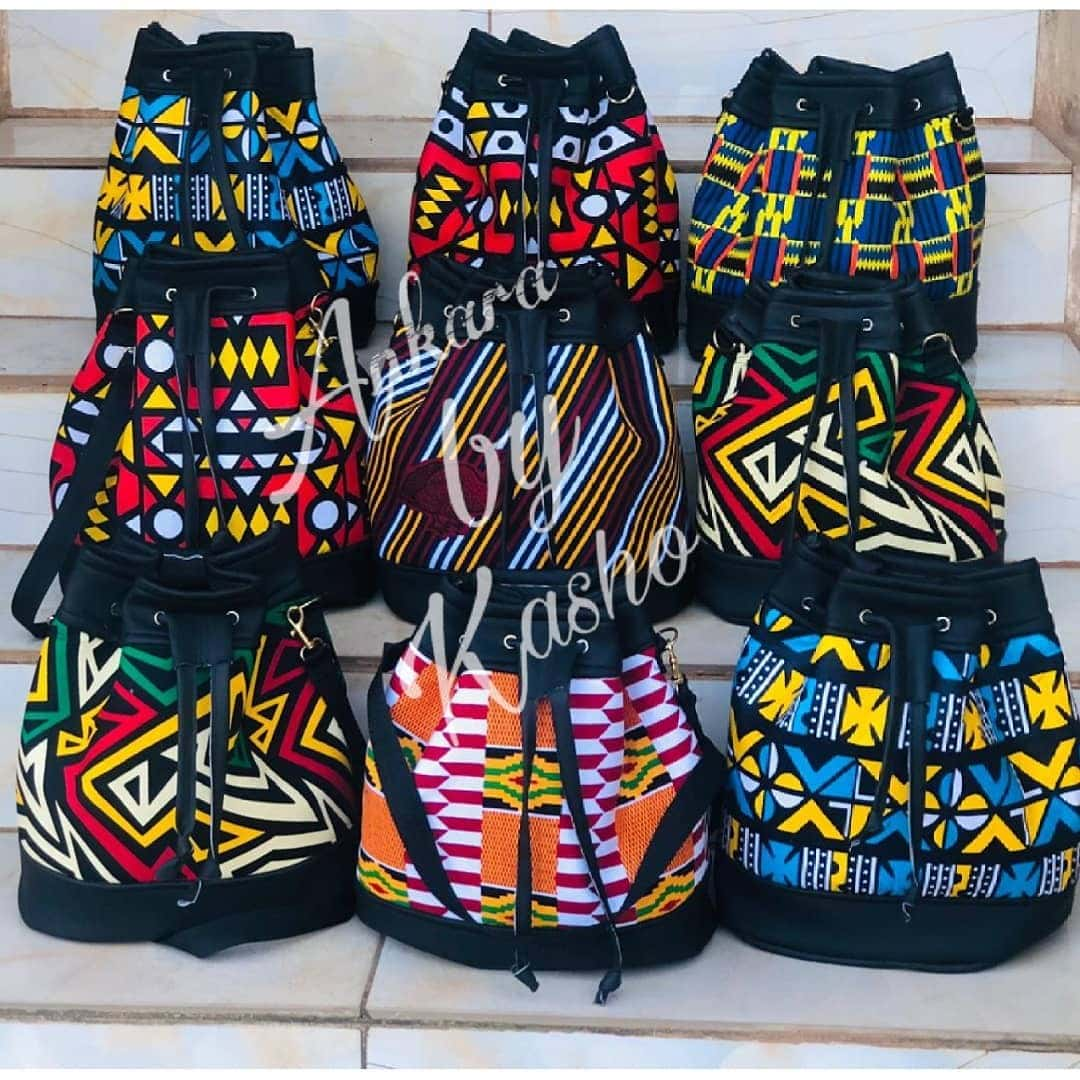 Fashion Boutique
Fashion Boutique
0.0
House Of Kasho
In Freetown, Sierra Leone
 Fashion Boutique
Fashion Boutique
0.0
Tian's Closet
In Freetown, Sierra Leone
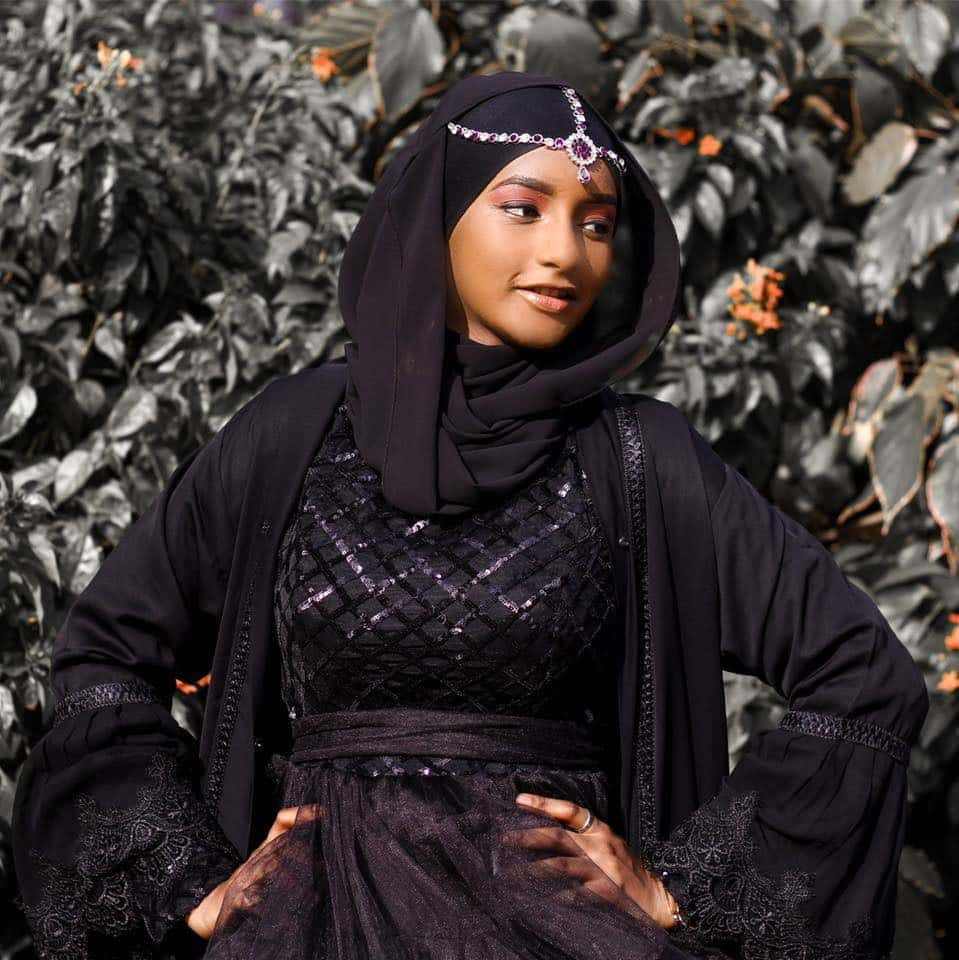 Fashion Boutique
Fashion Boutique
0.0
ANIQ Modesty
In Freetown, Sierra Leone
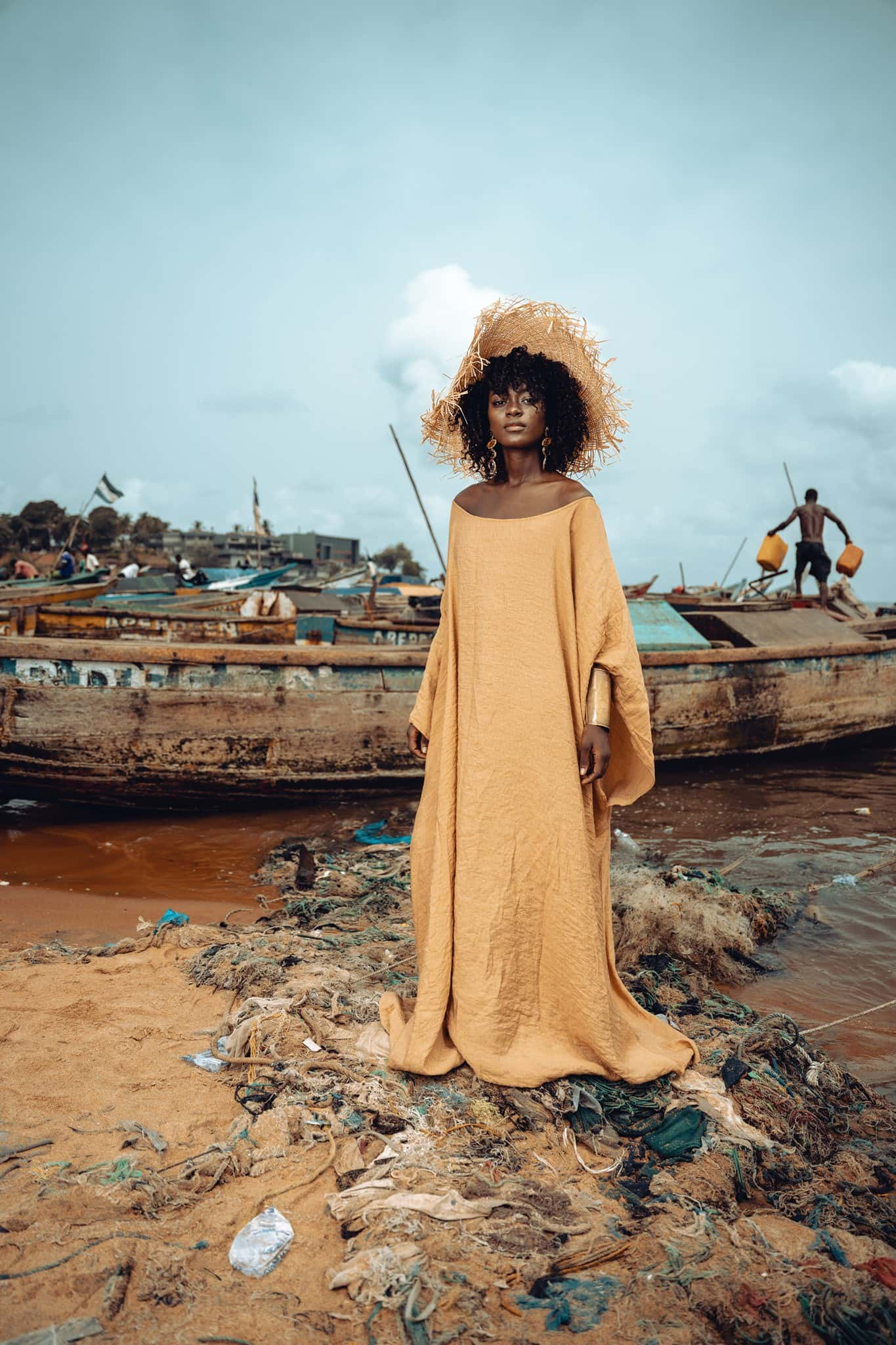 Fashion Design
Fashion Design
0.0
MODE Observer
In Freetown, Sierra Leone
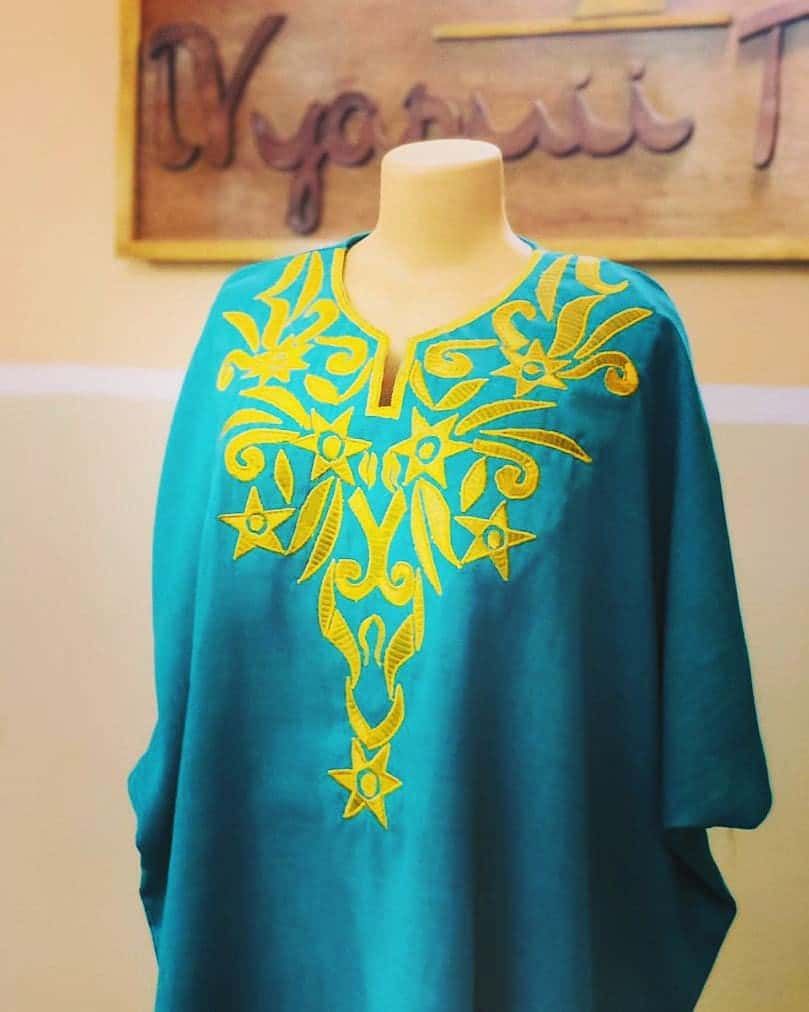 Tailoring
Tailoring
0.0
Nyapuii Threads
In Freetown, Sierra Leone
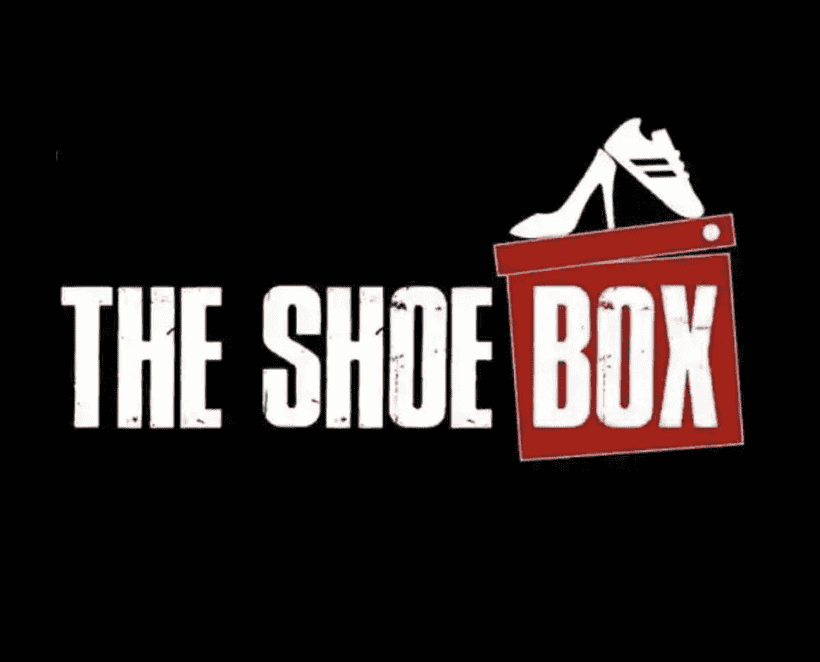 Footwear
Footwear
0.0
TheShoeBox
In Freetown, Sierra Leone
 Footwear
Footwear
0.0
Lucia's Shoeroom
In Freetown, Sierra Leone
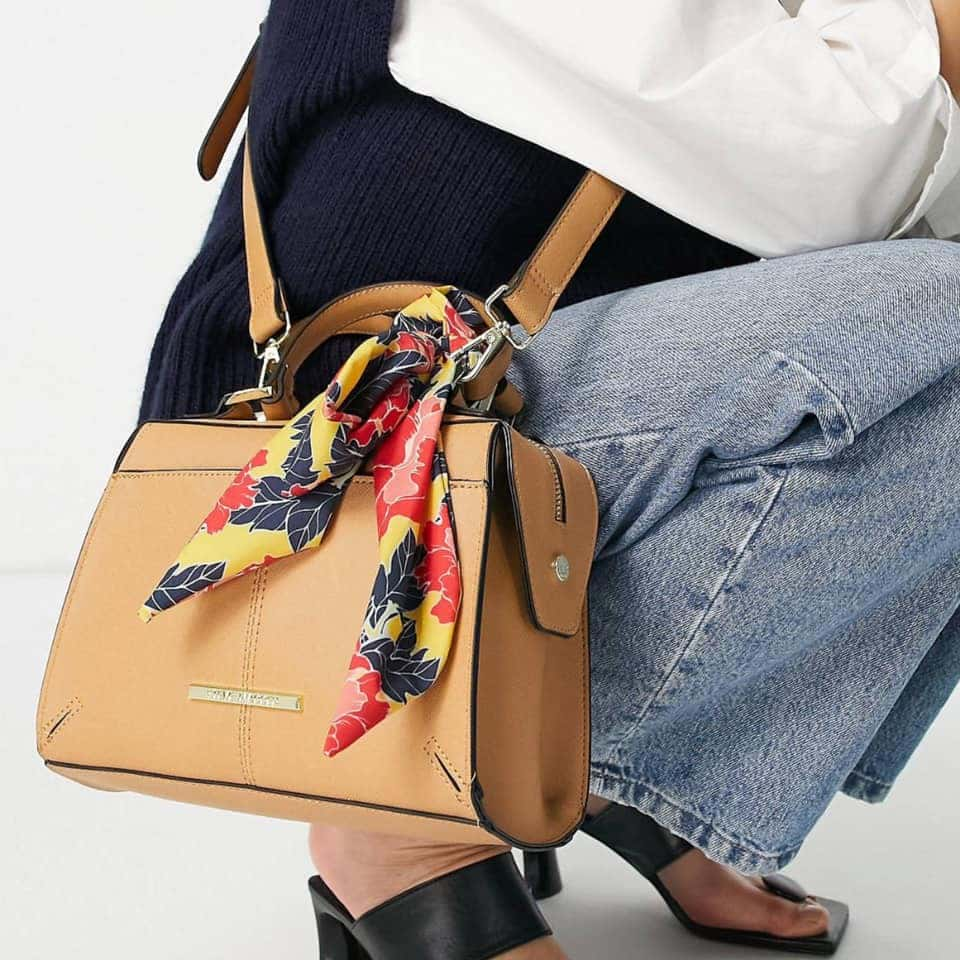 Fashion Boutique
Fashion Boutique
0.0
Hawawa Boutique & Beauty Parlour
In Freetown, Sierra Leone
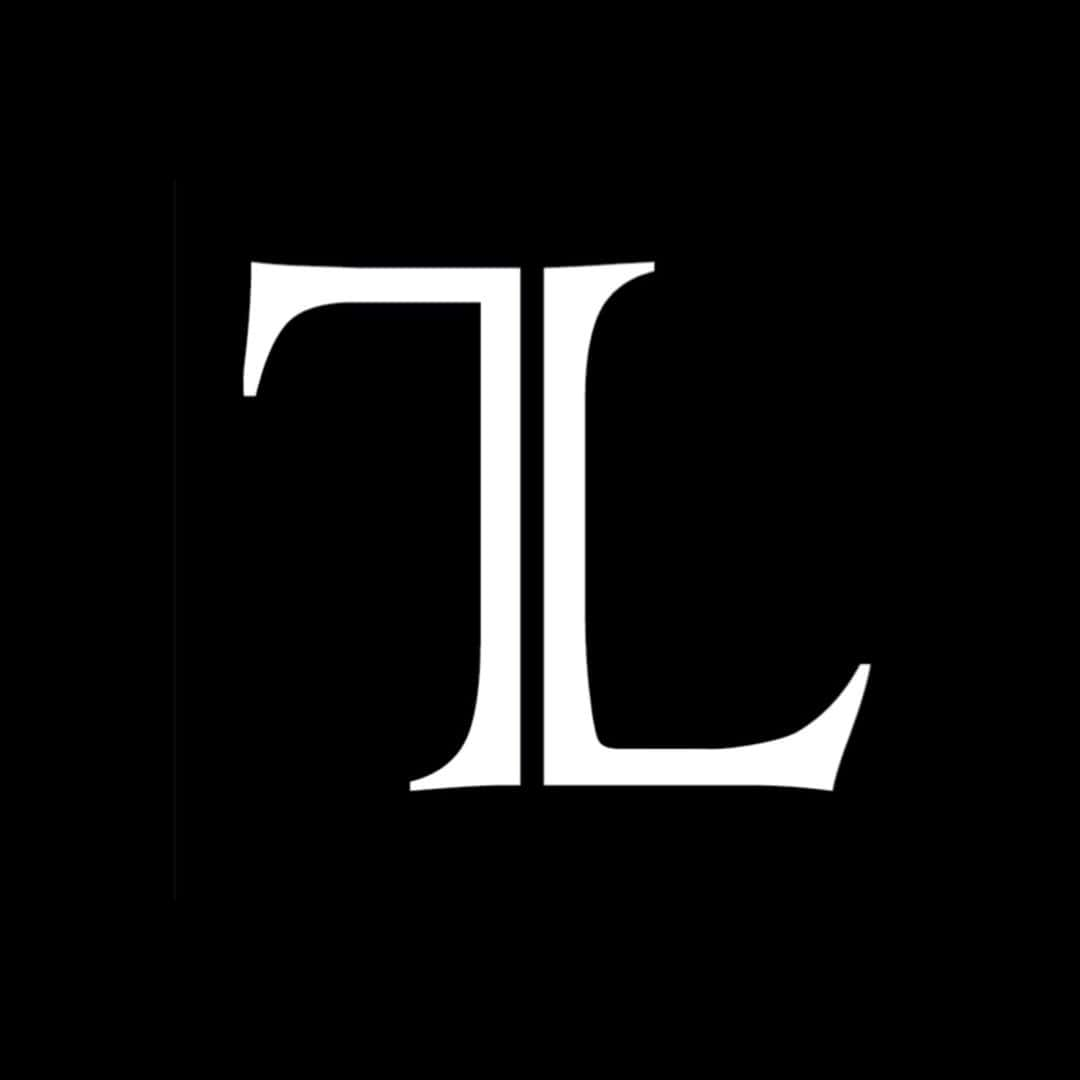 Bags & Accessories
Bags & Accessories
0.0
True Leone
In United States
Health, Beauty & Wellness
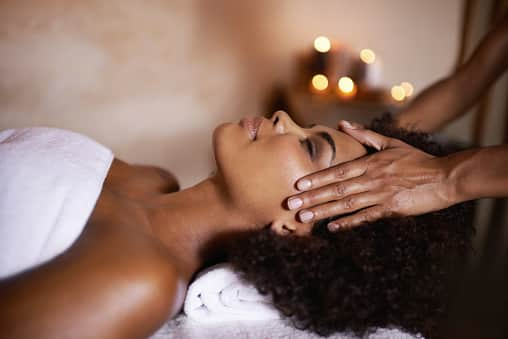
Are you a health and wellness aficionado? Serious about your workout and self care routine? Or maybe you want to look your best at all times during your trip.
Freetown has a plethora of health, beauty, and wellness resources to choose from.
Below is a list of some of our favorite spots to keep your hair looking right, your six pack hard, and your manicure fresh! We've also included some local made beauty products!
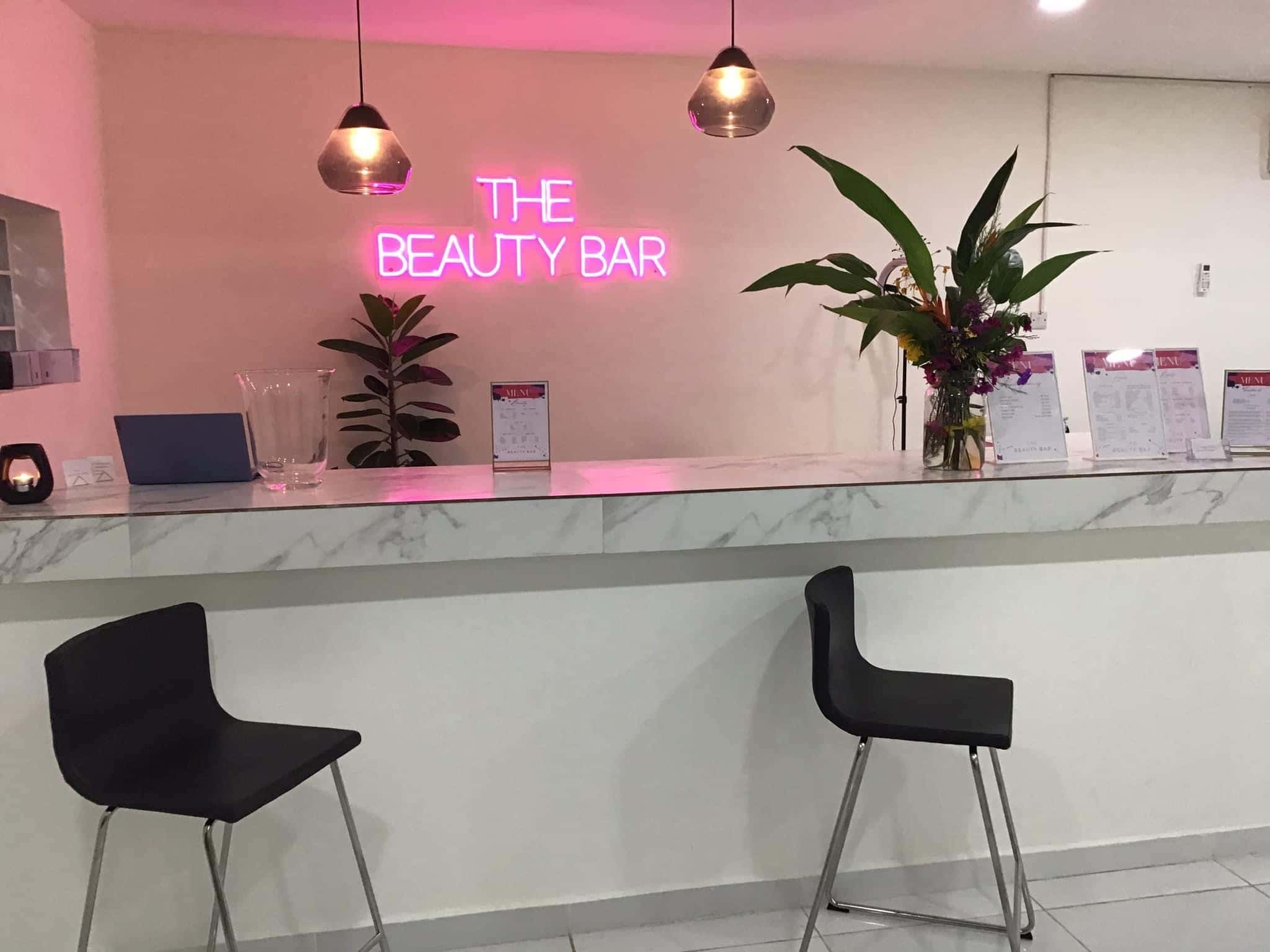 Beauty Salon
Beauty Salon
4.0
The Beauty Bar
In Freetown, Sierra Leone
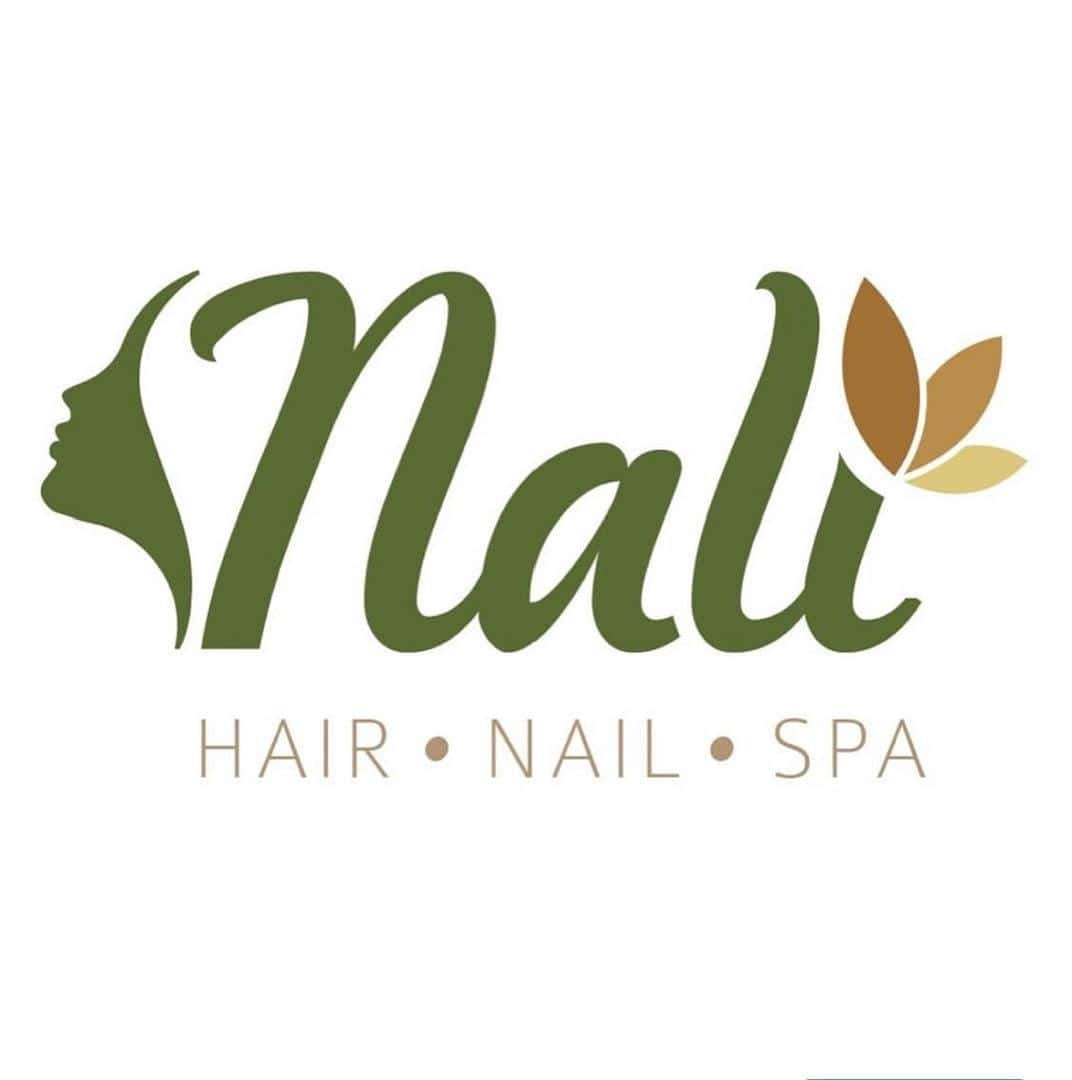 Beauty Salon
Beauty Salon
0.0
Nali Spa
In Freetown, Sierra Leone
 Haircare
Haircare
0.0
Blossom Hair & Beauty
In Freetown, Sierra Leone
 Beauty Salon
Beauty Salon
4.0
Twin's Beauty Salon
In Freetown, Sierra Leone
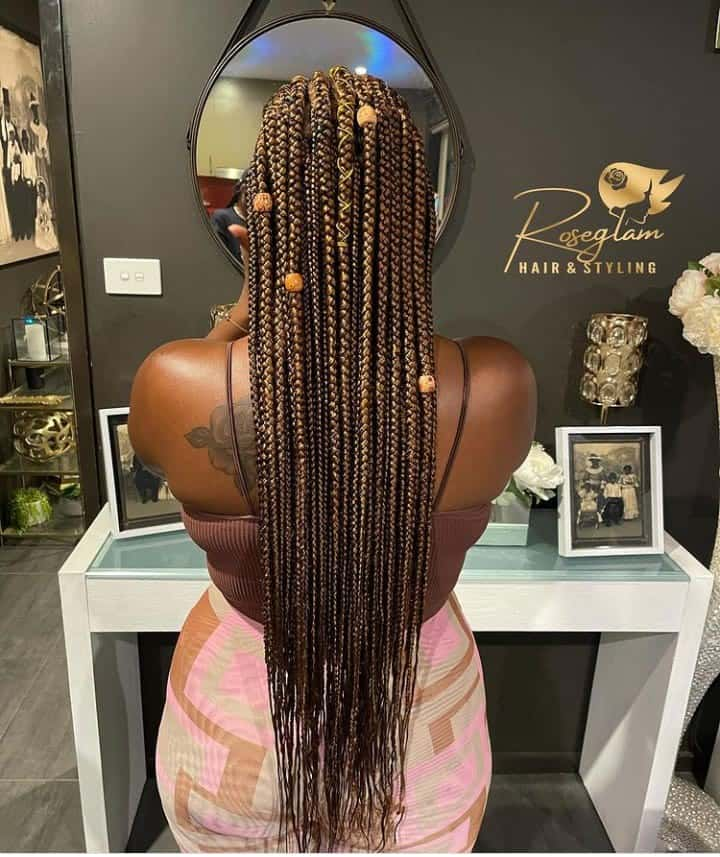 Haircare
Haircare
0.0
Roseglam Hair
In Freetown, Sierra Leone
 Cosmetics
Cosmetics
0.0
Lizy’s Hair & Beauty Products
In Freetown, Sierra Leone
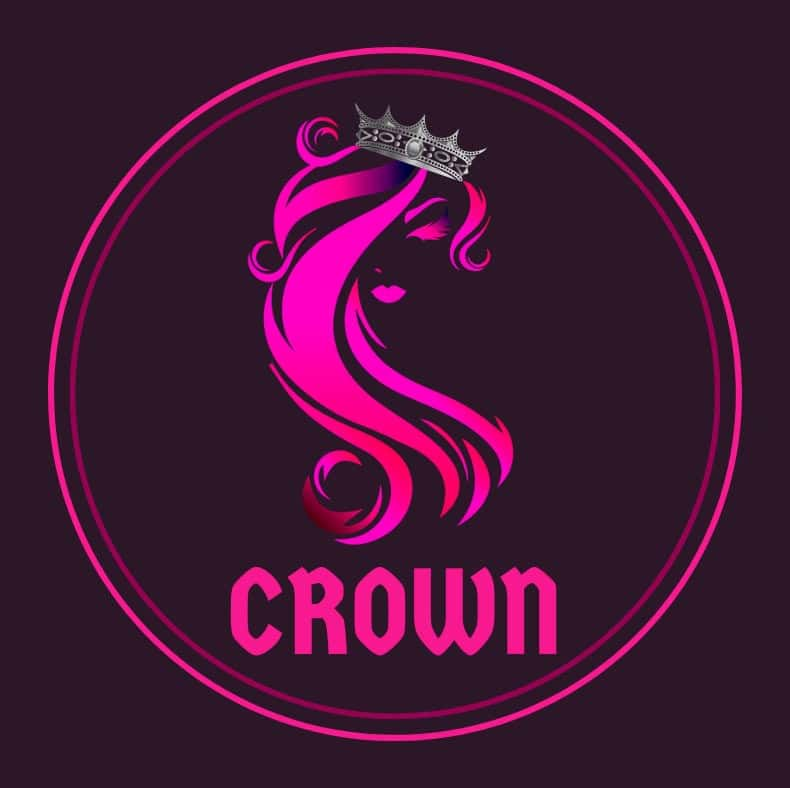 Haircare
Haircare
0.0
Crown Wigs
In Freetown, Sierra Leone
 Barber
Barber
0.0
Urban Cutz
In Freetown, Sierra Leone
 Fashion Boutique
Fashion Boutique
0.0
Hawawa Boutique & Beauty Parlour
In Freetown, Sierra Leone
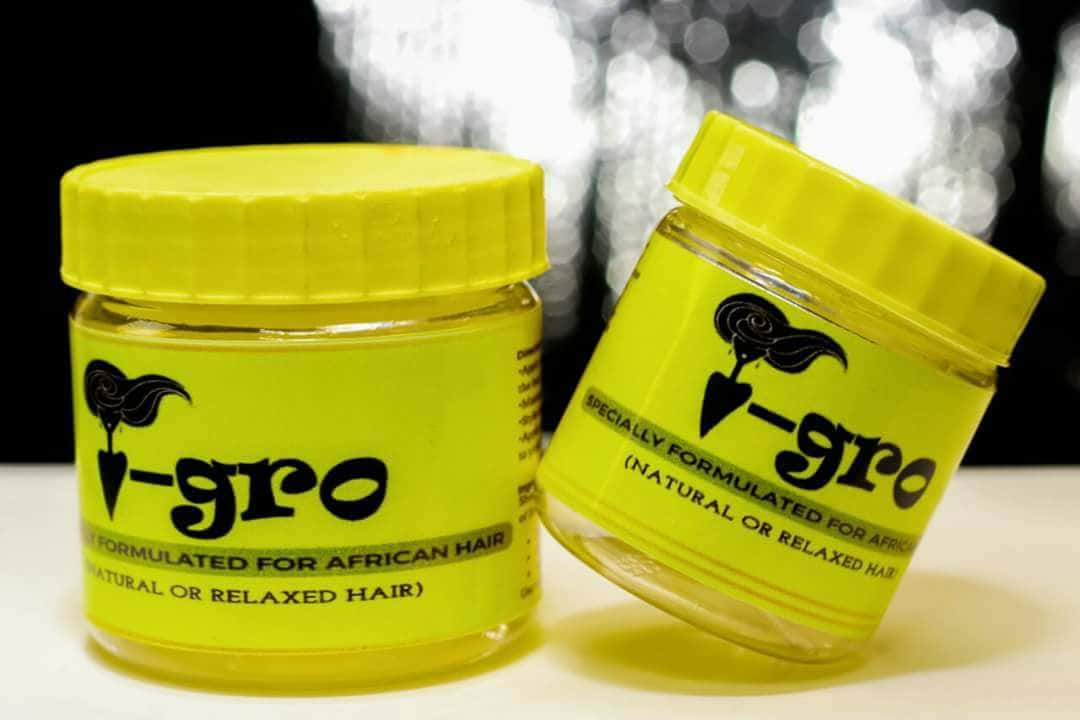 Cosmetics
Cosmetics
5.0
I-GRO Cosmetics
In Freetown, Sierra Leone
 Haircare
Haircare
0.0
MTL-Hairline
In Freetown, Sierra Leone
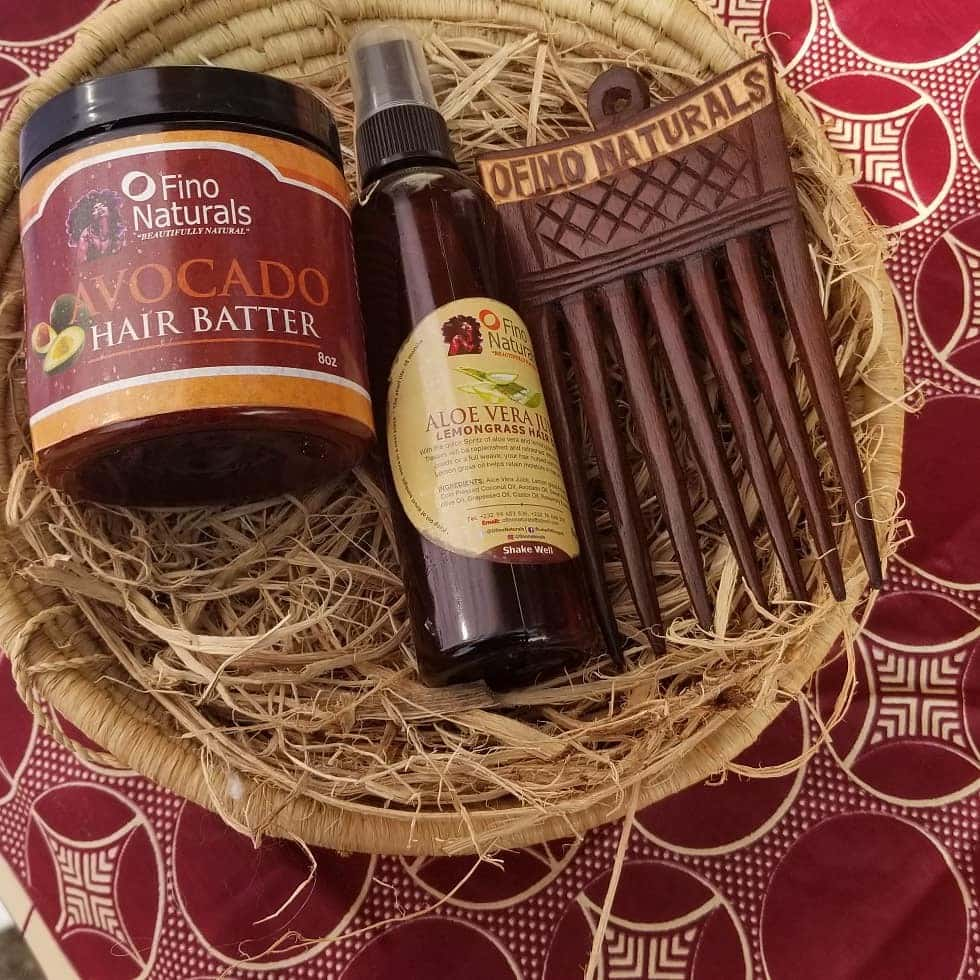 Skincare
Skincare
5.0
OFINO Naturals
In Freetown, Sierra Leone
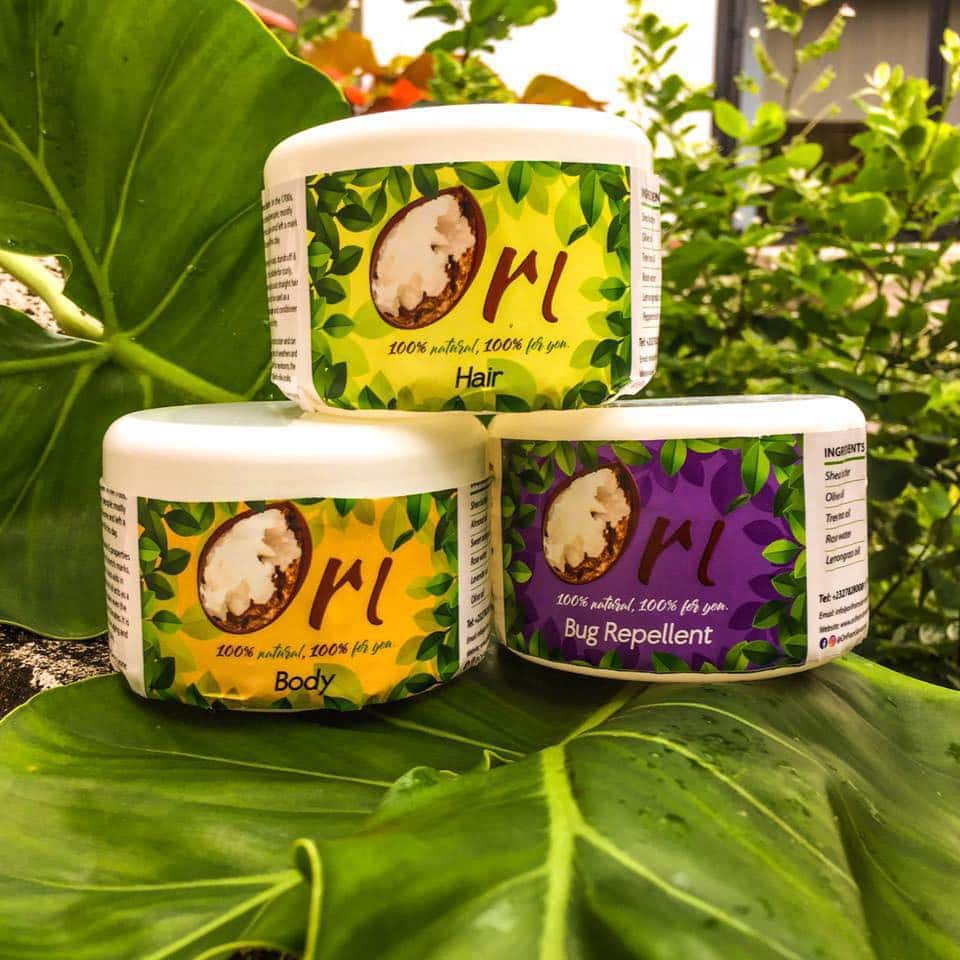 Cosmetics
Cosmetics
0.0
Ori
In Freetown, Sierra Leone
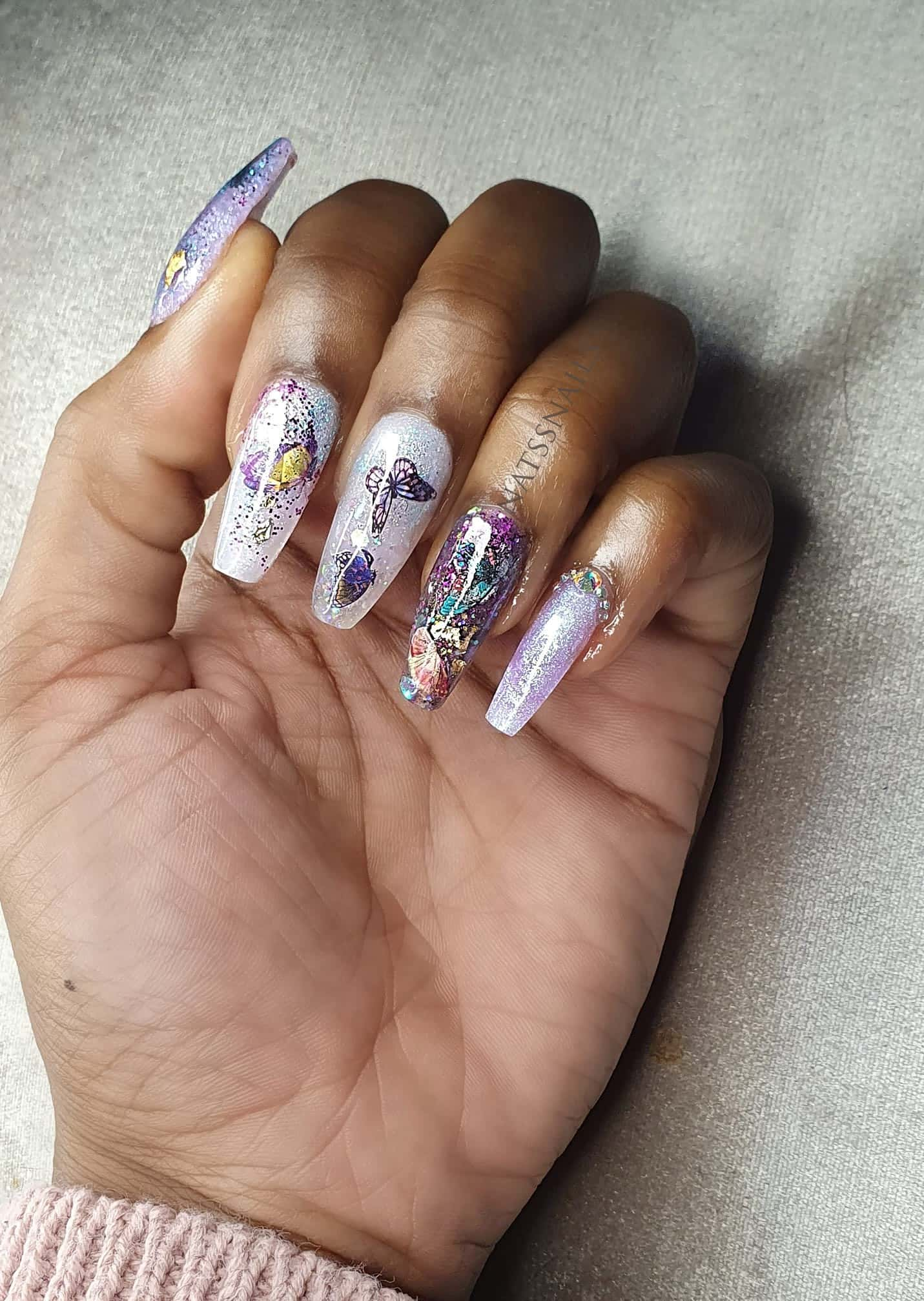 Nail Care
Nail Care
0.0
Nat's Nails
In Freetown, Sierra Leone
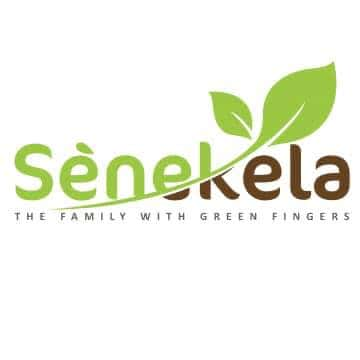 Skincare
Skincare
0.0
Sènekela
In Freetown, Sierra Leone
 Beauty Salon
Beauty Salon
0.0
Lily & Clover
In Freetown, Sierra Leone
 Beauty Salon
Beauty Salon
0.0
Strokes by Lina
In Freetown, Sierra Leone
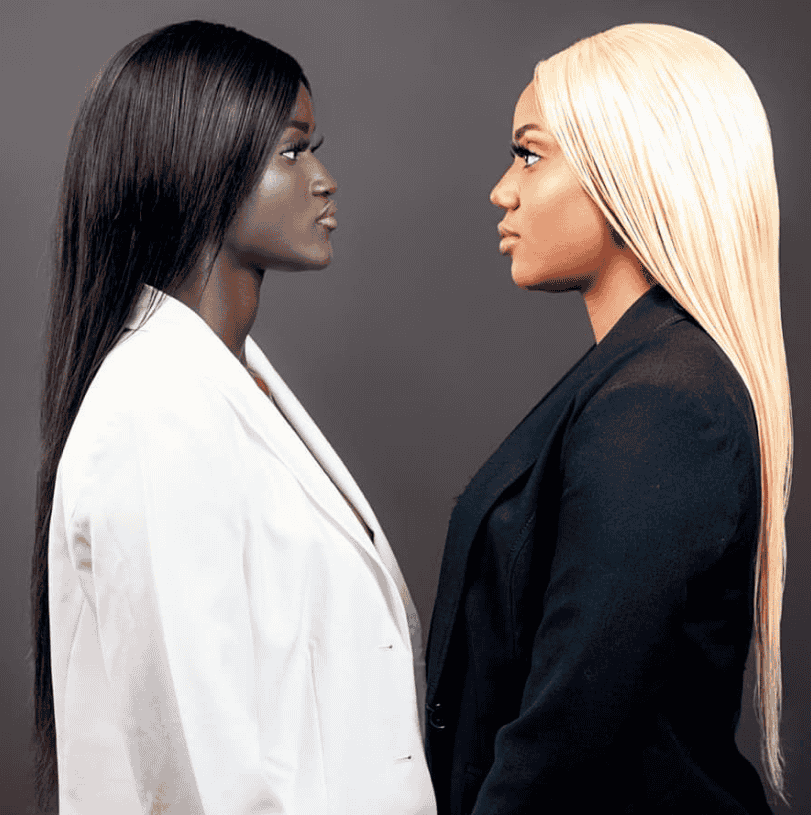 Haircare
Haircare
0.0
Bundles by K&C
In Freetown, Sierra Leone
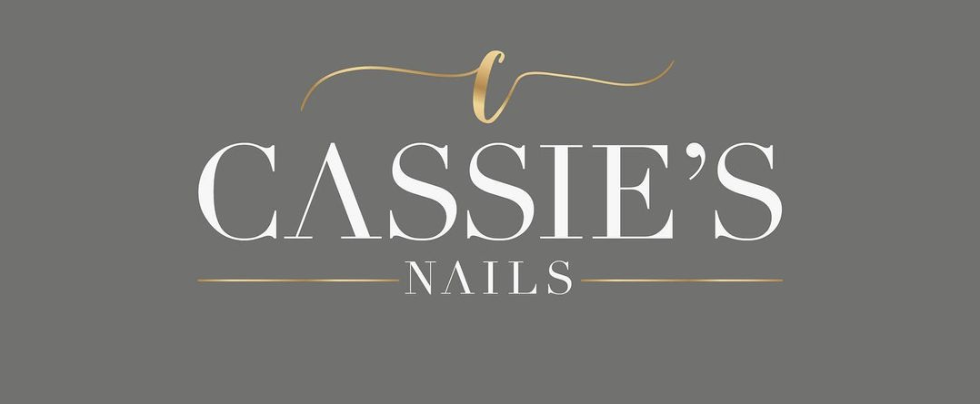 Nail Care
Nail Care
0.0
Cassie’s Nails
In Freetown, Sierra Leone
 Haircare
Haircare
0.0
Zuhra Hair Studios
In Freetown, Sierra Leone
Volunteering
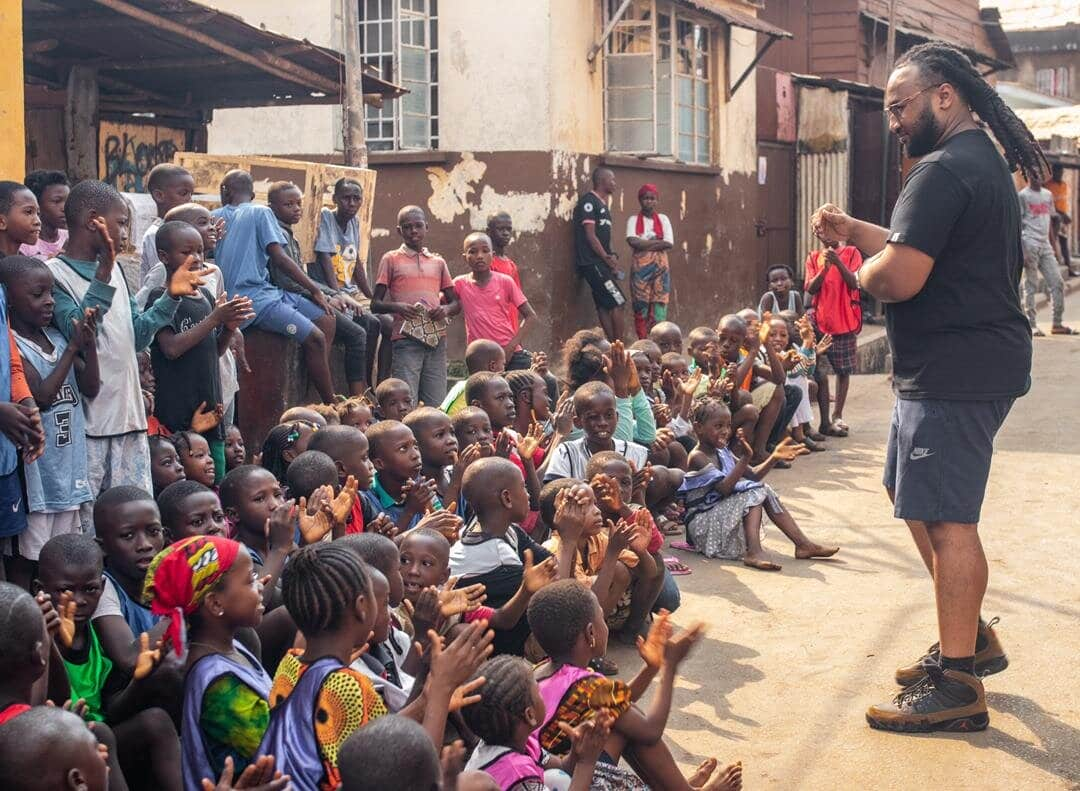
Have a strong need to add impact and value during your visit to Sierra Leone? The country has many worthy causes to lend your time, resources, and platform to. From after school programs, to women in stem – wherever your passions lie in giving back, we have you covered with all the information you need to get started!
Here are some organizations we think are doing some amazing work for their communities and the country at large.
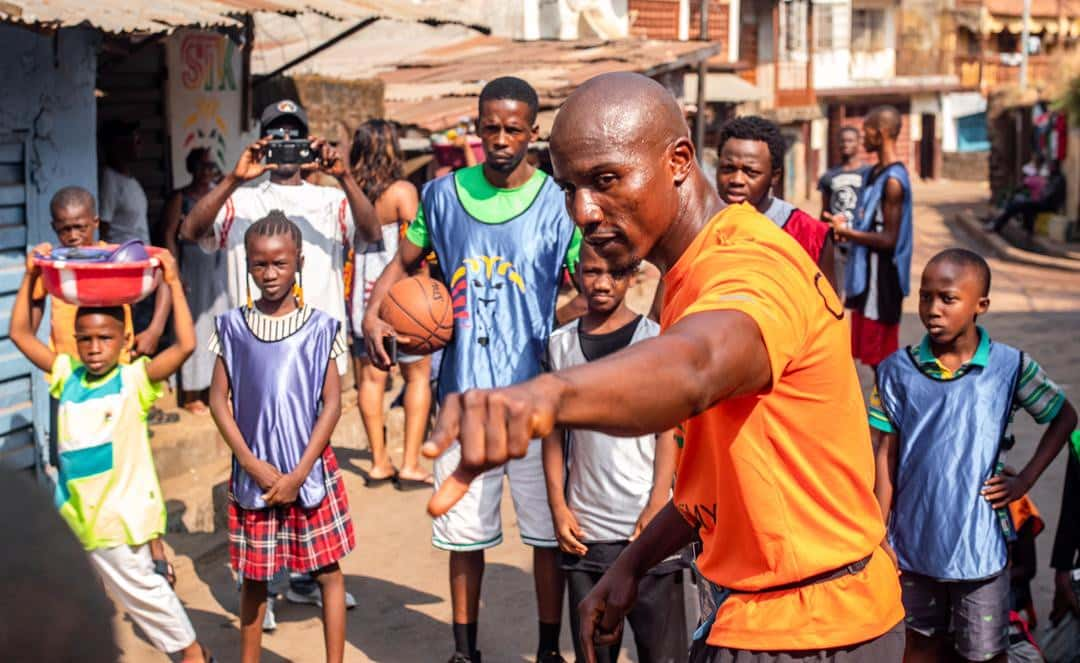 Sports Academy
Sports Academy
5.0
STK Sports Academy
In Freetown, Sierra Leone
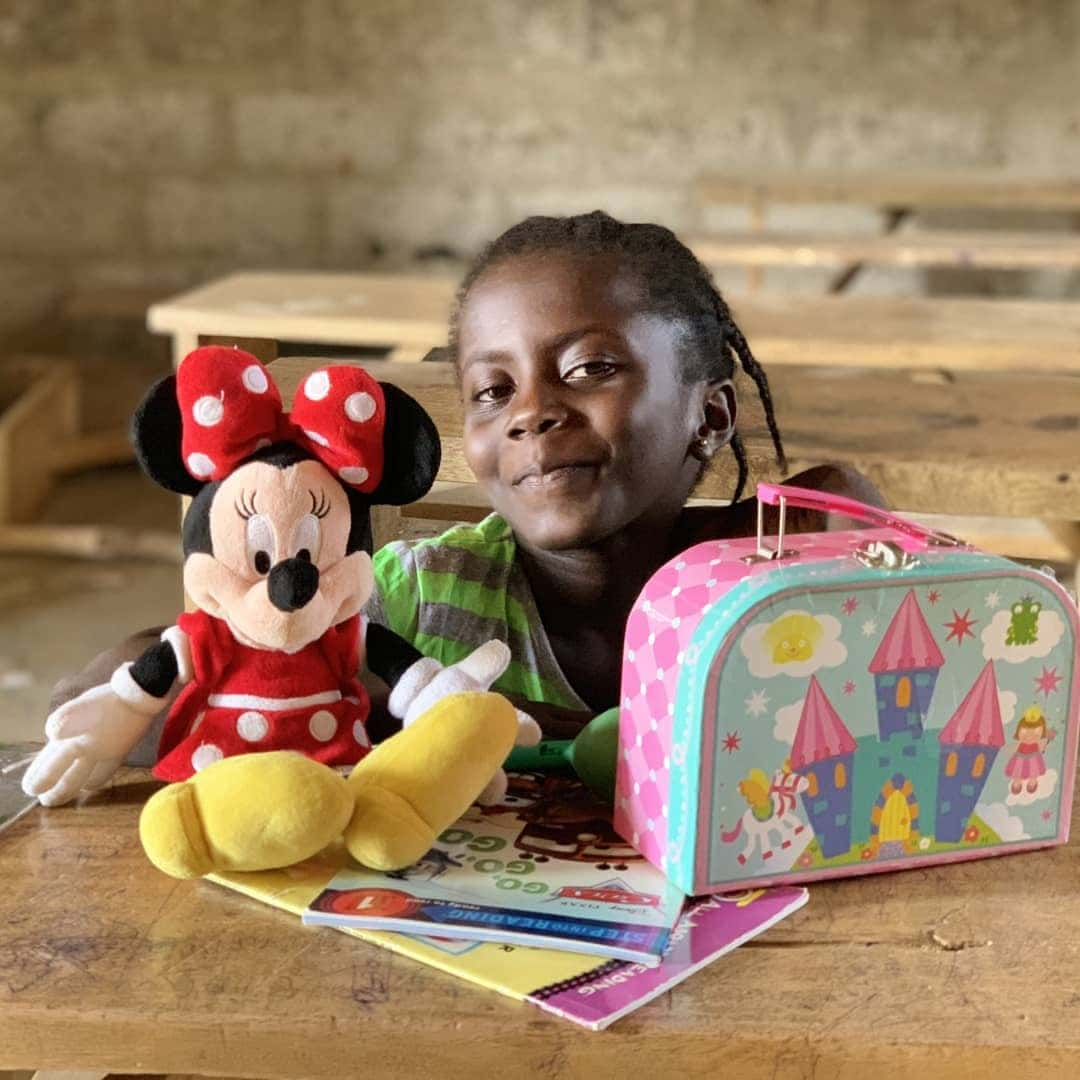 Women & Girls Nonprofit
Women & Girls Nonprofit
0.0
Project Pikin
In Freetown, Sierra Leone
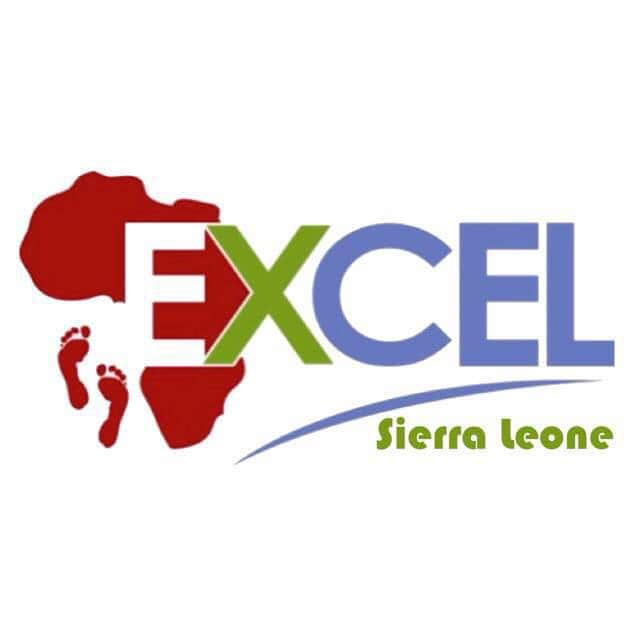 Education Nonprofit
Education Nonprofit
0.0
EXCEL Sierra Leone
In Freetown, Sierra Leone
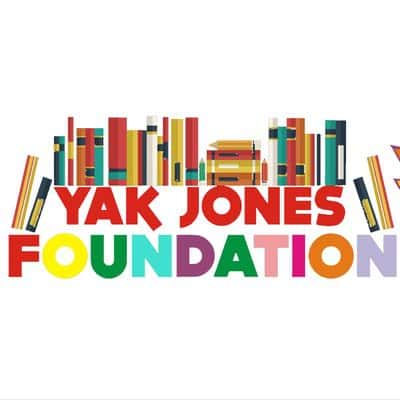 Education Nonprofit
Education Nonprofit
0.0
The Yak Jones Foundation
In Freetown, Sierra Leone
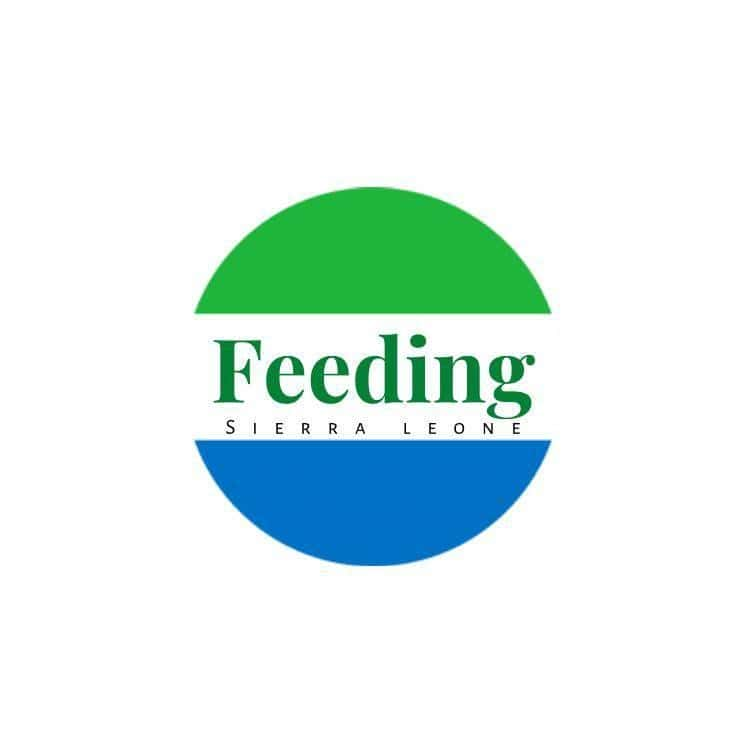 Food & Agriculture Nonprofit
Food & Agriculture Nonprofit
0.0
Feeding Sierra Leone
In Freetown, Sierra Leone
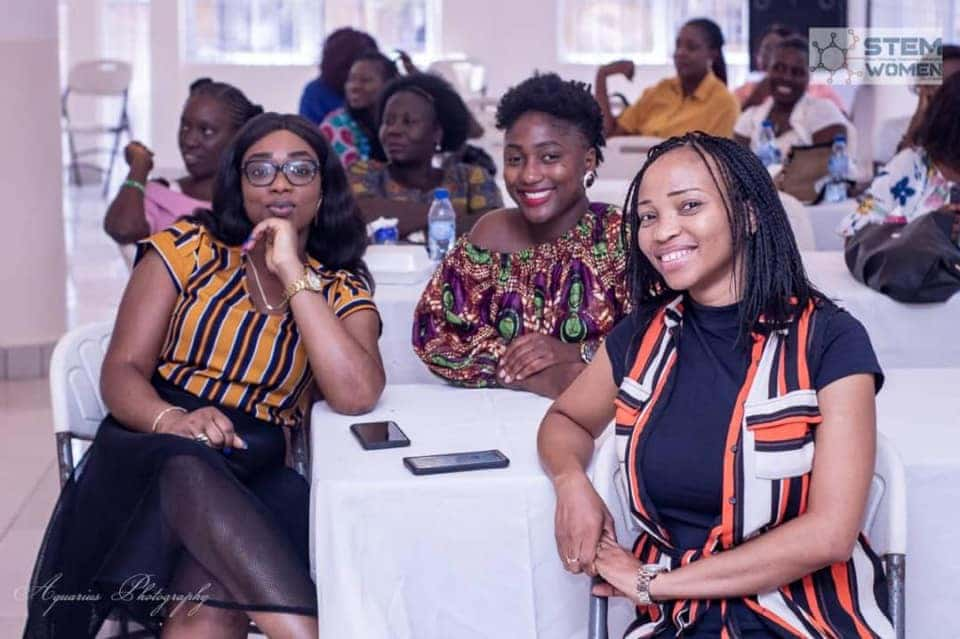 Technology
Technology
0.0
STEM Women
In Freetown, Sierra Leone
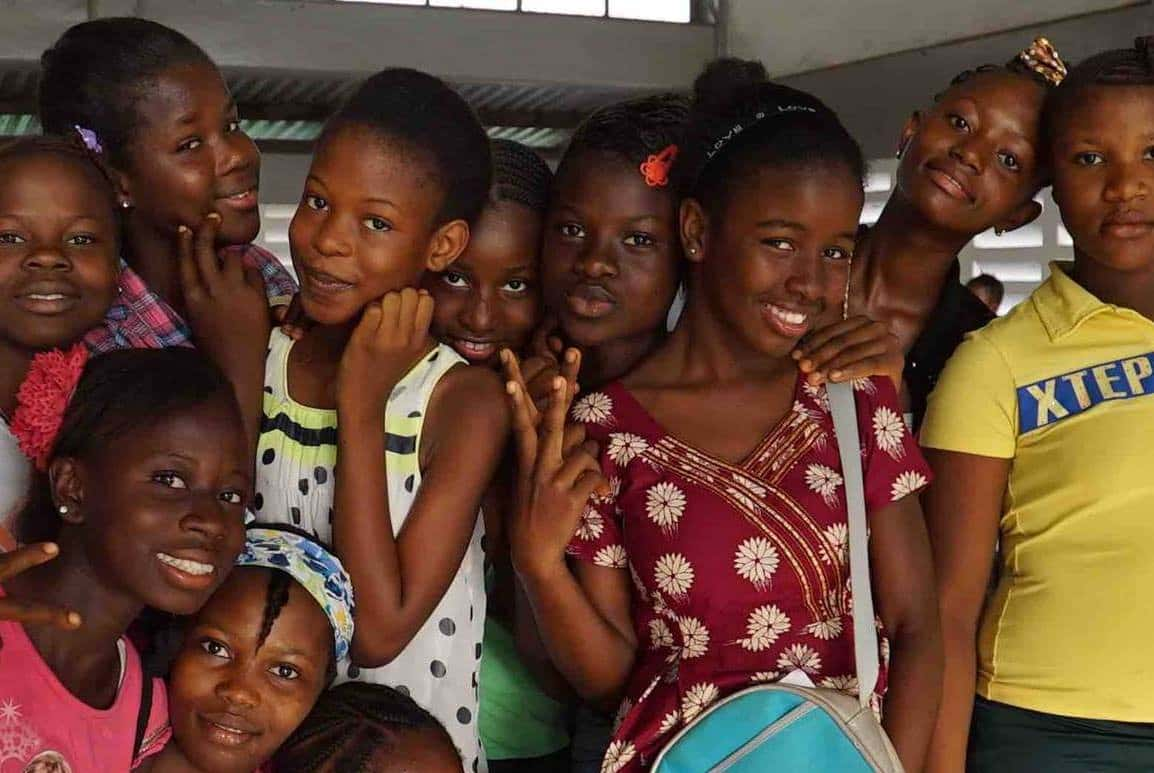 Women & Girls Nonprofit
Women & Girls Nonprofit
0.0
Girls Empowerment Sierra Leone
In Freetown, Sierra Leone
 Art & Culture Nonprofit
Art & Culture Nonprofit
0.0
WAYout Arts for Youth
In Freetown, Sierra Leone
 Community Nonprofit
Community Nonprofit
0.0
Project 1808
In Freetown, Sierra Leone
Provinces
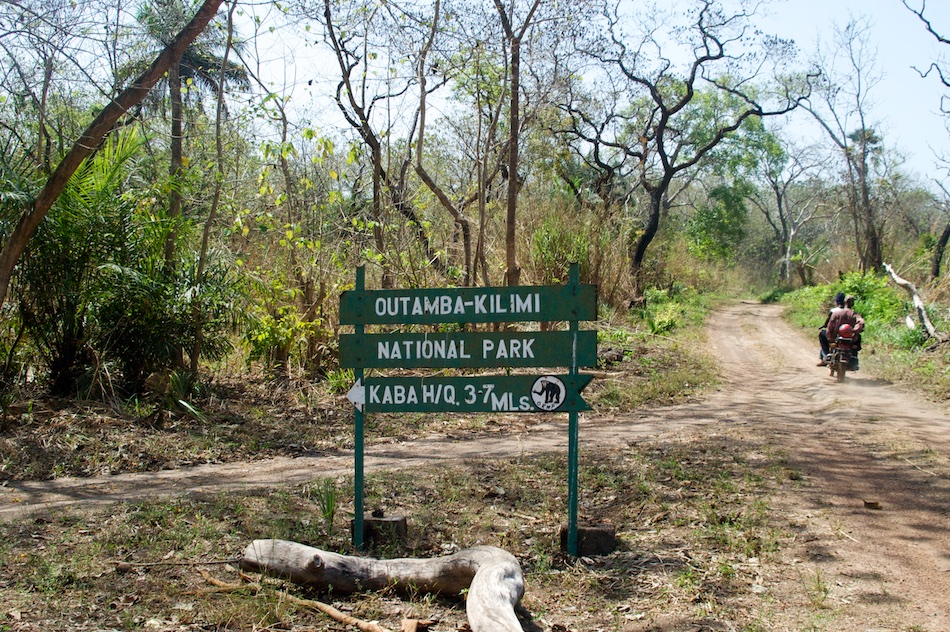
Feel like packing up your bags and escaping the hustle and bustle of city-life in Freetown? I understand! It can all be a bit too much sometimes. Luckily, Sierra Leone has 5 provinces with 16 districts of pure country-side peace and serenity!
The rural districts are also home to Sierra Leone’s richest historical tales – with their legacies, natural excursions and even some building remains just waiting to be explored by you… who else?!
Below are list of things to explore on your trip to the provinces.
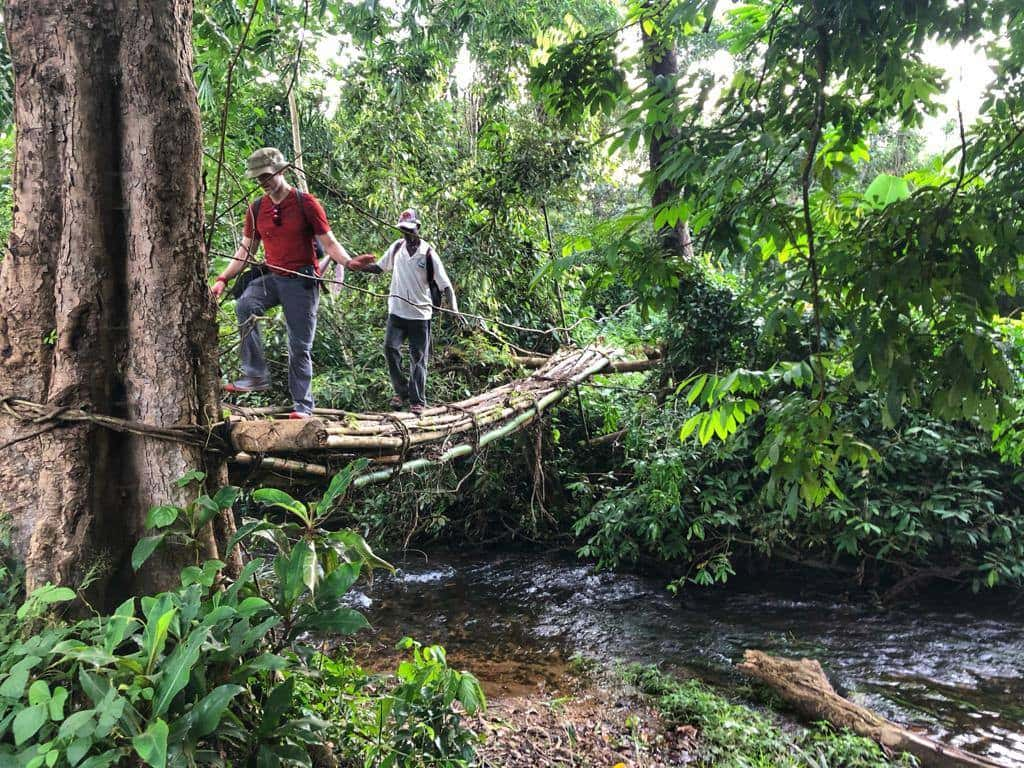 Tour Guide
Tour Guide
0.0
Xtreme Africa
In Makeni, Sierra Leone
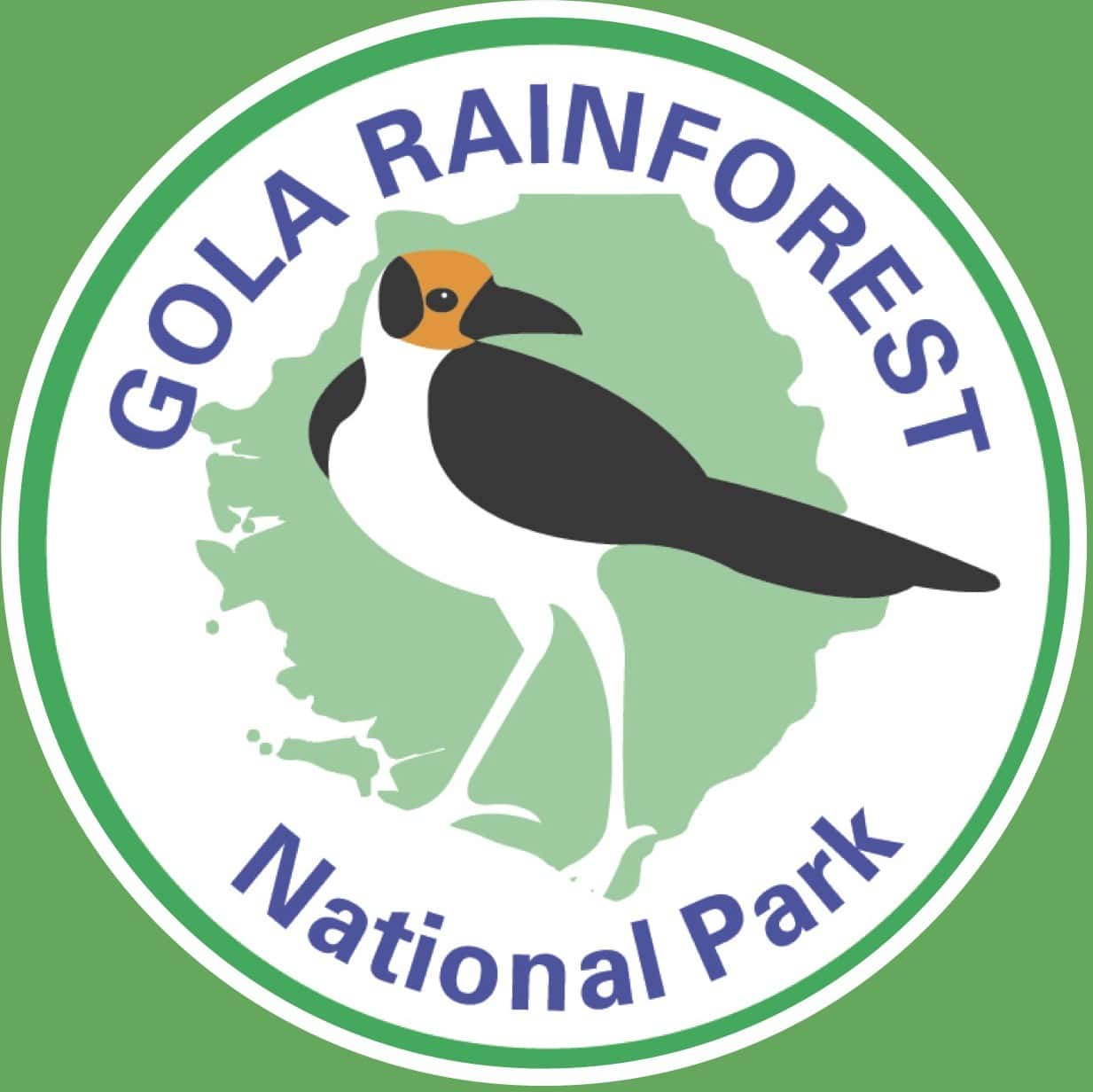 Parks & Conservation Areas
Parks & Conservation Areas
0.0
Gola Rainforest National Park
In Eastern Province, Sierra Leone
 Parks & Conservation Areas
Parks & Conservation Areas
0.0
Outamba-Kilimi National Park
In Northern Province, Sierra Leone
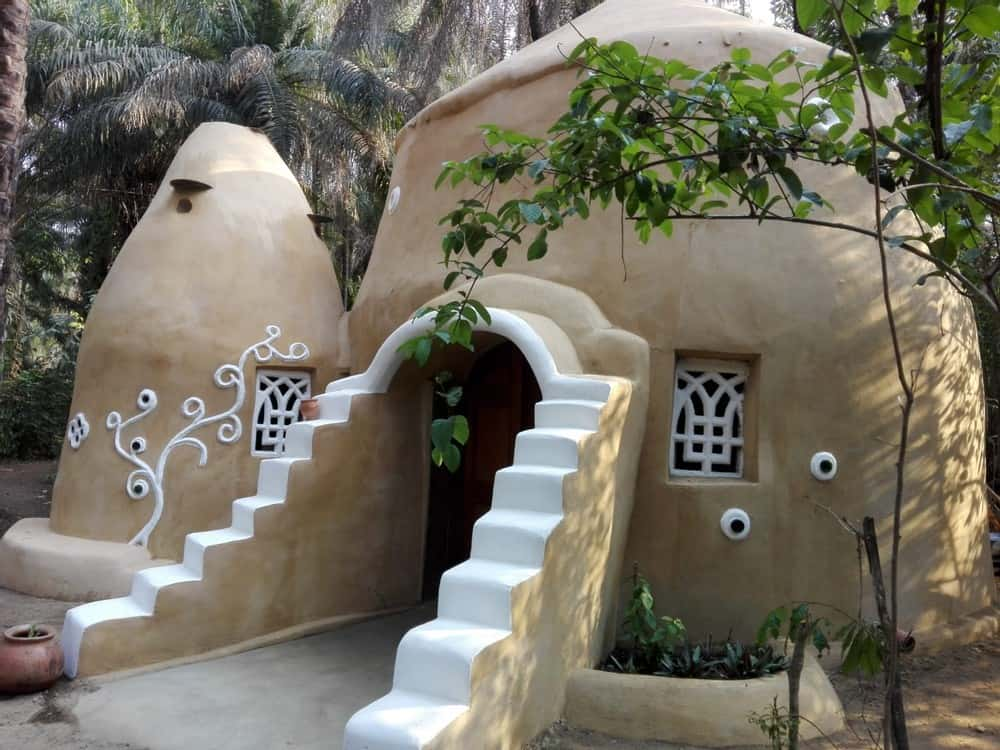 Cabins
Cabins
4.0
Earthbag Bungalows
In Port Loko, Sierra Leone
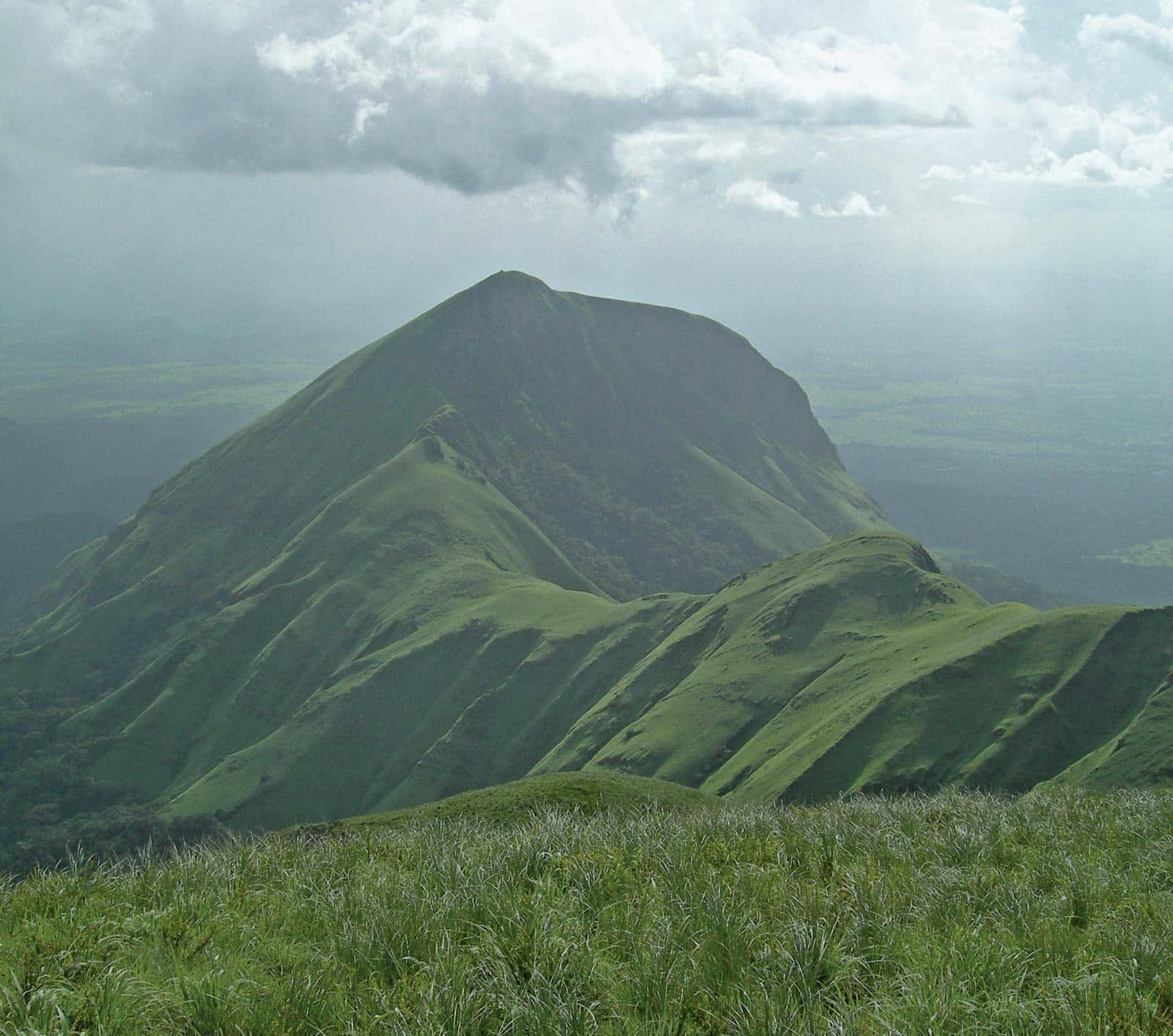 Mountain
Mountain
0.0
Loma Mansa (Mount Bintumani)
In Northern Province, Sierra Leone
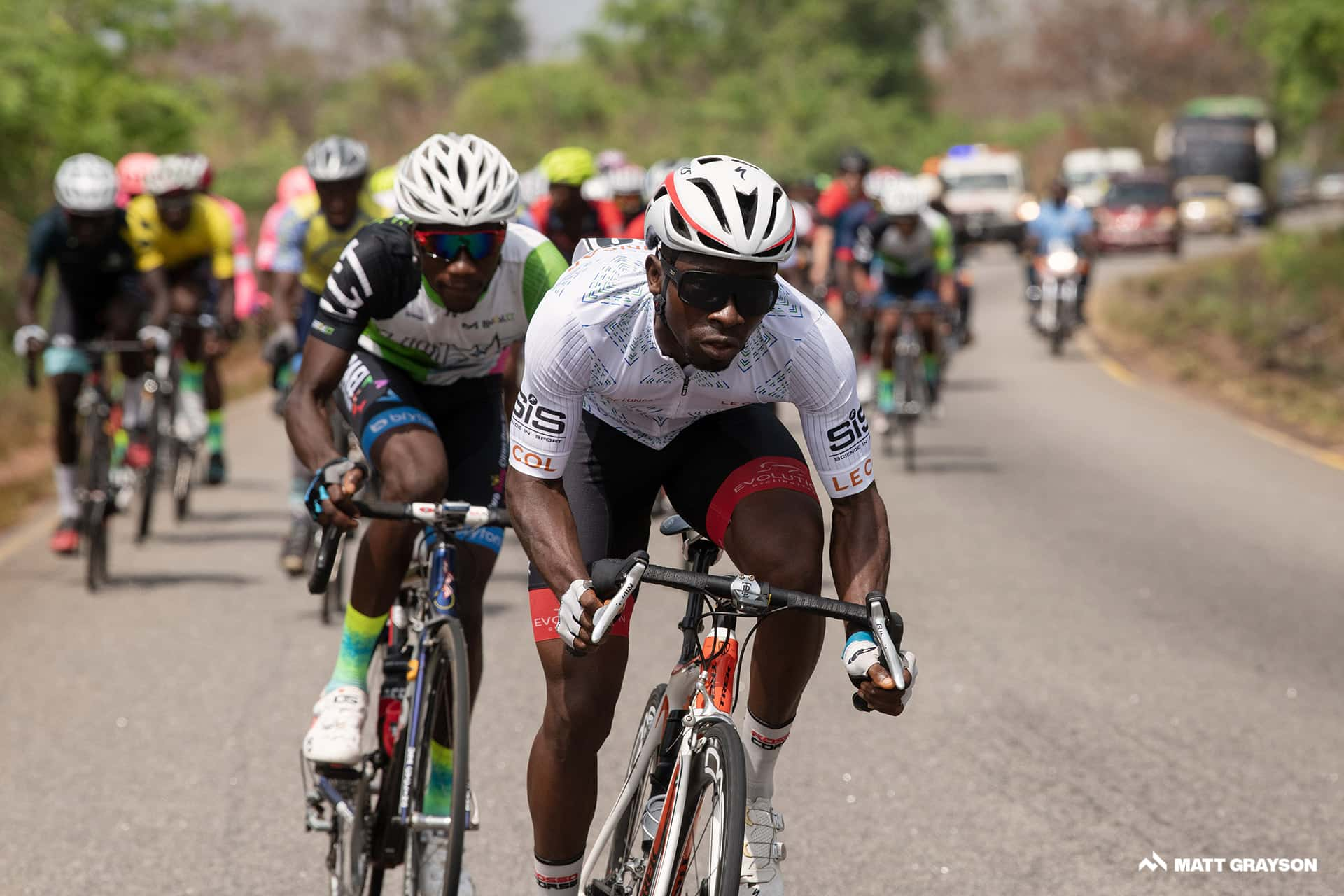 Cycling
Cycling
0.0
Tour de Lunsar
In Port Loko, Sierra Leone
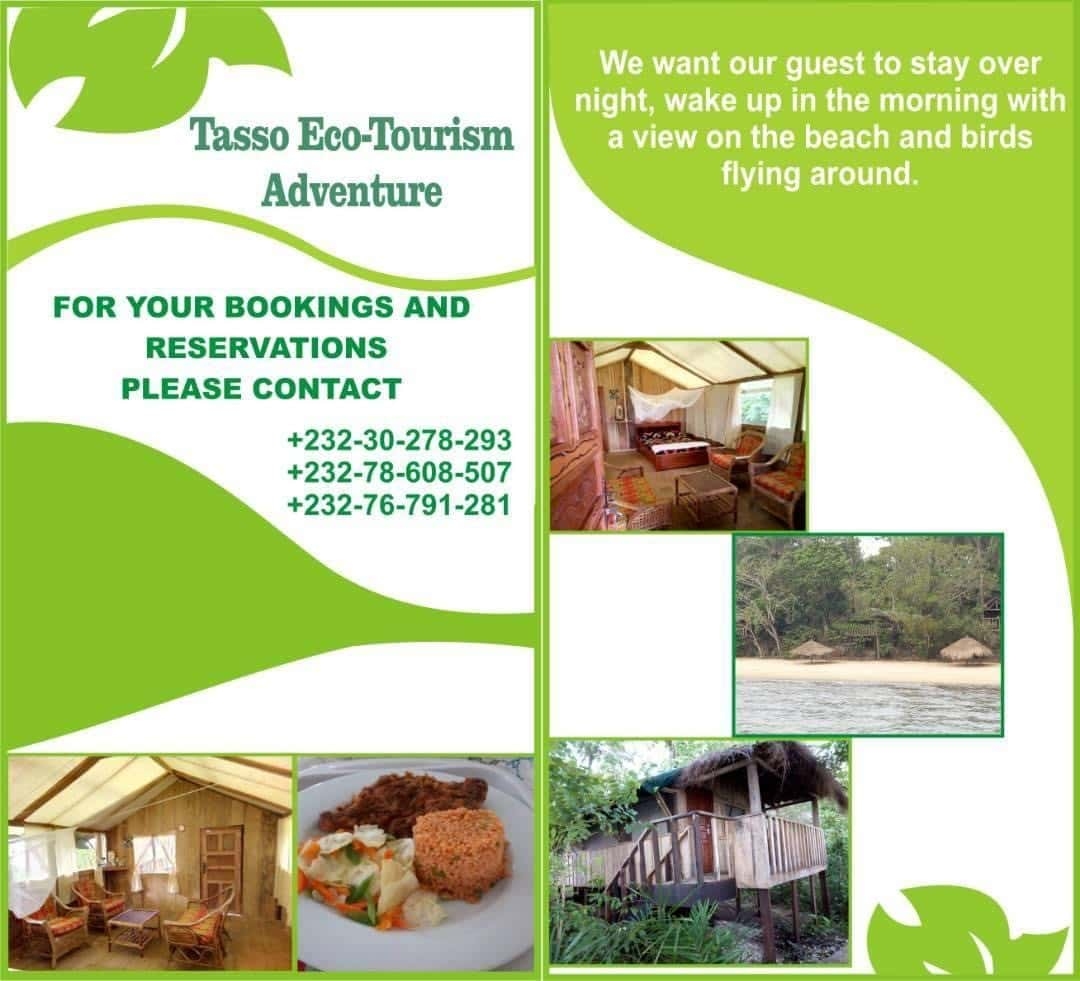 Lodges
Lodges
0.0
Tasso Ecotourism Project
In Tasso, Sierra Leone
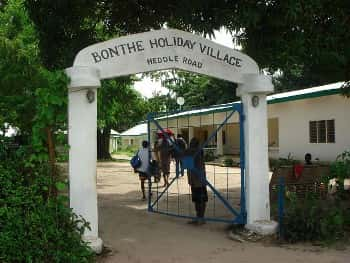 Fishing
Fishing
0.0
Bonthe Holiday Village

 Copyright @
Copyright @ 
